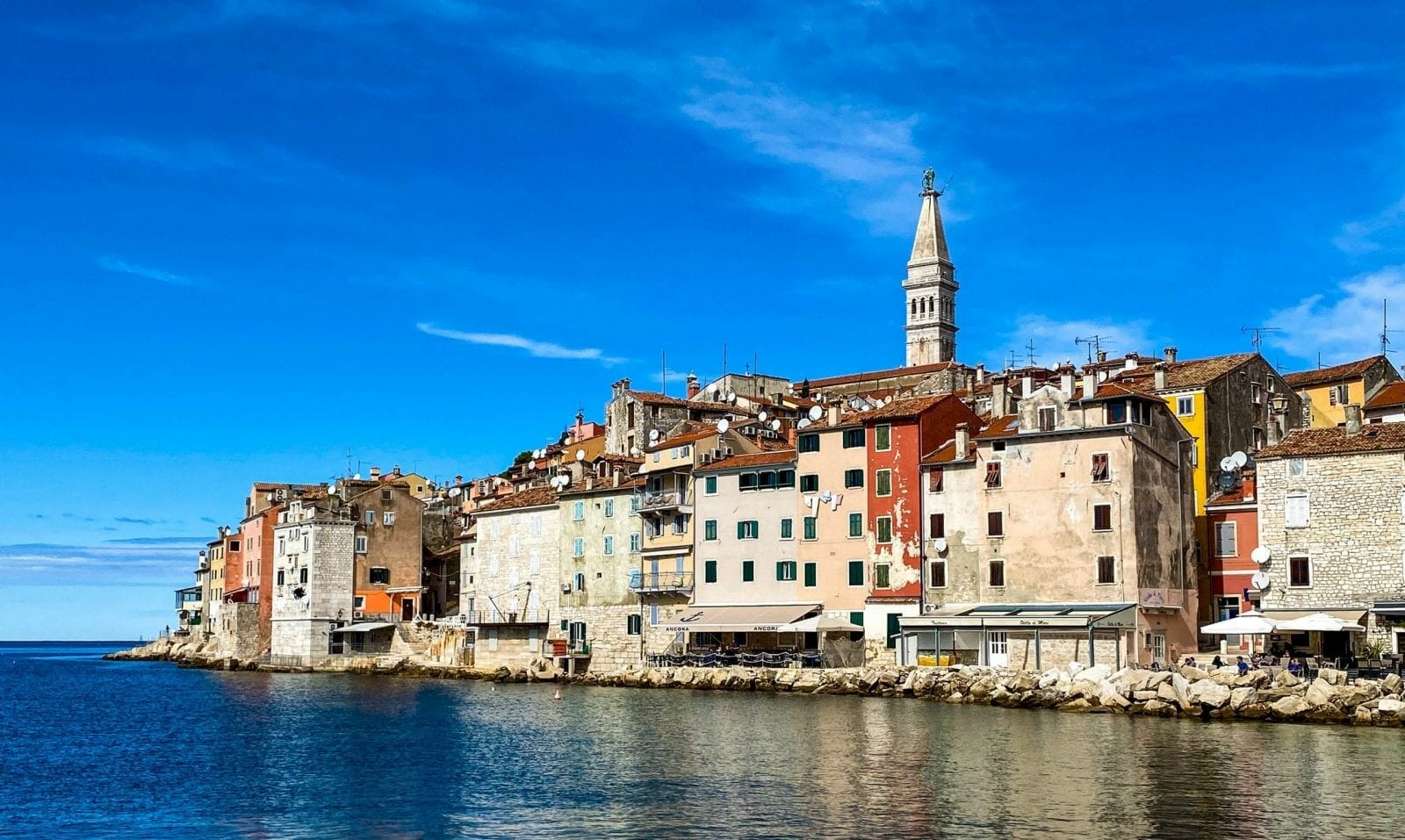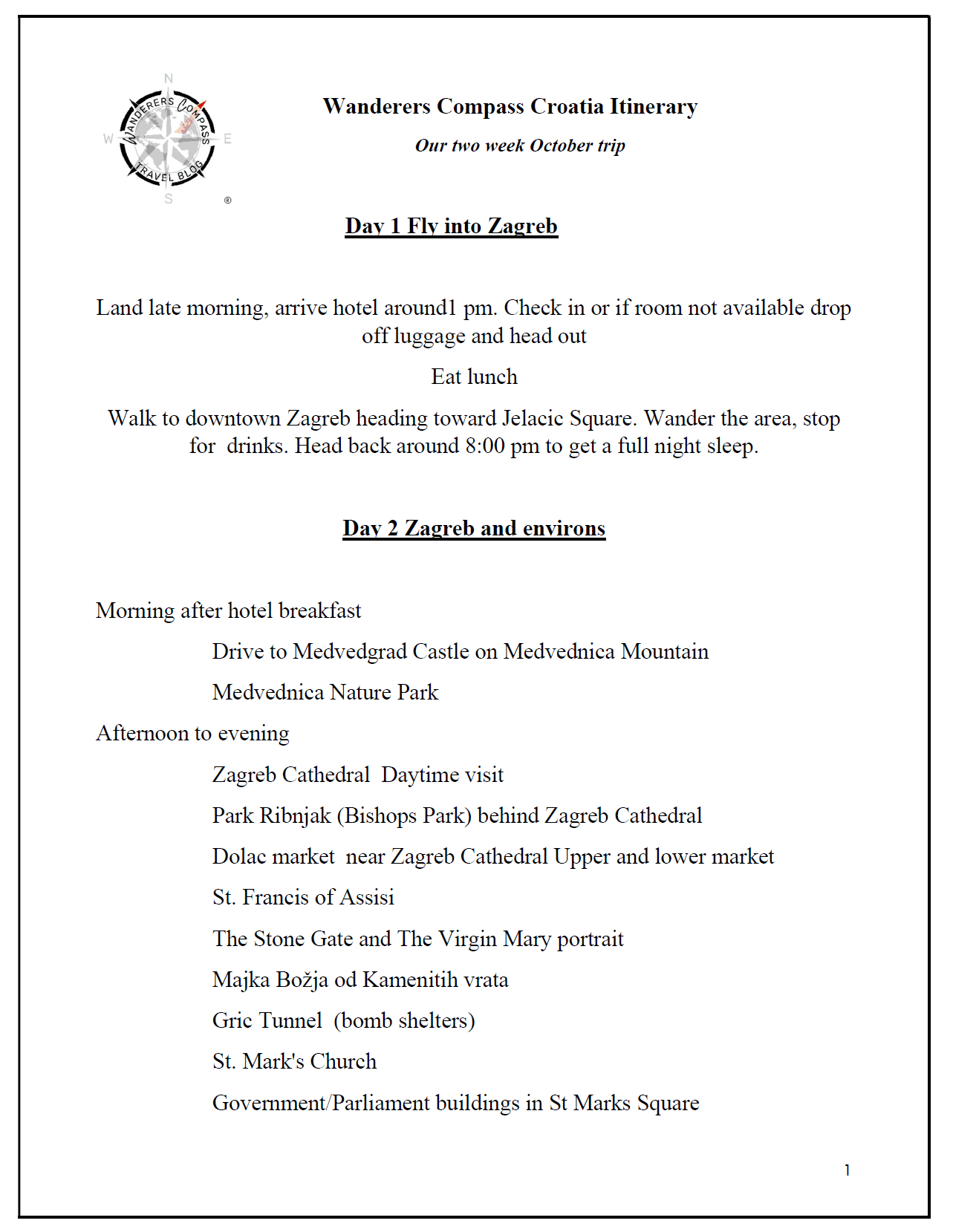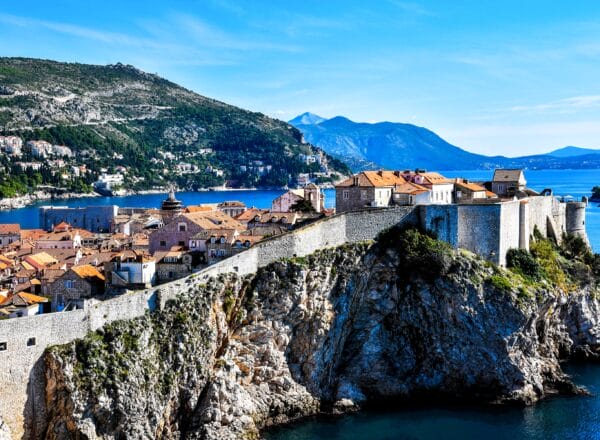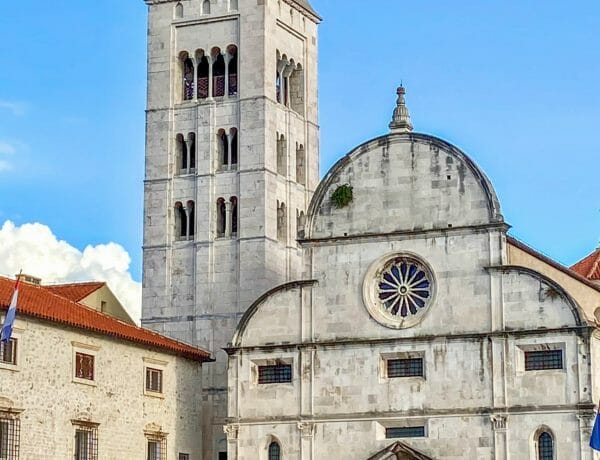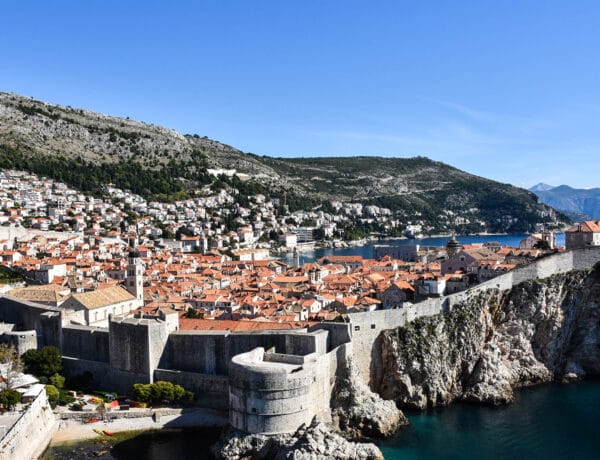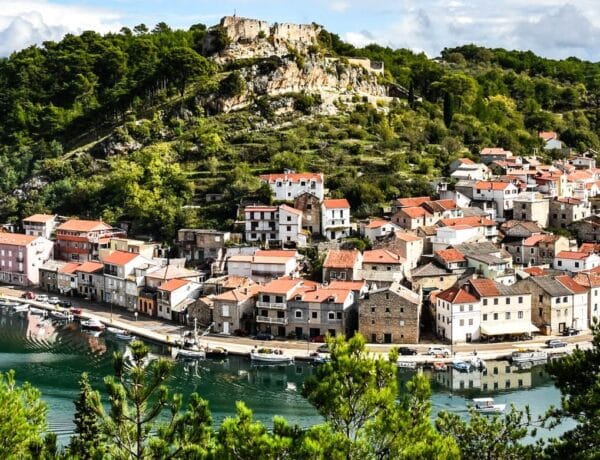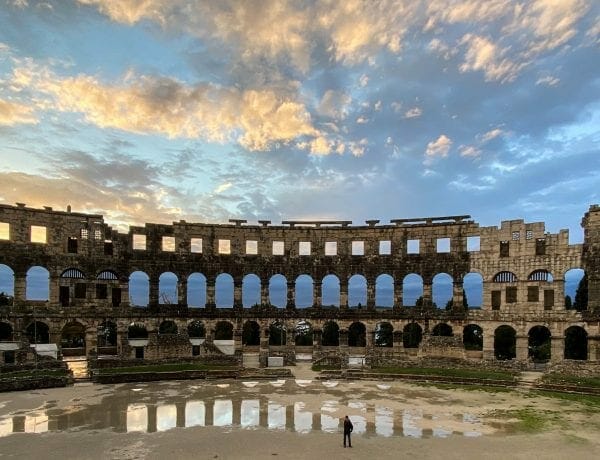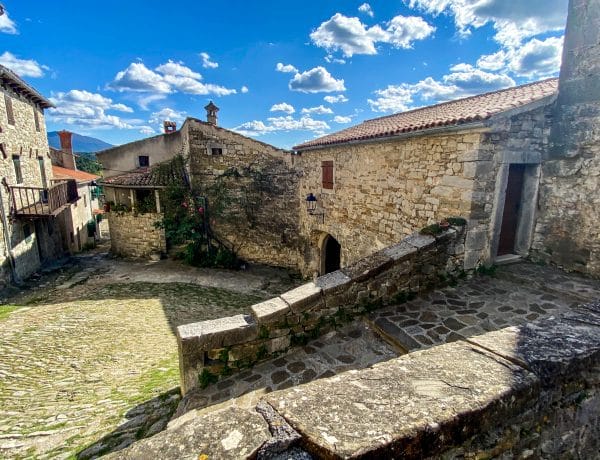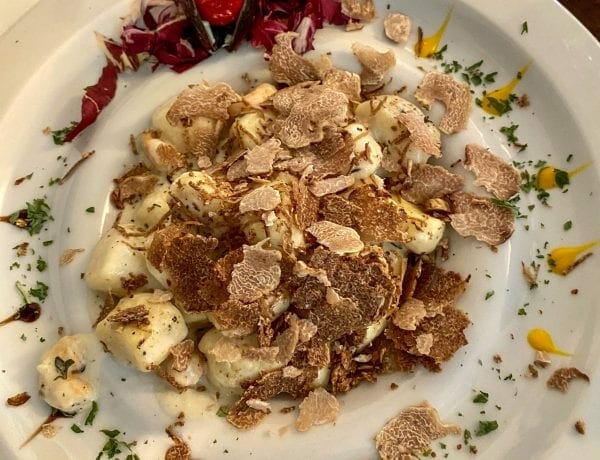“The pastel-colored seaside towns of Istria could be straight out of Liguria; the rustic hill towns are reminiscent of Umbria. Istria is rich in vineyards and olive groves, and wine and olive oil, along with truffles, are the most prominent exports. And yet Istria remains relatively undiscovered.”
Kate McCulley
Time does change things; when we first visited Croatia in 2020, most people seemed to know little about it, and neither did we. That is why the original title of our article was Croatia: The Hidden Gem of Europe. In the subsequent years, that hidden gem has become one of Europe’s top tourist destinations. As people discover its wonders, they find that it will live up to all their expectations and much more. Our return in 2023 solidified that. The original title needed to change because it is no longer hidden, but remains a gem in the eyes of the many travelers who have had the privilege to visit. The original title may have changed, but the magic we discovered in 2020 has not. Our Croatia Two-week itinerary will guide you to the hidden gems of this magnificent country and will inspire you to visit the wonder that is Croatia.
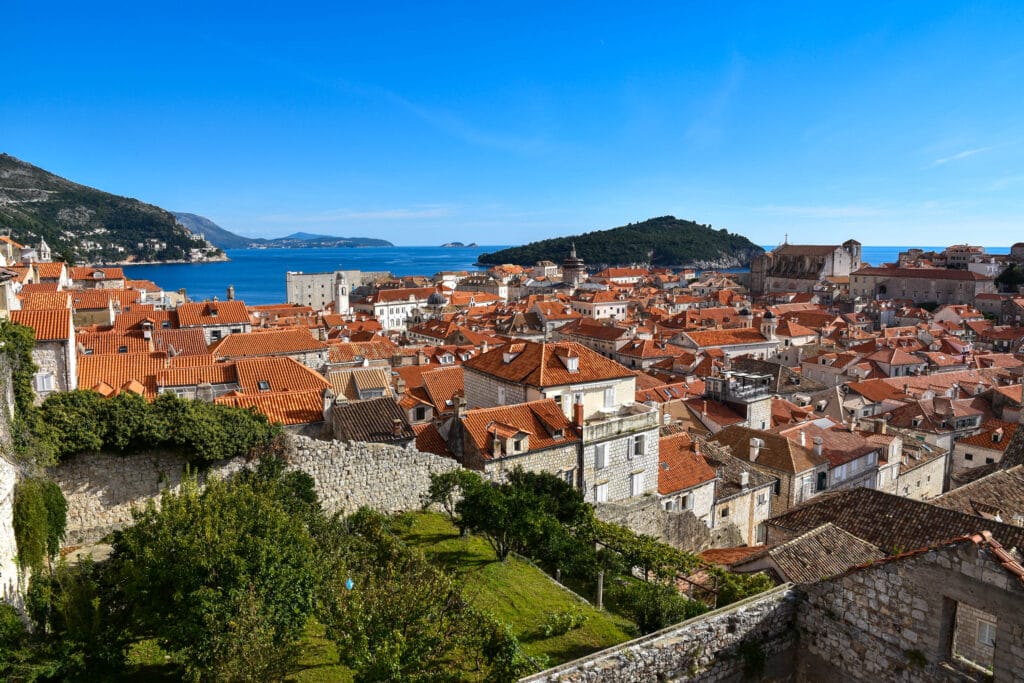
- Croatia: An Unexpected Wonder
- The People of Croatia
- Where is Croatia & How to Get There
- What is the Best Time to Visit Croatia
- Best Time to Visit Croatia
- Week-One Zagreb to Istria
- Week-Two: The Dalmatian Coast of Croatia
- Where to Stay in Croatia
- Final Thoughts
- Check out Croatia's Official Tourism Site
- Tips for your Croatia Travels
- Our Croatia Photo Gallery
- Our Top Recommended Travel Products
Croatia: An Unexpected Wonder
When we first visited in 2023, Croatia was a hidden gem of Europe. While planning our trip, we discovered that few people knew much about Croatia or knew it existed. When we mentioned where we were going to our friends or family, the most common response was, “Where is that, and what is there to see?”
It isn’t very comfortable to admit, on some level, that was us not long ago. We knew where it was, but were not as aware of the remarkable sights, fantastic food, and rich experiences Croatia has.
A two-week trip to Croatia was not our first plan. We had never dedicated this much time to any one country. What was to be a multiple-country trip became a solo one as it was the only place in Europe allowing U.S. tourists in at the time due to COVID-19. It was one of the best decisions we ever made. We fell in love with this incredible country and its lovely people. It is now one of our favorite destinations, and we cannot recommend it enough.
Where to go and what to see in Croatia is a loaded question. The diversity of experiences seems endless. We have attached our 2020 itinerary inside the red box above to detail our schedule. Below, we discuss the areas visited and the highlights of those stops.
Our Return in 2023
Joelle belongs to a gourmet cooking club of 16 women. In 2023, it would be the group’s 30th anniversary. Since their 20th anniversary, they have traveled every five years to a European destination; Joelle is always on the planning team. In 2013, it was Tuscany, Italy; in 2018, it was Provence, France. The Istria Peninsula of Croatia seemed the perfect destination since it borders Italy and Slovenia, offering a variety of culinary experiences.
Planning a trip for 16 is no small feat, but over the next ten months, we did so, and what an incredible adventure it was. Sometimes, when you return to a place, you find it has lost some of its wonder. Croatia only impressed us even more; what a magnificent country of stunning beauty, lovely people, fascinating history, and delicious food! It was love all over again.
There are stories that some areas have become inundated with tourists, a phenomenon that is common throughout Europe. When traveling during peak season, that is the reality. Dubrovnik and Split are most reputed to be crowded, though the shoulder season is much more manageable. The Istria region remains relatively undiscovered, especially by Americans. During our travels, we felt we could easily immerse ourselves in their culture, meet the locals, and experience Croatian life.
In the story box lower on the page, we share how we ended up in Croatia in 2020
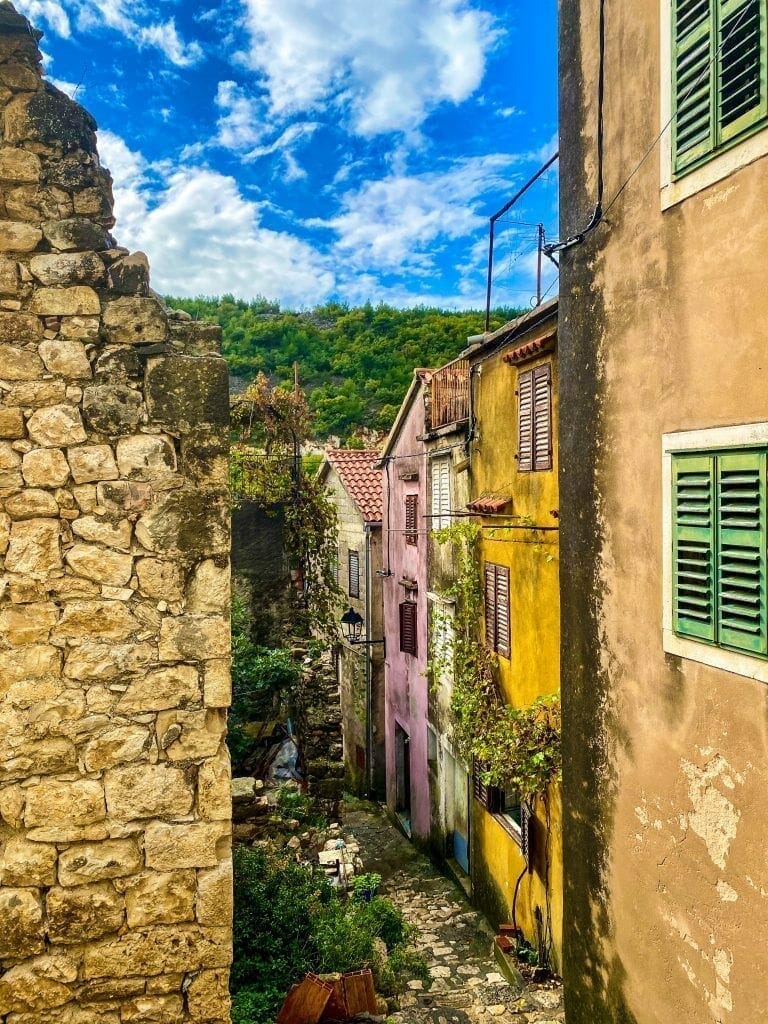
Why Visit Croatia, and What is it About?
This remarkable destination is packed with a rich history from the beginning of man to the Roman Empire to a country finding its place in the modern world. Croatia is replete with extraordinary castles that remain fully intact and natural settings that seem untouched by man. Croatia has over 1100 miles of gorgeous coastline and over 1000 islands on the Adriatic Sea. From hill towns to coastal towns, wine countries to beautiful national parks, towering mountains to white-sand beaches, this country has something for everyone. Dismiss any preconceived notions of Eastern Europe’s stigma, still regretfully associated with this part of the world. Croatia’s rich landscape is a vast array of dramatic, breathtaking, and stunning settings that will capture your heart.
Drive hairpin turns on steep mountain roads, walk rugged mountain trails to castles, and watch vibrant sunsets of color that seem painted on the horizon overlooking the Adriatic Sea. Wander medieval villages, visit the endless groves of olive trees that make some of the best olive oil in the world, and eat delicious pasta smothered in white truffles. All can occur in one relaxed day on the Istria Peninsula.
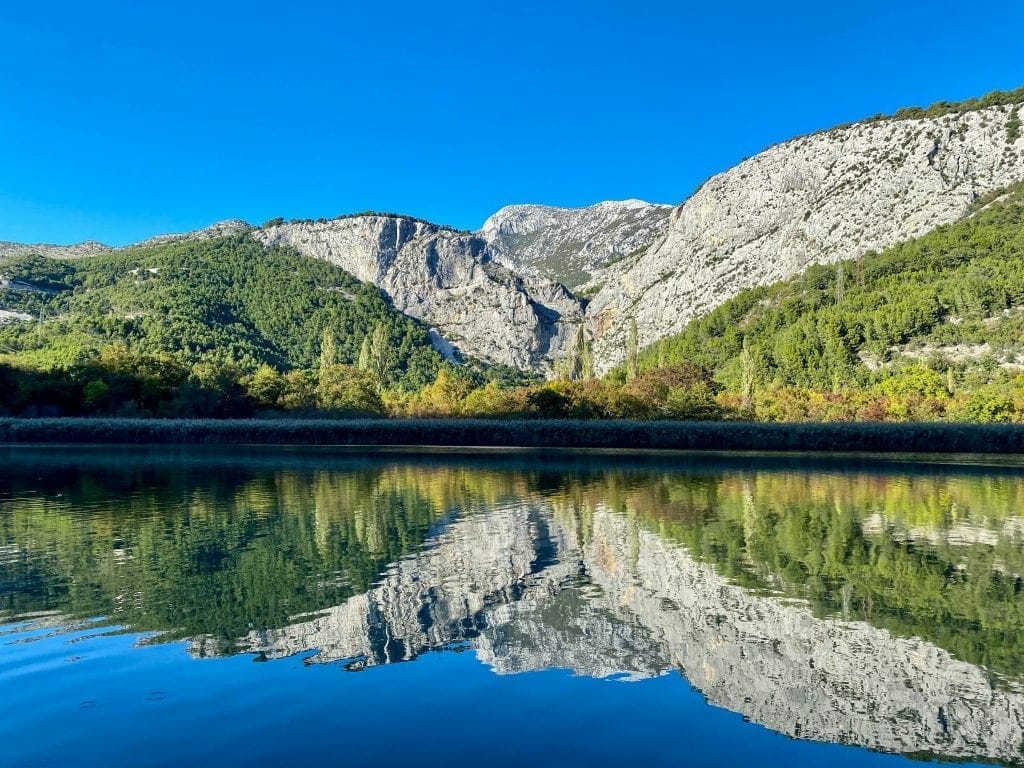
Sail the gorgeous, clear turquoise waters of the Adriatic Sea while island hopping from the sun-soaked shores of Hvar, the unspoiled paradise of Vis, or become enchanted by medieval Korcula. When heading south along the Dalmatian coast, you will discover picturesque seaside treasures such as Zadar, Split, and Dubrovnik. Croatia is a never-ceasing wonder.
The People of Croatia
Croatia proudly displays its colorful mix of cultures while maintaining its unique feel. It is a relatively small country of around 4 million people. We found ourselves drawn in by the people above all else. There was something exceptional and impressive about the Croats. They have a wonderfully strong sense of community and family. It is core to their culture.
These amazing Croats are incredibly resilient, proud, warm-hearted, gracious, and deeply religious. Their Catholic faith seeps from their very soul. Their strength, peacefulness, and joy of life won over our hearts and earned our most profound respect. Whether in a tiny medieval village or a big city, we found kind, friendly people and warm hospitality. It made us feel welcomed and engaged from start to finish.
Where is Croatia & How to Get There
Croatia sits along the sparkling Adriatic Sea in Southeast Europe, bordered by Slovenia, Hungary, Serbia, Bosnia and Herzegovina, and Montenegro. Its long, jagged coastline is one of the most stunning in the world, dotted with more than a thousand islands, while inland you’ll find rolling vineyards, medieval towns, and dramatic mountain landscapes. Its central location makes Croatia easy to pair with visits to Italy, Austria, or other Balkan countries.
Getting to Croatia is straightforward thanks to its well-connected transportation network. Major international airports are in Zagreb, Split, and Dubrovnik, with seasonal flights also available to coastal cities like Zadar, Pula, and Rijeka. If you’re coming from elsewhere in Europe, low-cost carriers offer plenty of direct routes. Travelers from Italy often arrive by ferry across the Adriatic, with routes connecting Venice, Ancona, and Bari to ports in Istria and Dalmatia. Croatia is also well-linked by train and bus to its Central European neighbors, making overland travel easy. Once in the country, a network of domestic flights, ferries, and buses makes exploring both the mainland and islands simple and efficient.
Map of Croatia
What is the Best Time to Visit Croatia
Best Time to Visit Croatia
Croatia is a year-round destination, but the best time to visit depends on what you want to experience. With its long coastline, island-dotted Adriatic, and diverse inland landscapes, each season brings something unique. If you want to avoid crowds in Croatia’s most popular cities consider travel during the Spring and Autumn.
Spring (March – May)
Spring is a wonderful time to visit if you prefer fewer crowds and cooler weather. The coastal cities of Dubrovnik, Split, and Zadar start waking up from their winter slumber, and ferries begin running more frequently to the islands. Inland, national parks like Plitvice Lakes and Krka are in full bloom, with waterfalls at their most powerful from winter snowmelt. Temperatures are mild, making it ideal for hiking, cycling, and sightseeing without the summer heat.
Summer (June – August)
Summer is Croatia’s high season, especially along the Dalmatian coast and islands such as Hvar, Korčula, and Brač. Expect long, sunny days perfect for swimming, sailing, and beach hopping. Festivals, outdoor concerts, and lively nightlife bring the cities and islands to life. However, this is also when crowds and prices peak, particularly in Dubrovnik and Split. If you’re after a classic Adriatic summer, this is the season to go.
Autumn (September – November)
Autumn may be the best-kept secret in Croatia. The Adriatic Sea remains warm enough for swimming through September, while the crowds thin out. Wine regions like Istria and Slavonia come alive with grape harvests, offering tastings and festivals. National parks are quieter, and fall colors transform the landscapes. It’s also a prime season for food lovers, as truffle hunting season begins in Istria.
Winter (December – February)
Winter along the coast is calm and quiet, with many tourist businesses closing for the season, though cities like Dubrovnik and Split still have a relaxed charm. Inland, particularly in northern regions like Zagreb, Varaždin, and the mountains near Plitvice, winter brings snow. Zagreb has earned international praise for its Christmas market, while ski resorts such as Sljeme (near Zagreb) attract winter sports enthusiasts.
Regional Highlights
- Dalmatian Coast & Islands: Best from late spring to early autumn, when ferries and island resorts are fully running.
- Istria: Ideal in autumn for wine and truffle season, but also beautiful in spring with fewer tourists.
- Slavonia & Inland Croatia: Visit in autumn for harvest festivals or winter if you enjoy snowy landscapes.
- Zagreb & Northern Croatia: Great year-round, with vibrant cultural events, especially at Christmas and in summer.
Week-One Zagreb to Istria
Zagreb, Our First Stop
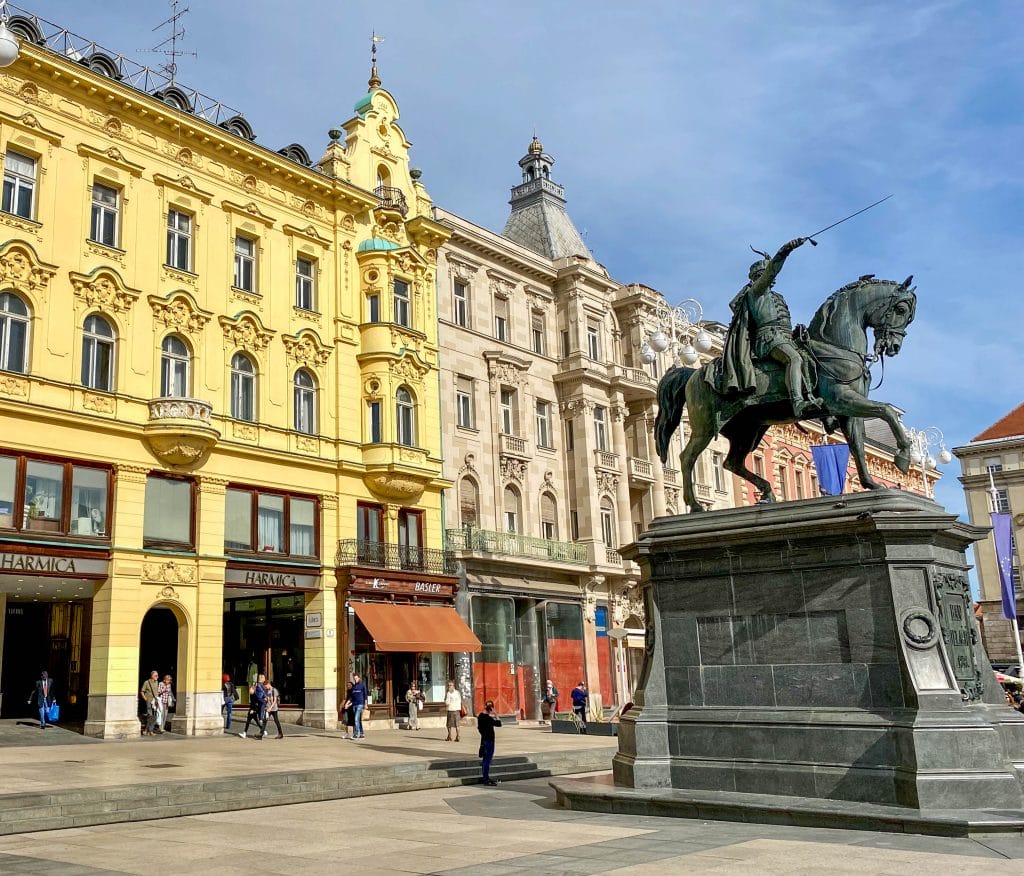
Northern Croatia is home to Zagreb, the nation’s capital. It is a great place to fly into and get your bearings. Ease your way in before heading out to all the exotic locations scattered in the hills and along the vast coastlines. Zagreb is very much a European city. Cobblestone roads and concrete buildings fused side by side. Scattered with sights old and new, from churches to bunker tunnels made for war, bustling markets, and massive squares, you will find a unique and easily navigable city. We spent two days there, just enough time to see all we had planned.
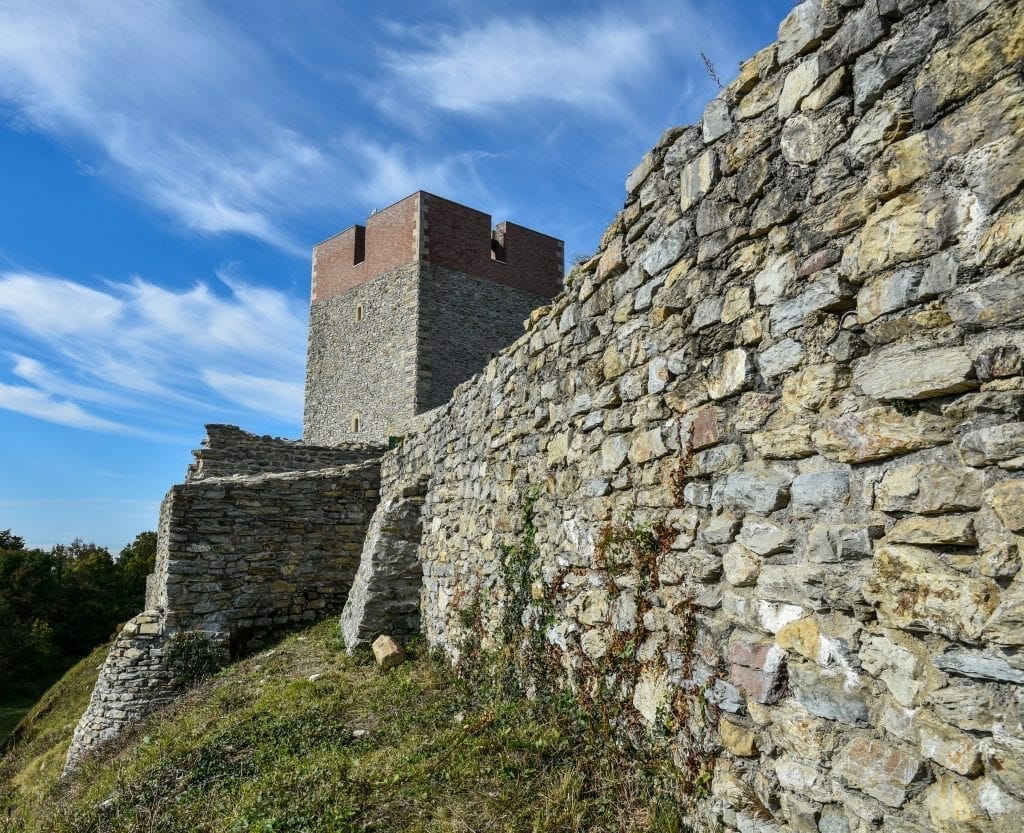
The environs immediately around Zagreb are pretty fascinating and unexpected. If you can, take the time to head out to Medvedgrad Castle within Medvednica Nature Park. It is a short distance from the city but feels a million miles away. The park is a prime destination for local families. Croatian parents were there in droves, taking their children out for day hikes. There were many more along the river enjoying a warm, late October day. This country’s strong sense of family was front and present that day. Family is the core and center of Croatian life.
Istria Magic
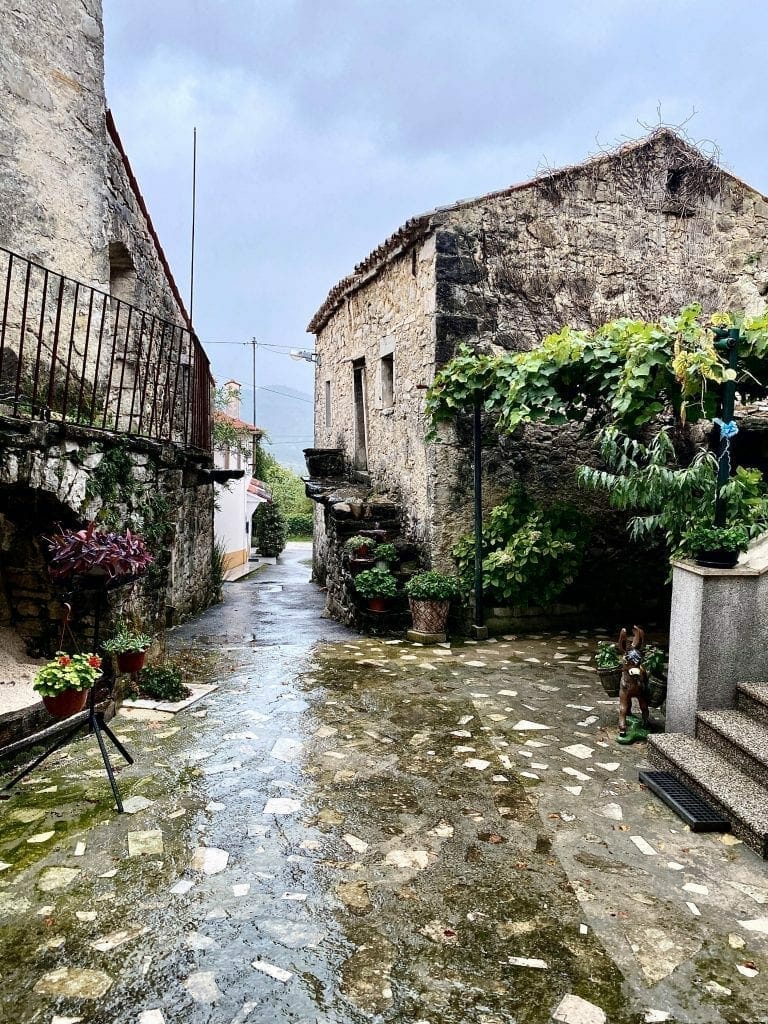
It was time to move to our next destination, the Istria peninsula, where we spent a few days in the old Roman town of Pula. This region is southwest of Zagreb. The path to Pula is dotted with many medieval castles and villages. These quaint places were full of great-tasting local specialties that were shockingly inexpensive. Our meal experiences were always full of the warm hospitality we have come to expect from places like this in Europe. In Croatia, it seemed even more so.
This region is home to hill towns that give off a strong sense of Tuscany, Italy. That is no surprise since Italy was part of Istria until 1947. It was a difficult time when this change of hands occurred, and it is well worth learning about.
Where Did We Visit
Our travels that day took us to Dubovac Castle in Karlovac and Castle Boljum in the town of the same name. Boljun was this tiny Medieval Hill Town in what seemed the middle of nowhere. That honestly made us feel like we had stepped back in time. As in many places on this trip, we were the only outside visitors. This hill town had only one business: a lovely little restaurant called Boljunski Konoba, next door to the castle ruin. It was a much-needed bathroom break (we all know those) that became a memorable meal. It was where we had our first fresh black truffles of the trip. What a way to welcome us to the Istria region, where truffles were a best-kept secret until Anthony Bourdain put them on the map.
The charming hilltowns of Istria, which we visited in Croatia, included Hum, Motovun, Groznjan, Oprtalj, Buzet, and Rovinj. We were especially charmed by Hum, the smallest town in the world, and wrote a post about it: Hum: the Smallest Treasure. There is more discussion of that below. We didn’t get to all of them either. It was fascinating to see how each of us had a unique style and personality. Also, they felt authentic overall and were not too touristy.
The Roman City of Pula
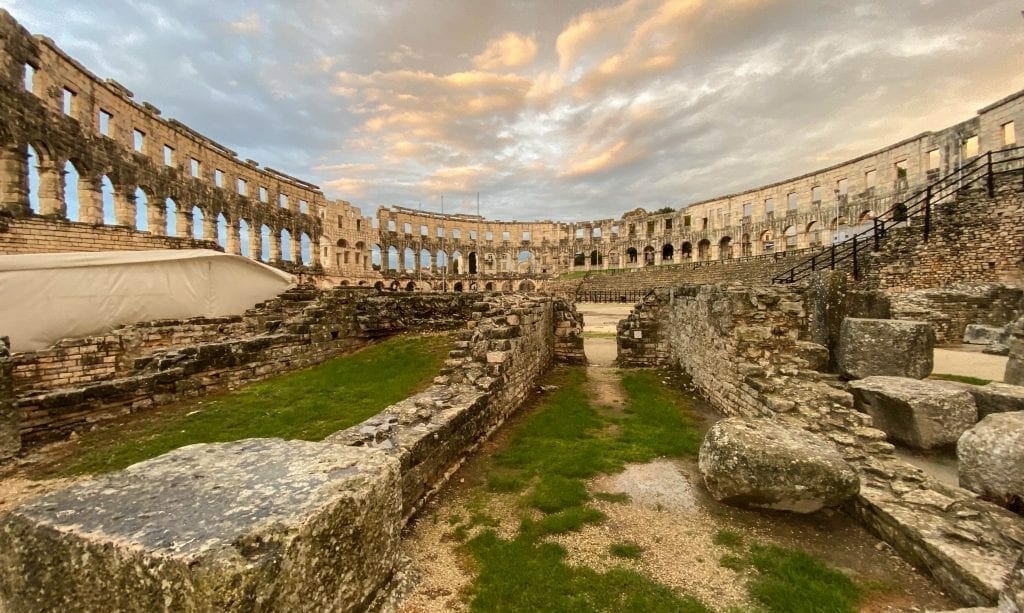
We arrived in Pula for a few nights of Roman living, dining, and exploring. This city has a Roman Amphitheater that is the 3rd largest globally and is still actively used today. We wandered it at sunset, this massive place to ourselves, and what a treat it was. If not enough, do not forget about the ruined city walls, city gates, a temple or two, and a hilltop fortress to take in the city views. It’s like a miniature version of Rome without all the tourists and people trying to sell you trinkets. The rain stopped as we arrived to make the most beautiful setting. Wandering the empty city at night, it was easy to imagine the days of the Romans.
Good luck with parking; it is a traditional European city. Find a spot and start walking so you can spend time taking in the sights, not making loops around the city. Ryan adored Pula and wished we could have given it more time. We were so intrigued by it we dedicated a whole article to it. Check out our Pula, Croatia: Ultimate Travel Guide.
Rovinj
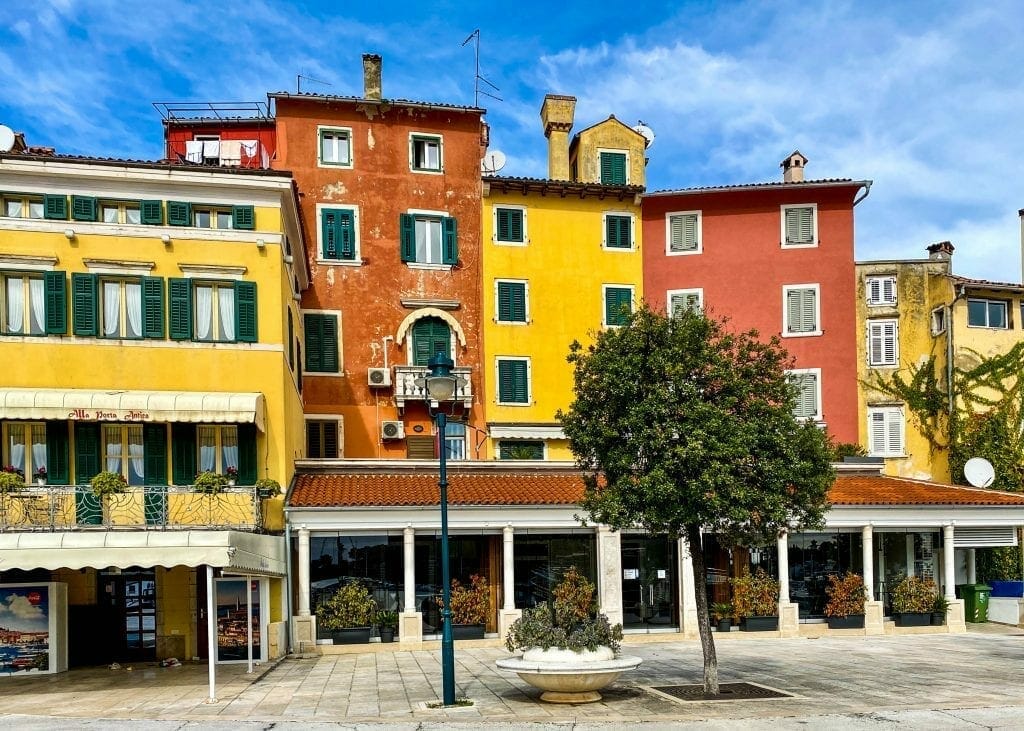
From here, we made our way to explore the magical and varied cities of the western shores of the north Adriatic Sea on the Istria Peninsula. Each with its own Venetian/Roman flair, they stick out of small peninsulas like a mini transplanted Venice or Cinque Terre. Rovinj and Porec are the most popular ones and will not disappoint. Charming in every way, we walked every alley, saw every clothesline (Joelle is obsessed with taking pics of hanging laundry in these places), and hidden courtyards. They are places to get the freshest seafood you can imagine right off the boat. These cities are relatively close together. With this in mind, we completed them all in a day. If there had been more time, we could have easily spent a day at each town while incorporating some surrounding castles.
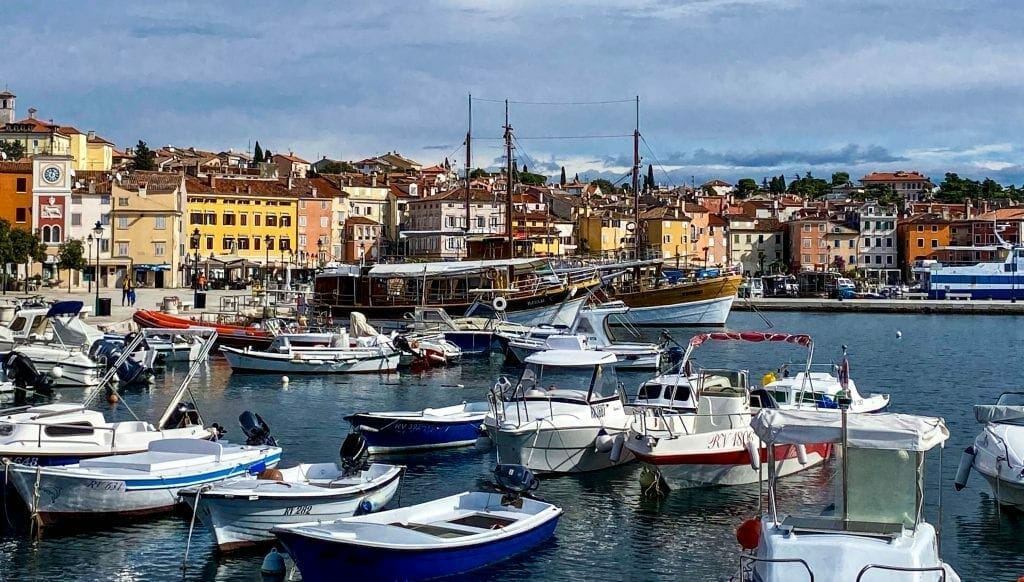
Our first stop was one of the most photographed towns of the Istria region, the coastal town of Rovinj. Images can never do it justice. They are known for their brightly painted buildings, charming streets, and fishing boats that line the seaside, while the Church of St Euphemia towers on the hill over the city as if protecting its residents. The city has a strong Italian theme, but it also is very much Croatian. We found many waterfront cafes filled with Croatians laughing and enjoying their morning with their fellow kava drinkers. There seems to be an embracing of life that is relaxed and meaningful.
Sveti Lovrec, Porec, Novigard
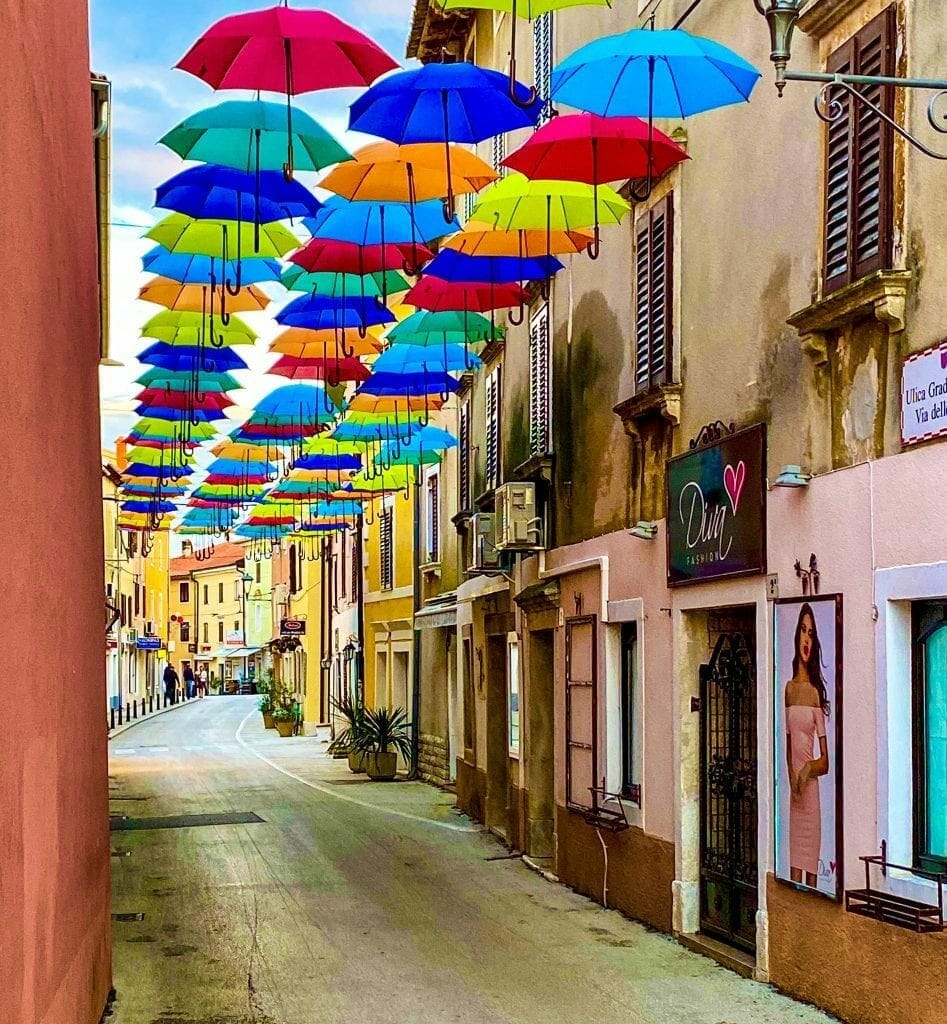
Our travels that day also took the ancient city wall in Sveti Lovrec, the modernized seafront town of Porec steeped in history, and the peaceful fishing town of Novigrad (there are three towns in Croatia by the same name to confuse us) with its lovely sea walk out to the lighthouse, Belltower, and a charming little umbrella street to cap off your memorable visit.
At that point, we were a very short distance from the Slovenian and Italian border with Croatia. The borders were closed due to COVID-19. So close, but yet so far. The original trip had us flying out of Trieste, Italy, but we had to change that. Trieste is known for its fantastic architecture, beautiful beaches, rich history, Italian cuisine, and castles. We were sad to miss it, but several years later, we made it back and adored both Slovenia and Trieste.
The Croatia Riveria
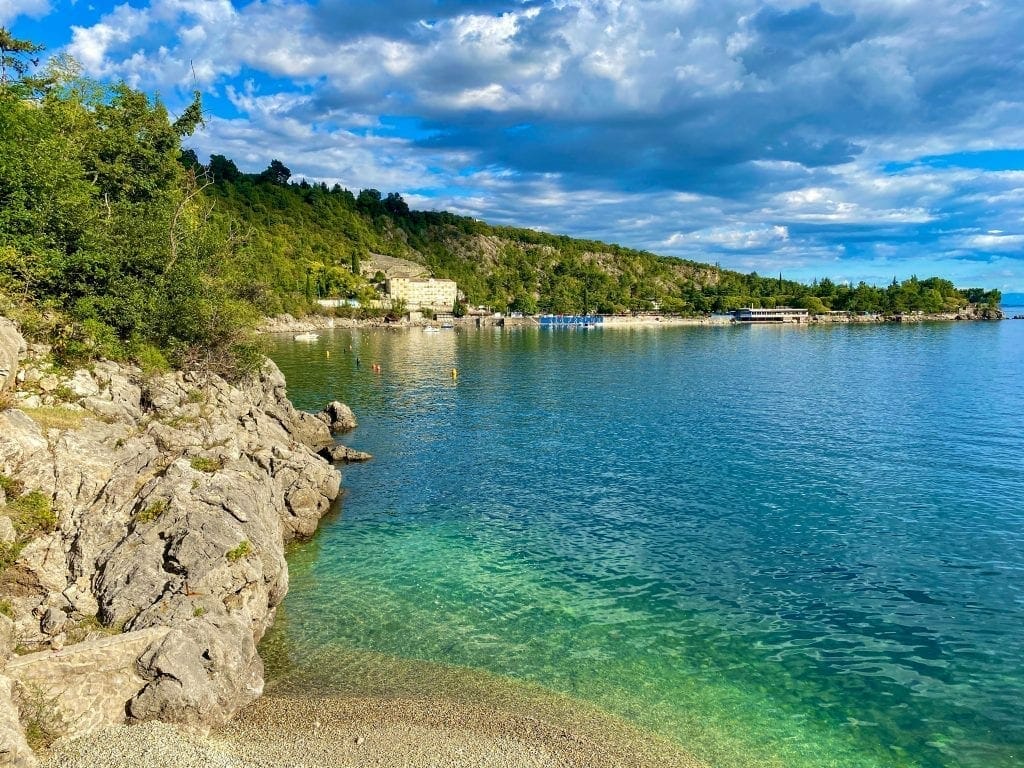
Leaving Pula, we headed back toward the mainland on the Opatija. We visited the Castles Morosini Grimani and Pazin. We went way off the beaten path to Hum’s tiny village, the smallest city in the world, which was enchanting and magical.
Let’s say Opatija was our resort stop in Croatia, briefly stepping into a more luxurious setting. This is one of the top destinations for Croatian tourism for Croatians and many Europeans. They are often referred to as the Croatian Riviera. Opatija and the nearby larger city of Rijeka are the happening places for the young and more elite.
Full of beautiful seaside resorts, it remains simple and dramatic in beauty. The crystal clear turquoise waters captivated us. The two cities are built on steep hillsides overlooking the Adriatic Sea.
Rijeka and Opatija
We stayed at a beautiful and unique 5-star hotel, Design Hotel Navis. Once on the decks overlooking the water, you felt a million miles away from it all. It is not our style to spend much time at hotels, but we did enjoy the time we allowed ourselves there during extended breakfasts by the sea. Oh, and their poached eggs were covered in black truffles.
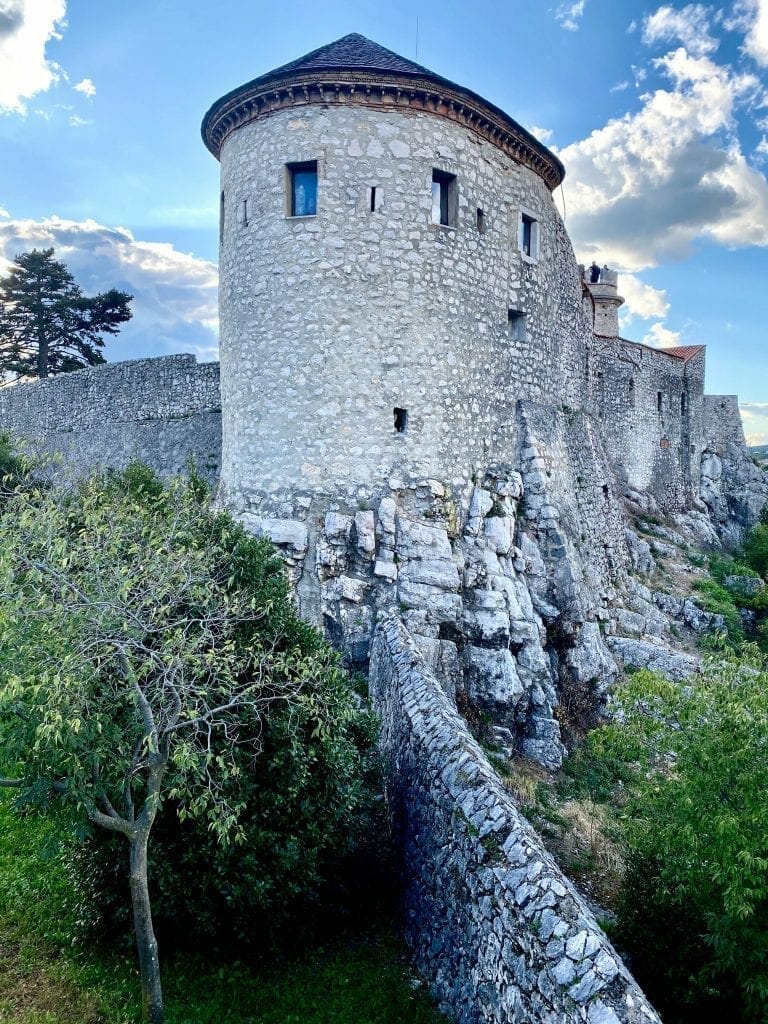
Rijeka has many beautiful churches, the Tsat Castle, lovely parks, and the Jalova Cathedral. The city had a young, professional vibe.
While in Opatija, we made an evening trip to the island town of KRK, a lovely ancient seaside city dating back to Roman times. It was full of lively restaurants, bars, churches, a castle, and a fantastic waterfront. It had a unique feel to anyplace else we experienced in Croatia. We strolled through empty alleys late at night and felt they had a story to tell. It would be a place to spend a few days discovering what it is truly about.
The Hill Towns of Istria
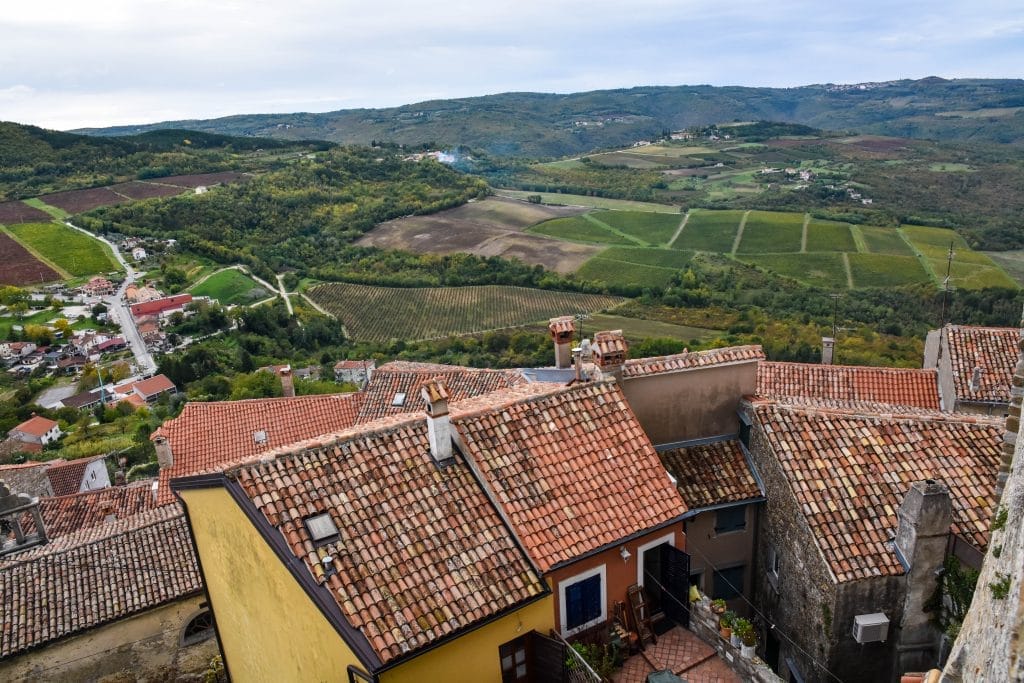
On our only full day in the area, we dedicated ourselves to the hilltowns of the eastern Istria Peninsula. What an experience! We visited the hill towns of Buzet, Motovun, Oprtalj, Groznjan, Hum, and Roc. These towns are the heart of Croatia, and you can feel it in every step you take. Each is unique and magnificent, and they take you to another place in time. Reaching these towns was no small feat, with steep, narrow mountain roads full of one hairpin turn after another. Not quite Joelle’s comfort zone. Many of these towns had steep walks up to the town center. Good workout for all the days ahead of extensive walking!
This area is where you can experience a gourmet meal smothered in truffles for a fraction of the price you would find in the States or anywhere in Europe. After all, this region is the heart of the truffle country.
Our Introduction to White Truffles
The highlight of our day was the town of Motovun, the real center of the truffle hunt. We were charmed by the city and its beautiful setting. Our unique, unexpected treat was the place we chose for lunch. Based on a quick search of local reviews, we chose the Konoba Mondo. It was just us and one other table with guests.
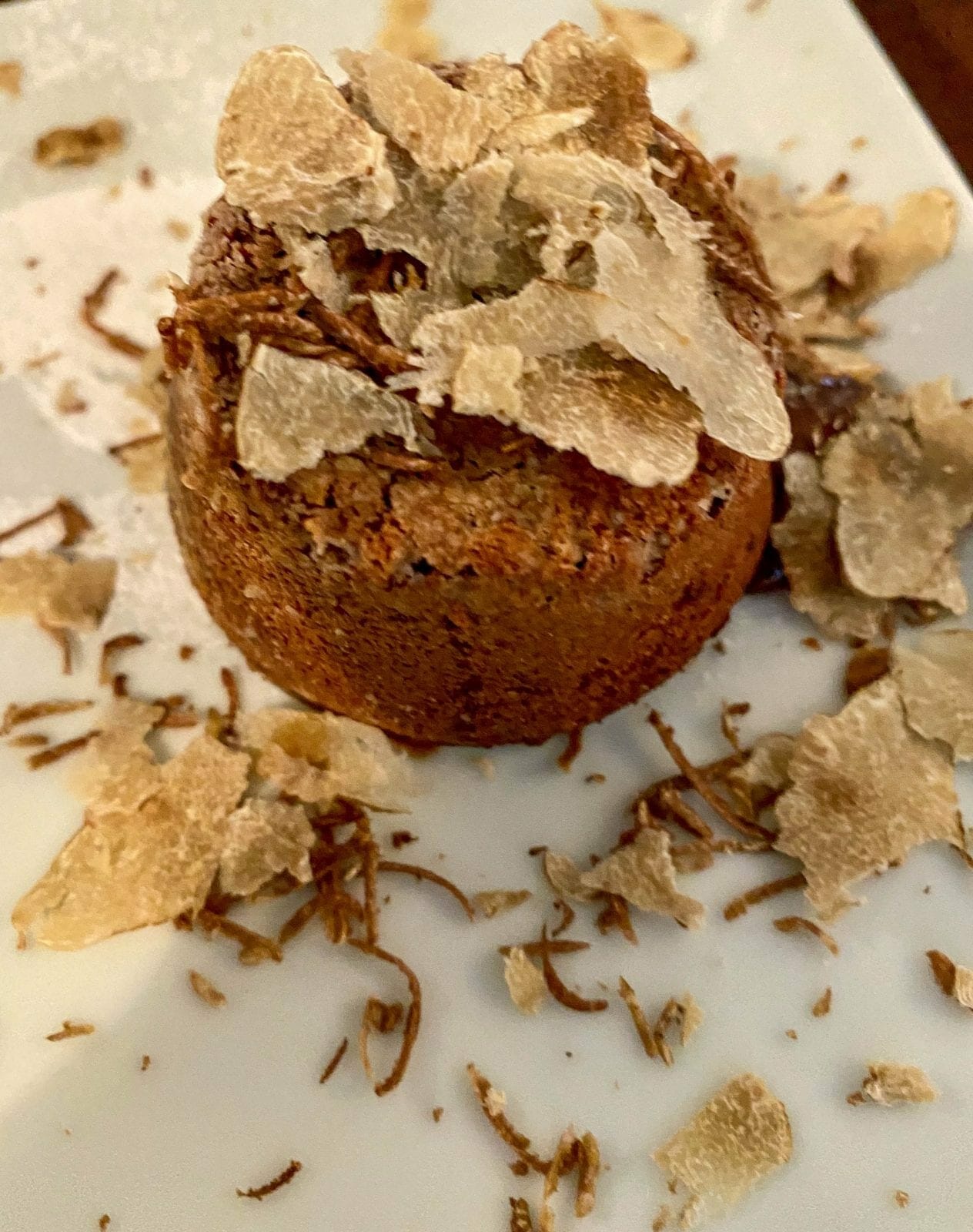
We should have known it would be special when we saw a framed signed photo of Anthony Bourdain by our table. Little did we know what an experience was in store for us.
It was the first week of the short white truffle season. Much greater of a delicacy than black truffles, white truffles are a special event. We chose from the seasonal menu, with every course covered in fresh, shaved white truffles. The intense, heady, musky aroma of the white truffles and garlicky flavor will always transport us back to that rare, delicious treat. Our most vital sense is smell; we could not agree more after our journey into white truffles.
The Diamond of the Kitchen
Truffles, referred to as the “diamond of the kitchen,” are a delicacy that few will be privileged to experience; fresh white truffles are even harder to find. We had never tried them before our trip to Croatia and have not seen them on any menu since. They are unique as they can only grow in natural habitats, and there are few places in the world where they are found. The truffles are not visible, so specially trained pigs or dogs are required to hunt them. Black truffles are more common as they have a more extended season; white truffles are the most coveted. These fungi’s shelf life is short once harvested, so the white truffles are exceptionally rare to experience. These fragile white tubers range between $2400 to $6000 per pound in the U.S. market.
Our Extraordinary Meal
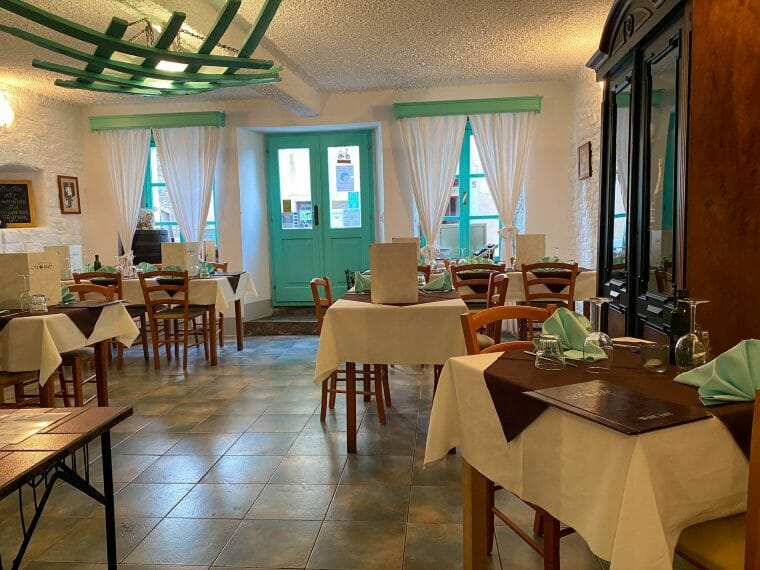
It was a once-in-a-lifetime experience we came upon without having a clue. Those are the moments to throw caution to the wind and dive right in. We partook in a five-course delectable meal, every course covered in white truffles freshly shaved before us. We also enjoyed craft beer, local wine, and espresso, all for around $130. Maybe because it was so quiet, our portions were so generous, but all we could say was WOW. It was one of our favorite experiences during our whole trip. When in Motovun, we can not recommend Konoba Mondo enough!
When we returned to the hotel, we researched more about the restaurant, which Anthony Bourdain featured on one of his shows. The owner is a truffle hunter who took him out for a White truffle hunt. We watched the show later that night and were even more shocked at our luck!
You can learn more about our experience and white truffles at our post dedicated to our Croatian Cuisine experience.
Week-Two: The Dalmatian Coast of Croatia
Central Dalmatian Coastal Towns
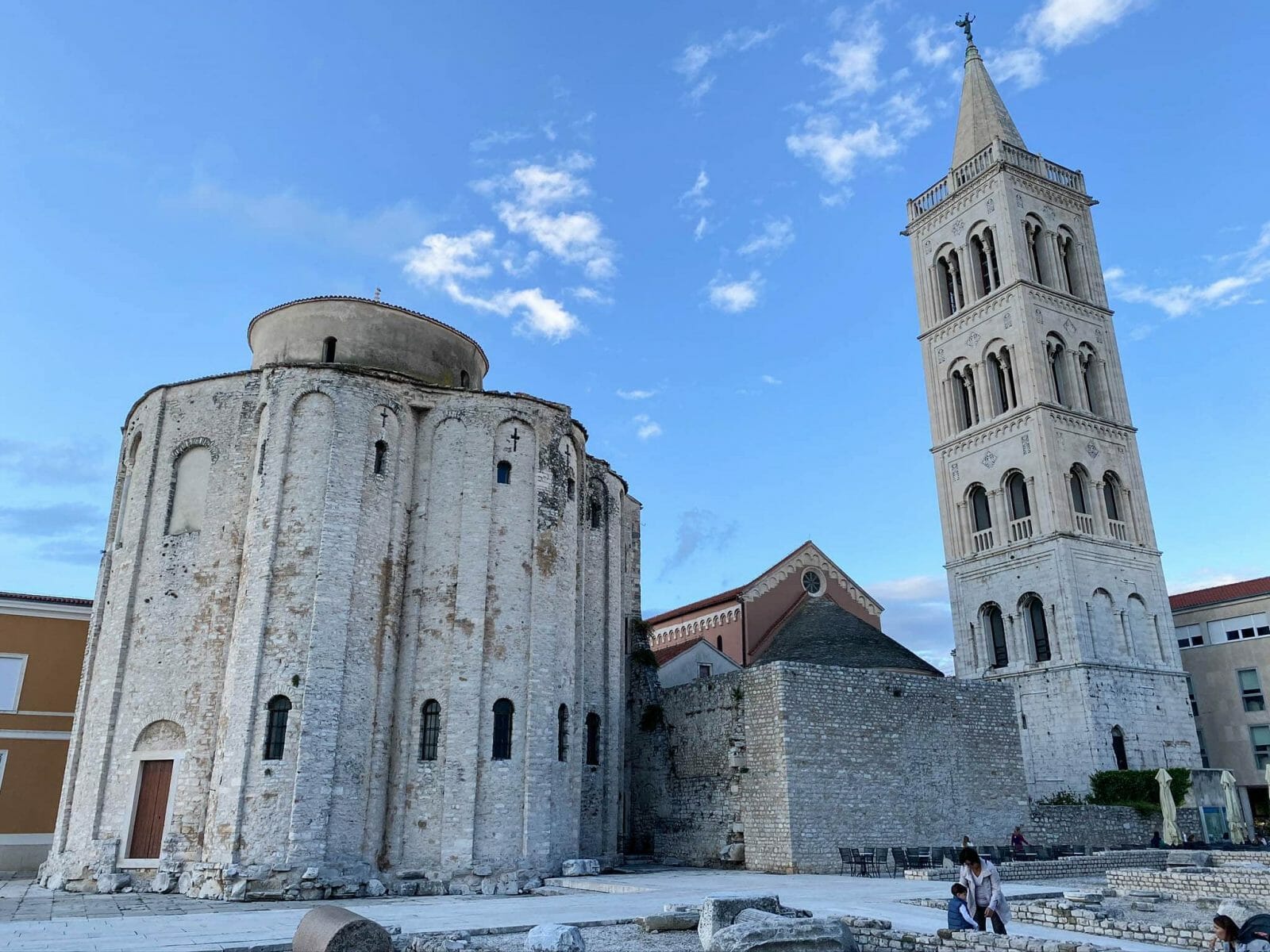
Don’t burn yourself out on coastal living yet. There will be more on our journey along the Dalmatian coast toward Croatia’s Southern tip. We made our way back Northeast and started heading down the shore to Zadar. Some of man’s earliest existence is found in the Stone Age in the Zadar region. This ancient and modern city is a dichotomy and full of wonders. It is growing in popularity as one of the up-and-coming cities to visit in Europe.
Zadar’s UNESCO-protected Venetian fortified city walls and entrances to the town have been transformed into beautiful gardens and parks. You can make a loop around the city on its walls and fortifications. While we made our way around the city, we discovered old and new beauty intertwined, surrounded by water and a busy harbor. Ancient Roman structures overlooking the new waterfront are a great place to ride a bike, walk, or sit in the sun. Stroll white-sand beaches or wander down the expansive oceanfront promenade while the gentle waves of the Adriatic soothe you. Take the time to visit the world’s first sea organ, where the ocean plays its music. Or the nearby Greeting to the Sun, a unique monument that provides a fascinating light show after sunset. We thoroughly enjoyed wandering as we better understood the city’s size and layout.
Beyond Zadar
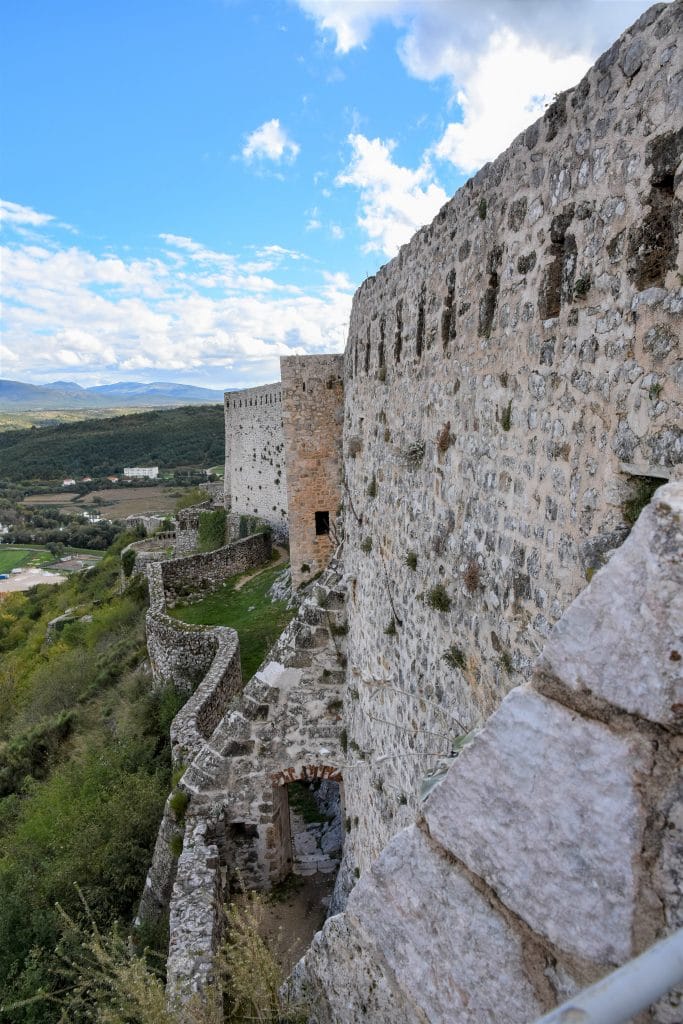
We stayed in Zadar for a couple of nights and, during our whole day, headed inland for some incredible sites, all so varied and unique. First is Novigrad, a lovely isolated little fishing village hidden by high mountains by the sea. High above the town sits the ruins of Novigrad Castle. While Joelle wandered the town, Ryan climbed alone with the digital camera on a steep, unstable path. At one point, an elderly gentleman began ringing the outdoor church bell on the hour with all his might, as likely had been done for centuries.
Next, we headed to Knin Fortress, the second biggest fortress in Europe, in the industrial town of Knin. Beautifully preserved and huge, we had the whole place to ourselves. We didn’t have the time to visit the incredible waterfalls in the distance; they are huge!
Along this path, we visited Burnum, a Roman archaeological site in the middle of nowhere. It has an arena, arches, and a beautiful natural setting. In the surrounding areas, there are hikes to waterfalls and the river.
Sibenik
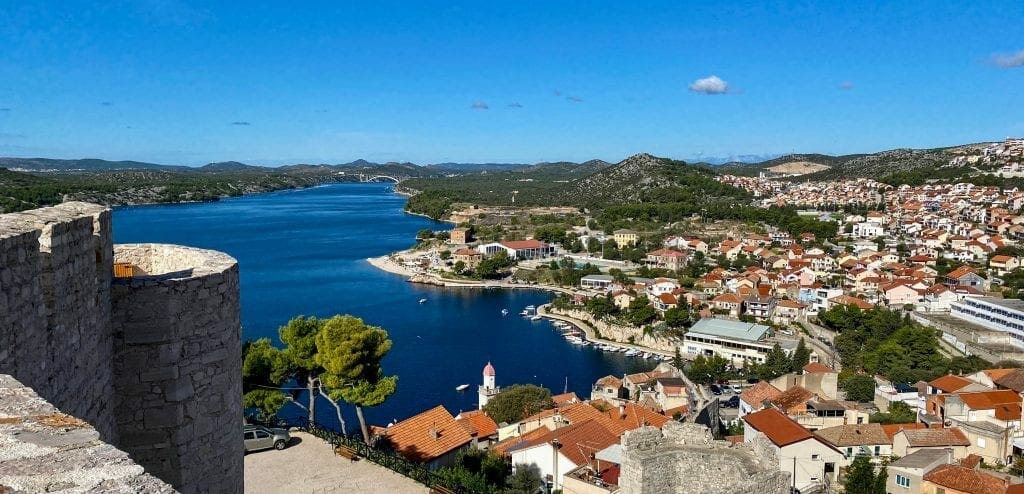
We continued southeast down the never-ending coastline, hitting the spectacular and busy river UNESCO heritage site of Sibenik. It is a city with over 1000 years of history and unique and fantastic architecture. It is a fortress city with many places to visit: St John’s, Barones, St Nicholas, and the magnificent St Michael’s fortress.
There are many churches, along with the St James Cathedral and Monastery. Wander the charming old town or stroll along the busy waterfront promenade. The area is full of activity and charm. All the while, it was graced with St. Anthony Channel’s pristine views that connect this city to the Adriatic Sea.
Why Visit Trogir?
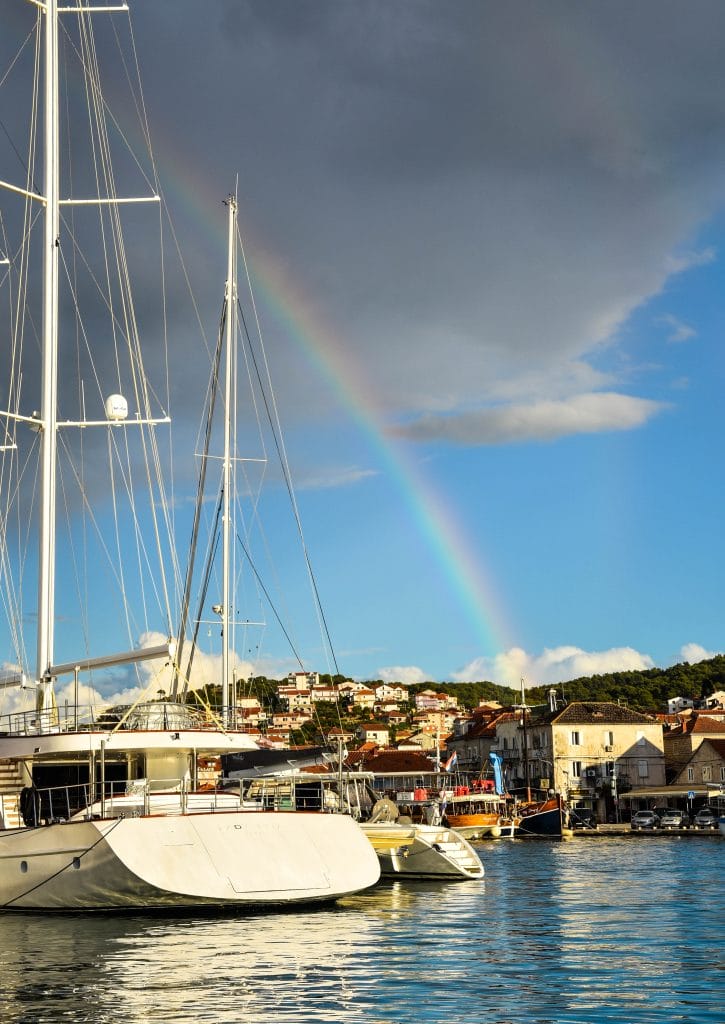
Our journey then took us to the historic city of Trogir, which is situated on a small island between mainland Croatia and the island of Ciovo. The old center of Trogir was as if stepping back in history, and UNESCO has included it in the list of World Heritage sites for its extraordinary Venetian architecture. This little island city dates back 2,300 years. Greek colonists founded it and became an important port.
Trogir is known to be one of Central Europe’s best-preserved Romanesque-Gothic examples. Wandering through its medieval core, its ancient walls surround you. There are well-preserved castles and towers, as well as many homes and palaces from the Romanesque, Gothic, Renaissance, and Baroque periods. Trogir’s Church of St. Lawrence is a national treasure designed by the renowned Master Radovan.

Though we make Trogir sound like a reverent place full of history, which it is, we found it to be lively and vibrant, with packed restaurants and bars, a young vibe, and a place bustling with social activity.
We did not want to leave this tight-knit, fun community of Trogir, where Ryan had the best pizza of his life along the distinctive waterfront, accompanied by our favorite Croatian dark beer, Tomislav. It is the perfect lunch stop before arriving in Split; if you have the time, explore this wonderful town that has a pulse worth discovering.
Southern Dalmatian Coast: Split to Dubrovnik
Split
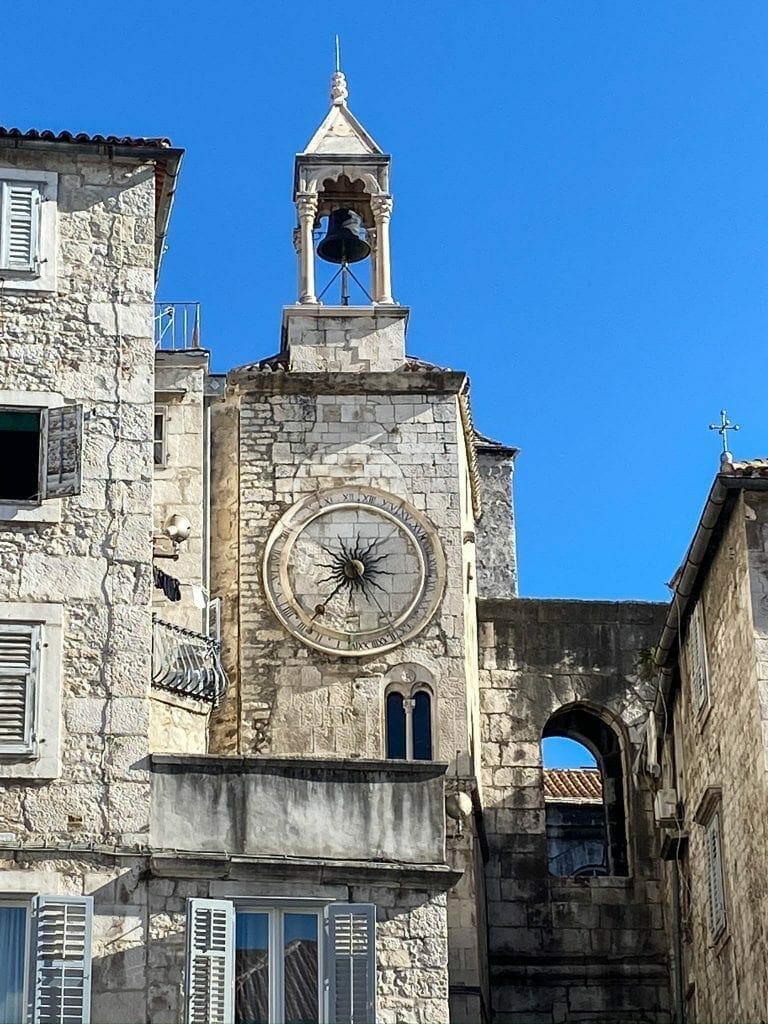
How can we describe the city of Split? It feels like a Roman movie set built inside of a town. Split has an illustrious history and has been under Roman, Venetian, Austrian, French, Italian, and Yugoslav rule. It finds a balance between tradition and modernity. While steeped in ancient history, we discovered a vibrant young party and club scene. It is quite the happening place. It was the only place during our travels where the impact of COVID was barely apparent.
Split’s core is Diocletian’s Palace, built in the 3rd century; it is a massive, retired Roman Emperor & General’s Palace that became filled with refugees over the years. Once wide streets are now filled with houses and shops packed within large stone columns, mosaics, and other artistry scattered throughout, all surrounded by remaining parts of the original walls. Constructed in later years, a wide promenade along the waterfront graces this former palace as if it were always meant to be. This promenade is now lined with outdoor restaurants, bars, and cafes packed with people late into the night.
Want to learn more about Croatia? Click here for our Croatia Travel Guide
Split is a vibrant cosmopolitan city with many residents living within the old palace walls. It is a contradiction in itself, which makes it even more fascinating. The hills above Split make for a healthy hike that rewards spectacular views of the city and environs. Then you realize how large the city is with its many high-rise apartment buildings. The weather is ideal for much of the year, making Croatia a favored destination.
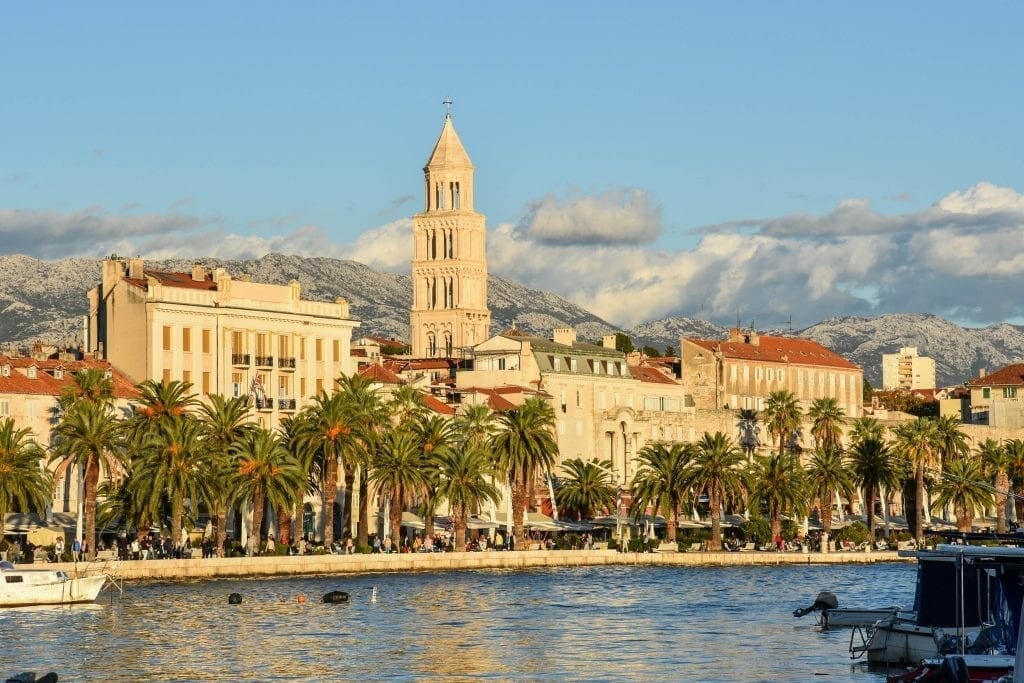
There is so much deep and rich history in Split that we decided to take a guided personal tour with Peter. The detailed stories he enlightened us with were marvelous, and there was much to absorb. If you have the time, we highly suggest a tour to learn the story of this fantastic place.
Make time for 7th 7th-century Saint Dominus Cathedral and the 12th-century Bell Tower, a sight to behold. Take the many steps to the top of the Bell Tower for fabulous views. It is the oldest Catholic Cathedral in the world, and it remains in its original structure and continues to be an active place of worship. The artifacts and art within the Cathedral are a must-see.
Omis Surprise
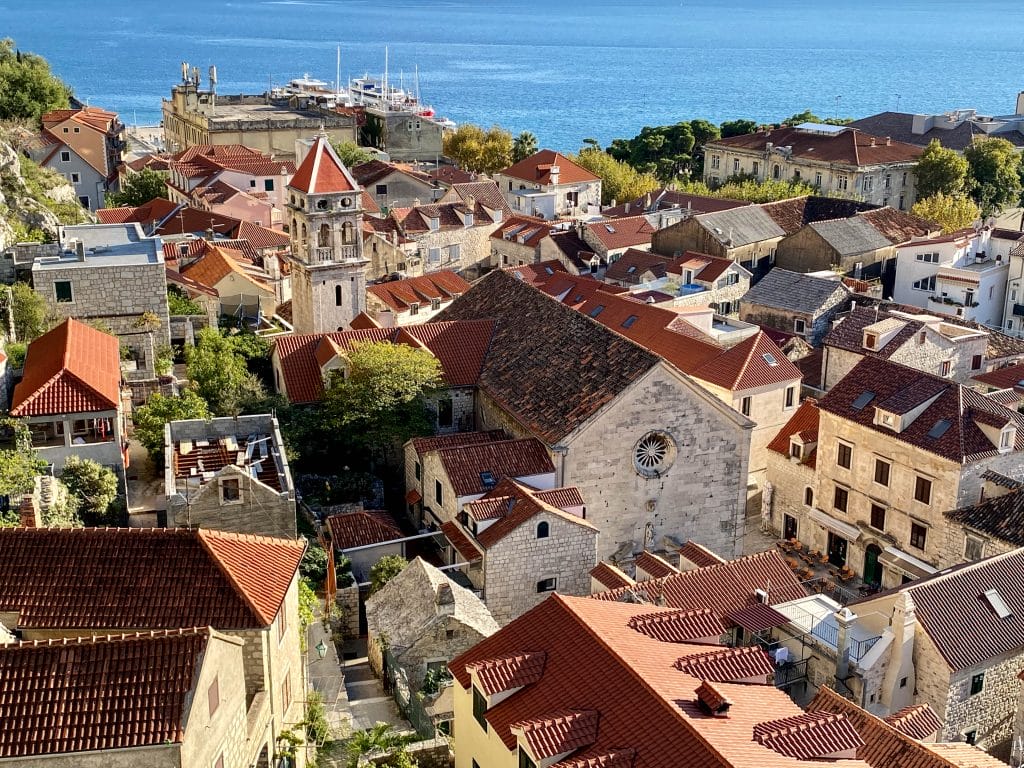
The final leg of our trip was the drive from Split to Dubrovnik. We planned to drive along the coast and make a quick stop in Omis, a charming, picture-perfect port town.
Omis is a small, old, fortified town built at the foot of rugged cliffs that perch above the town. These mountains of stone are part of the Dinara mountain’s western range. It is also where the Cetina River meets the Adriatic. The river is lined with dramatic canyons and scenery.
This fascinating town has a long, violent Pirate history. The Omis pirates terrorized Venetian ships for centuries and were reputed to be highly cutthroat and ruthless. The setting of these massive cliffs gives you a sense of foreboding as you approach Omis, while also being strikingly dramatic and beautiful. It likely seemed the ideal place for these pirates to organize and take refuge.
Outdoor Adventurers Dream
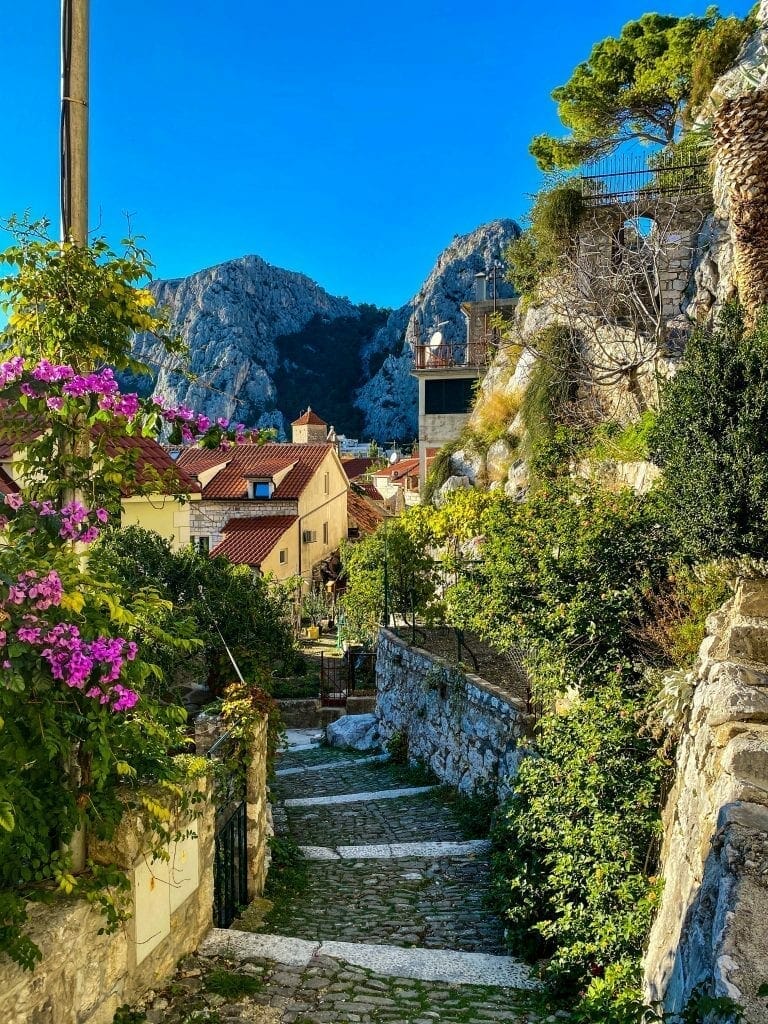
What drew us to Omis were two unique and spectacular fortresses. Why, in such a dramatic setting, is part of the mystique of Omis. The Starigrad Fortica sits on a precipice of stone 860 feet above Omis. Built during the 15th century, this requires a hearty round-trip hike of a couple of hours on steep rocky trails. Ryan did it on his own, primarily running, and found it well worth the effort, with a magnificent view of the coastline as a bonus. The second fortress is Mirabella above the heart of the old town of Omis. We both did this one, but the last element was a ladder climb to the top. The views are no less impressive.
As we walked along the Cetina River, we were approached by a woman who offered to take us on a very affordable boat ride deep into the canyons. The temperature was in the 70s, and it was full sun. How could we turn it down? We bought some beer at the local market, let our boat captain take the helm, and relaxed as we enjoyed the breathtaking scenery.
Your Choices of Omis activities
This town is home to a wide array of outdoor adventure activities. Start with lovely Omis Beach for those who want to lie in the sun. For the more adventurous souls, the area offers biking, mountain biking, ziplining, boating, kayaking, river rafting, canyoning, rock climbing, hiking, camping, and fishing. We could not believe all this little place had to offer. As Croatia grows in tourism, we see the town as a popular tourist destination.
Add to that a quaint, well-preserved old town full of locals passing their day. The varied paths were full of colorful flowers and charm in early November. There were many restaurants, but it still gave off a sense of authenticity that tourism hadn’t taken over.
Our Final Stop, Dubrovnik
Let us go to the final gem of this country we came to love, the great walled city of Dubrovnik. (Check out our article and photo gallery of the Dubronvik Wall) It is our cover photo on this post, and it is a city that seems almost surreal. Something out of a fantasy novel, this city is built on a rocky cliff that hangs over the water on one side and opens up to a port on its eastern end. A massive wall built in the 13th century protects it, encompassing the town; you can only grasp the scale in person.
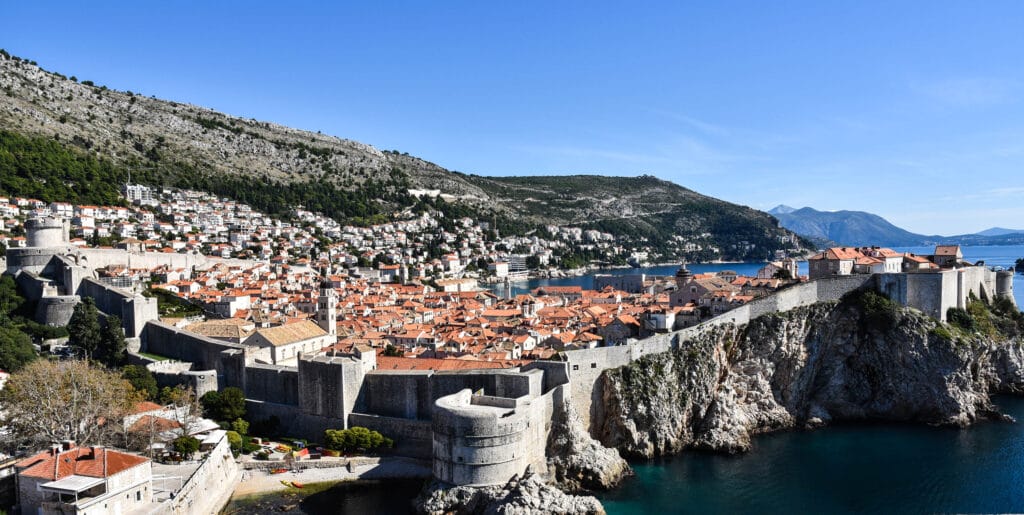
This city is the most touristy and expensive of all the places we visited in Croatia. It is much more in line with traditional Europe. After entering the main gate, you can see multiple trinket shops lining the main street, but do not let this stop you from seeing the magic beyond that.
This town is full of great alleys, stairways, and beautiful streets. The renovated buildings hide the war damage from less than thirty-five years ago, when Dubrovnik suffered daily bombardment. It survived, but many lives were lost in the battle.
Oh, All Those Steps
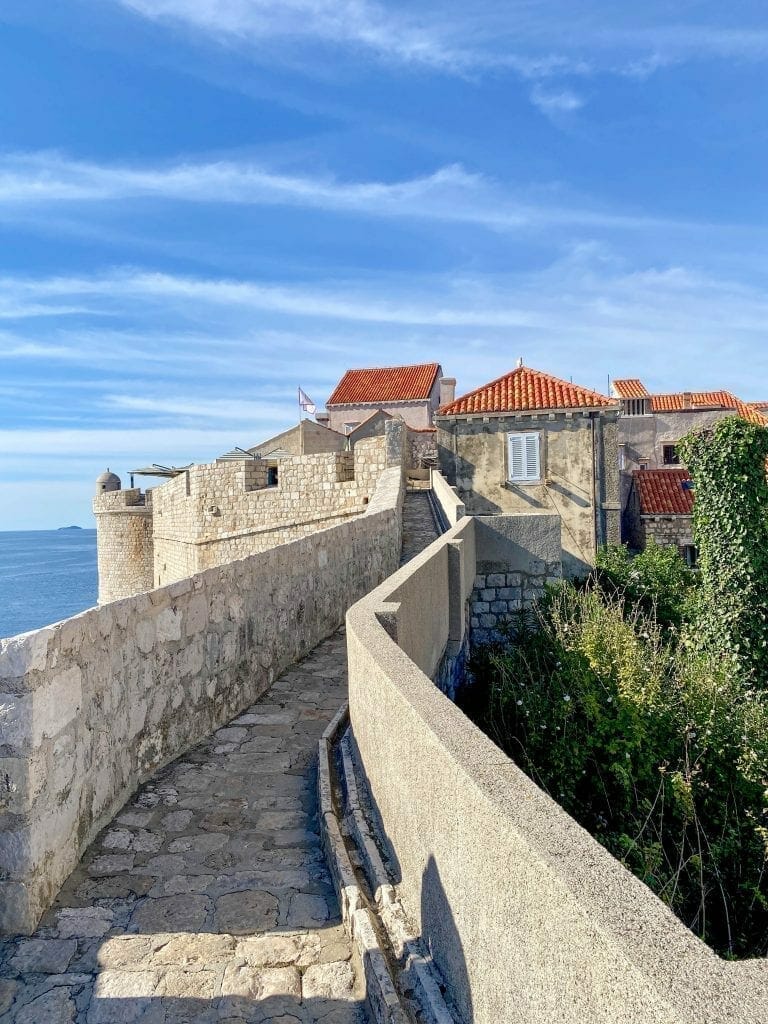
You can exercise by climbing to the top of the city wall for a small fee. It will take you a couple of hours to get around it. Once there, you can get breathtaking views of the city and the water. There are small spots to stop and cool off with a drink or grab a bite to eat. We loved our walk on the wall so much that we wrote a post called Dubrovnik Old Town Walls: Top Attraction You Can’t Miss
Remember, once you get back down, there are no shortages of restaurants in the city. We ate at Kopun, a restaurant specializing in this region’s old cuisine: castrated rooster. It was excellent. Yep, a little bit of everything.
Take the cable car to a hilltop fort and enjoy the views, along with a local beverage or two. Swim at any of the surrounding beaches, or take a boat to Lokrum Island, a nature preserve with great beaches, botanical gardens, and an 11th-century Monastery. You can also take a day trip to Montenegro and Bosnia.
Are you a fan of Game of Thrones? This is King’s Landing in the show. Finding all the locations of certain scenes from the show can keep you busy most of the day.
Dubrovnik is a place you want to stay in and revisit, but beware, in the summer, crowds are known to be crazy.
Where to Stay in Croatia
There are many choices, from budget to luxury. There are also many vacation homes to rent. The links below provide both vacation housing and hotels. Seek neighborhoods where you can get an authentic experience. Croatia, as a whole, is a very safe country, and the locals are friendly.
It is important to price out accommodations on various sites. Expedia is a US-based company, whereas Booking.com is Europe-based. Not all properties appear on both, so it is ideal to check both out. Our personal first choice is Booking.com. If the establishment has a website, check the price there as well. Click the link below to check out hotels and vacation homes in the area. It may be just the motivation you need to start planning that next grand adventure.
Final Thoughts
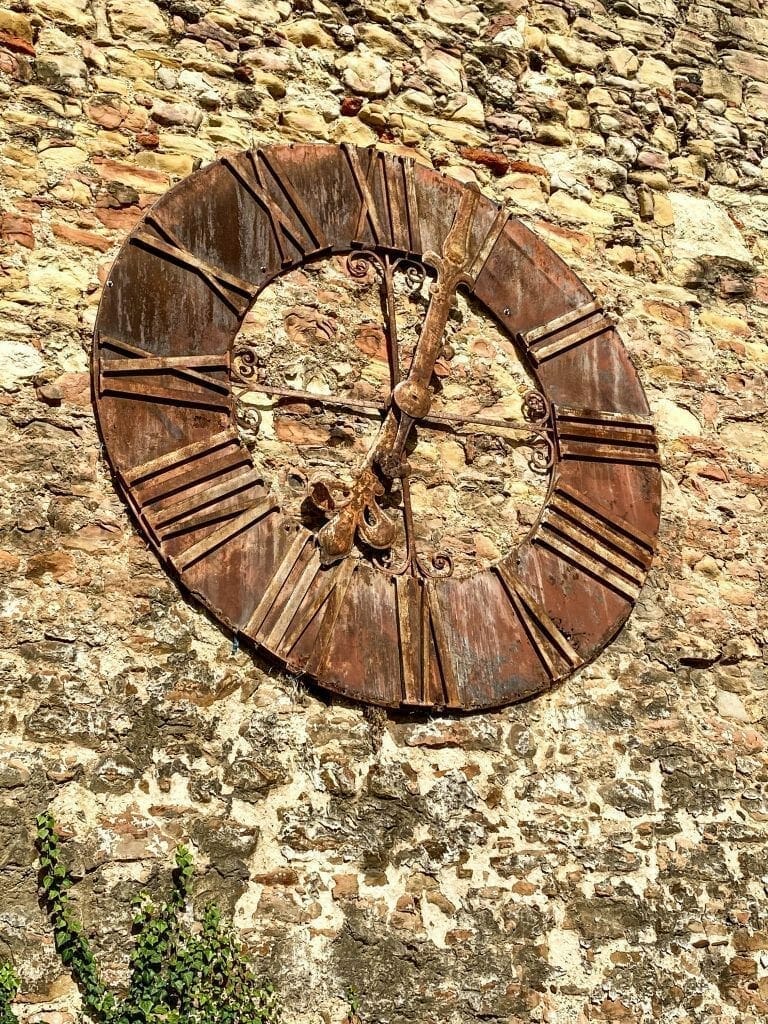
It was time to fly home with a few local treats and a lifetime of memories, photos, and experiences. Croatia has history, culture, dramatic landscapes, culinary delights, and beautiful people. With newer, well-constructed highways, bridges, and roads going through this country’s dramatic mountain peaks, it is easy and enjoyable to travel around this country. Be sure to try the local foods from each region and town. Talk with the locals, find hidden sites, and learn about regional favorites. You will be no less amazed than we were. This hidden gem of Europe is meant to be enjoyed and savored for its true wonder.
Croatia is a premier destination with all it has to offer. Our perfect two-week trip occurred in late October and early November. We had consistently gorgeous weather, a nice-paced trip without burnout, and we never ran out of places to see. The lovely and gracious people of Croatia stay close to our hearts.
Check out Croatia’s Official Tourism Site
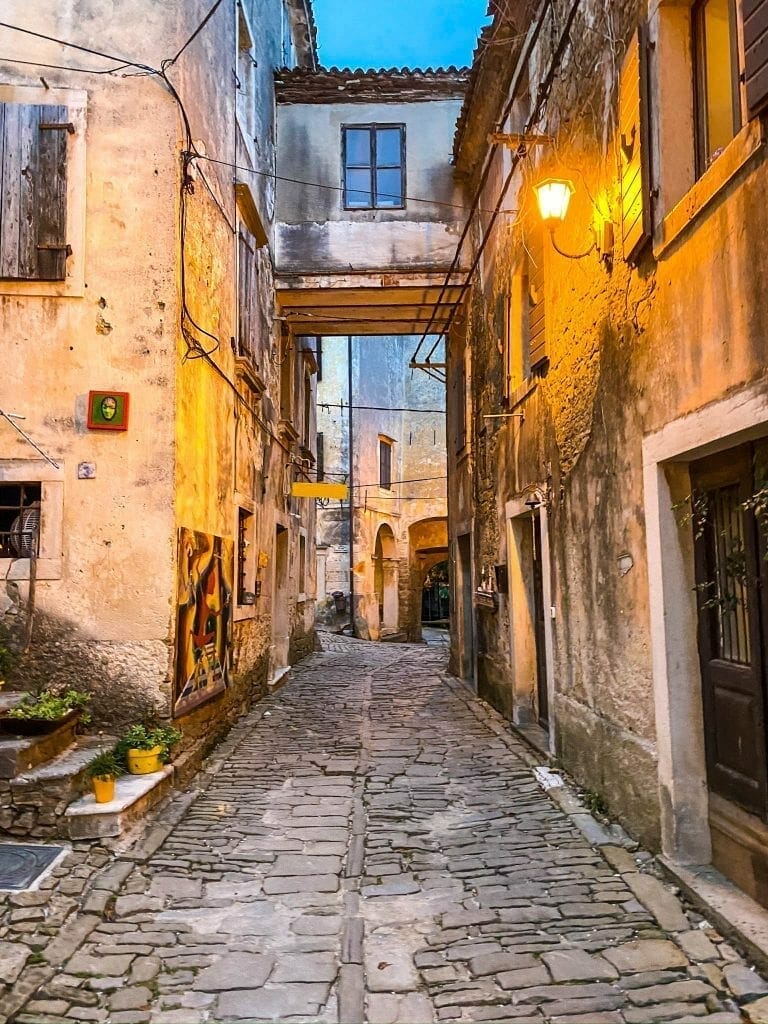
Tips for your Croatia Travels
1. Croatia may not have an extensive beer selection; however, they have great ones, and you can find a cold brew anywhere. Each region seemed to have a local brewery they favored. Did we mention they are super cheap? Grab a cold one at a local restaurant, bar, or cafe for a short break from all your walking. We did this in pretty much every town we stopped at.
2. Feel free to mix it up with local wine and foods. We found the cuisine exceptional during our visit and, oh my, so inexpensive! Don’t forget the wine to accompany that food. Wine in Croatia dates back to ancient Greek and Roman times. They know a bit about the wine we found. We were surprisingly impressed with the quality and that the beer was quite gentle on the wallet.
3. Because of Game of Thrones fame, Croatia has become more popular with tourists. Avoid peak seasons as the crowds in places like Dubrovnik and Split can be difficult, and add to that, it can be stifling hot. Many coastal cities now have huge cruise ship ports, and some cities, such as Split, have become nearly impassable. Early Spring and Fall are ideal.
Curious about where we have traveled? Check out our Destinations page here.
4. Croatia is one of the safest countries in the world. Our own U.S. State Department gives it the highest rating it can provide. We never found one place we felt unsafe, even wandering streets late at night, which we often did.
5. We found overall that no matter where we were in Croatia, the locals spoke excellent English. We found the Croatian language challenging and barely made it past the basics.
6. Croatia’s bountiful sunshine and warm weather make it an ideal destination for outdoor activities. Though we did not partake, it is a country for outdoor activity lovers. Some popular choices are ziplining, mountain biking, sailing, snorkeling, scuba, fishing, hiking, and boating…..the opportunities are endless.
7. If you can drive yourself, do so. This is a country of incredibly magical places that, without our car, you will miss out on. To our delight, the roads and infrastructure were some of the best we have seen in Europe.
Getting to Croatia was no small feat.
Our original trip in October 2020 was to start farther north, visiting the Czech Republic, Austria, Slovakia, and Hungary, with a quick pass through Croatia on the way to Triest, Italy. That was not in the cards as COVID-19 spread throughout Europe, and those countries were closed to tourists. We had the opportunity to view the travel situation with our own eyes. To tell whether it is safe to travel during COVID-19. To discourage people if it was not. With Joelle’s medical background in settings with immunocompromised patients, she knew we could strictly follow guidelines to stay safe for ourselves and those in contact with us.
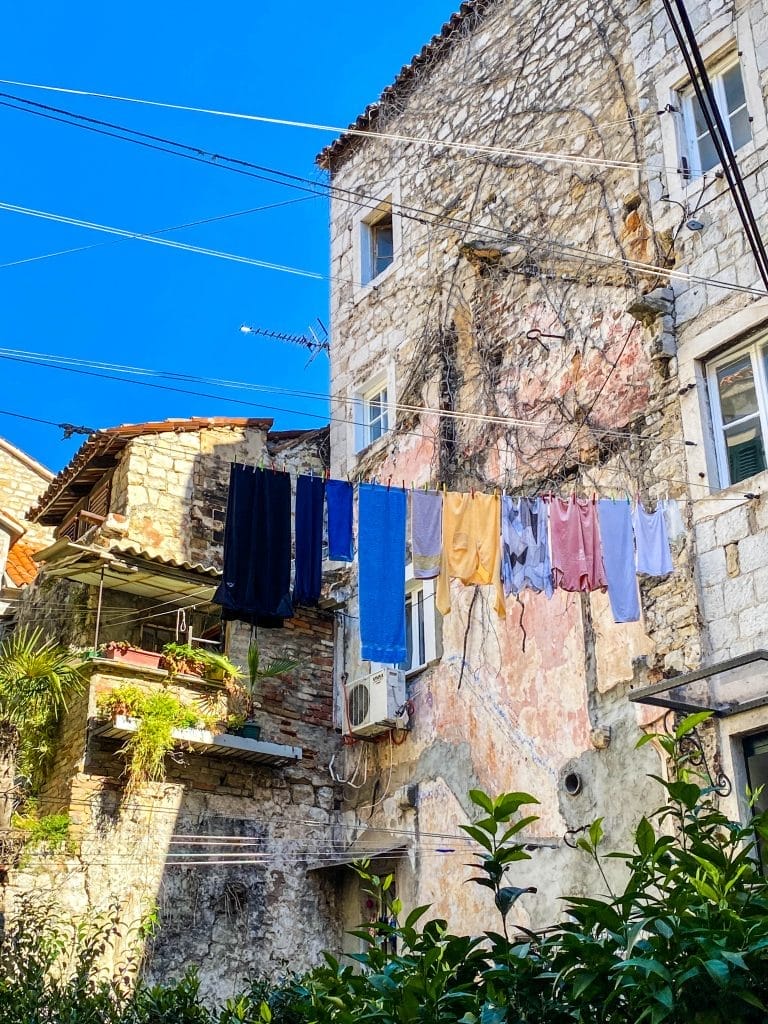
Croatia was open to American tourists with strict entry requirements. Their COVID numbers were very low at the time, and it seemed that adherence to guidelines was being followed, so we leaped with a bit of apprehension and rebooked our travels to Croatia. We went above and beyond COVID-19 safety requirements and testing. If they were kind enough to allow us in, we would do everything in our power to be guests who would respect that trust.
The Craziness
It was a crazy story of the many upending events in the weeks and even days before our travels. In a quick synopsis of some but not all of the excitement, we had flights canceled on both arms, connections rerouted, rules for entry changed, great difficulty finding COVID testing that fit into the 48-hour timeline Croatia required, and a badly torn meniscus three weeks before departure. Were the travel Gods telling us this wasn’t meant to be?
One example occurred in the days just before we left. We planned to fly into Zagreb and then drive to Dubrovnik, where we would fly home. All flights from the U.S. at the time connected somewhere in Europe. We chose United through Frankfurt, connecting to Croatian Airlines. Though we did end up keeping that plan, for the most part, we did not fly home from Dubrovnik. Croatian Airlines canceled all flights out of Dubrovnik three days before the trip. There was quite a panic at first, but we took some deep breaths and were determined to figure it out. Ultimately, we chose to drive through the night for about seven hours to catch a flight home at 7 AM from Zagreb. That made for a coffee-laden drive and two long days of travel home with little sleep.
In the end?
Was it worth it? You bet it was, every second of it!!!
The nerve-wracking experience fits well with our travel philosophy. We have always espoused going with the flow and welcoming challenges. We could have given up and canceled it all. Instead, we adjusted our plans with determination and were rewarded with a fantastic adventure, memories beyond compare, and a whole new place to love. It was 15 days of perfection.
© 2025 Wanderers Compass All Rights Reserved
Here is a list of UNESCO World Heritage sites in Croatia
Our Croatia Photo Gallery
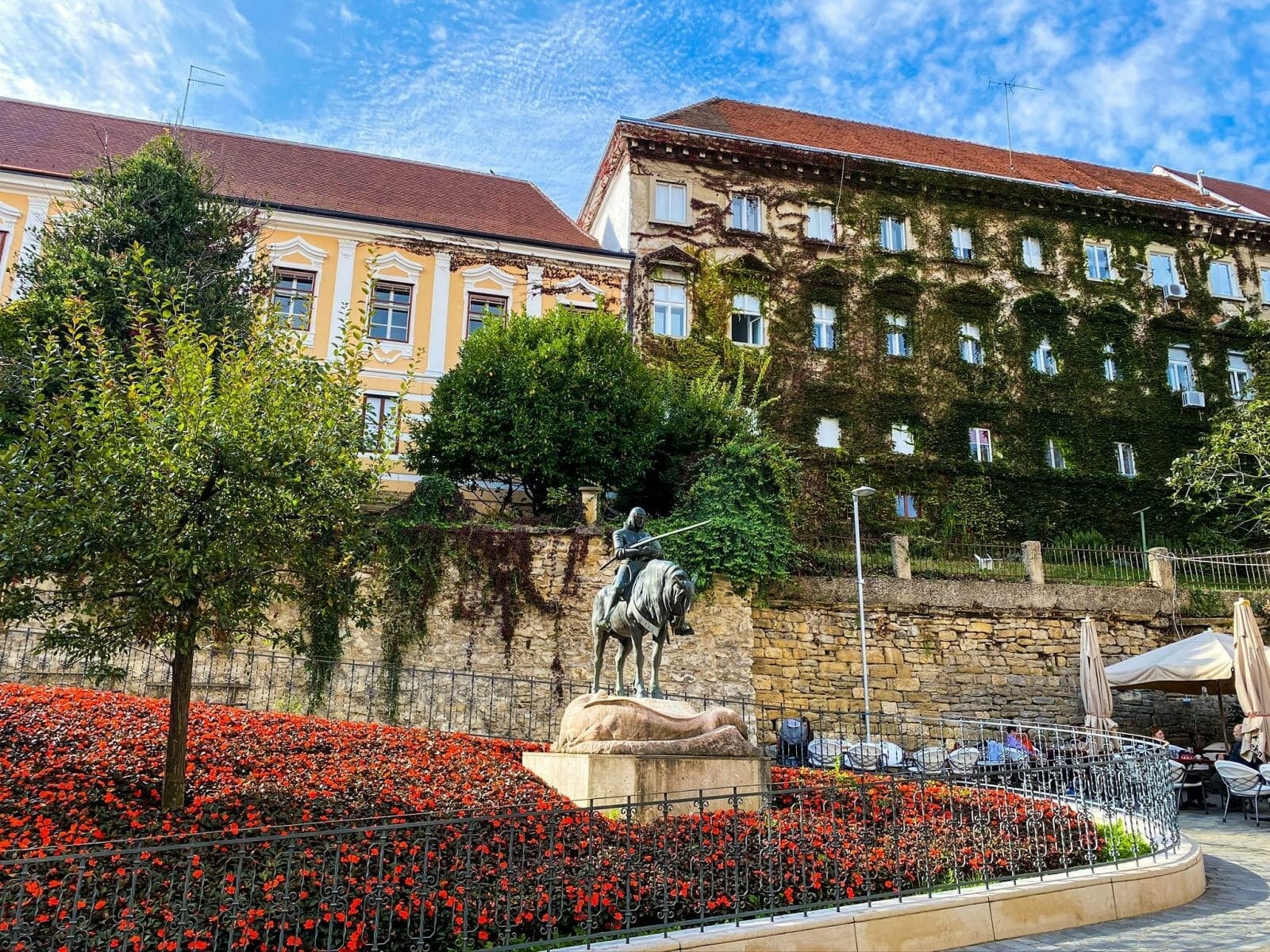
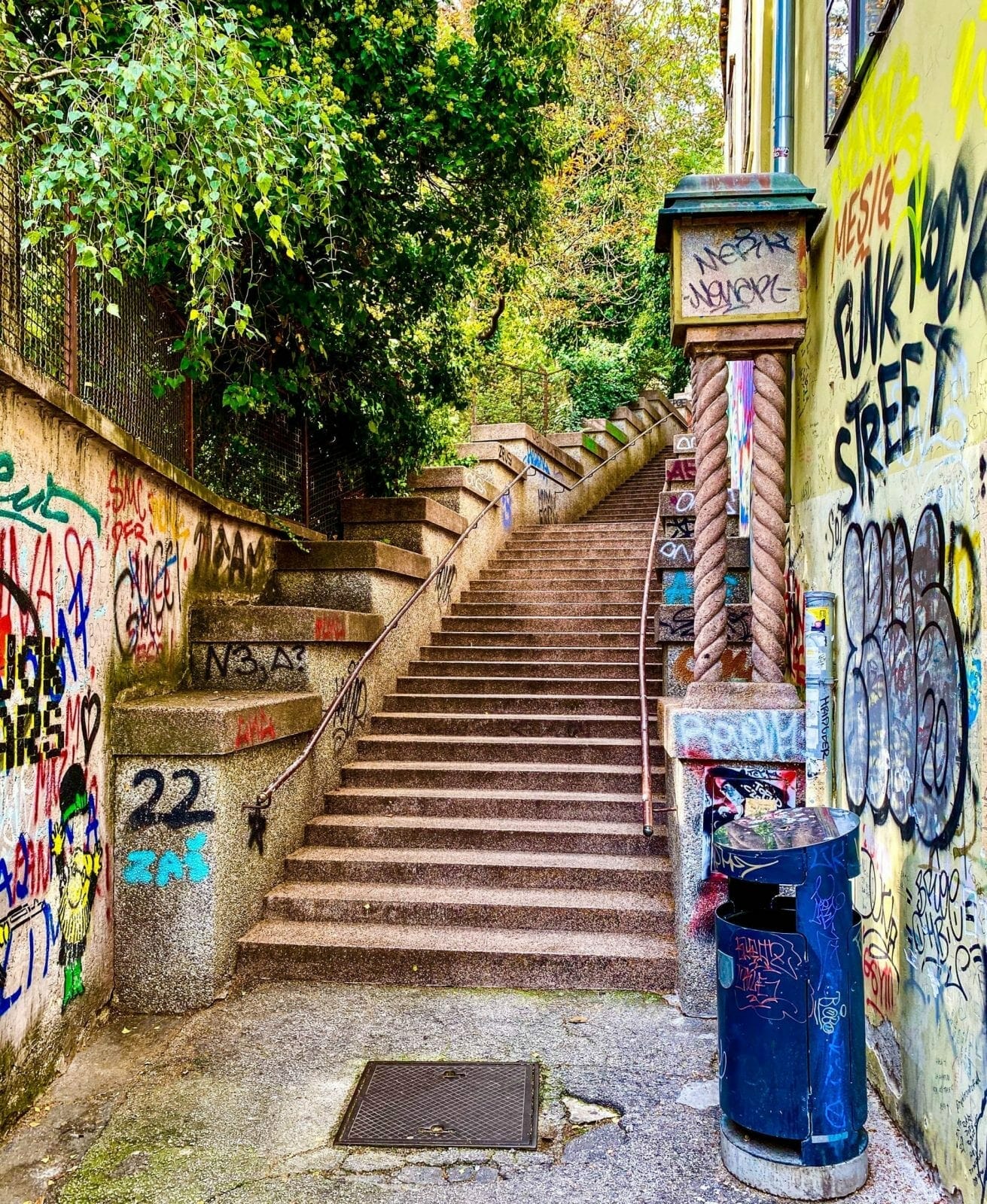
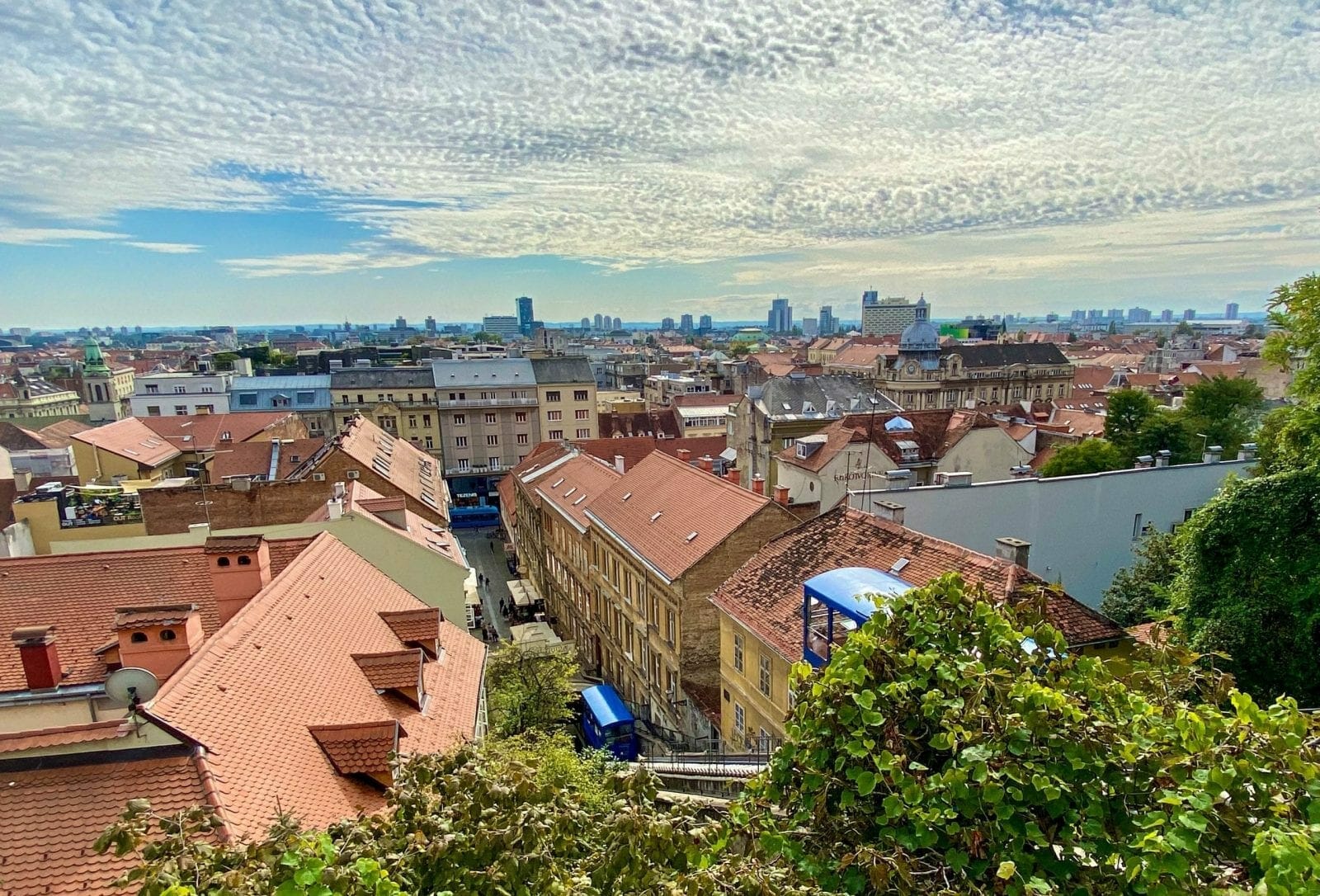
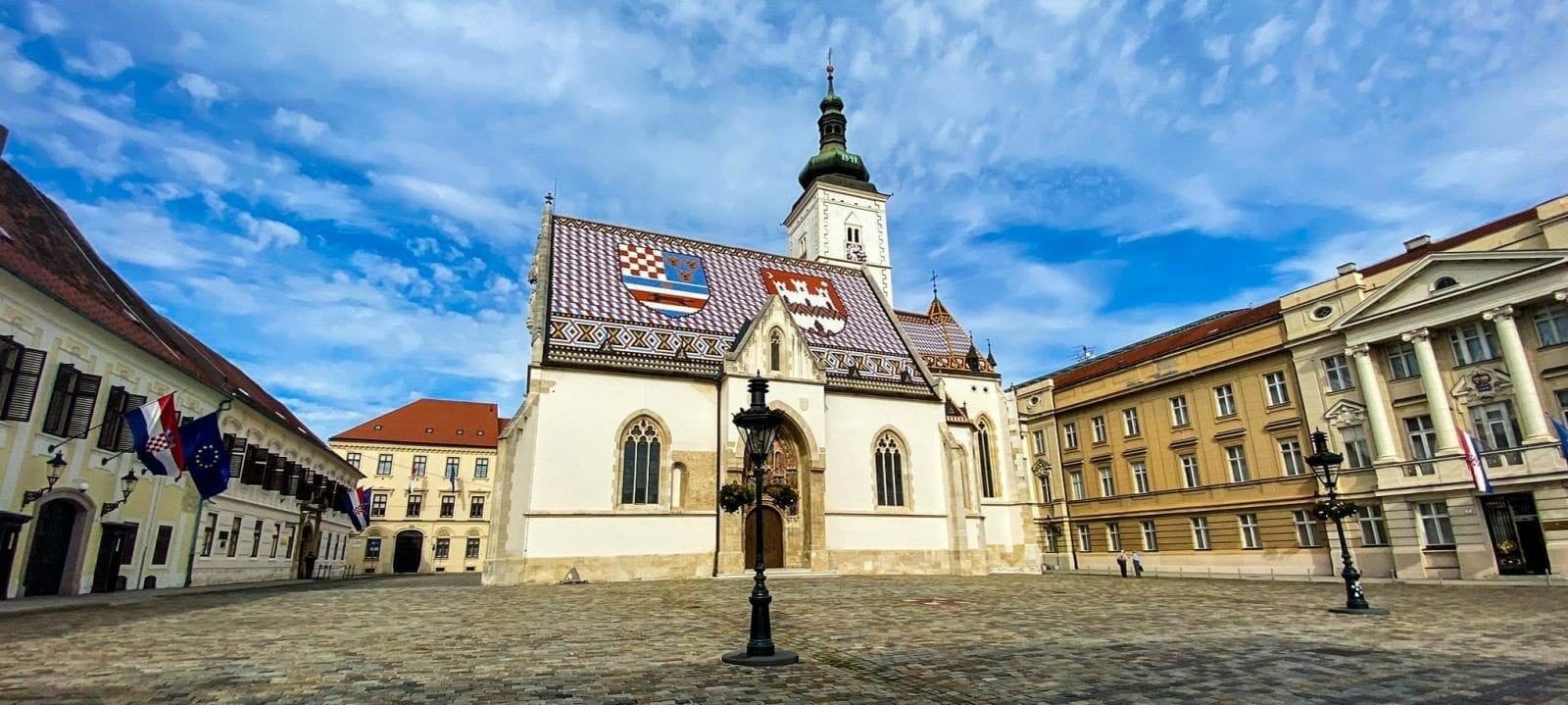
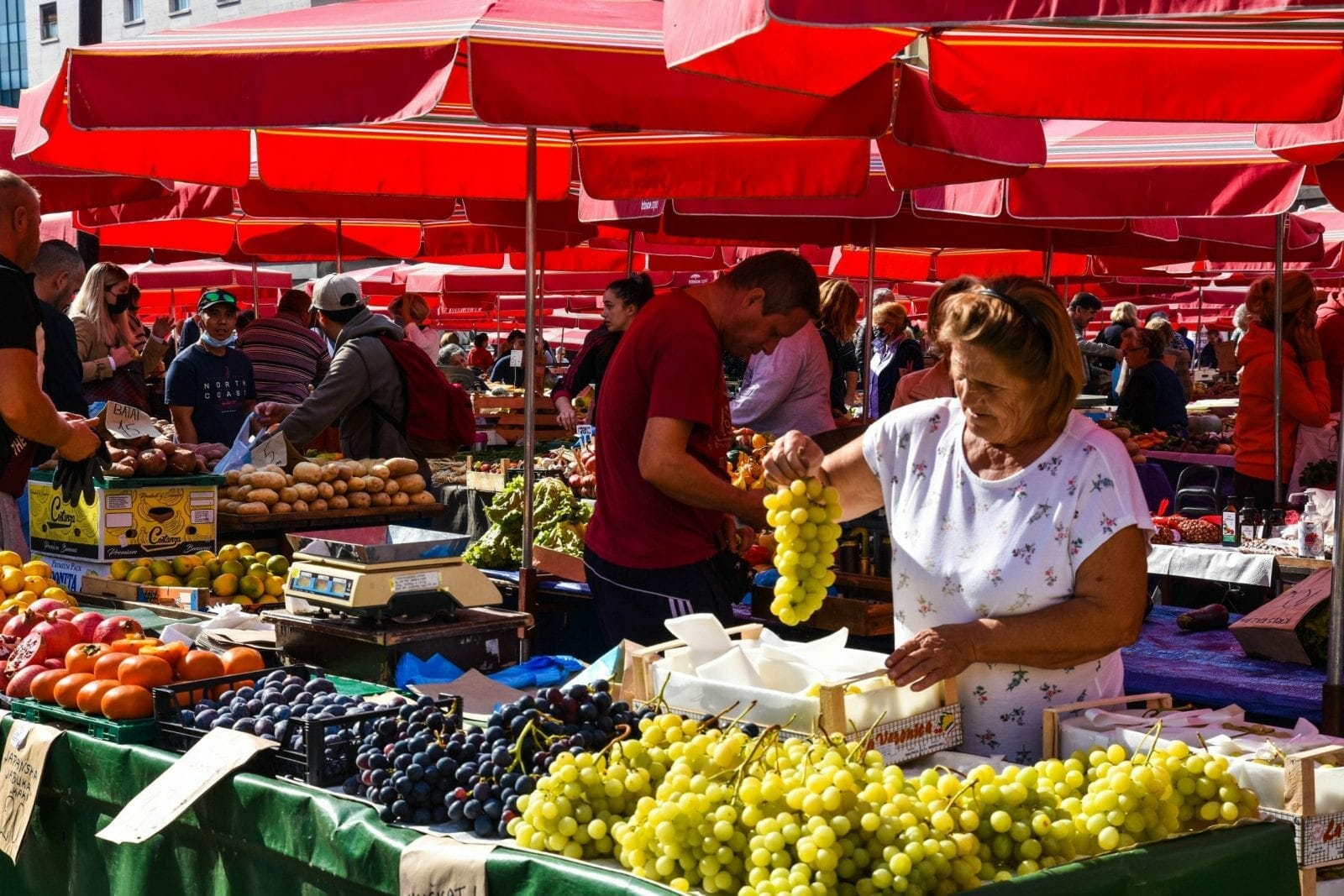
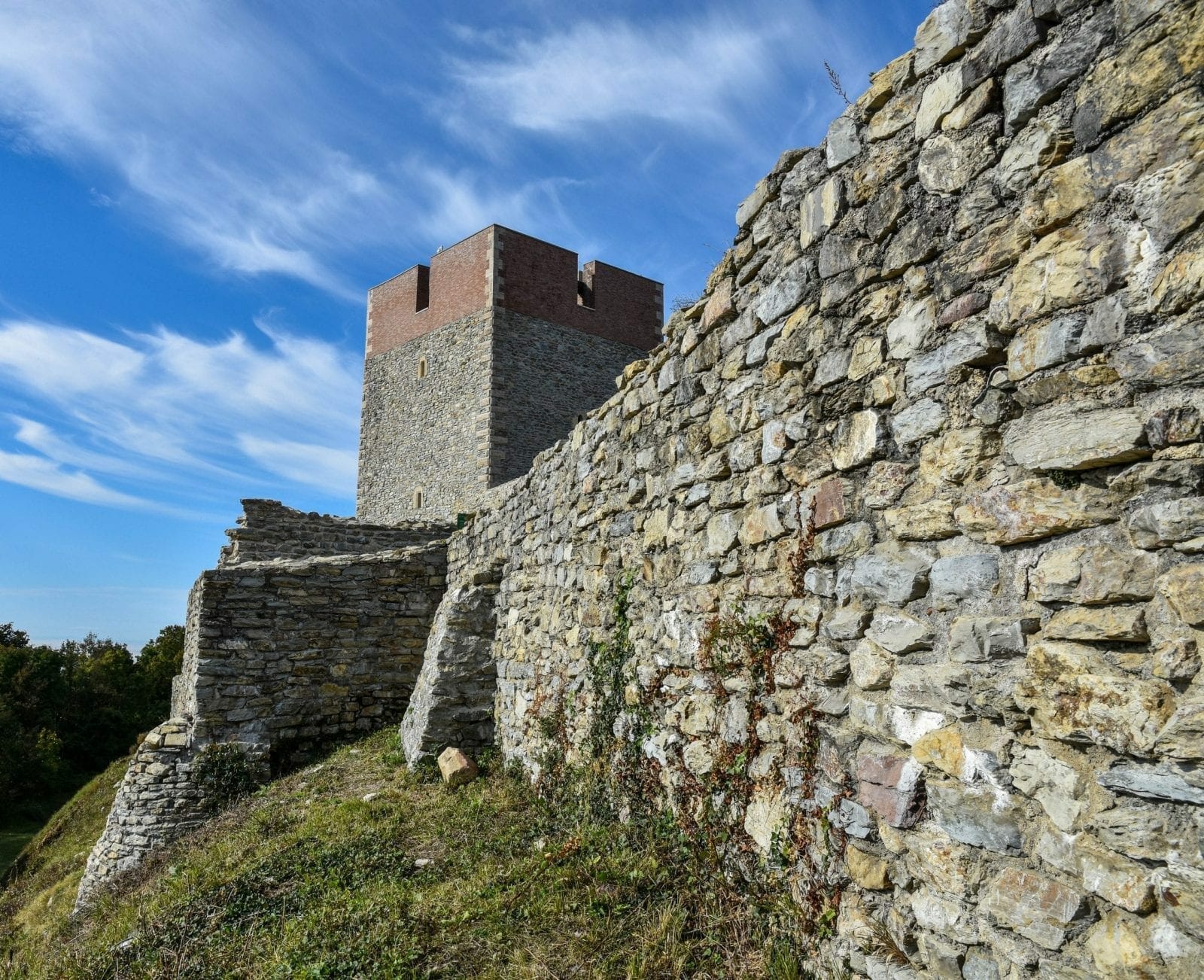
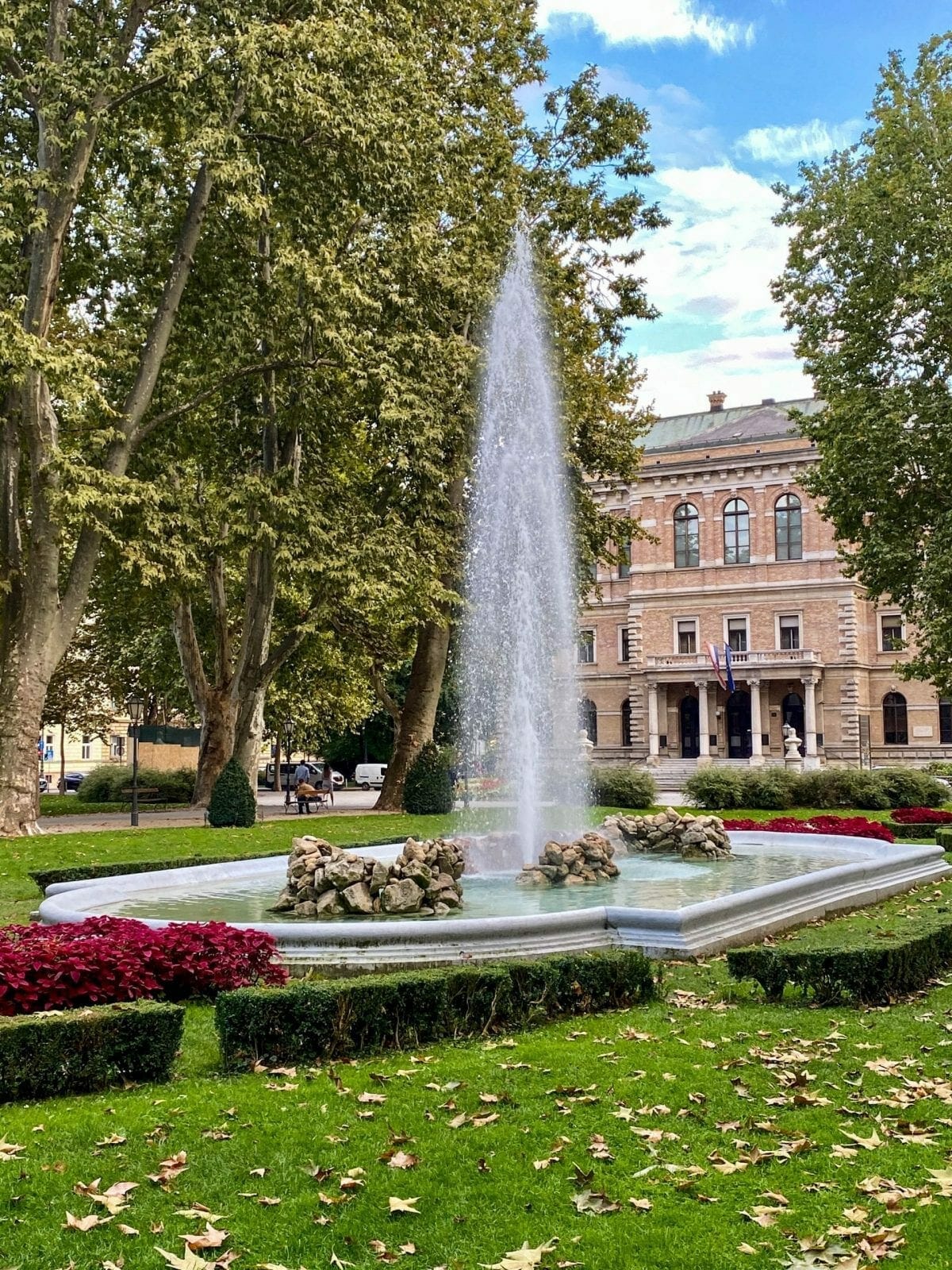
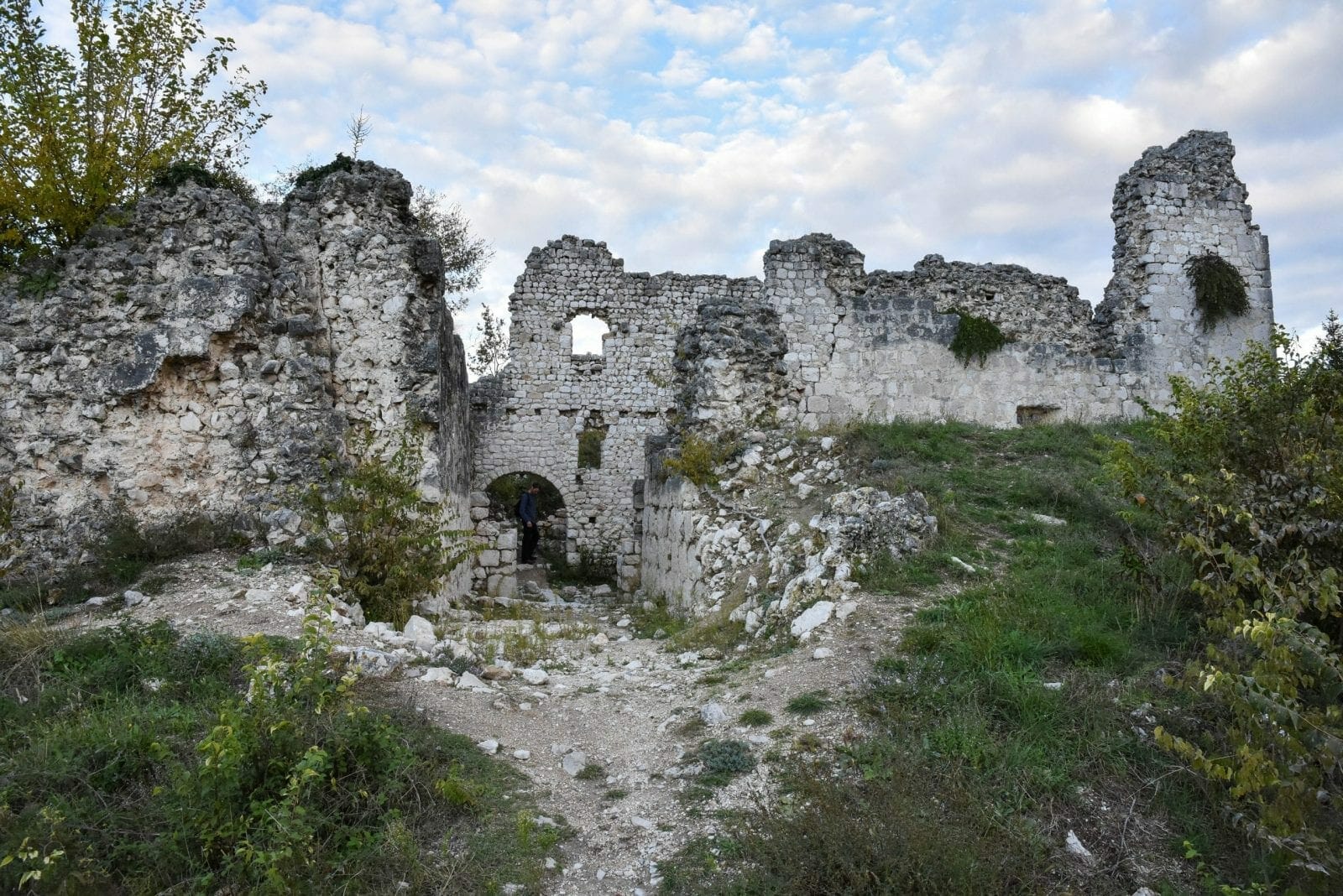

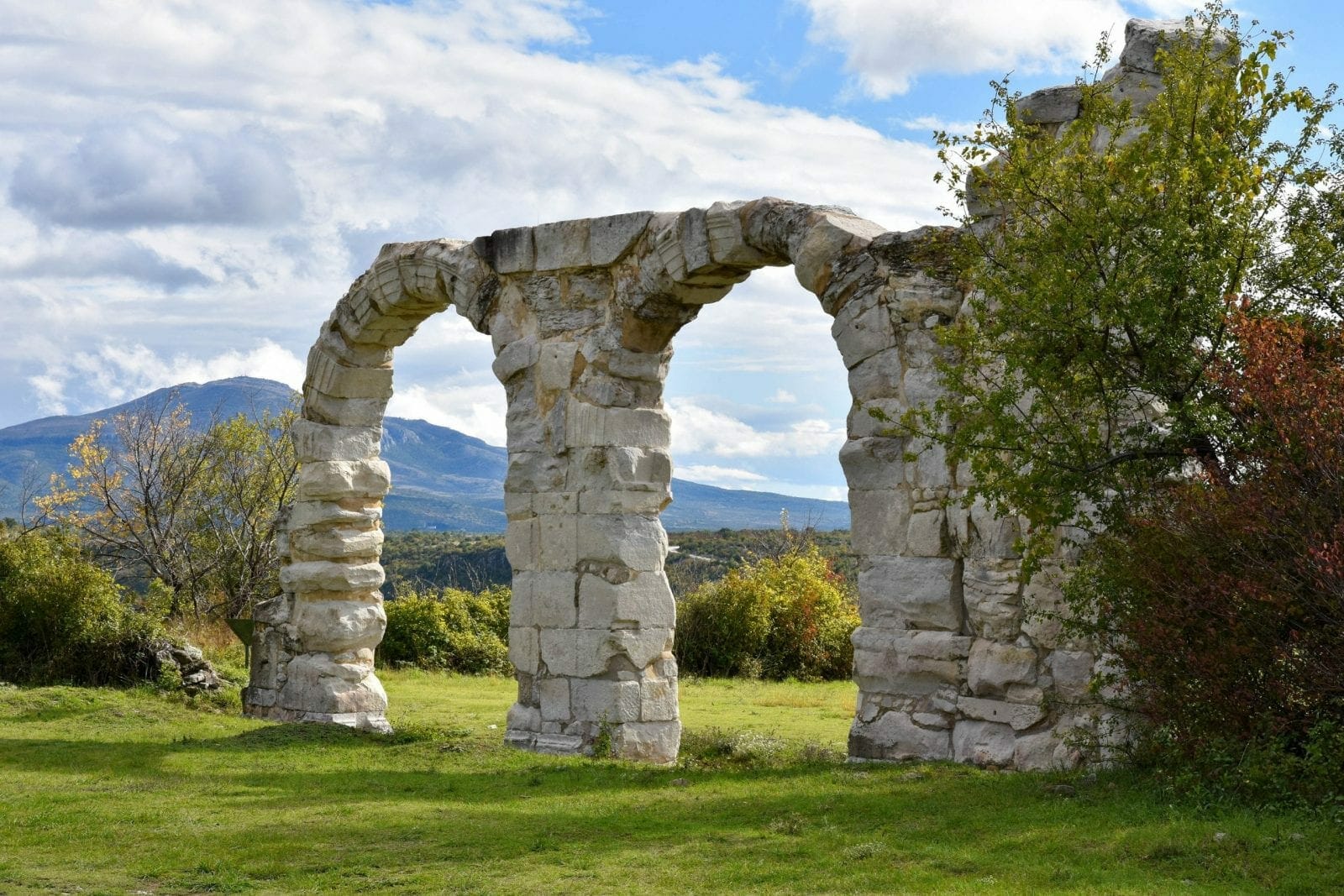
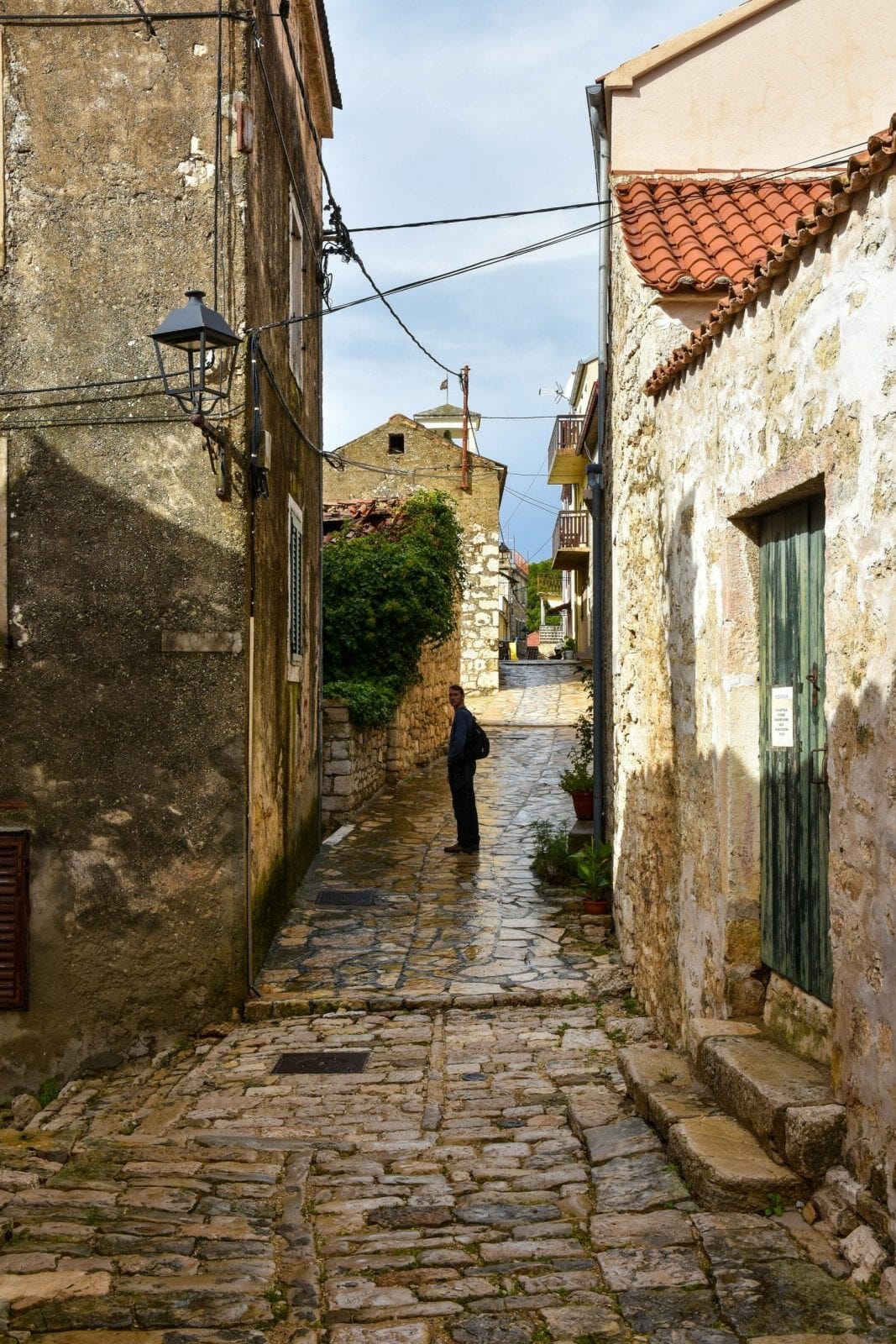
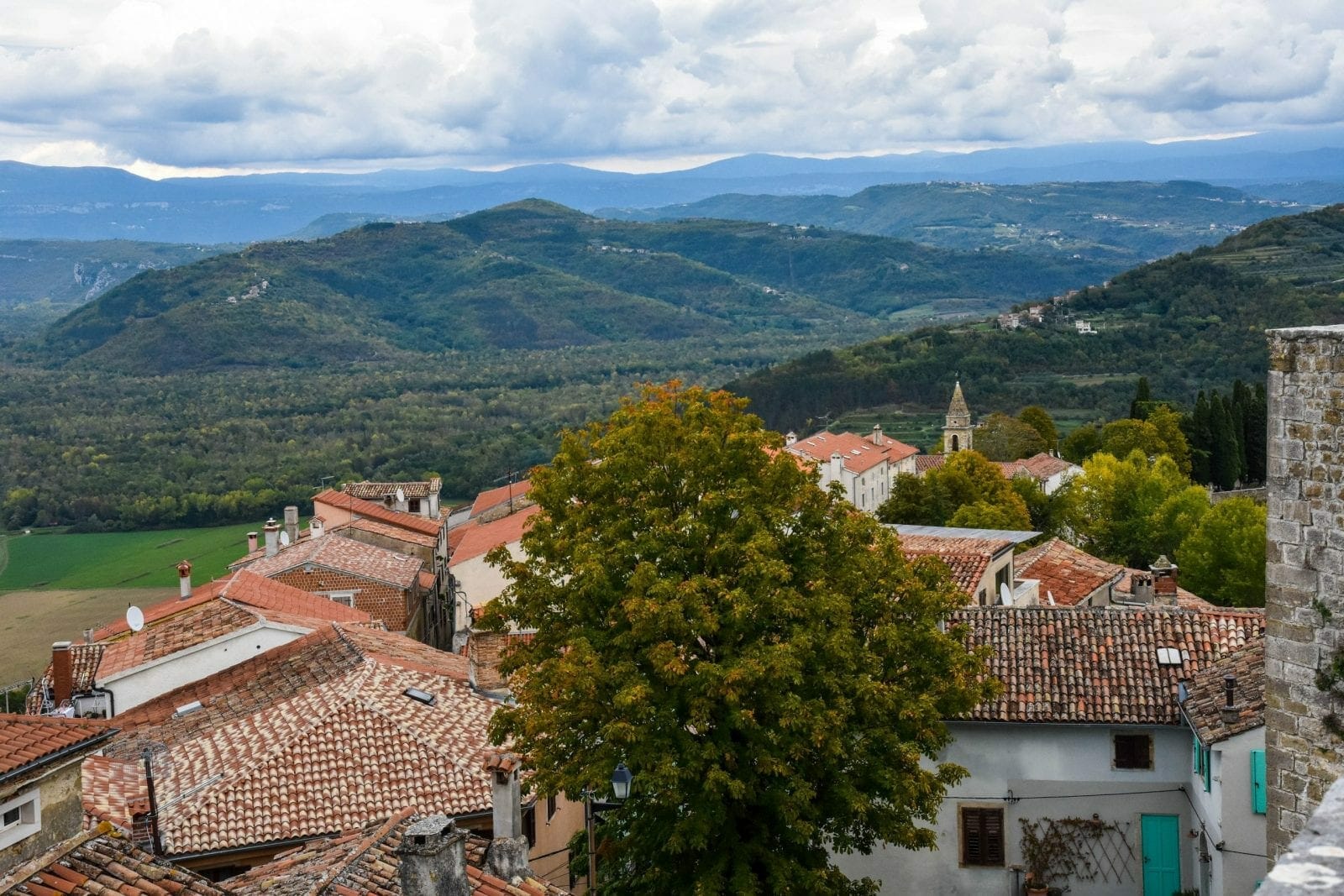
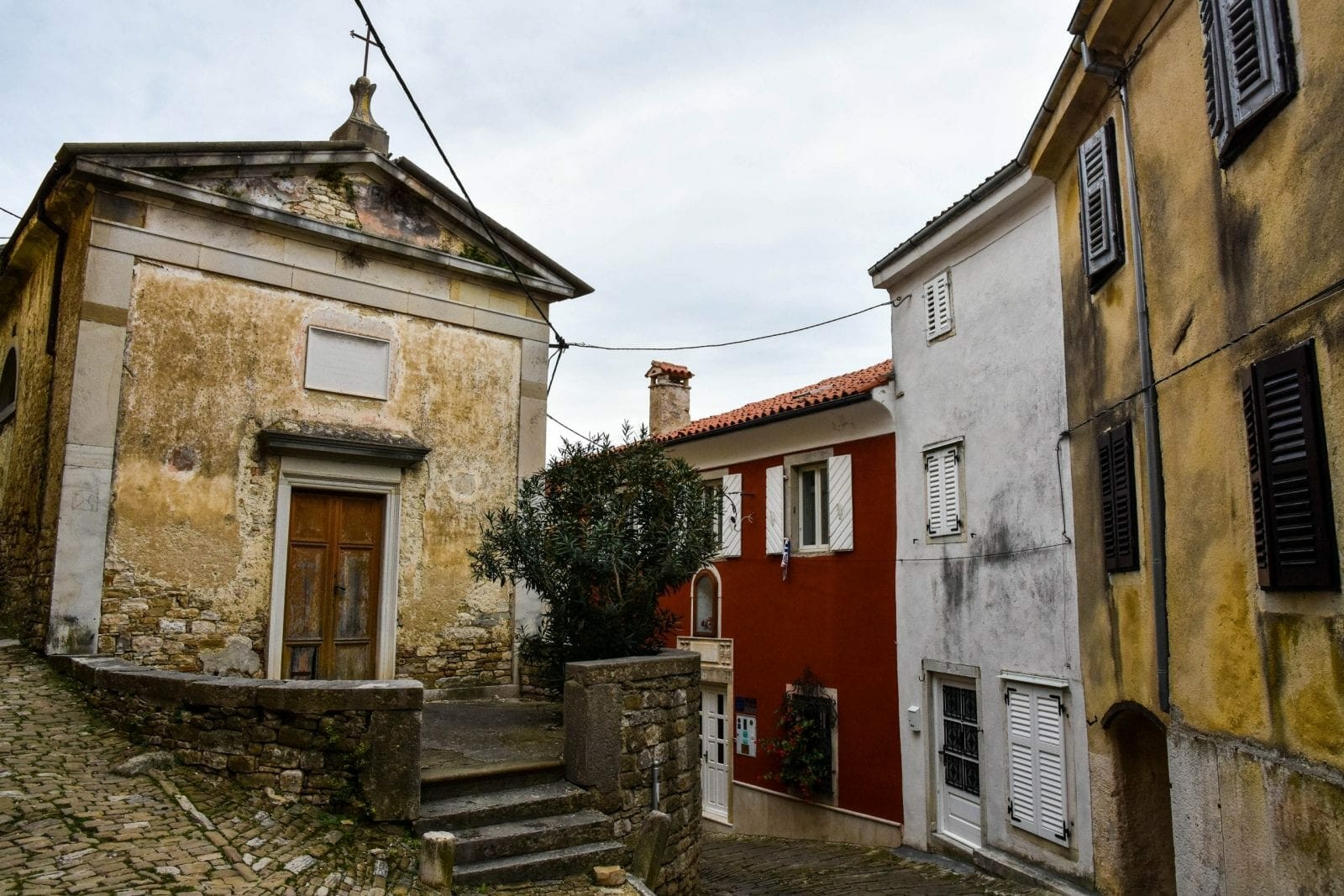
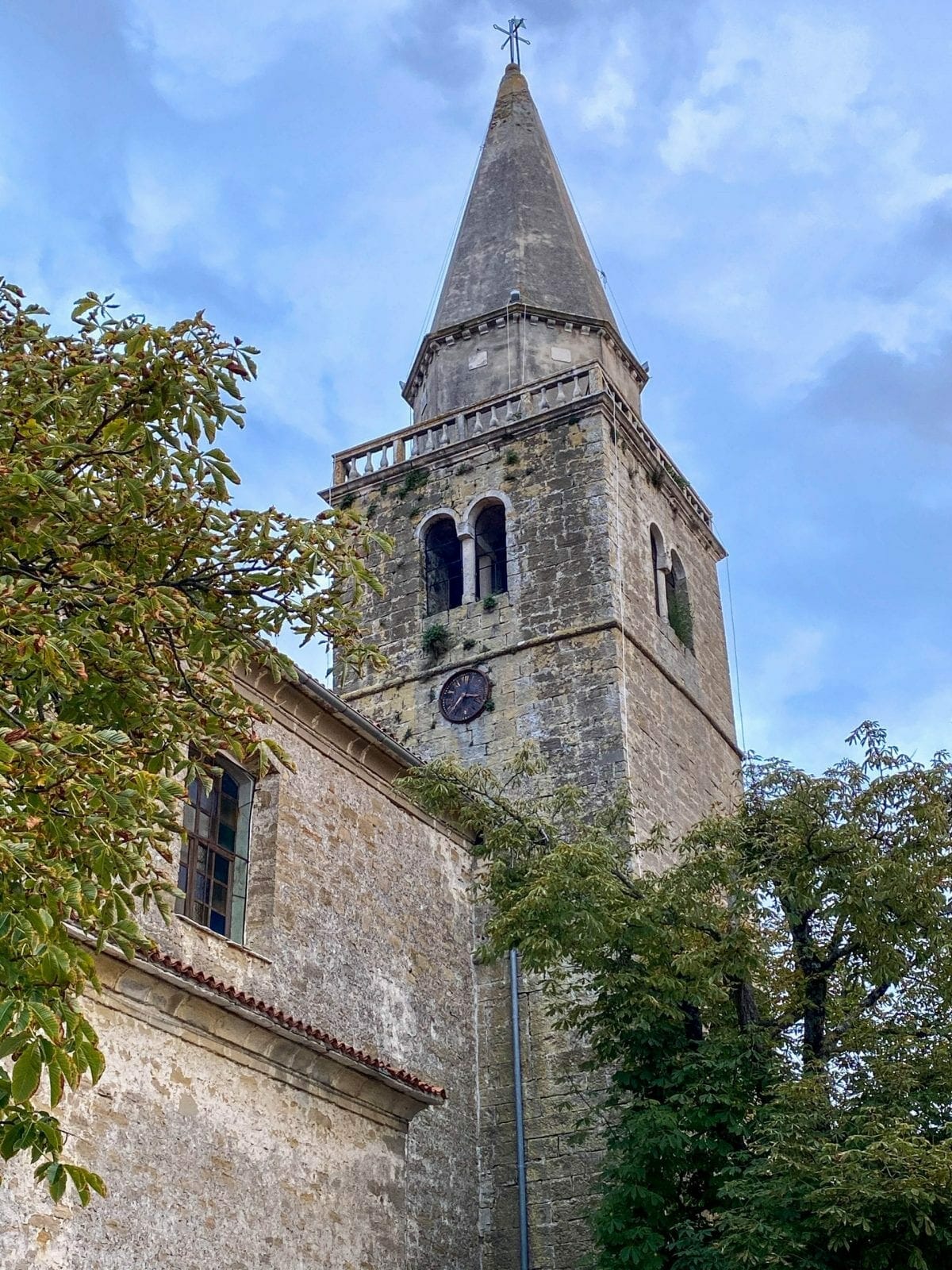
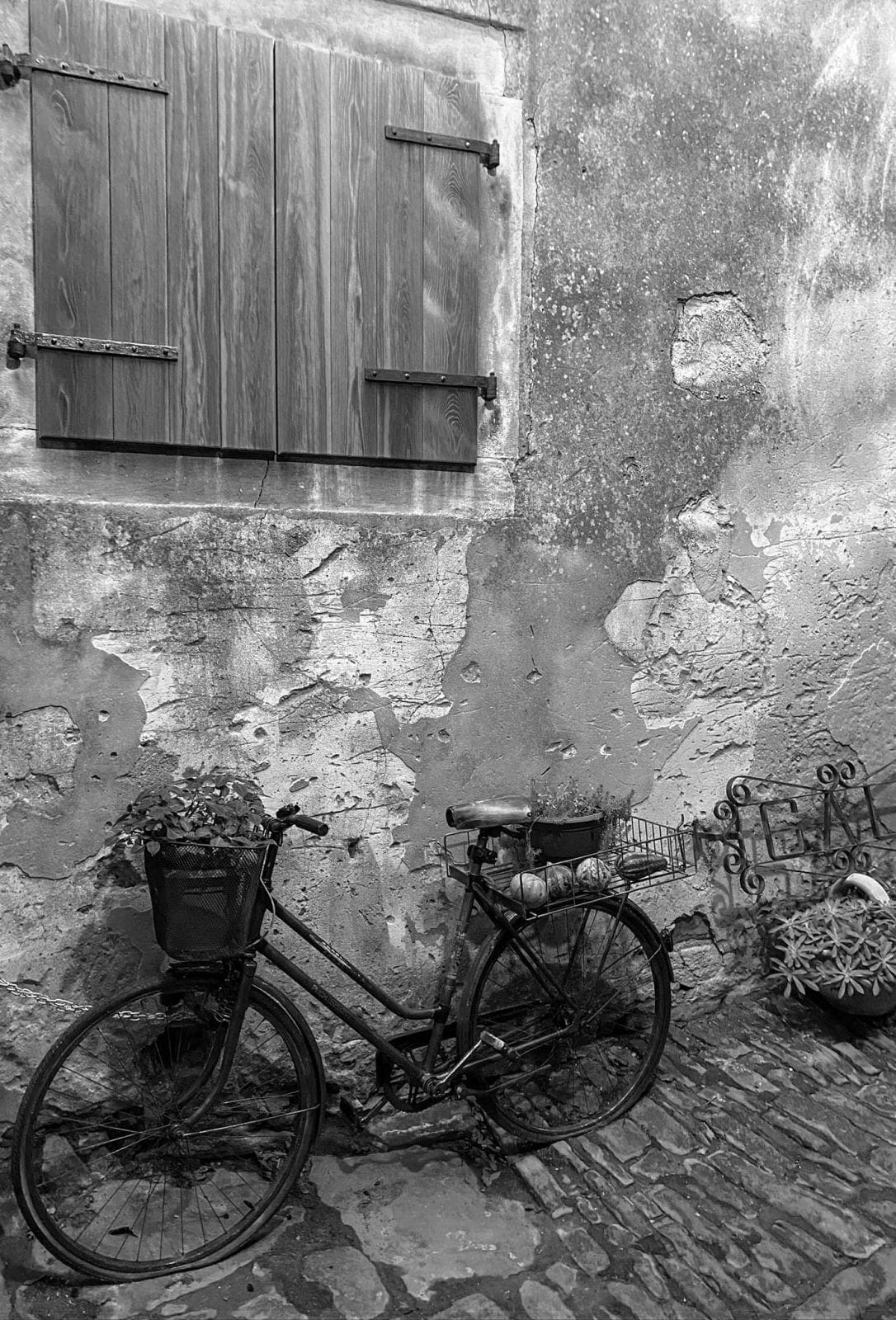
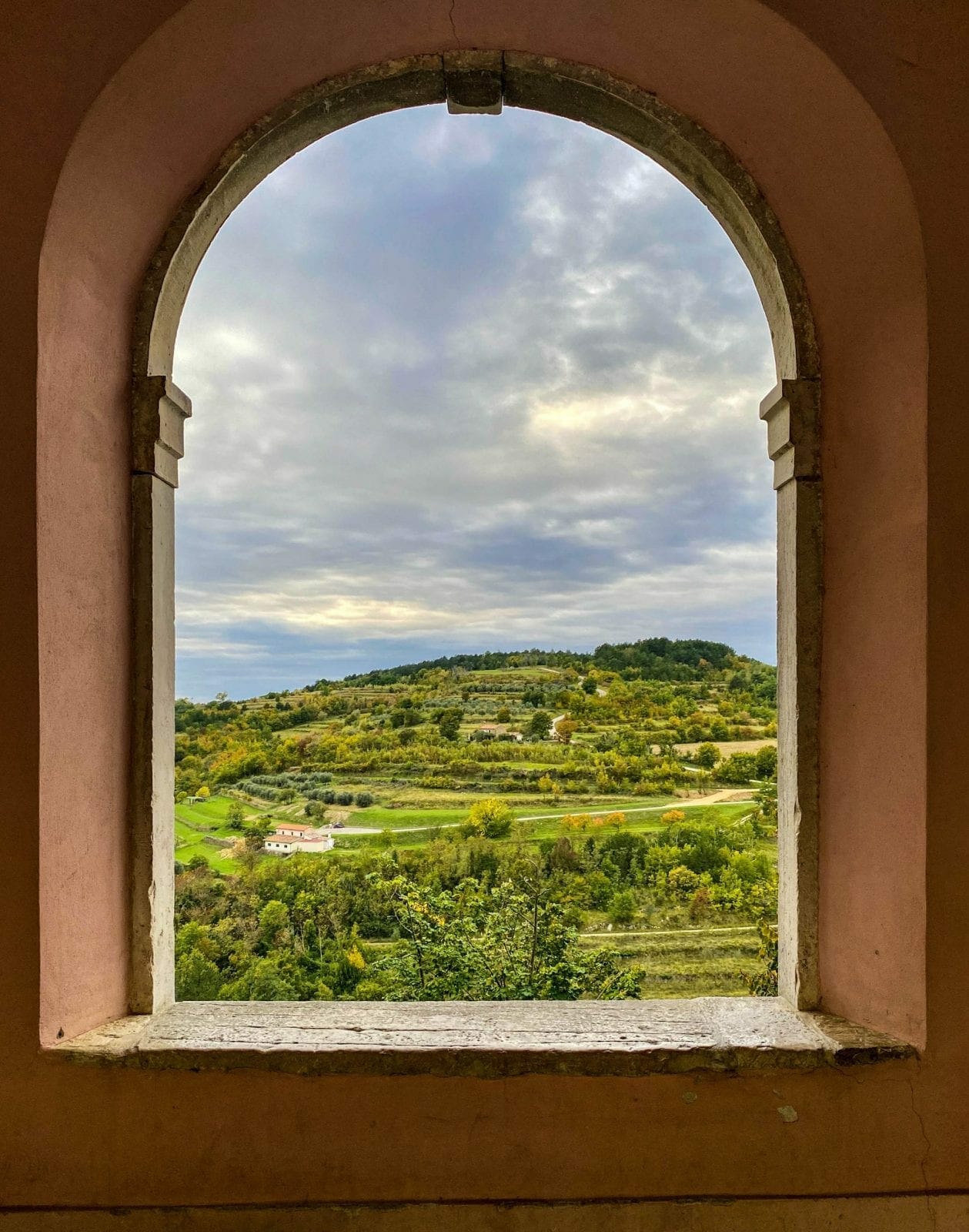
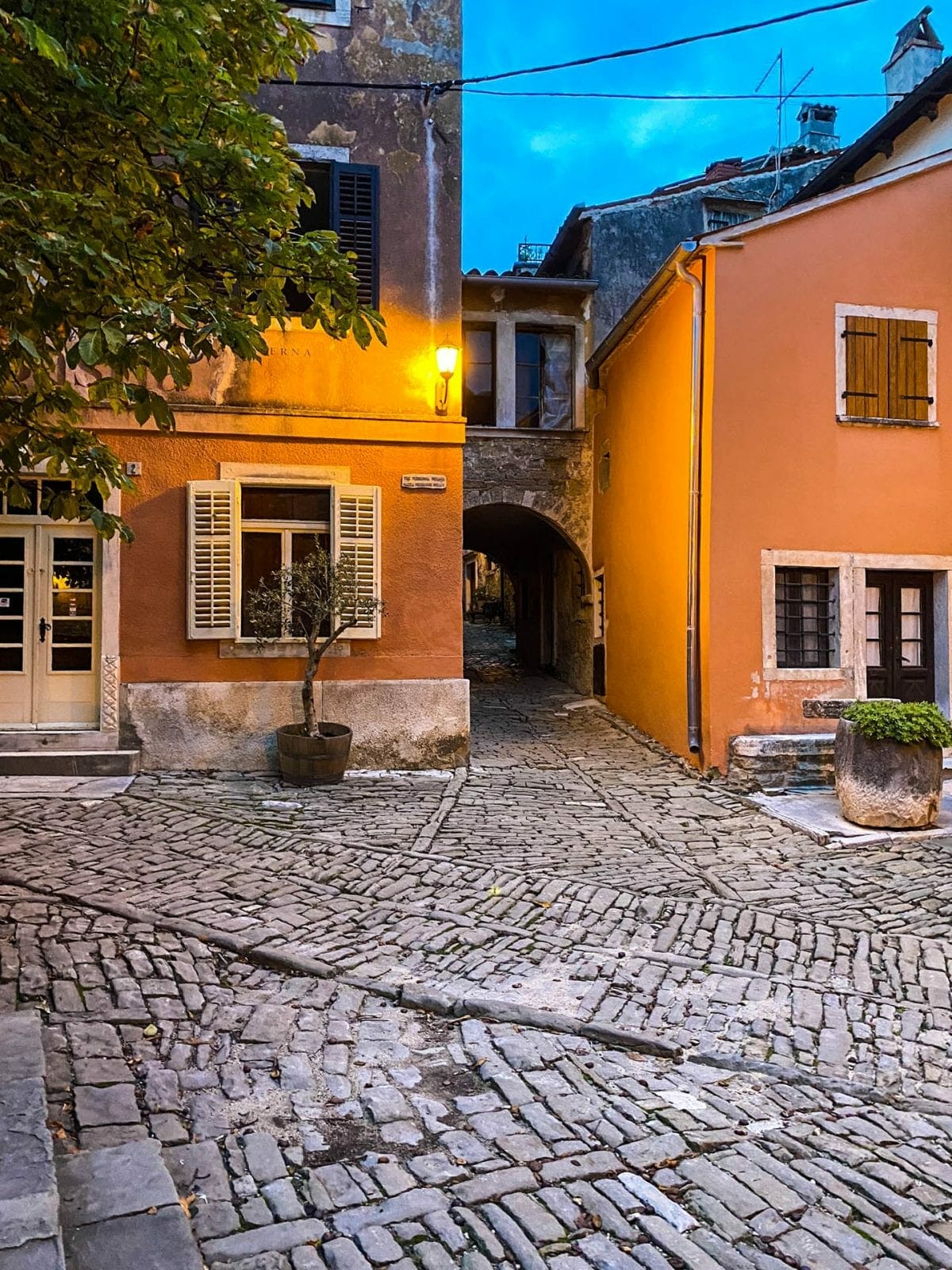
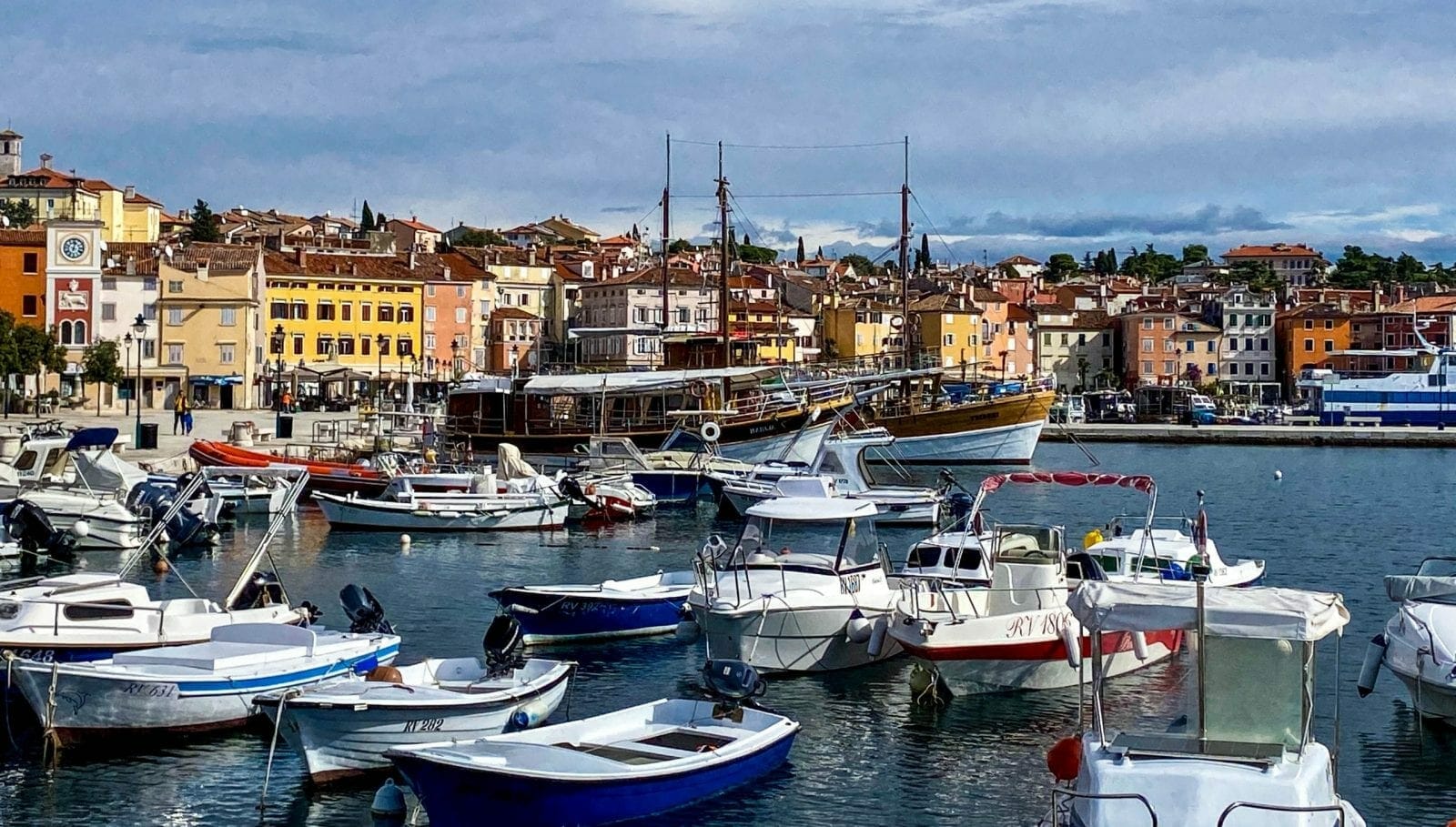
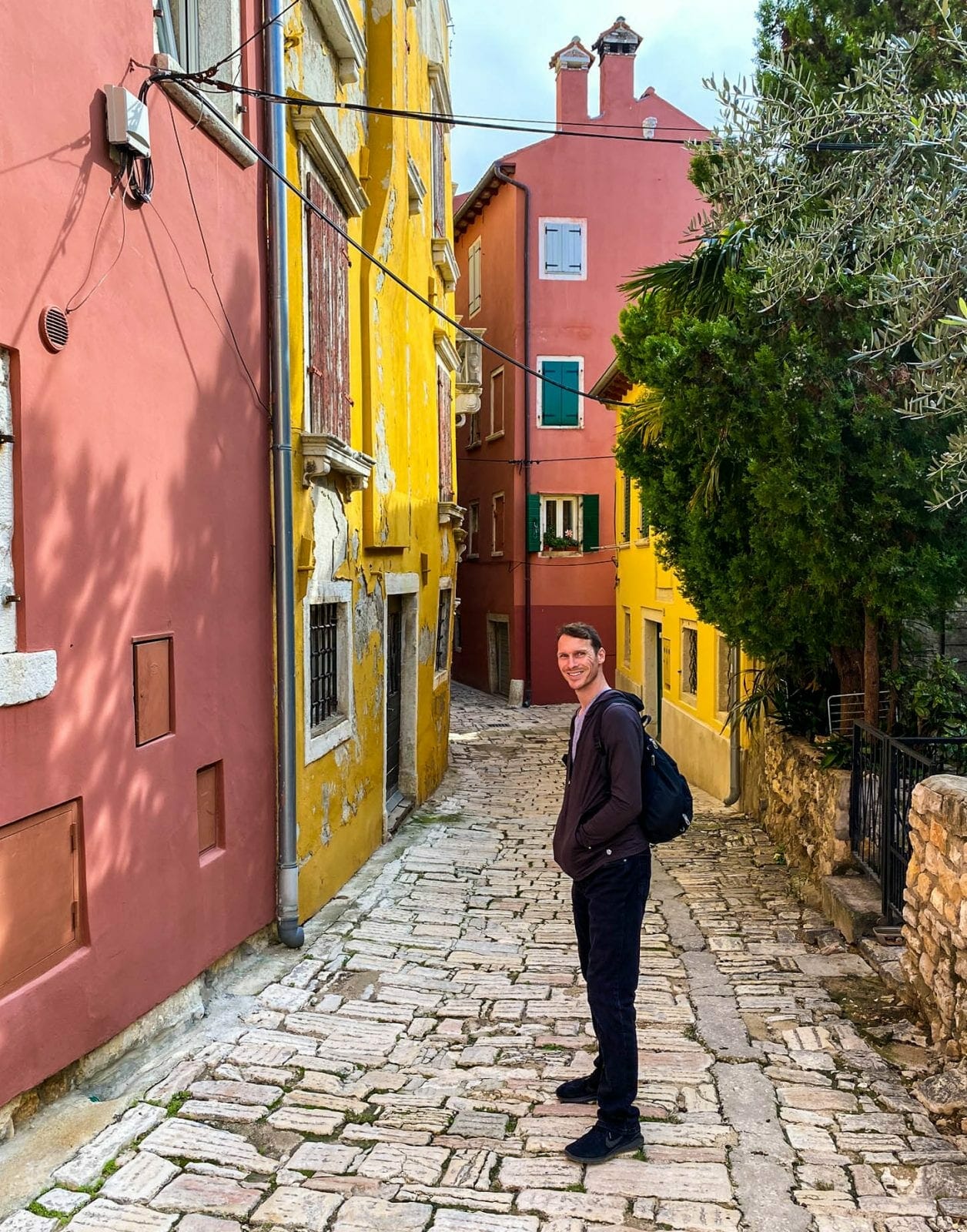
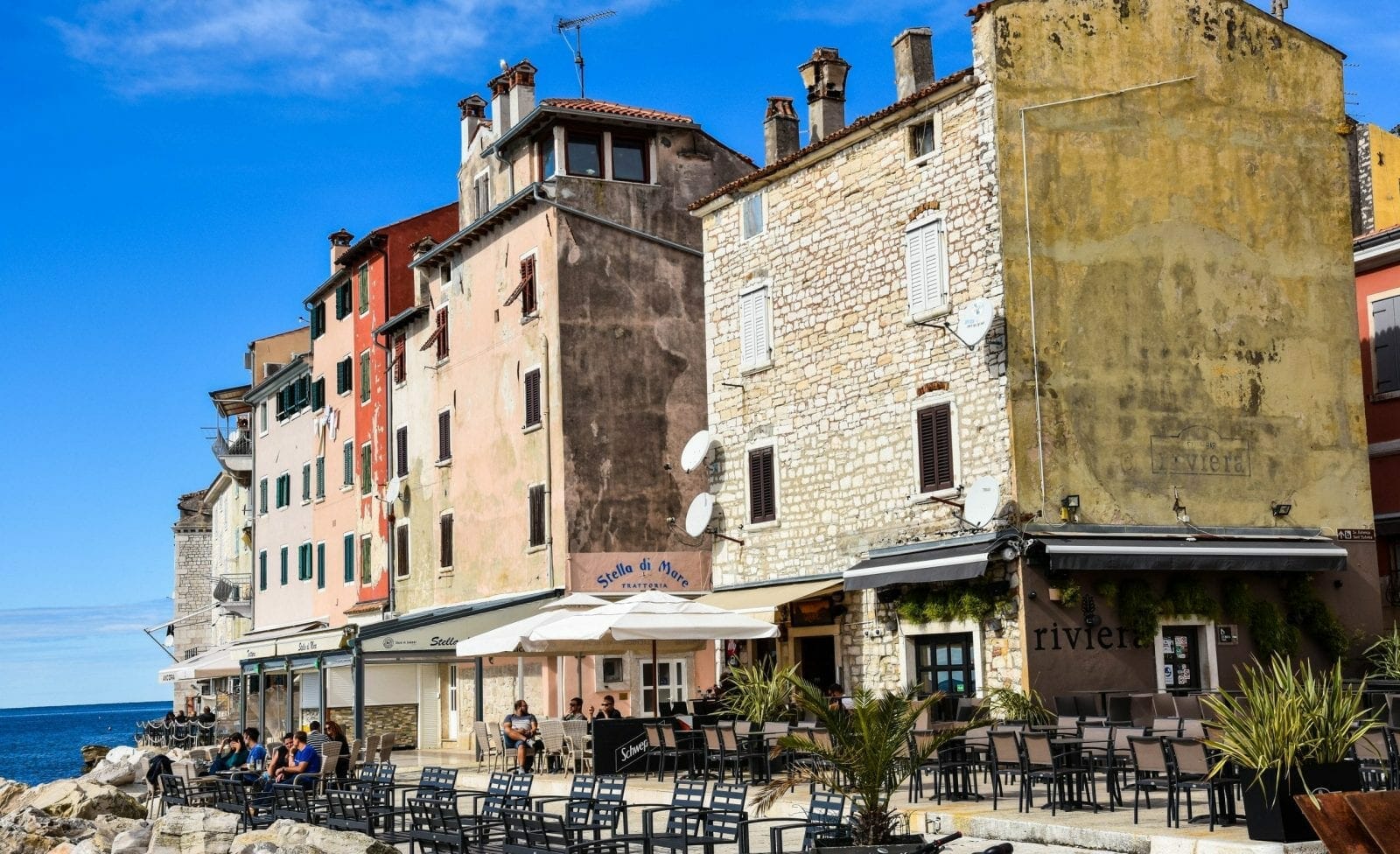
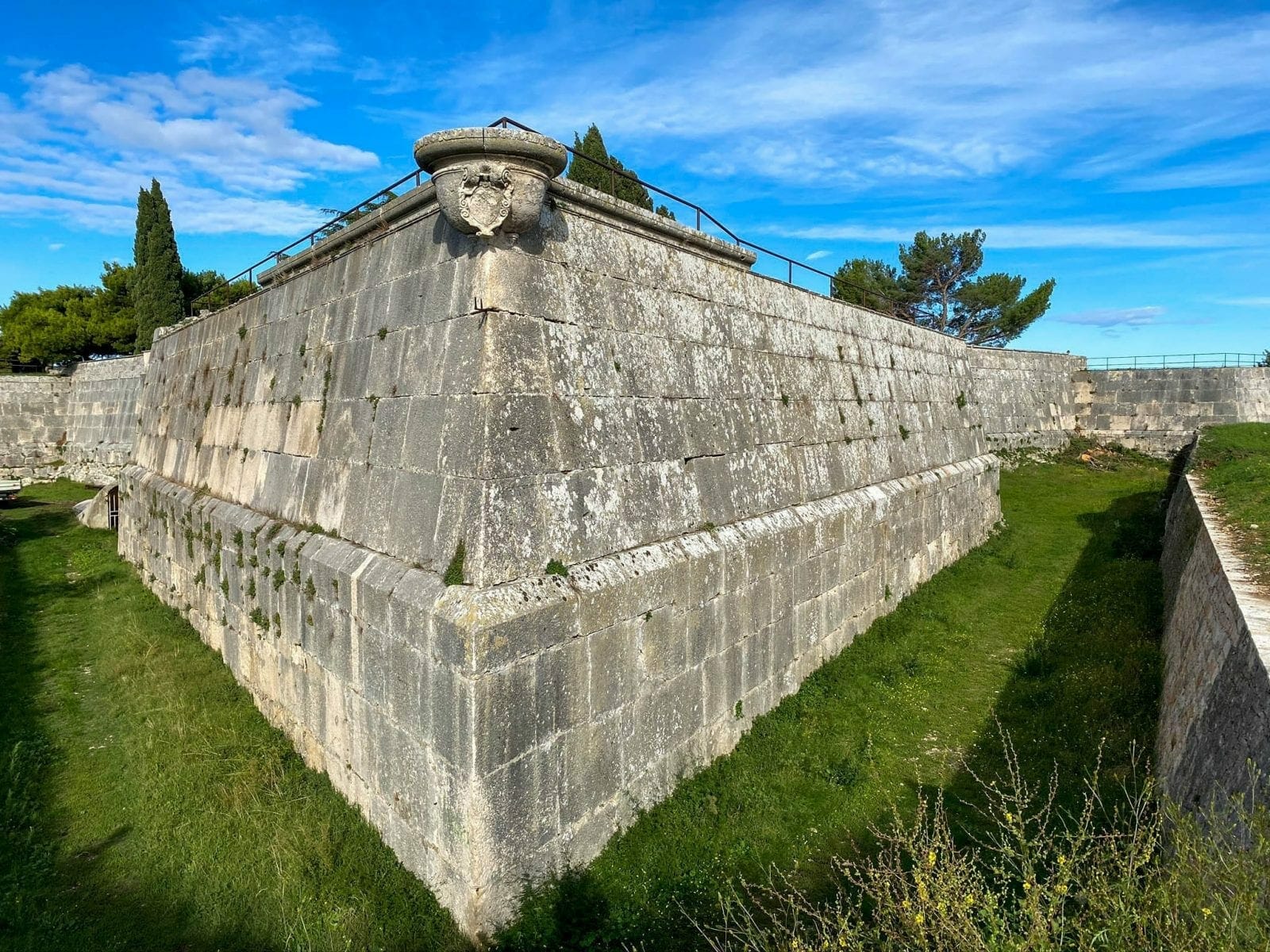
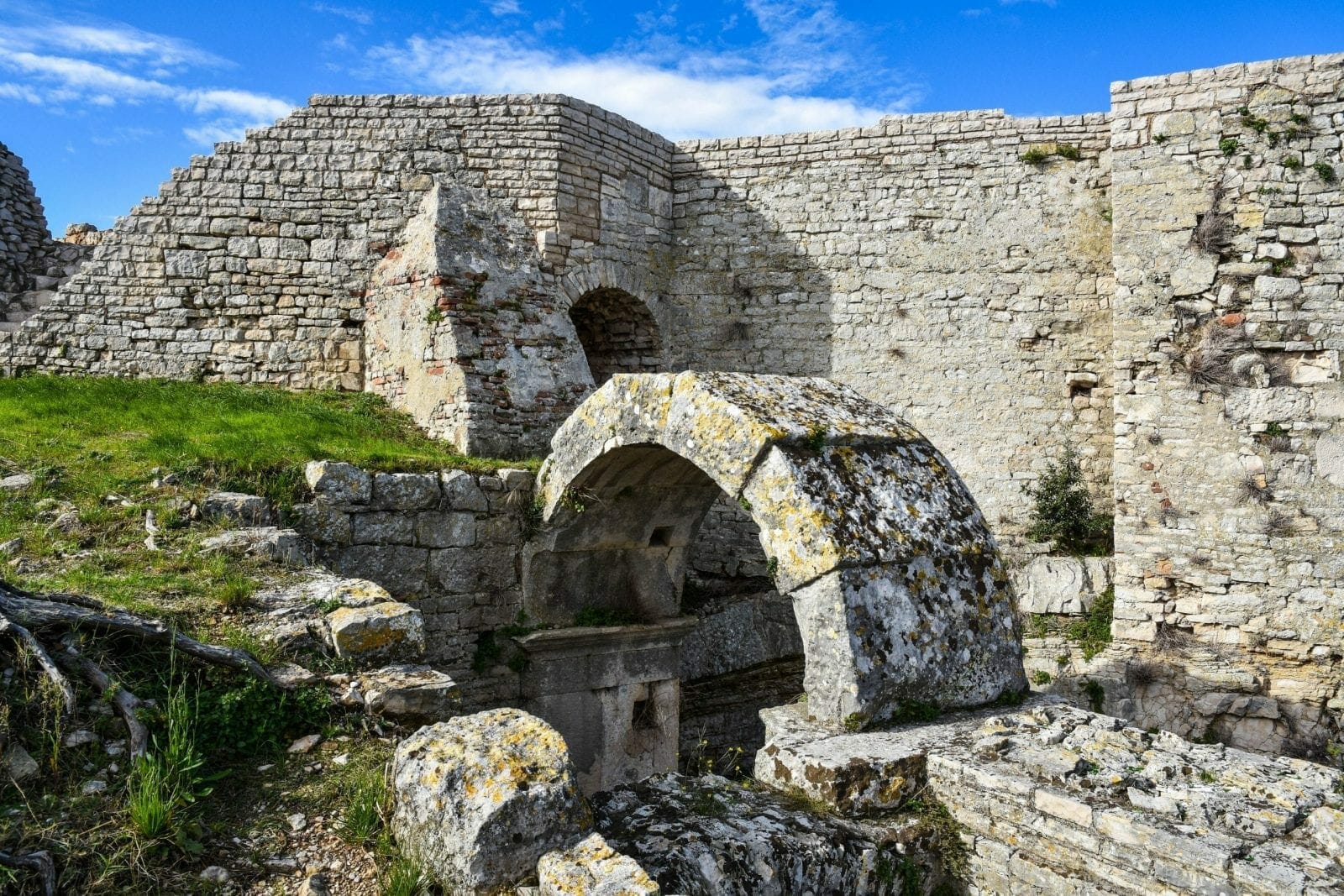
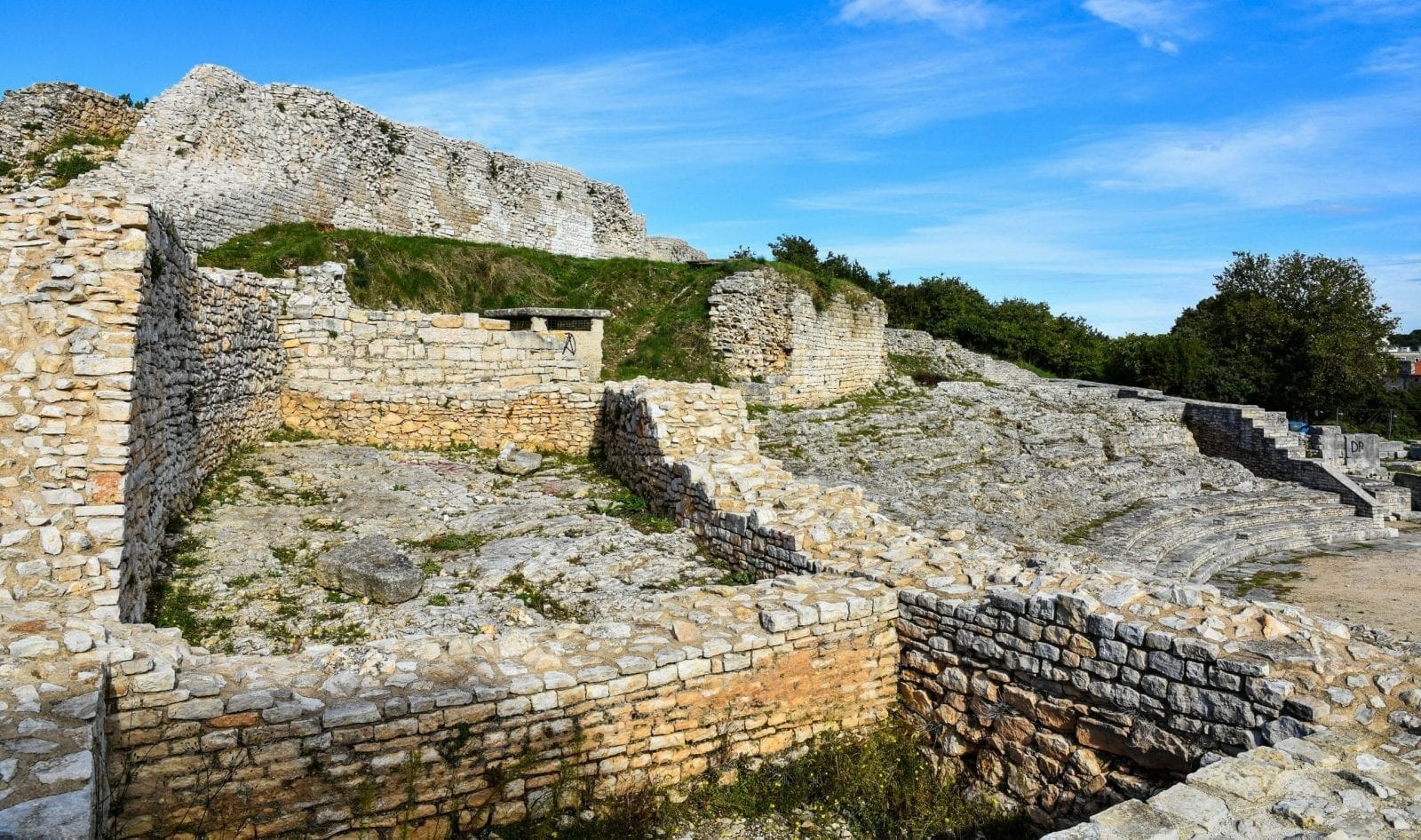
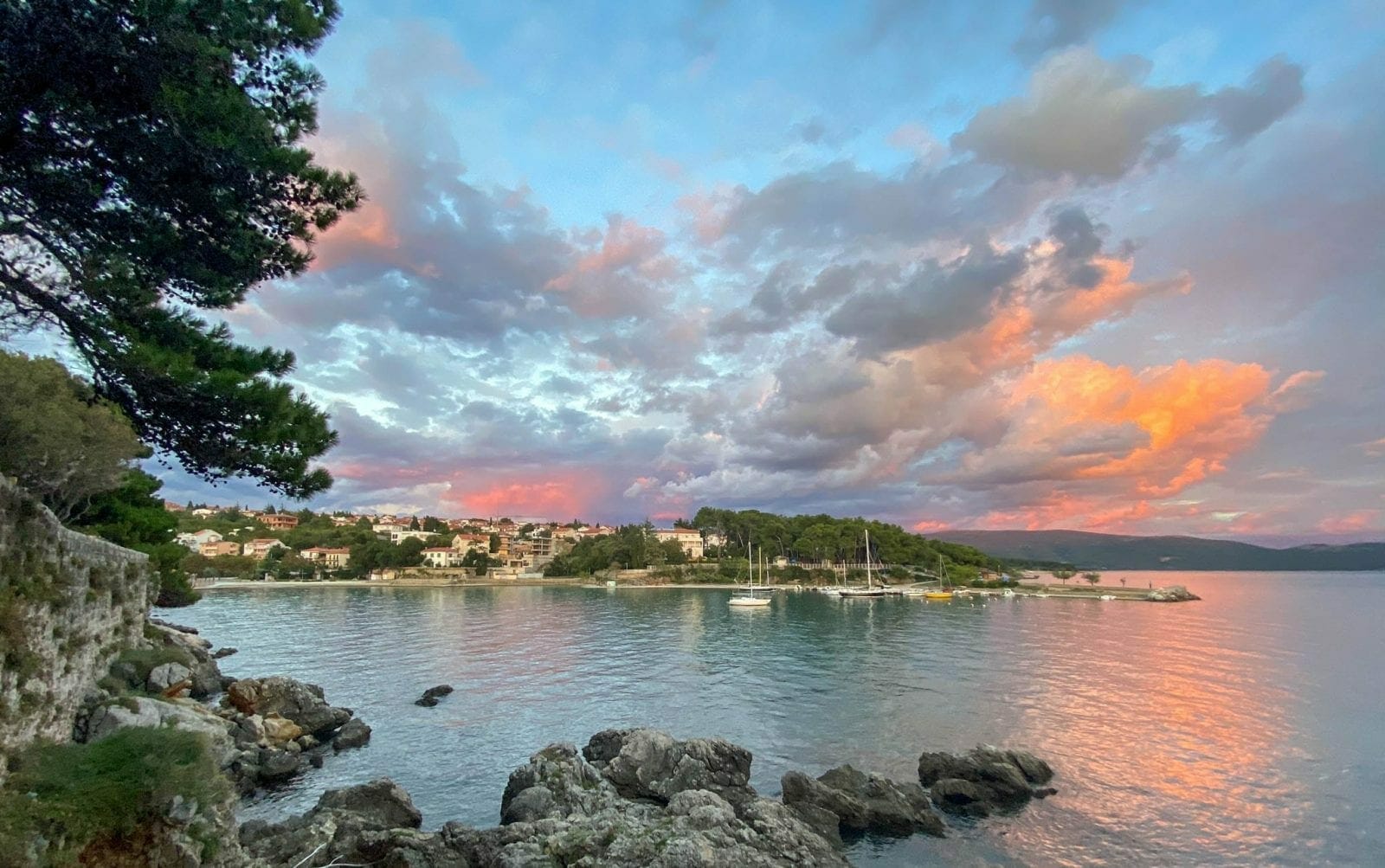
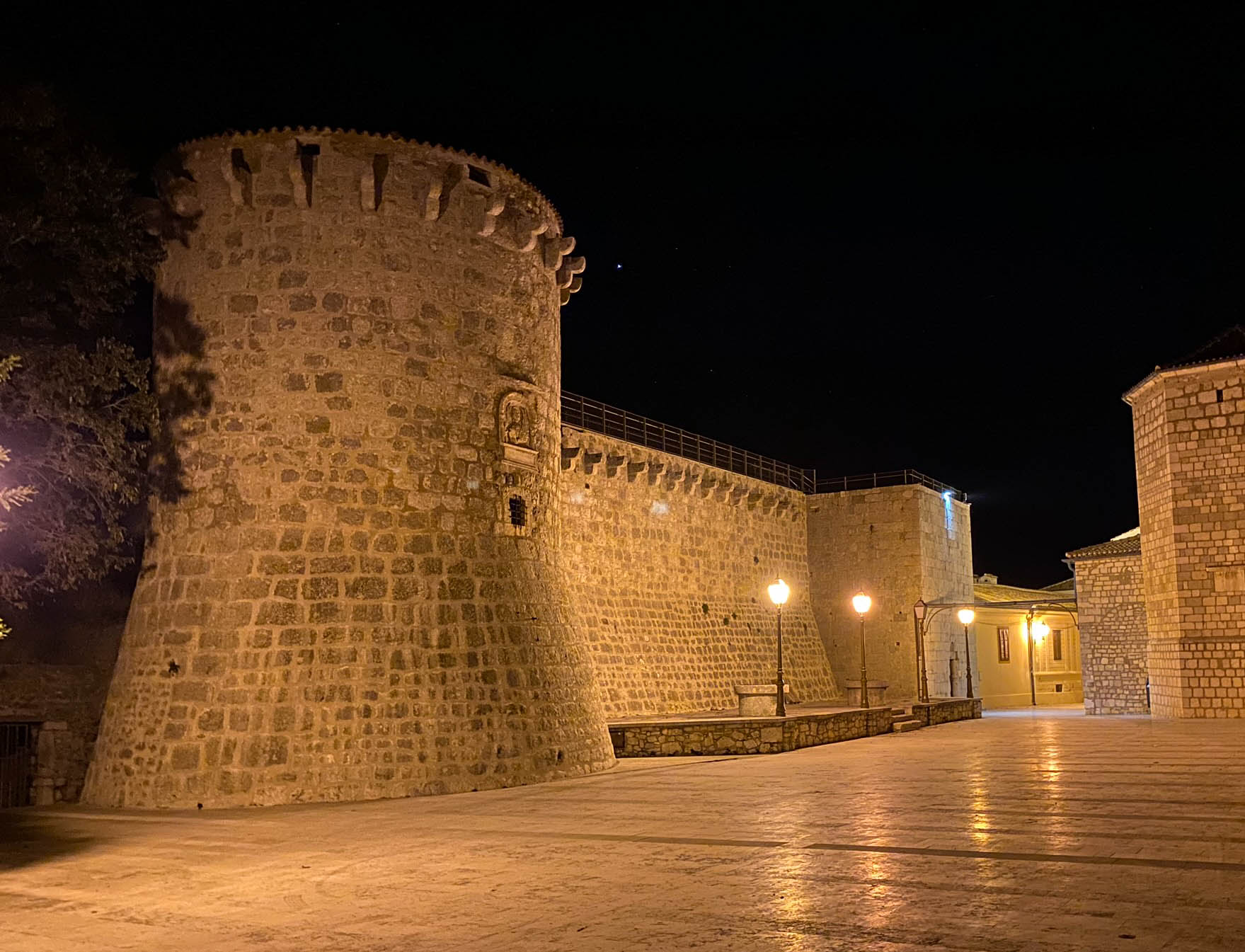
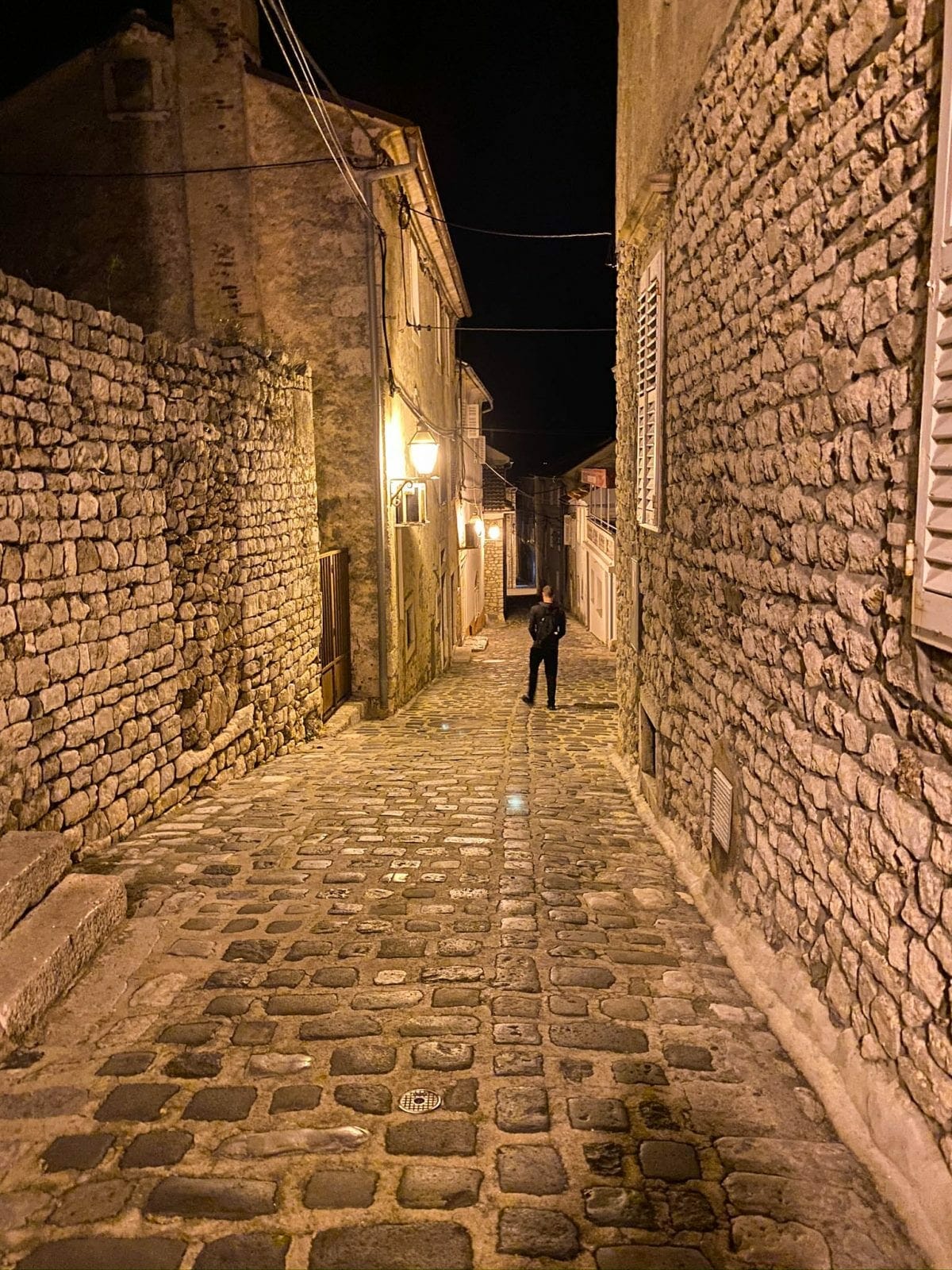
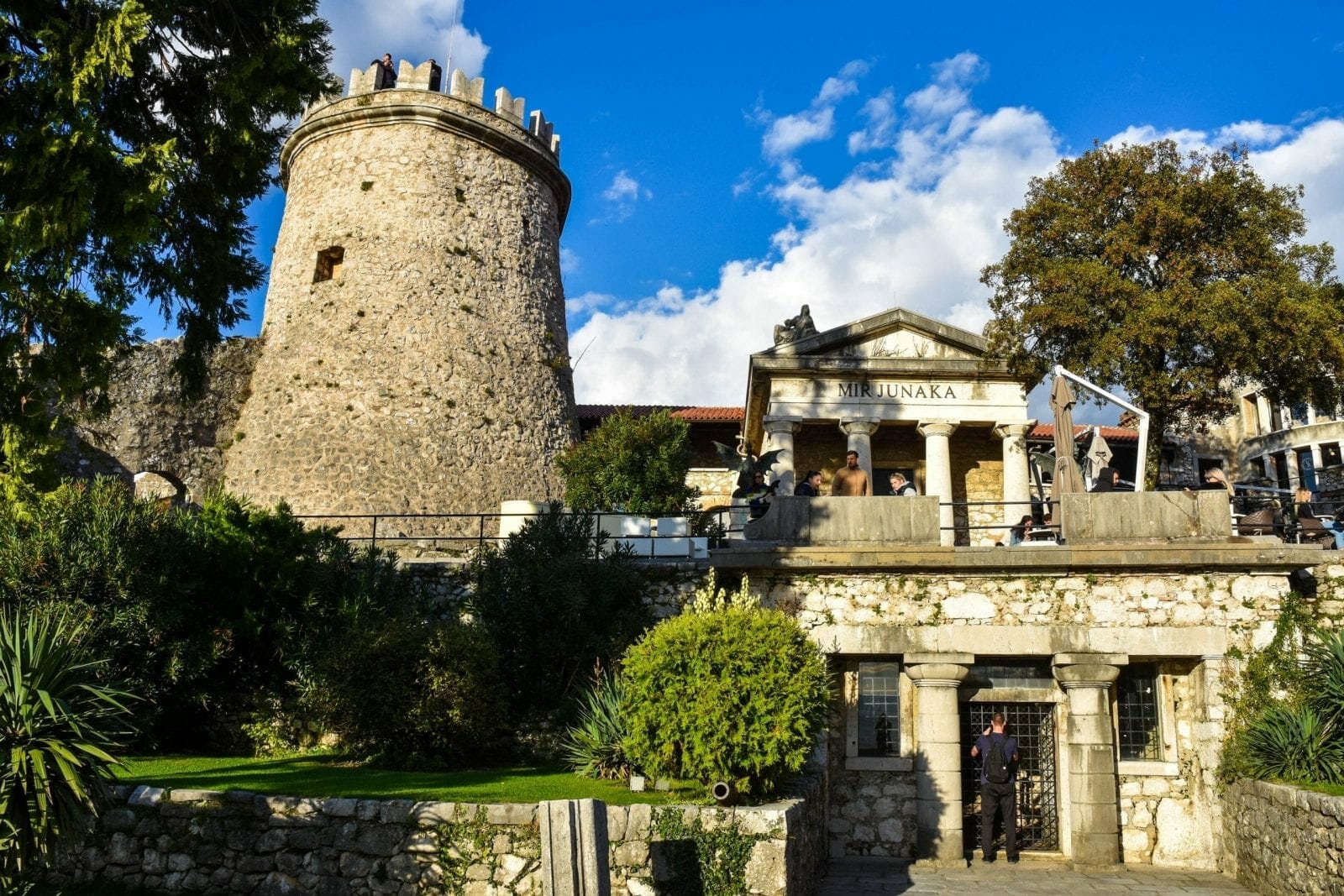
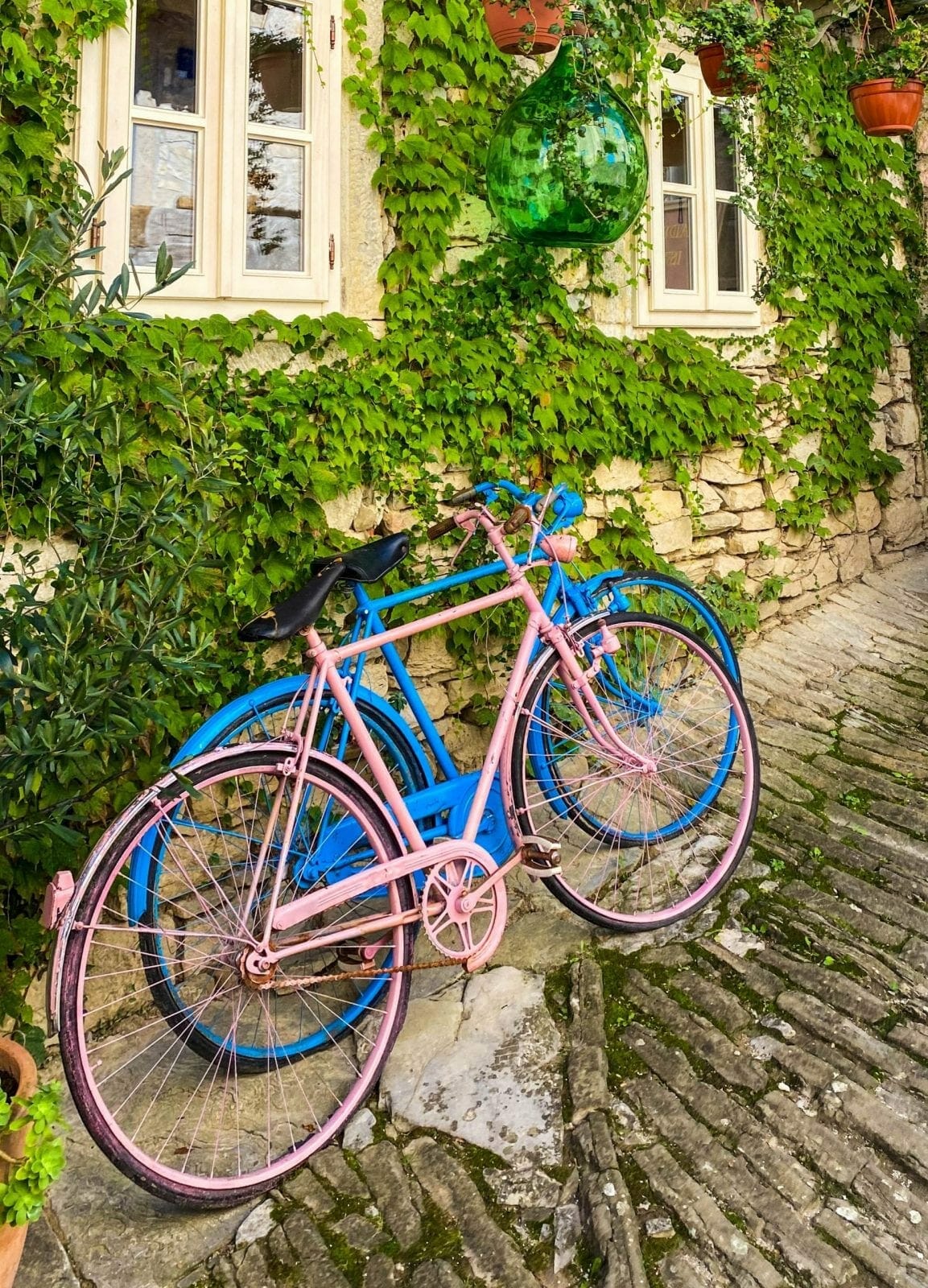
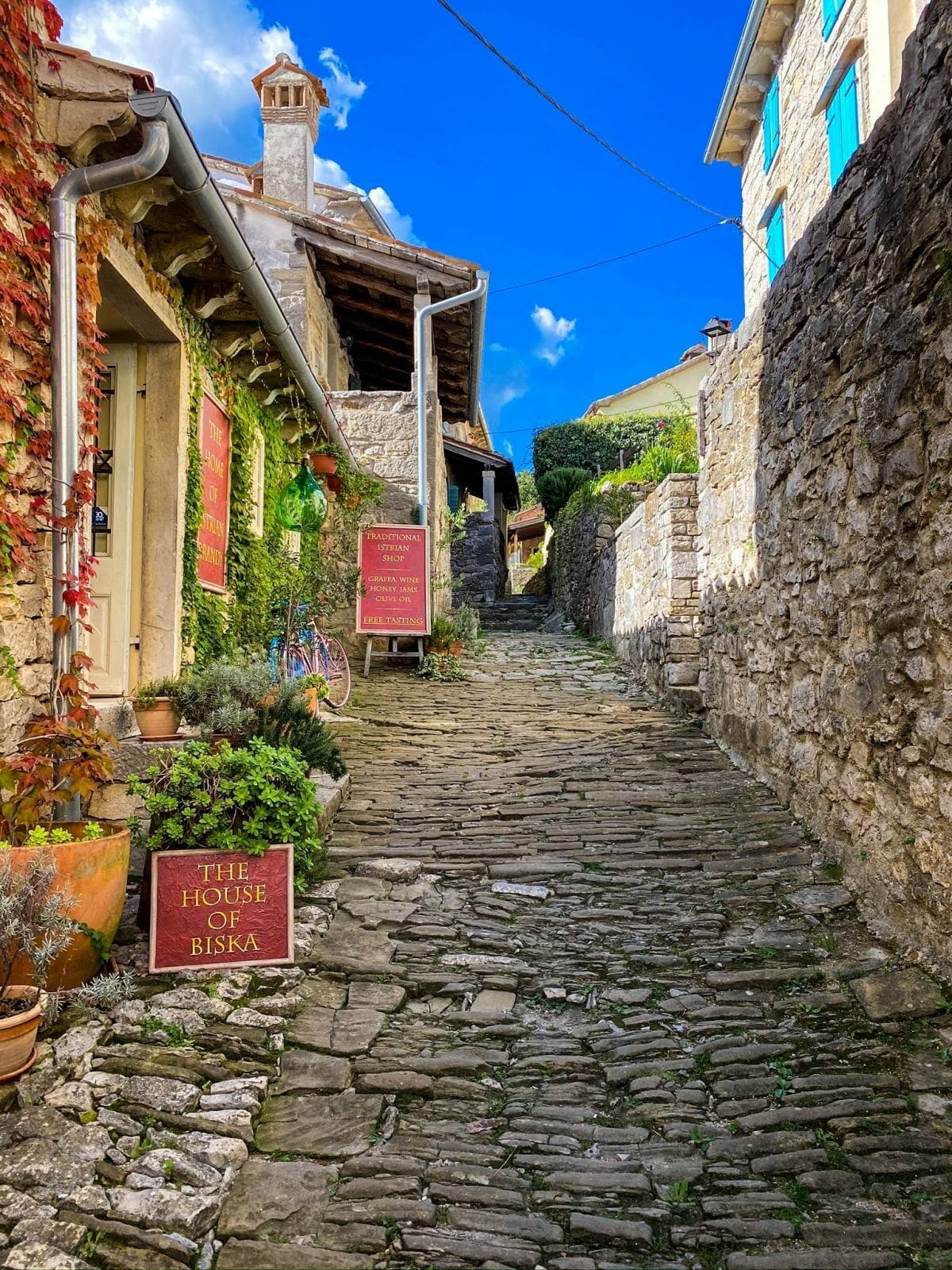
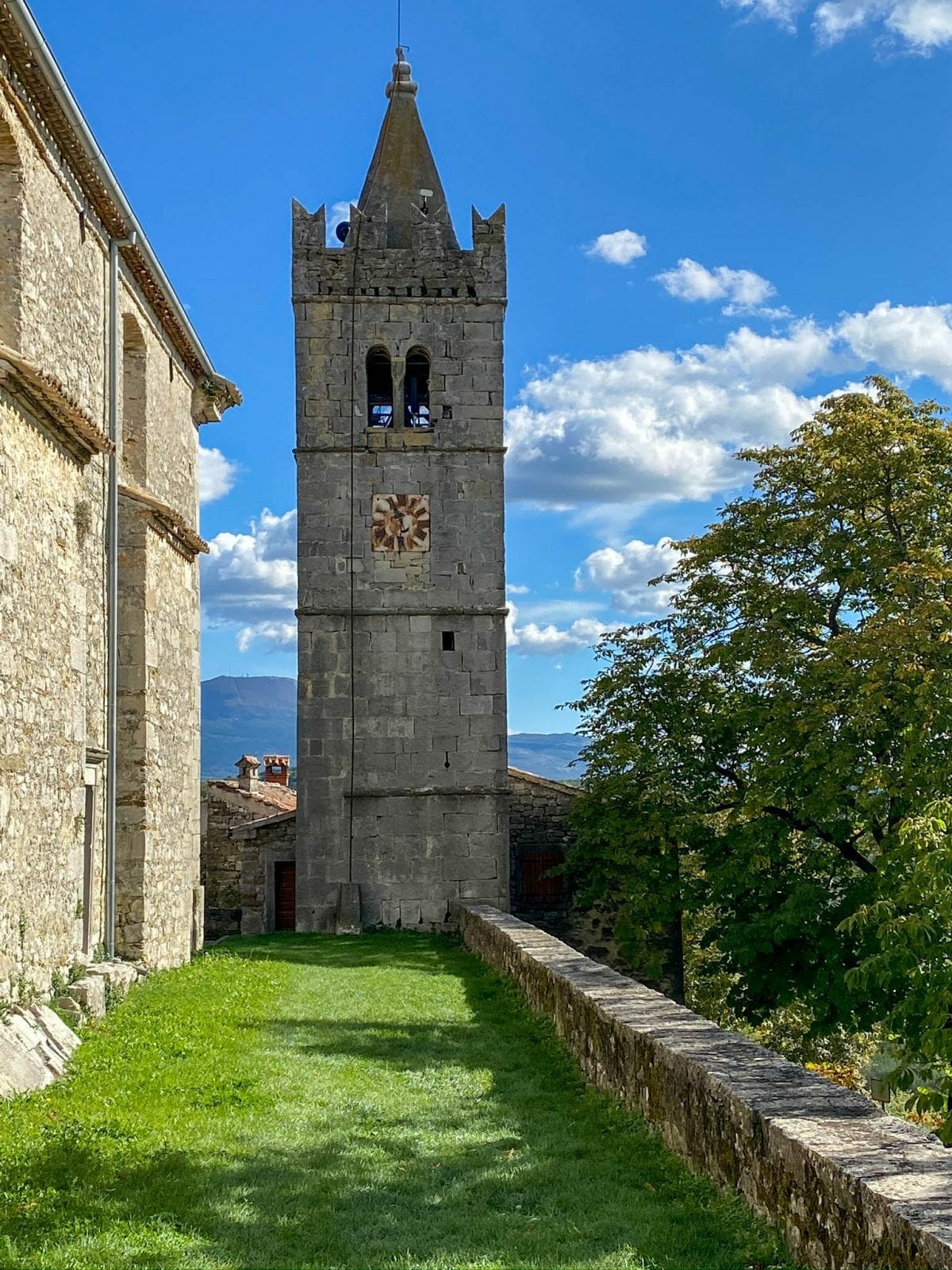
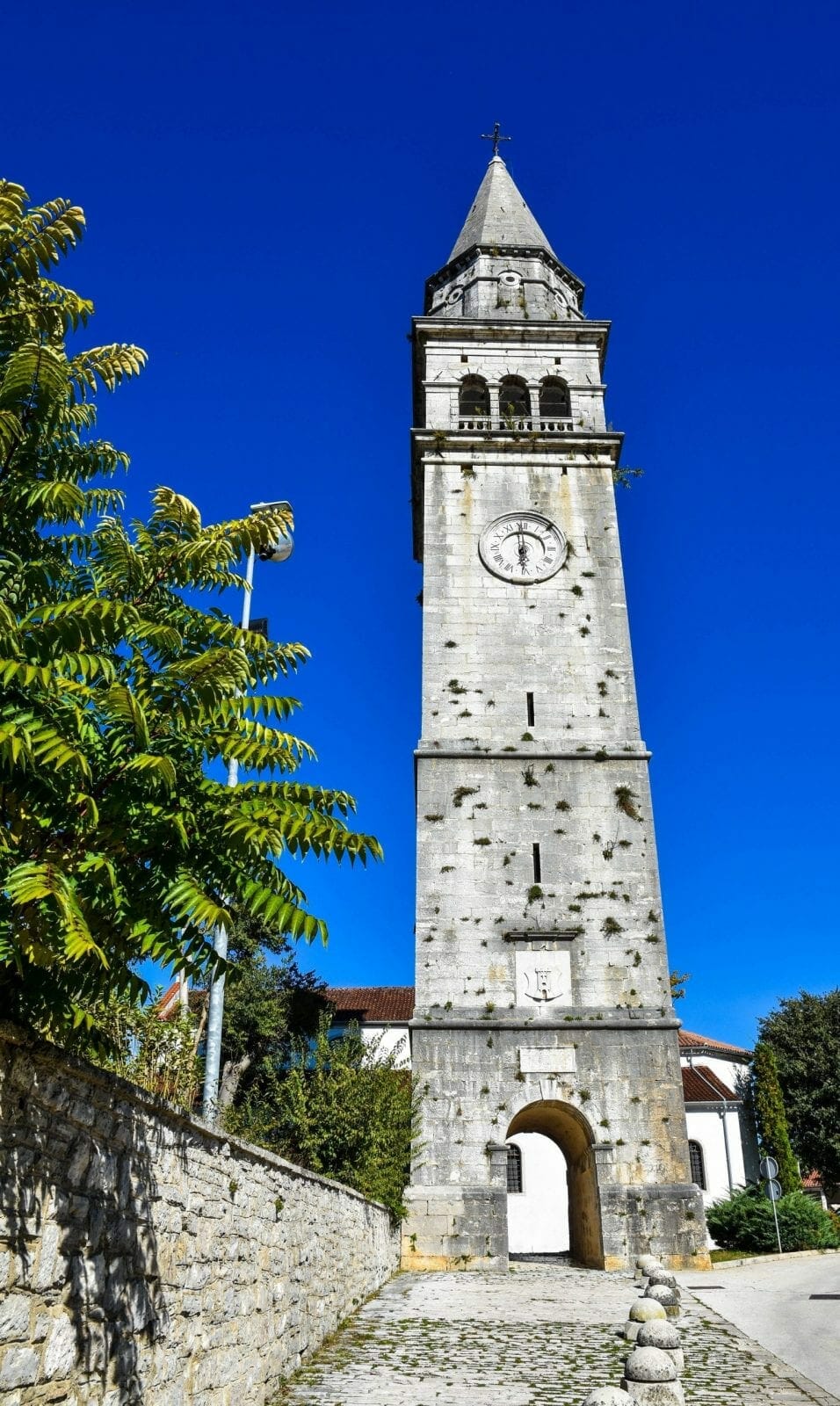
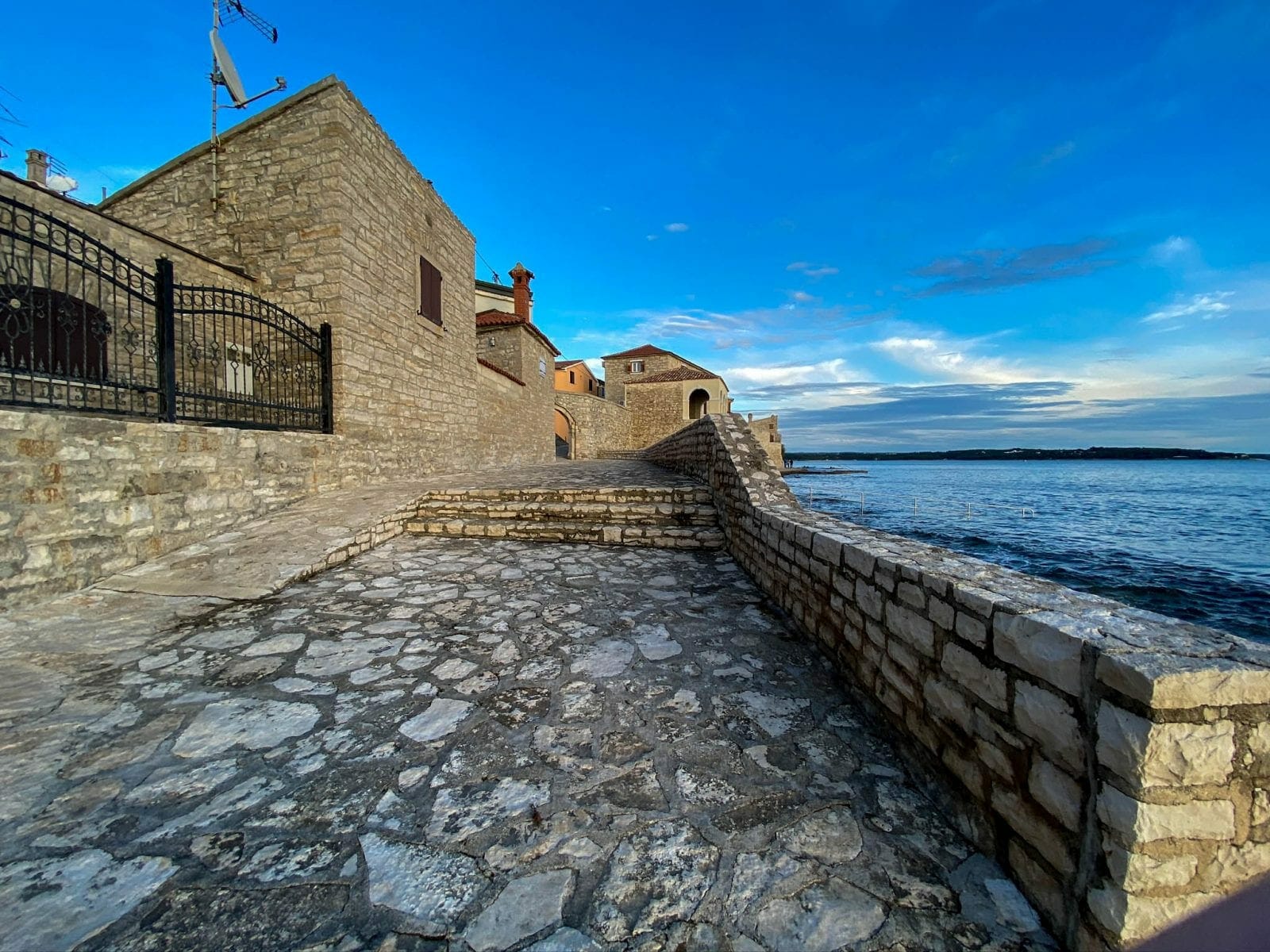
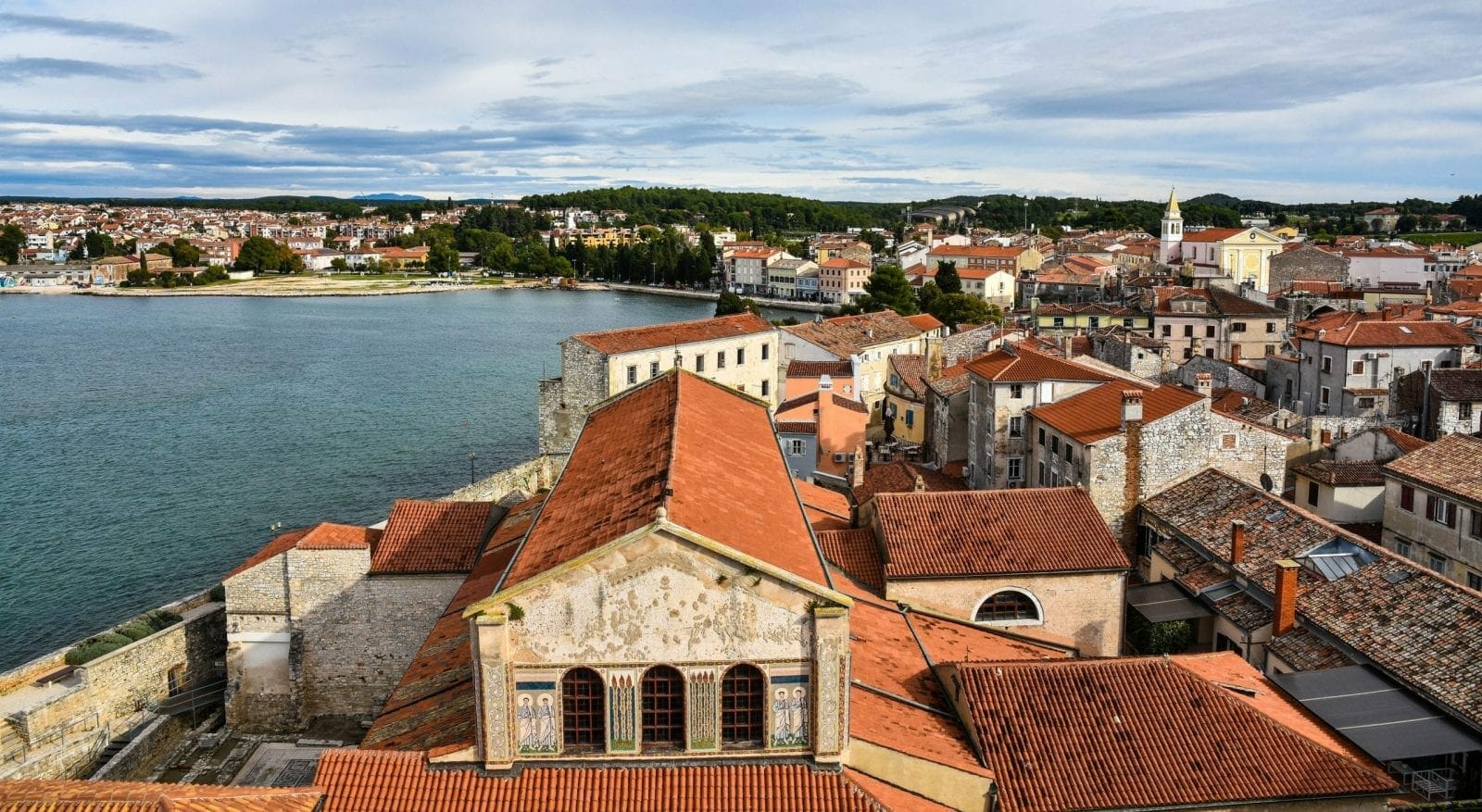
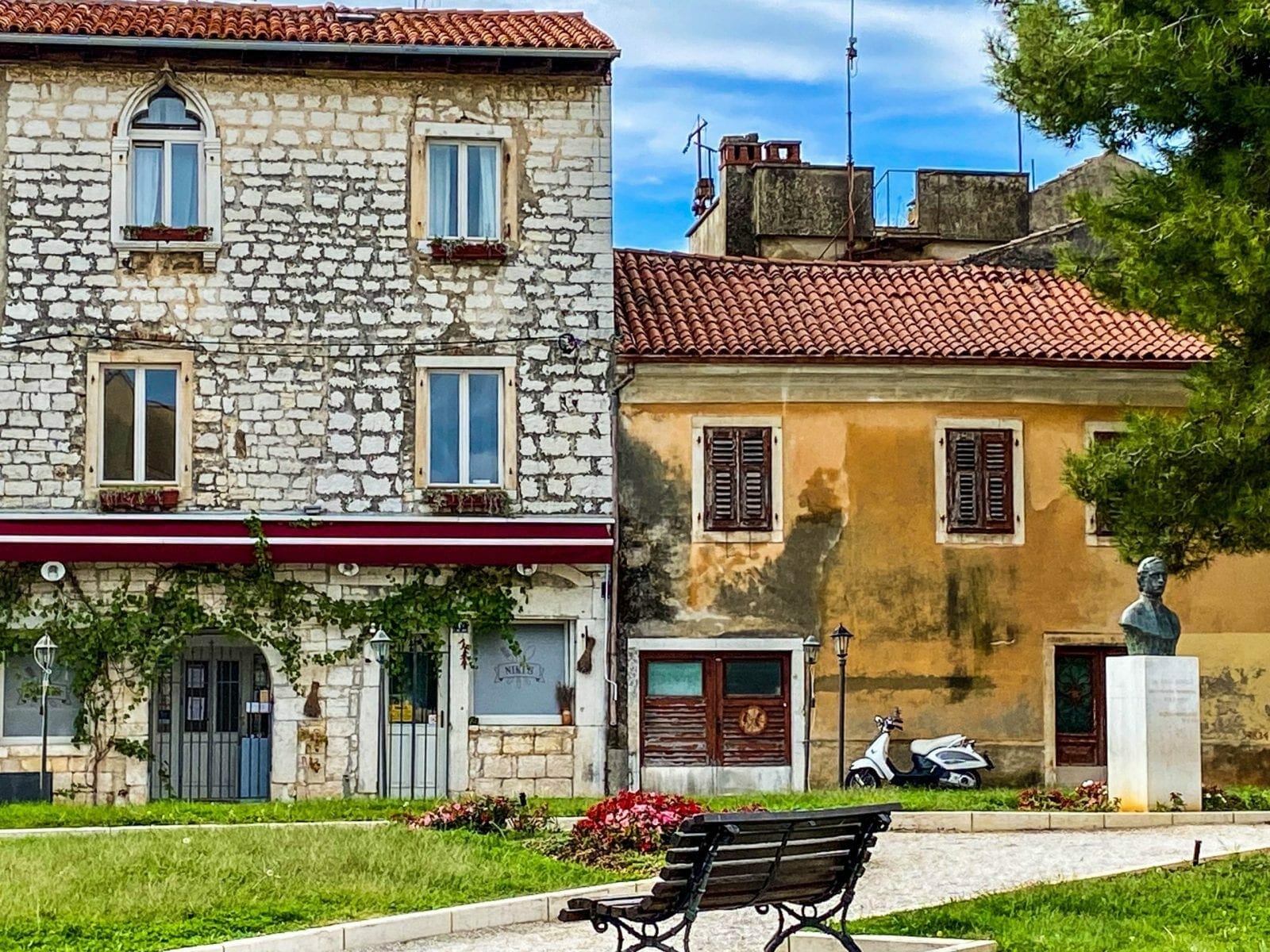
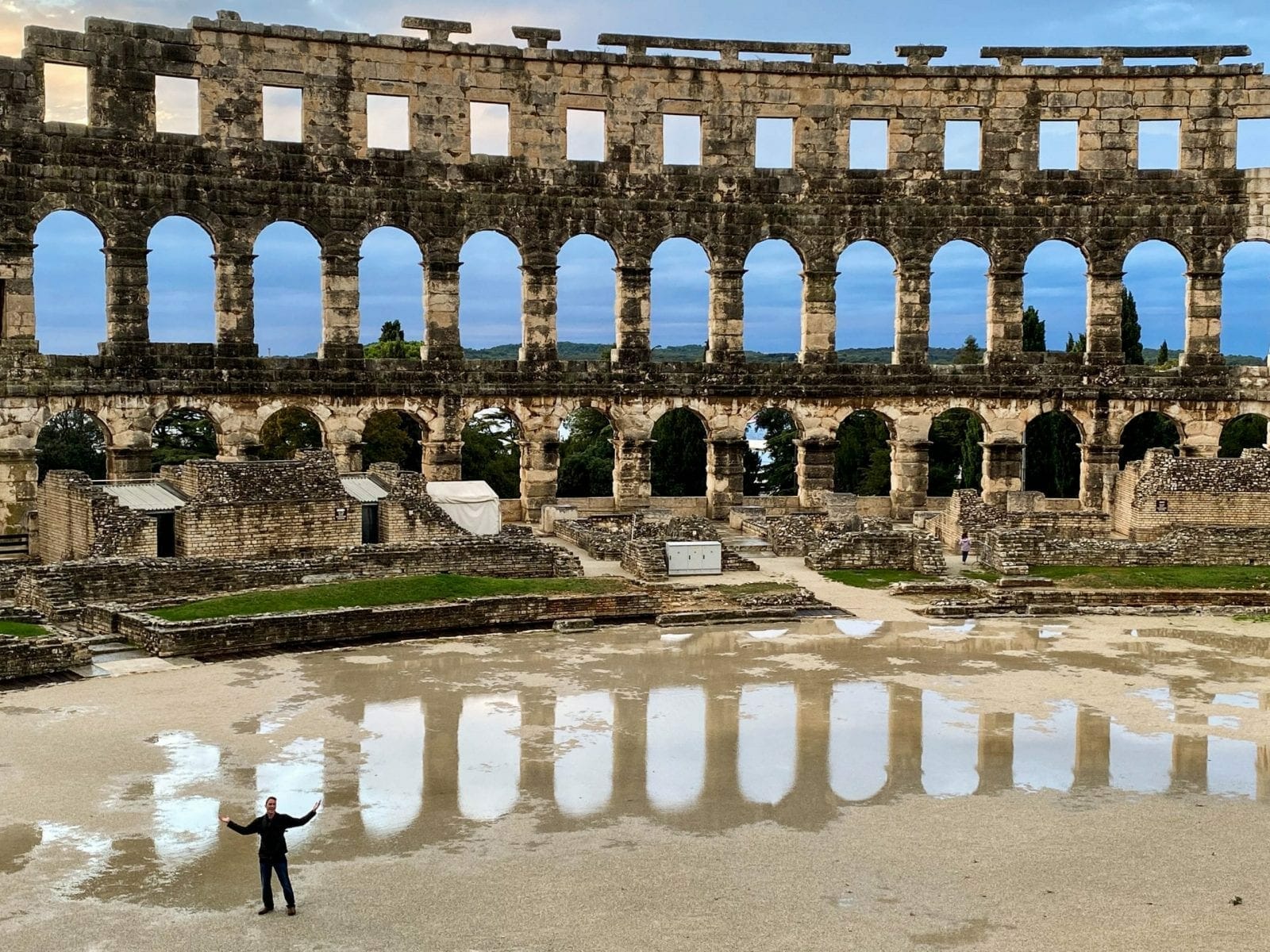
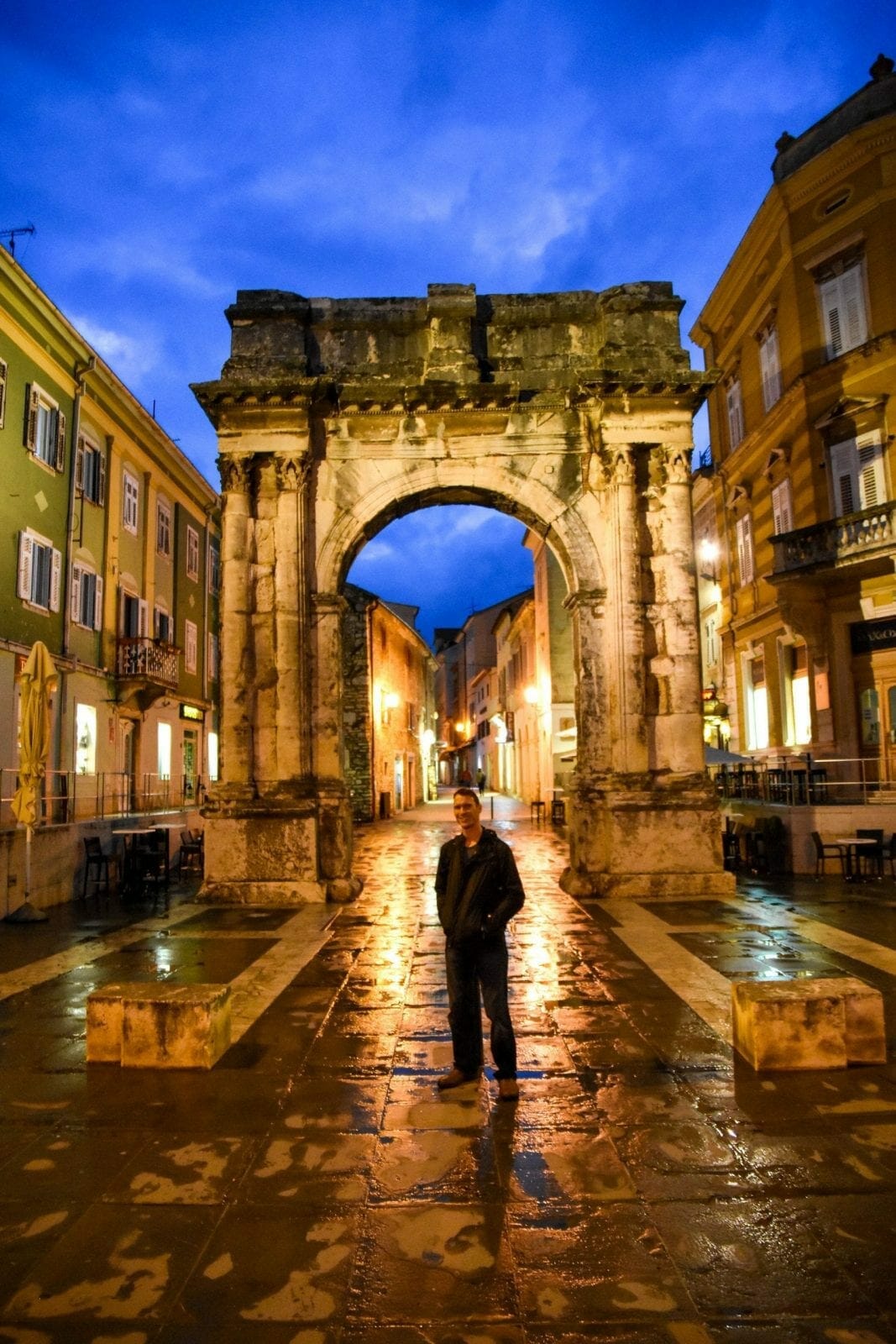
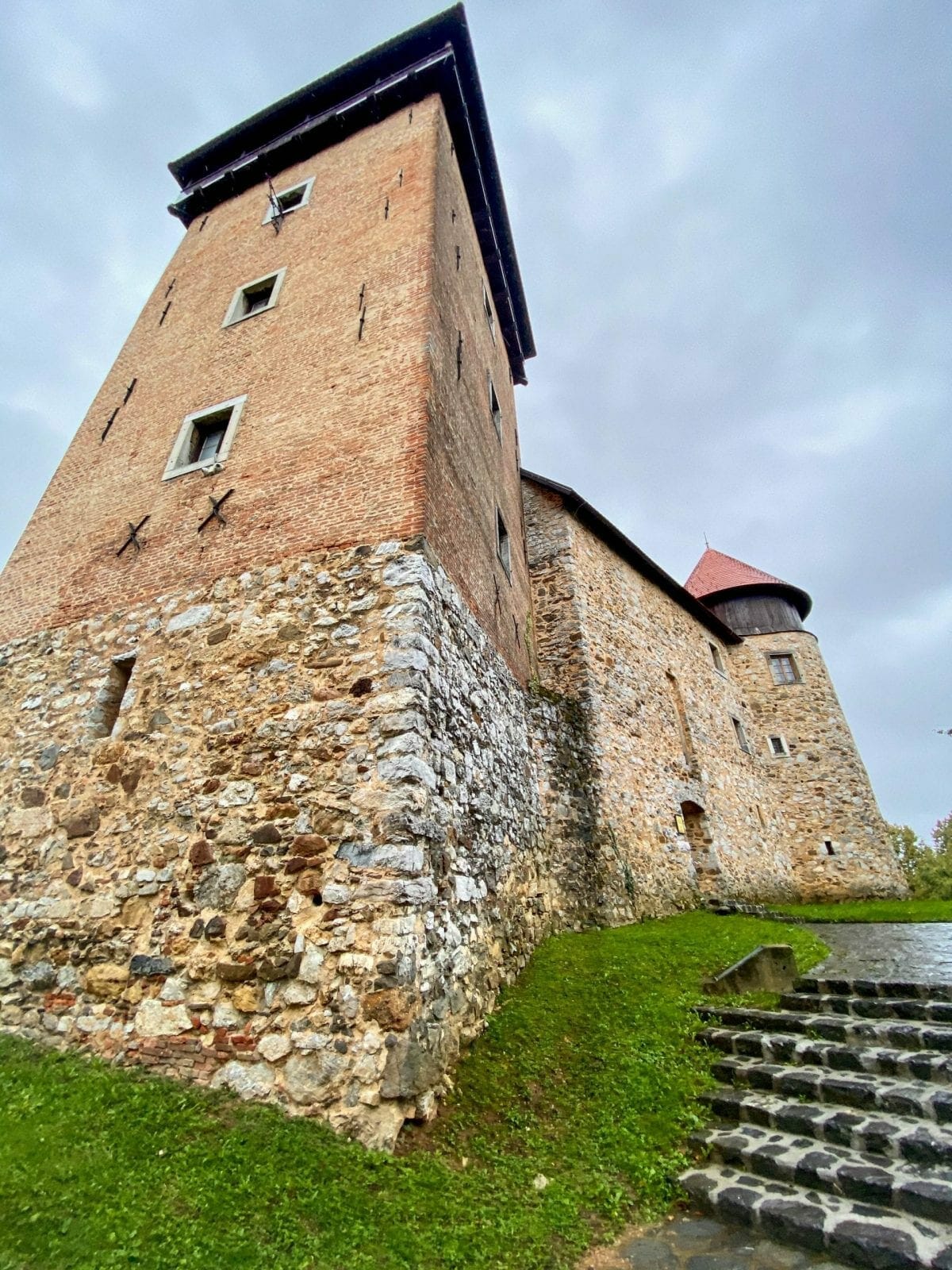
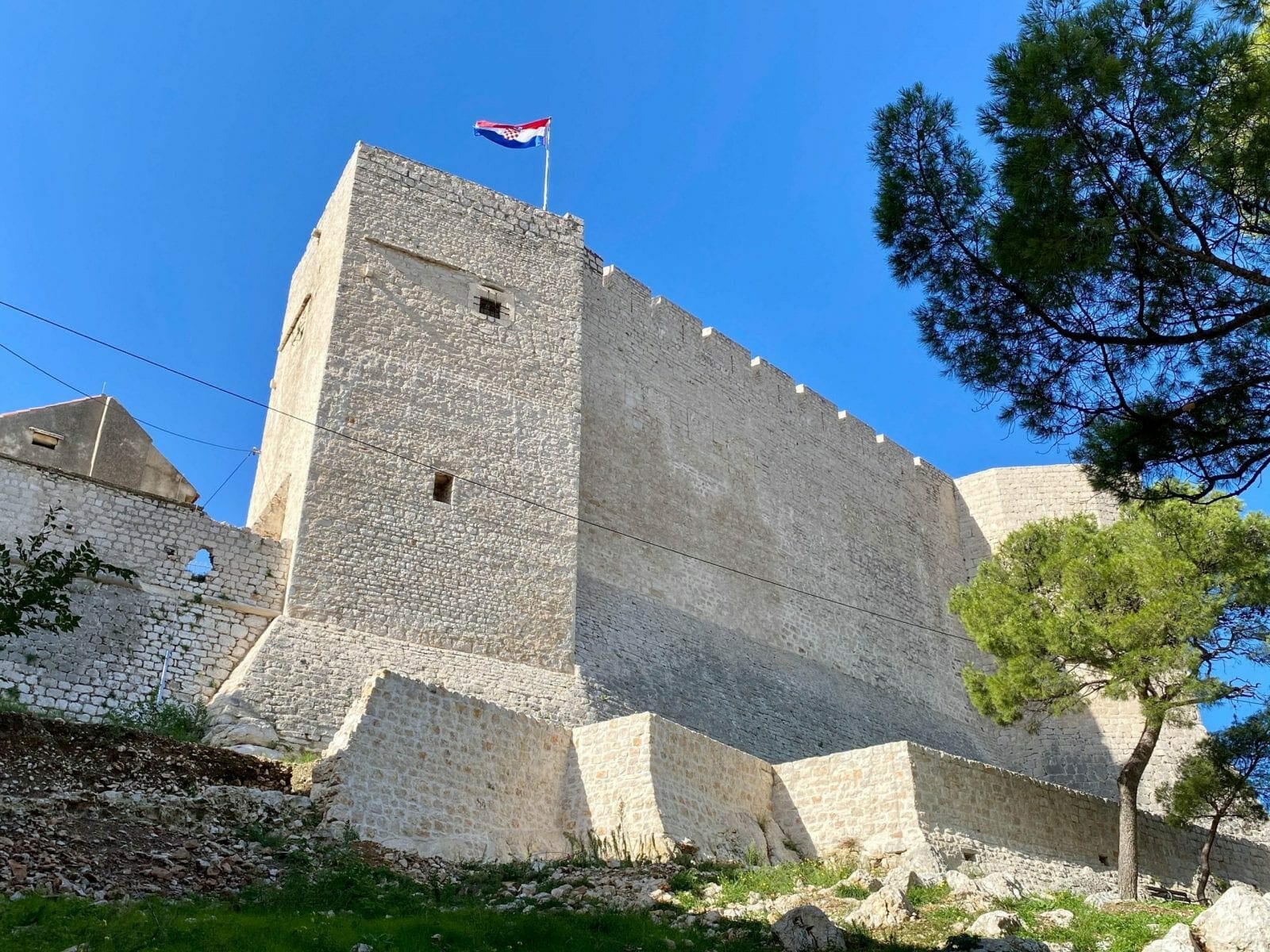
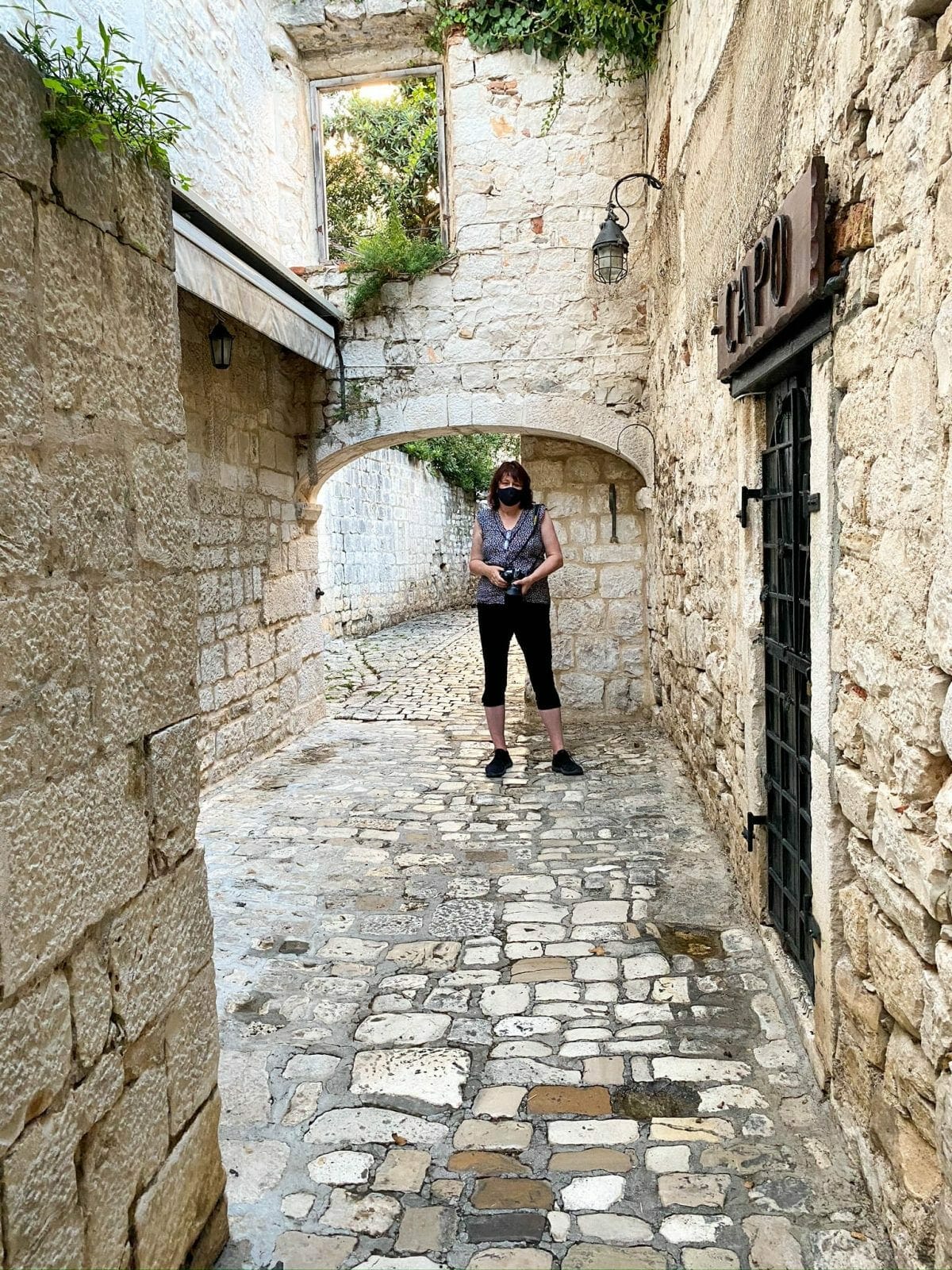
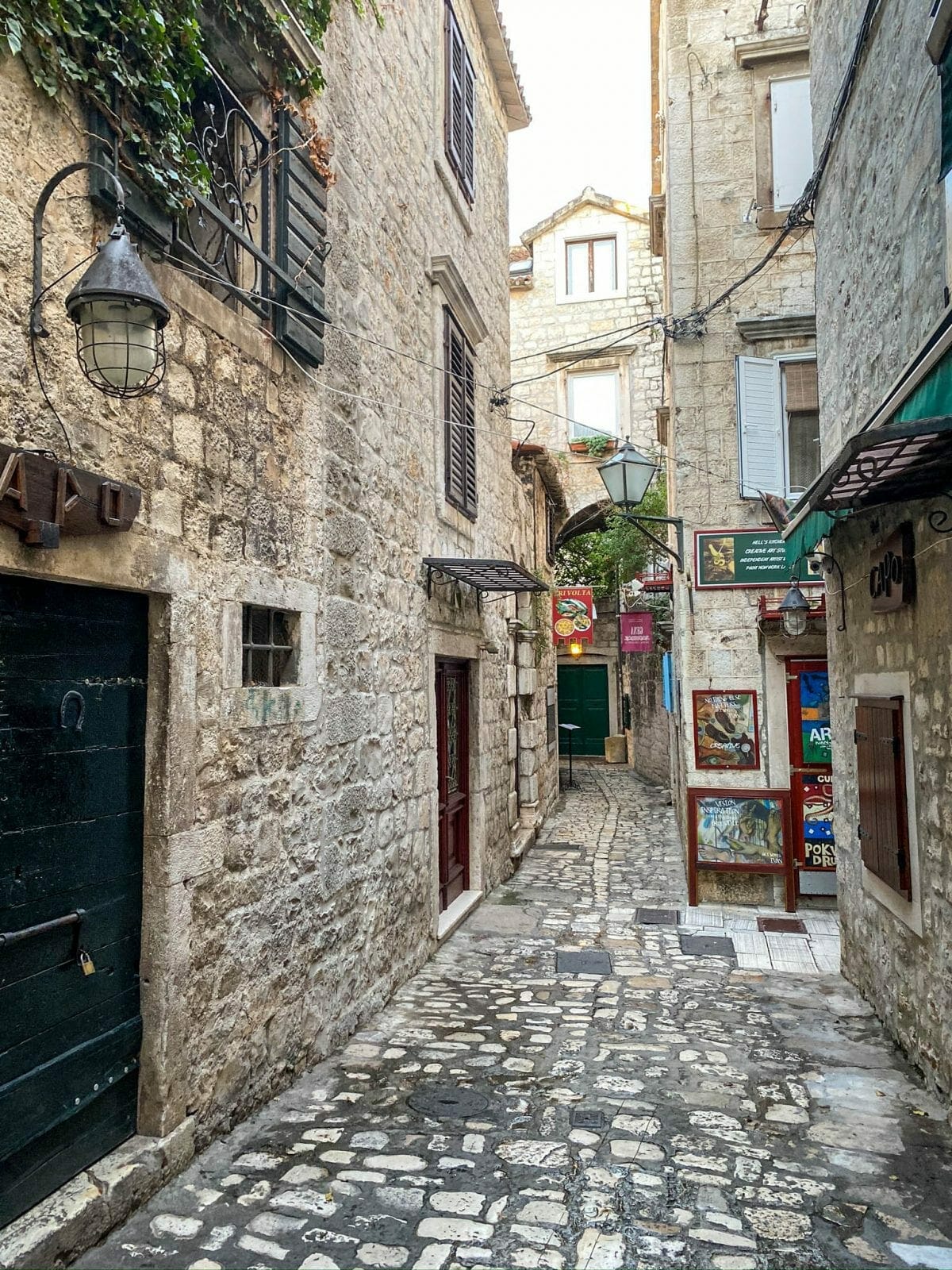
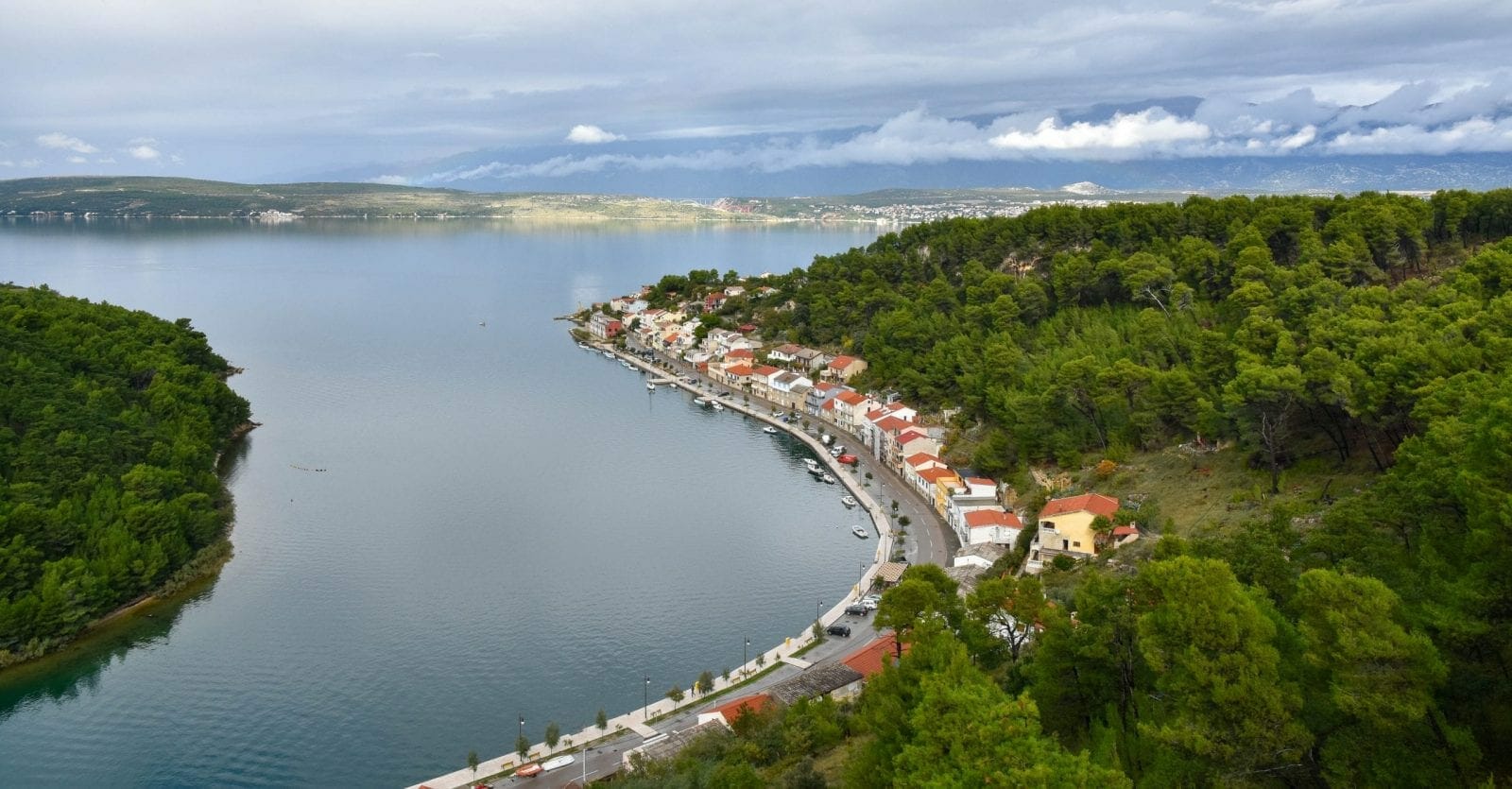
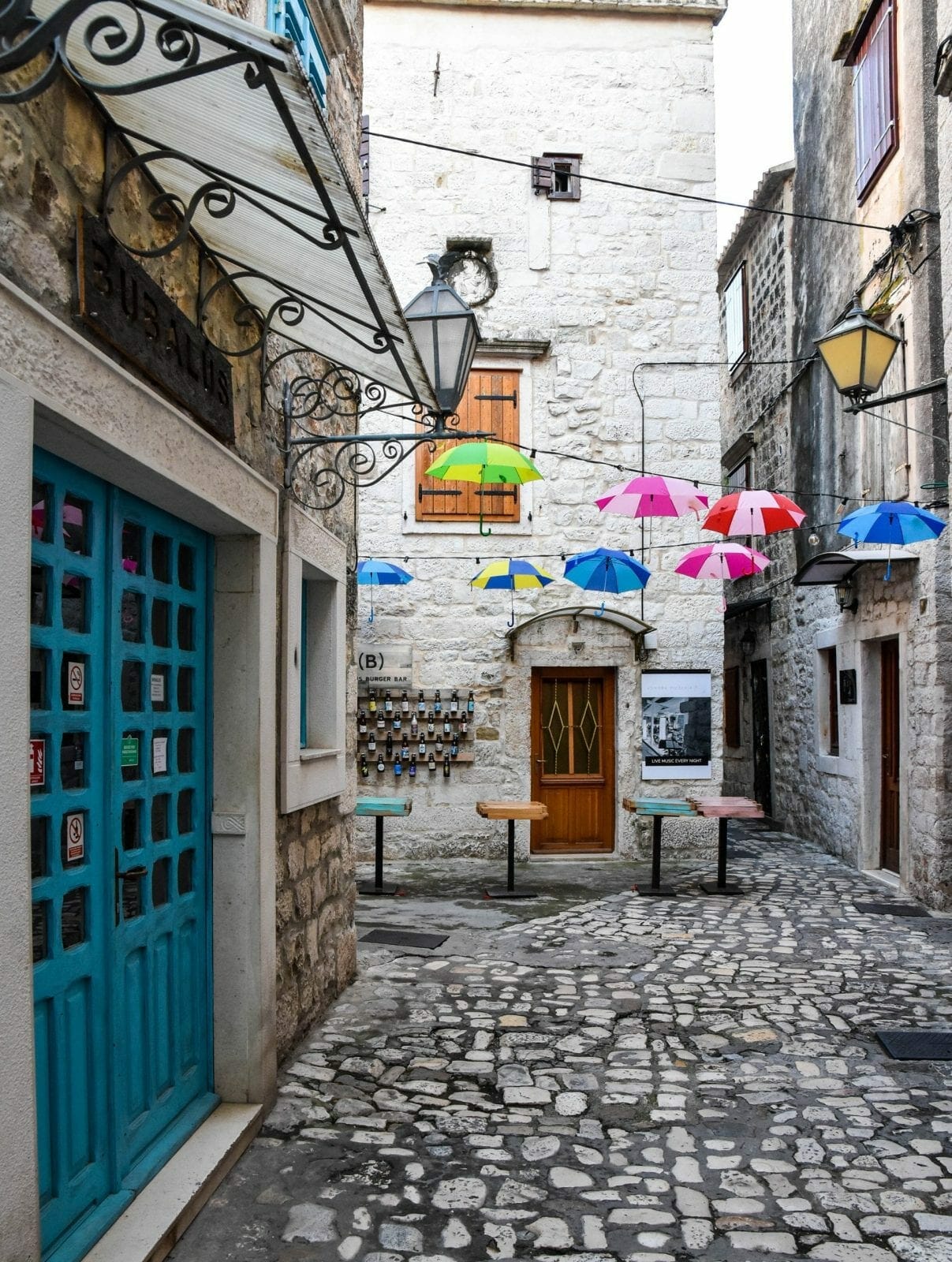
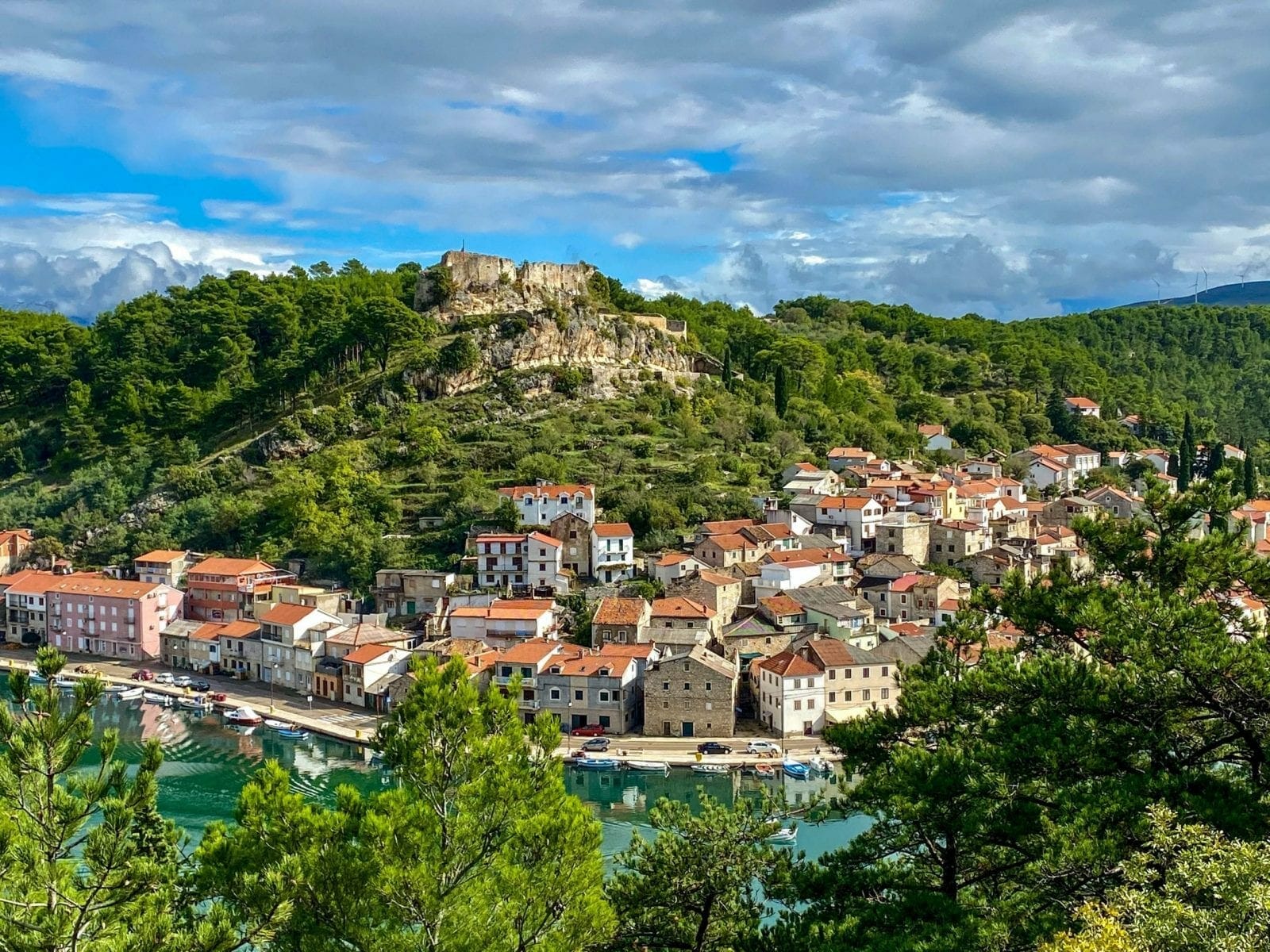


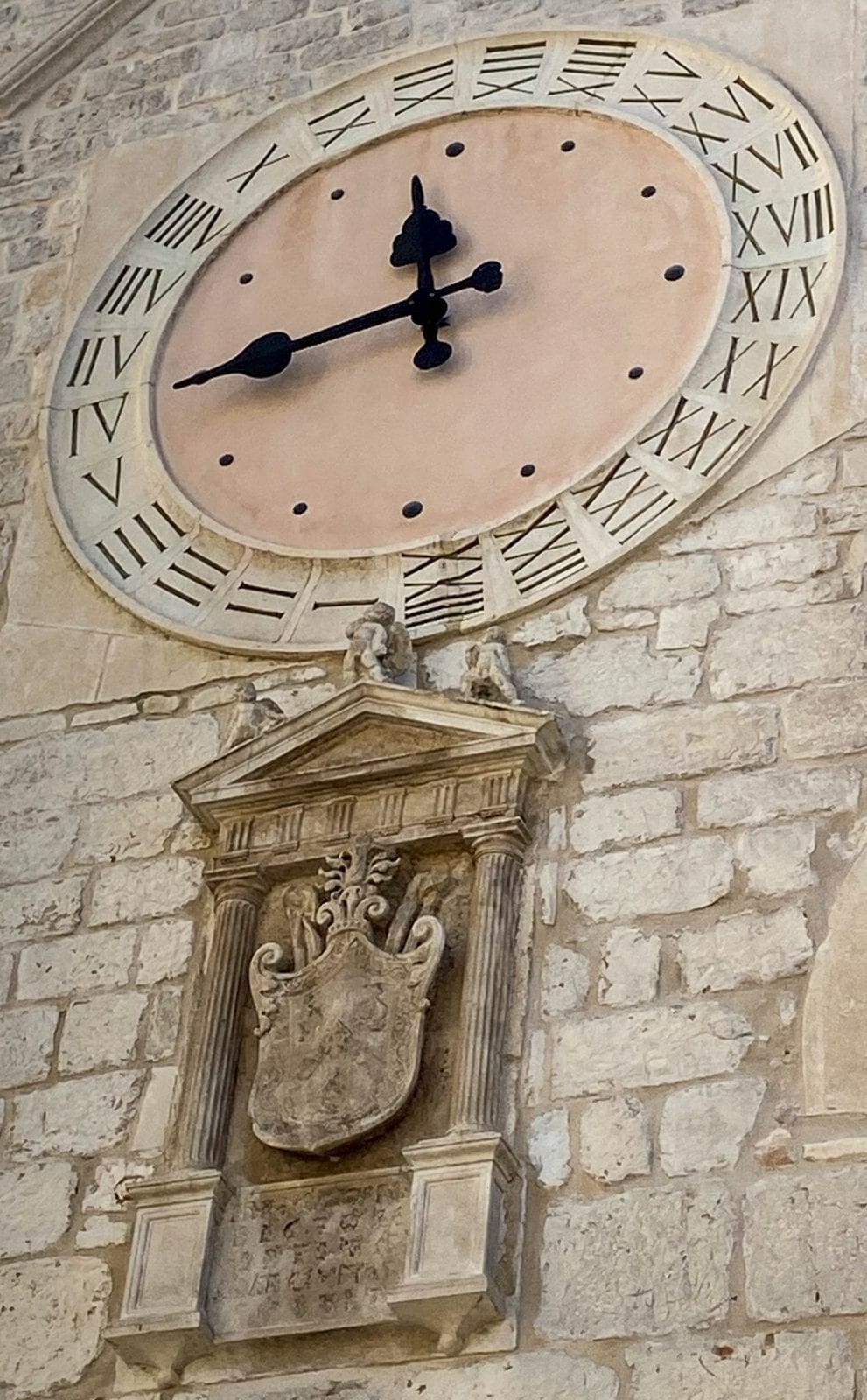
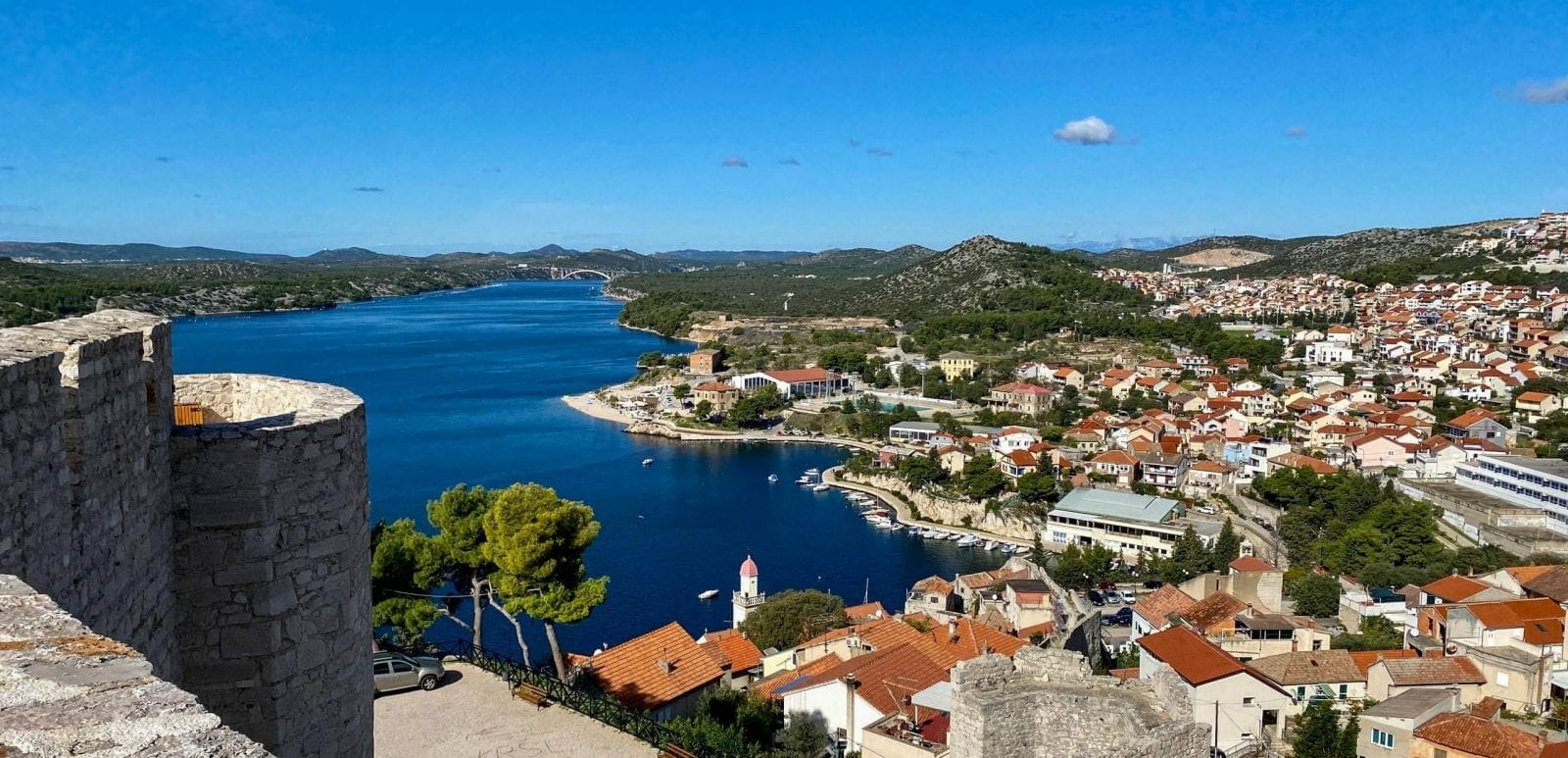
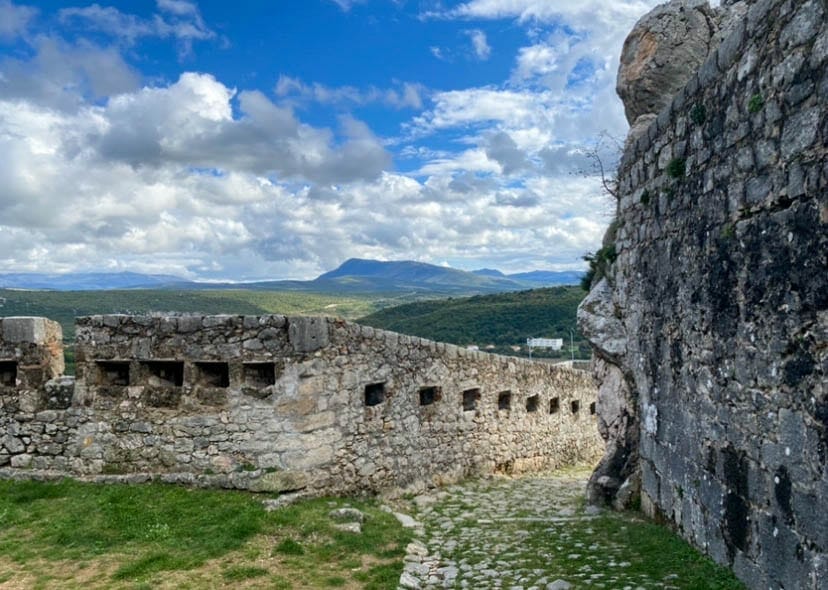
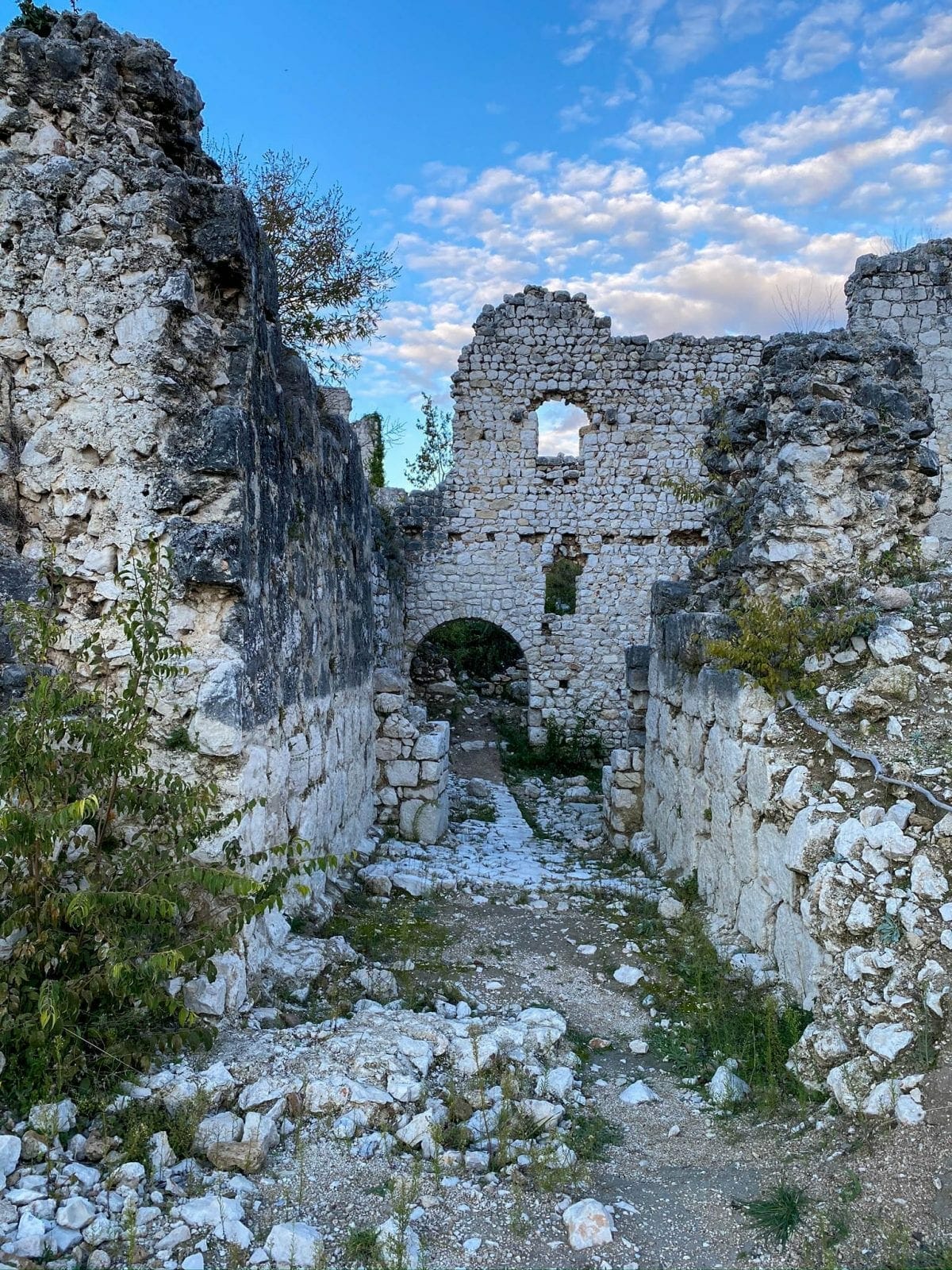
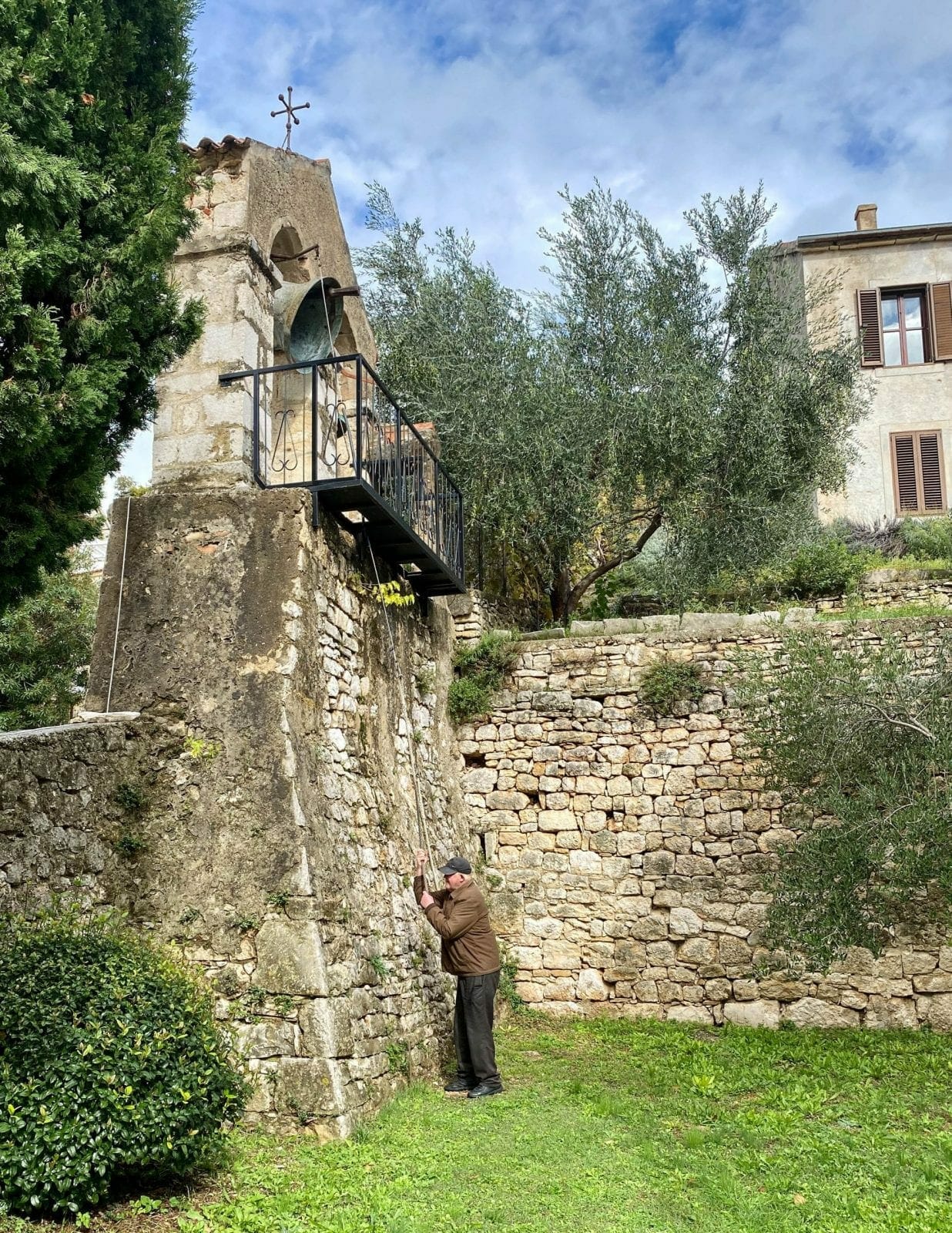
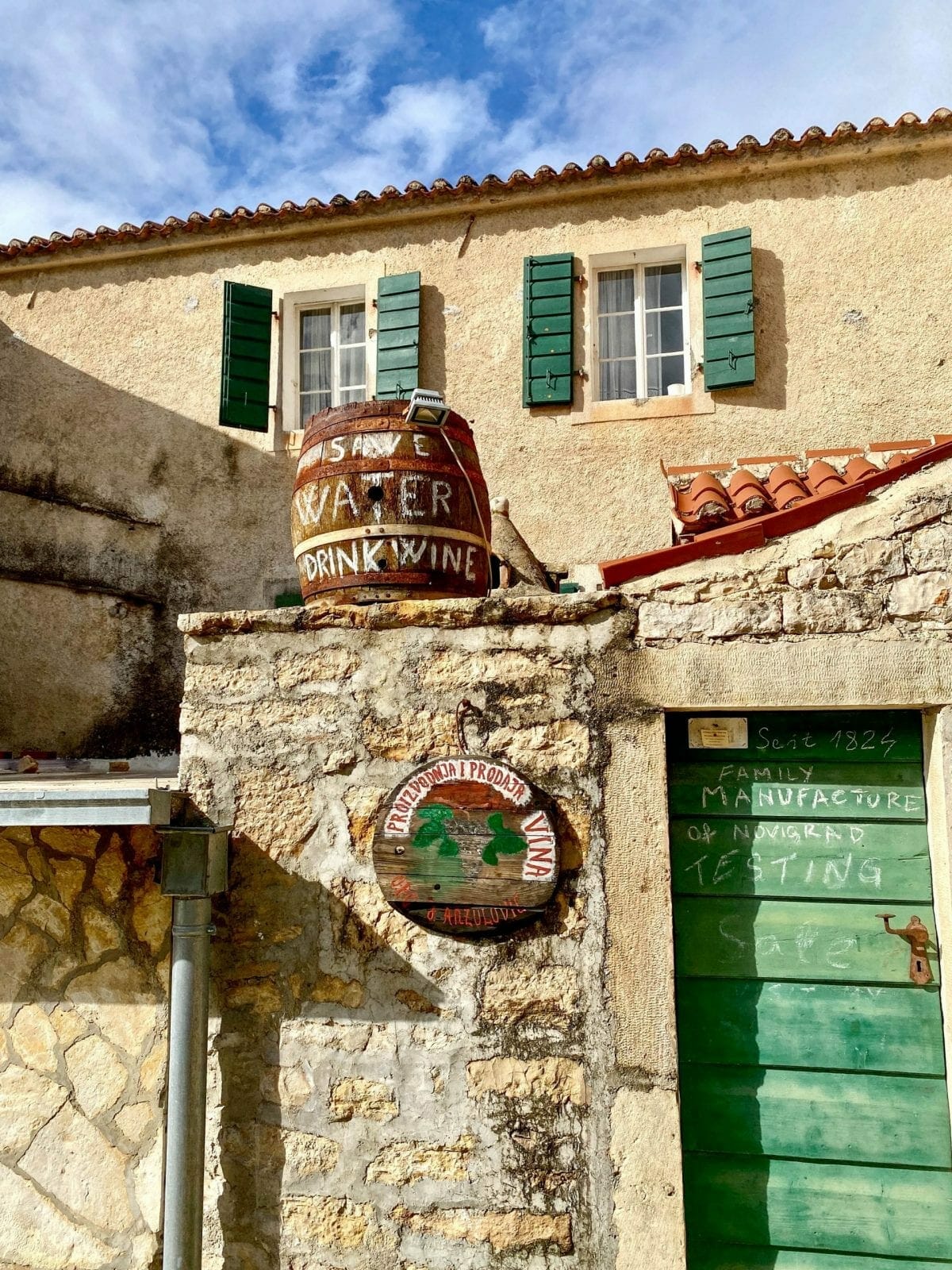
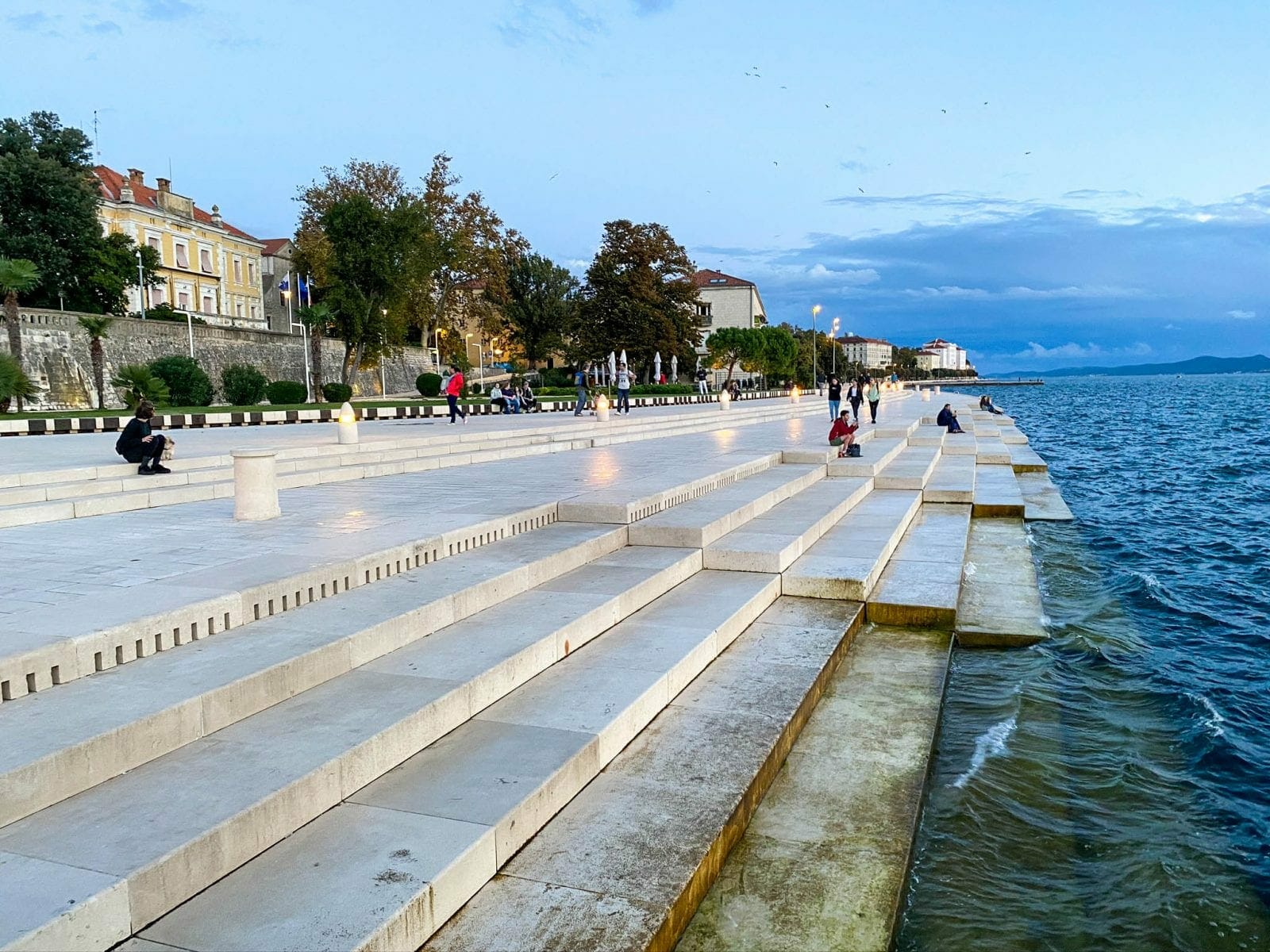
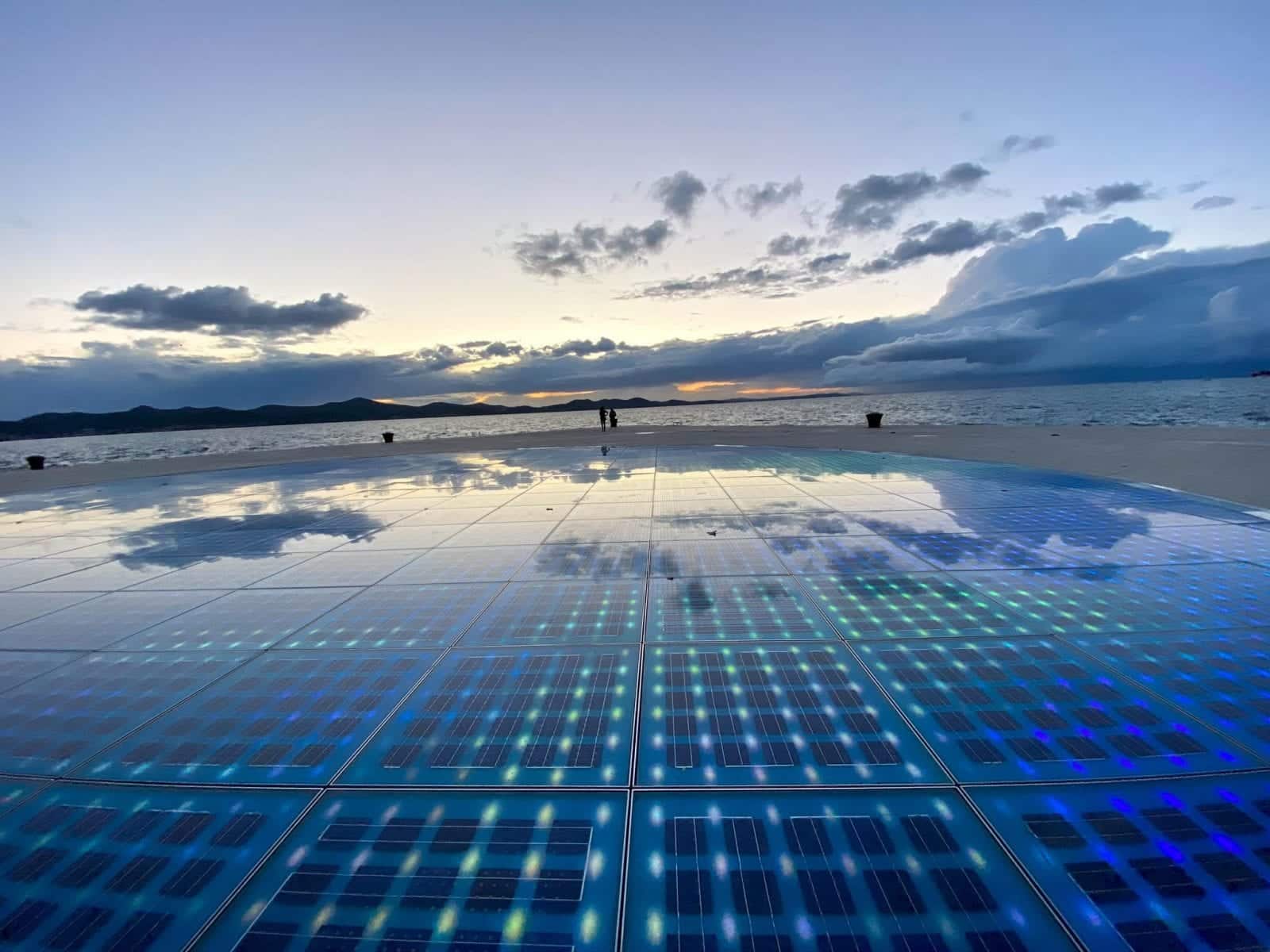
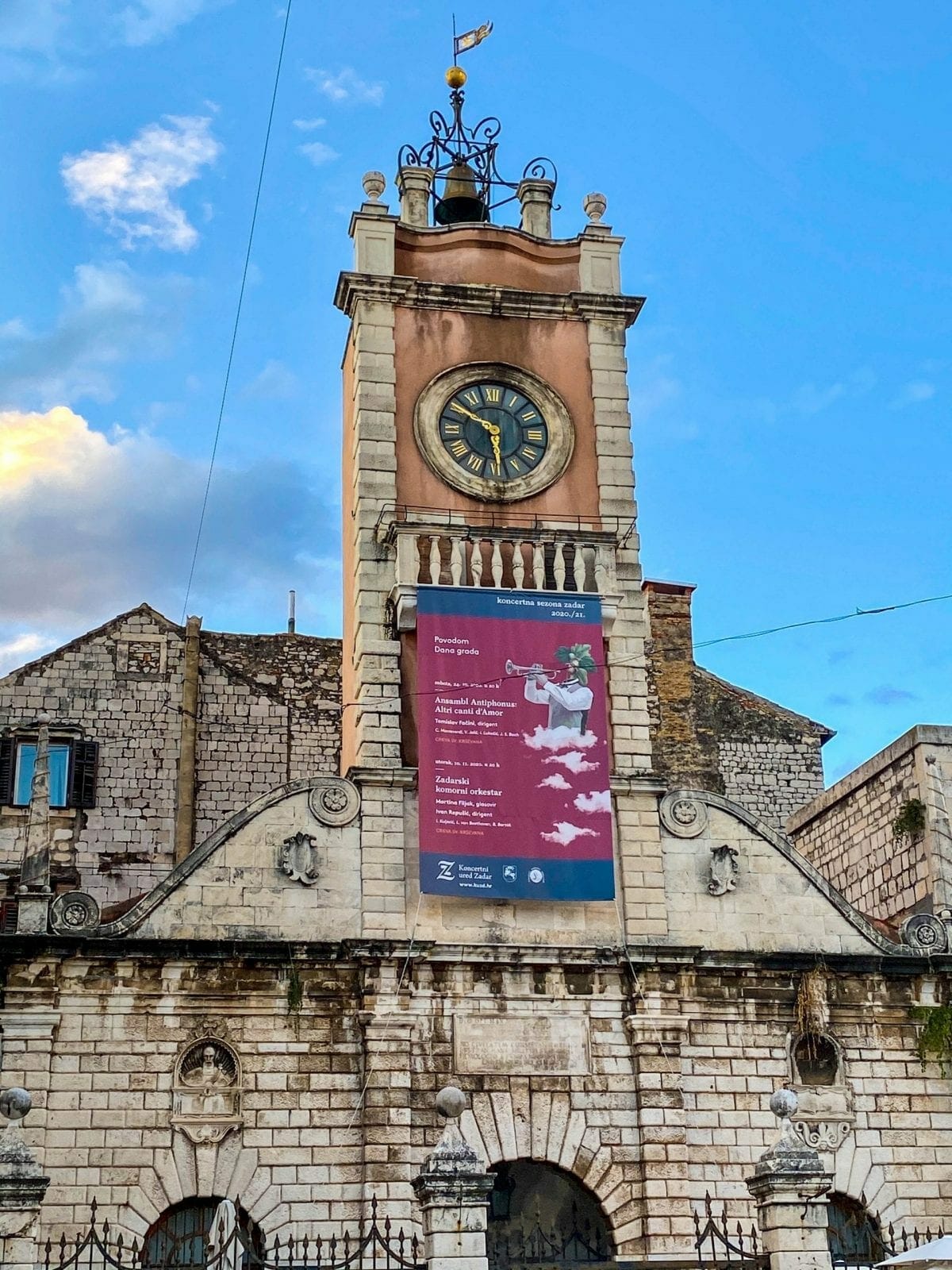
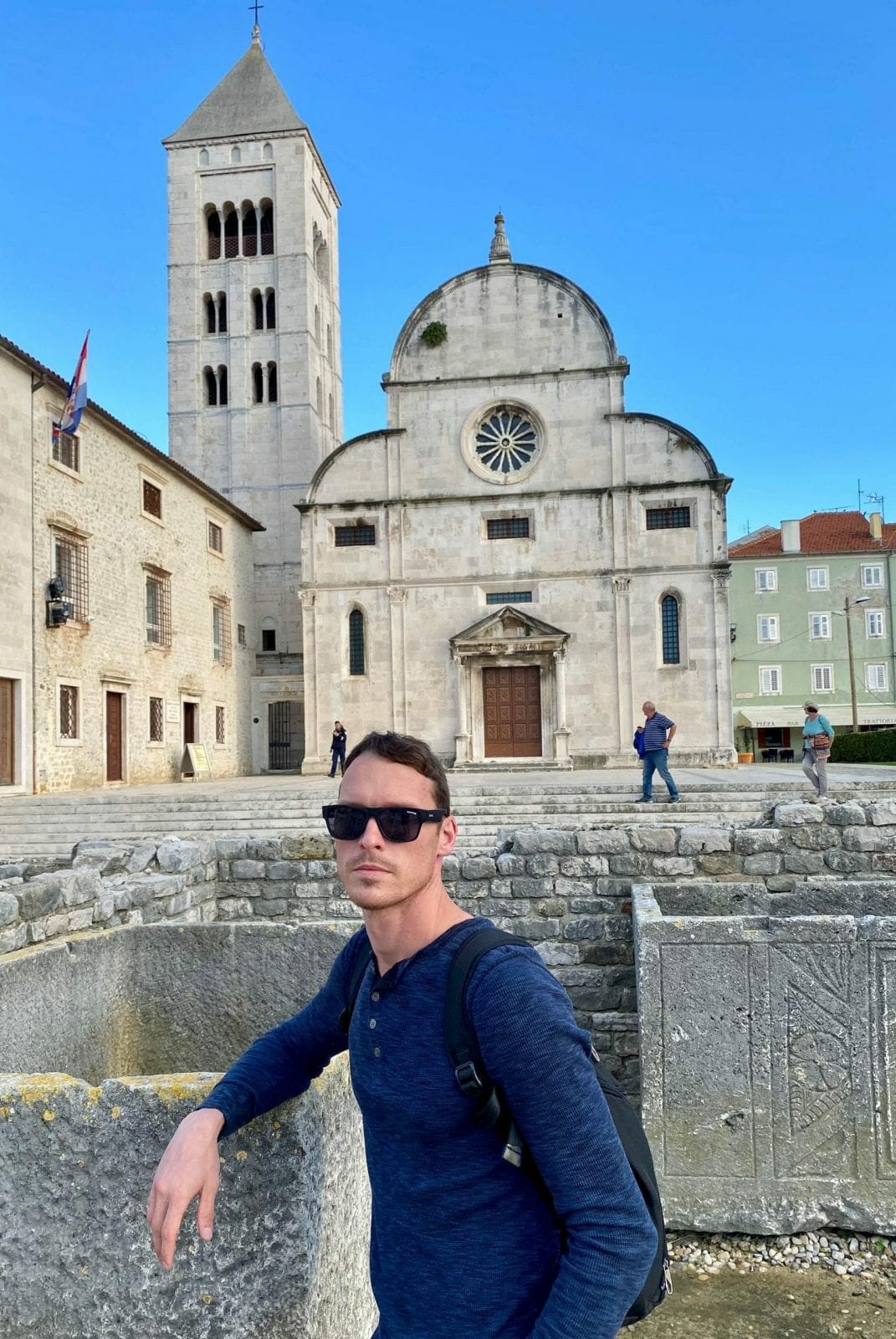
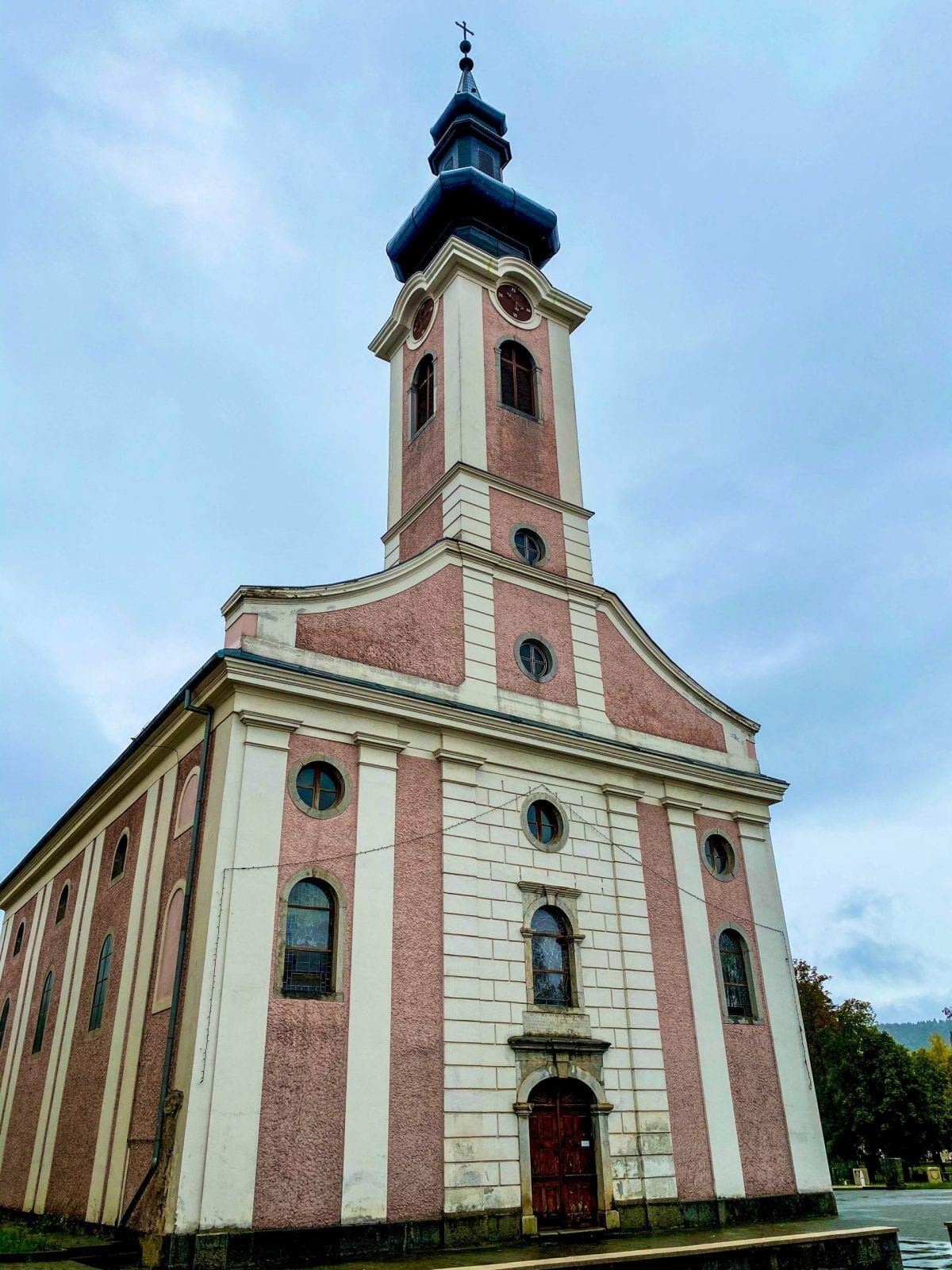
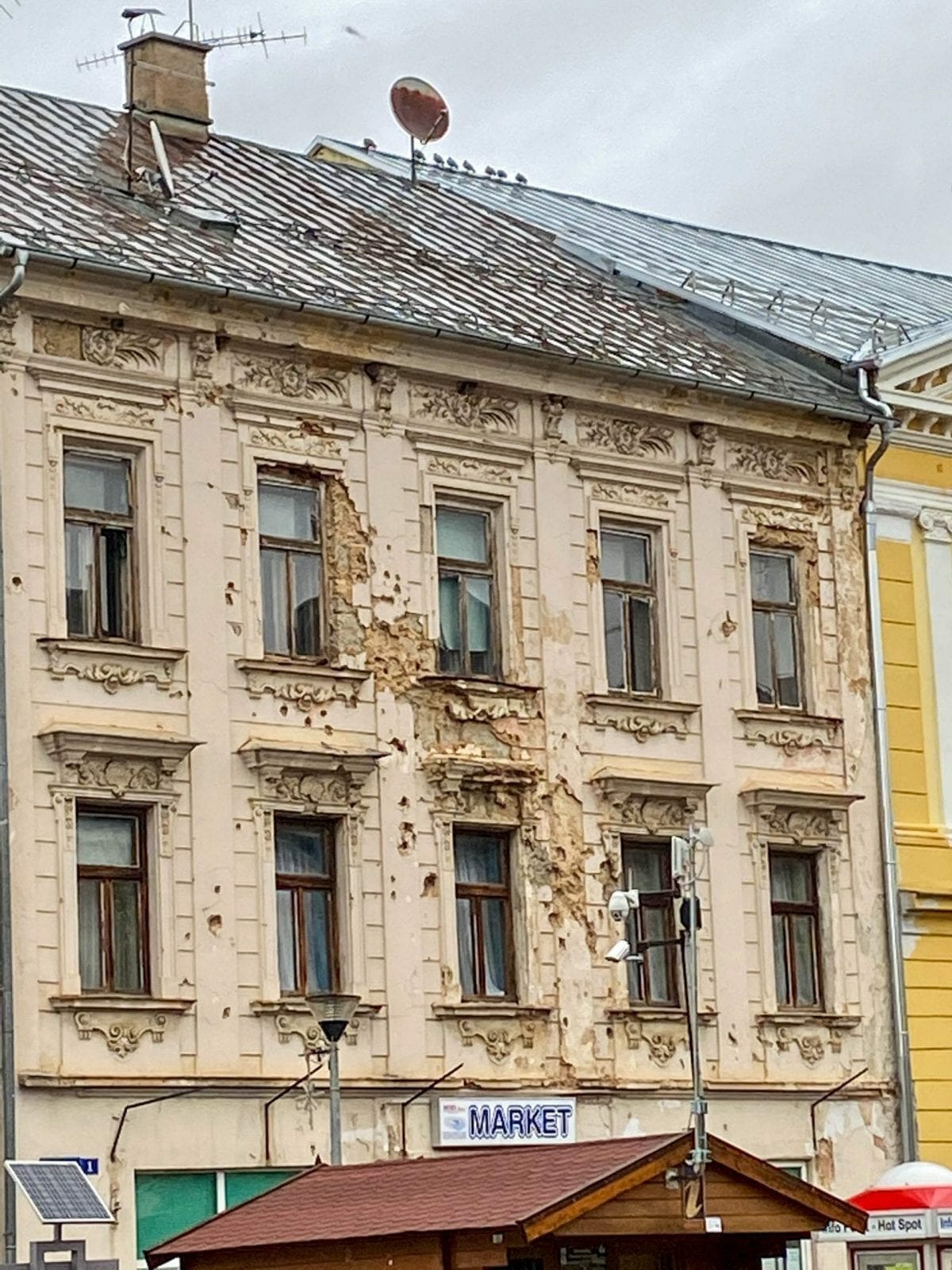
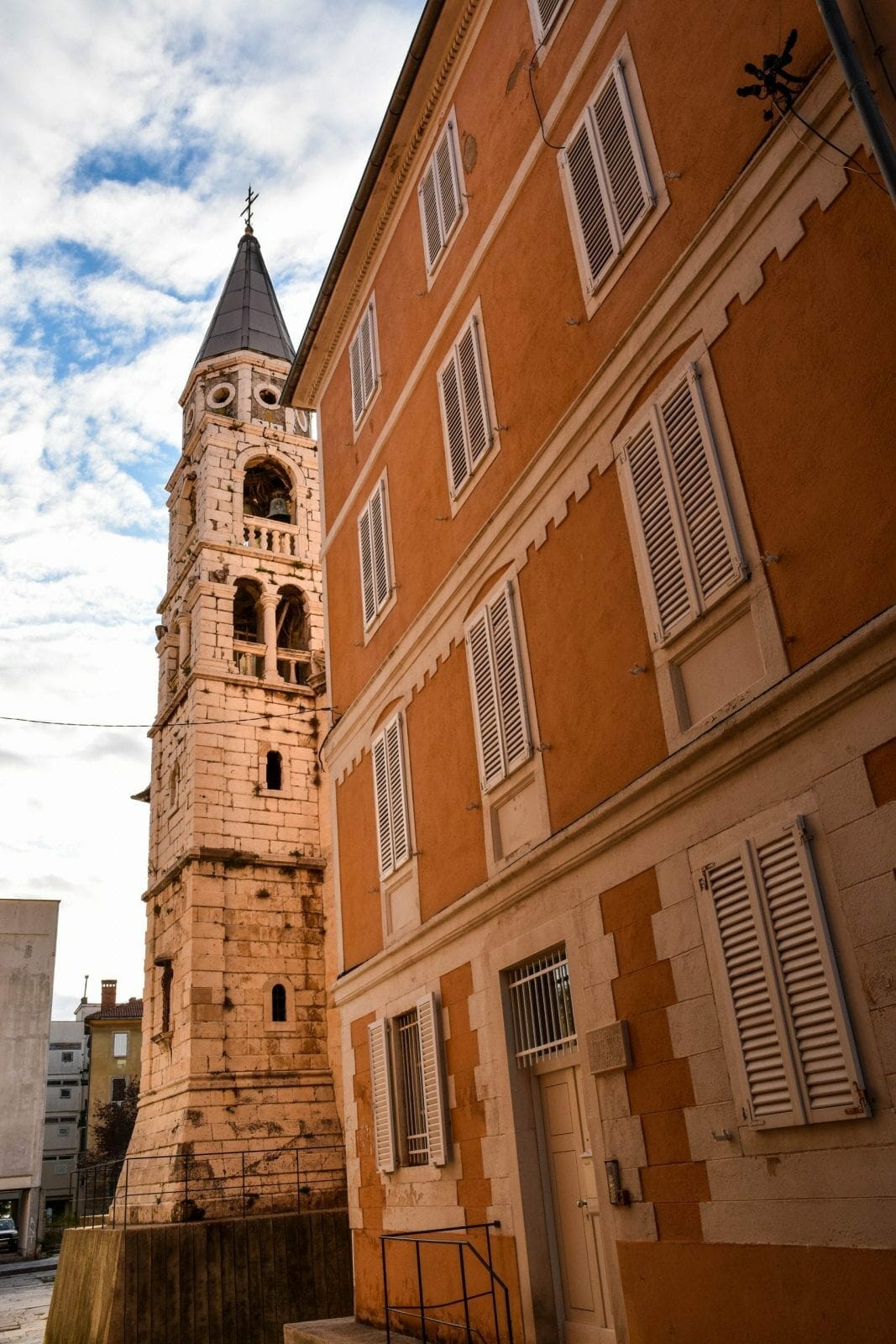
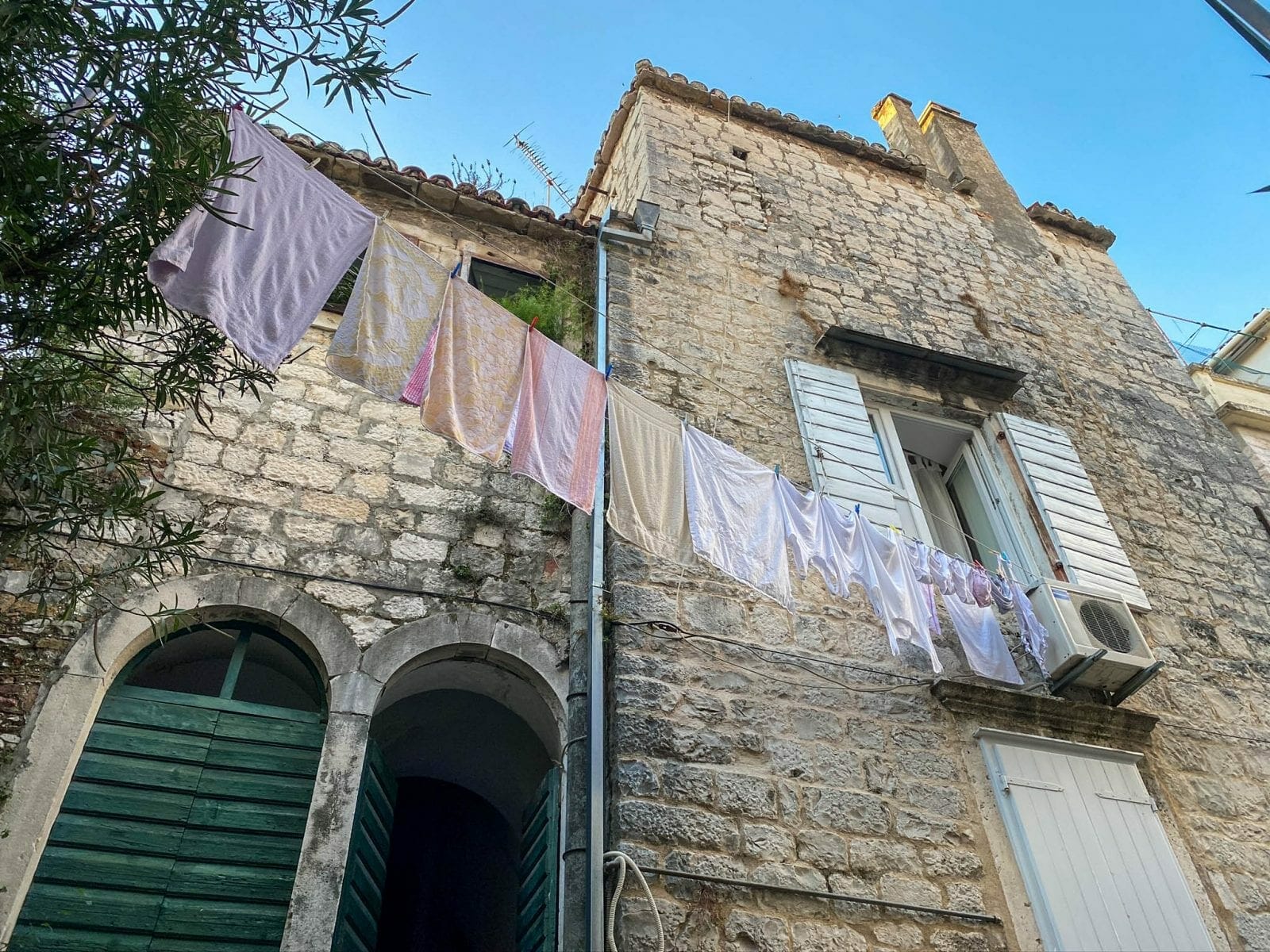
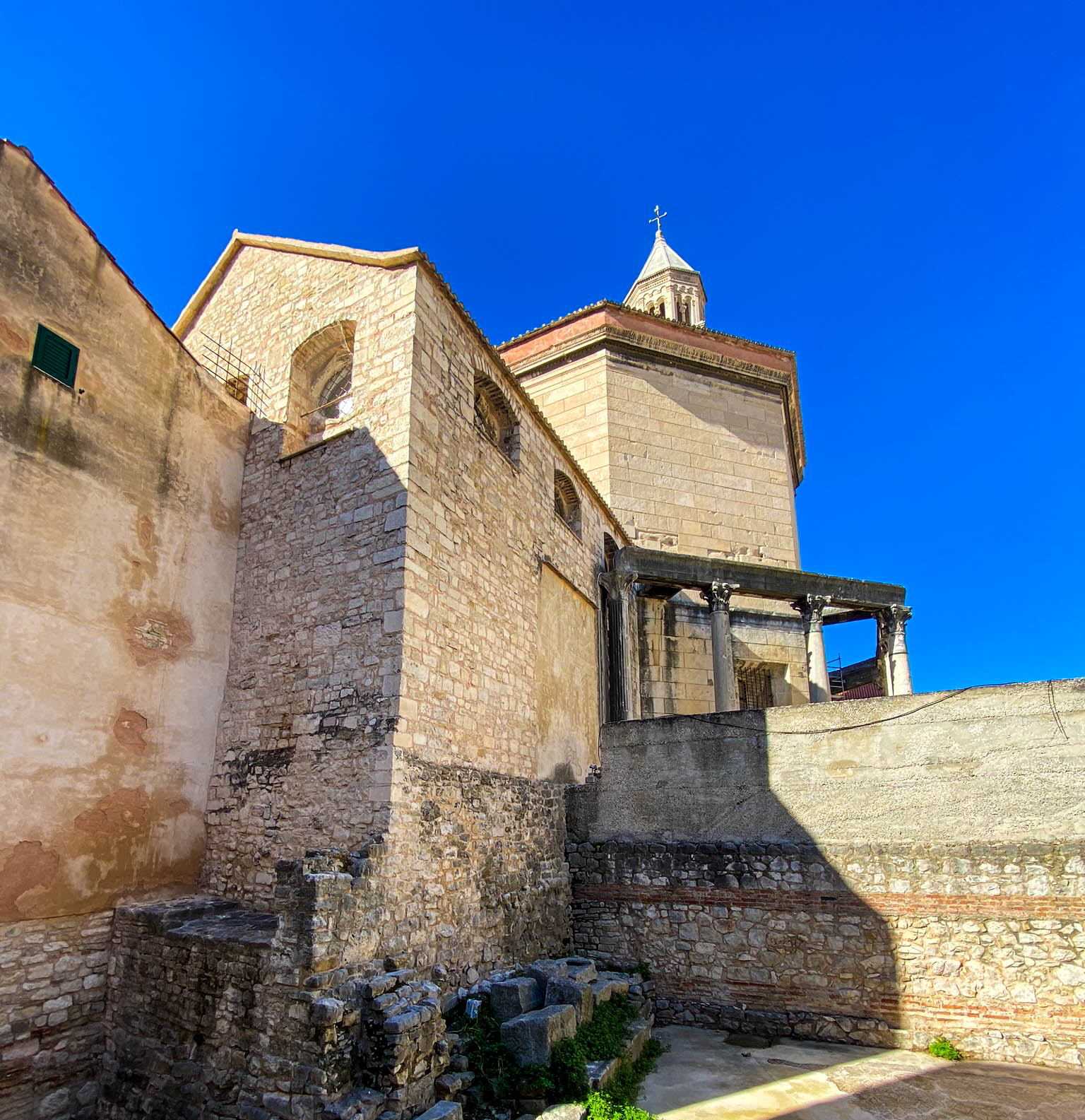
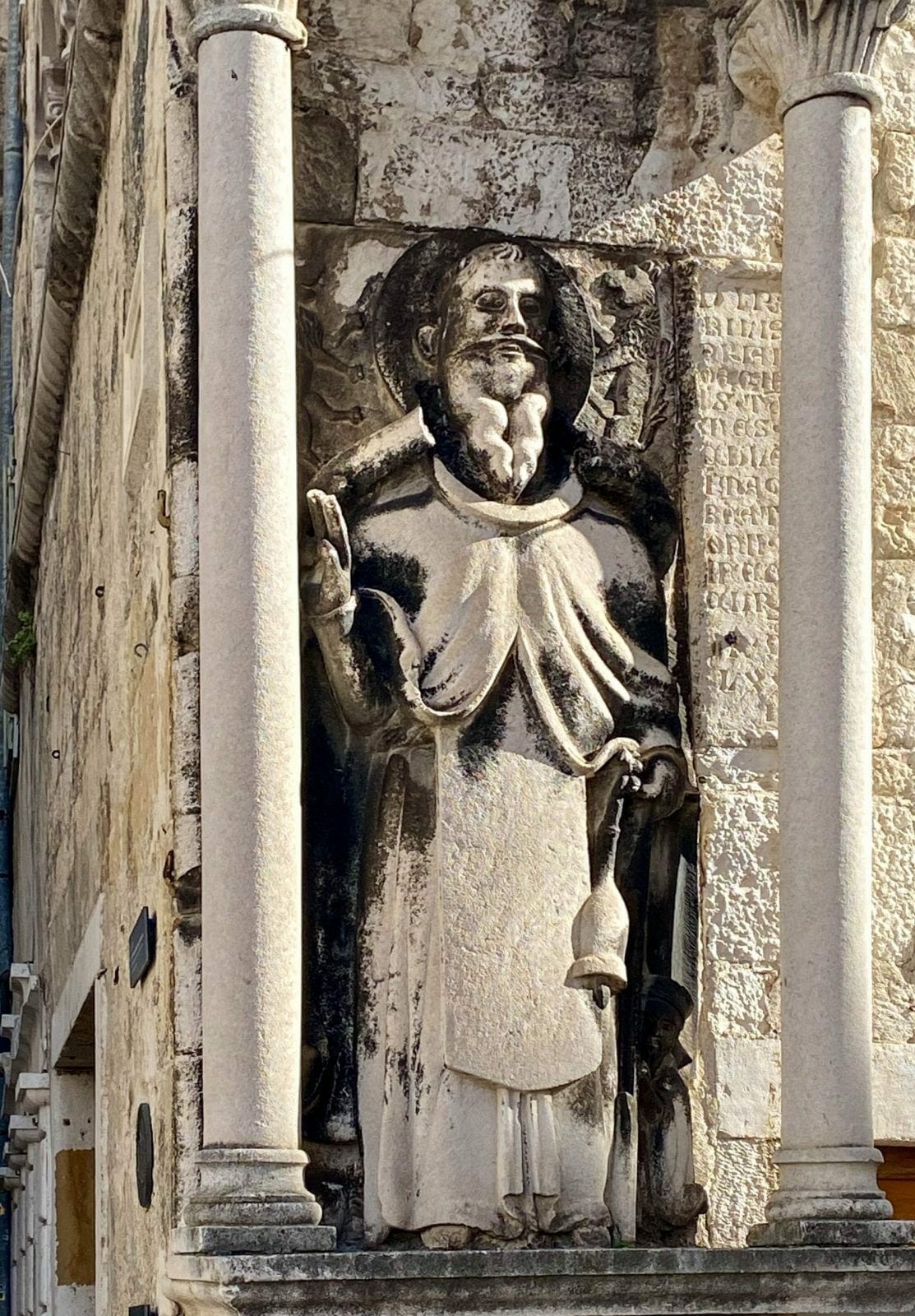
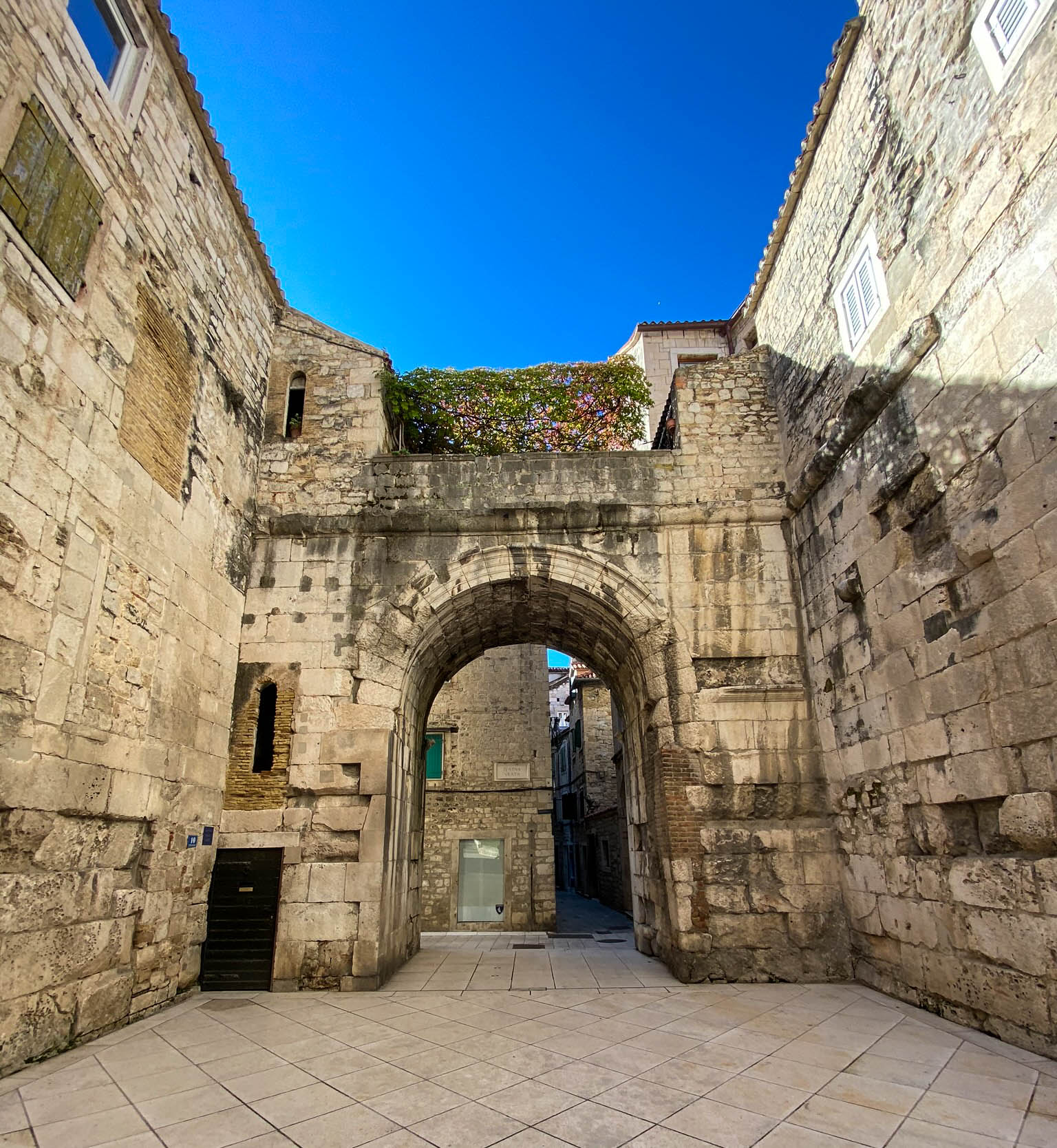
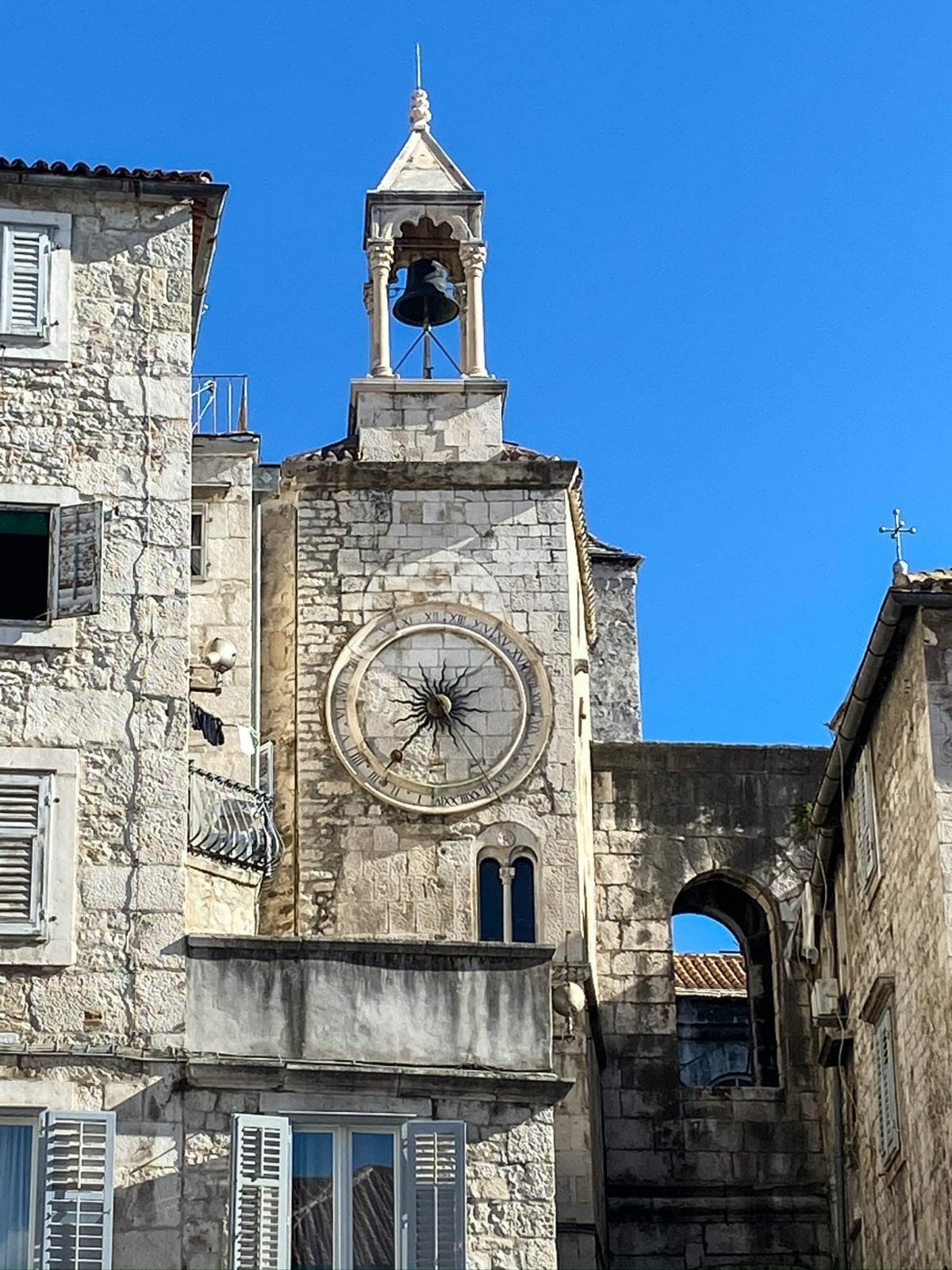
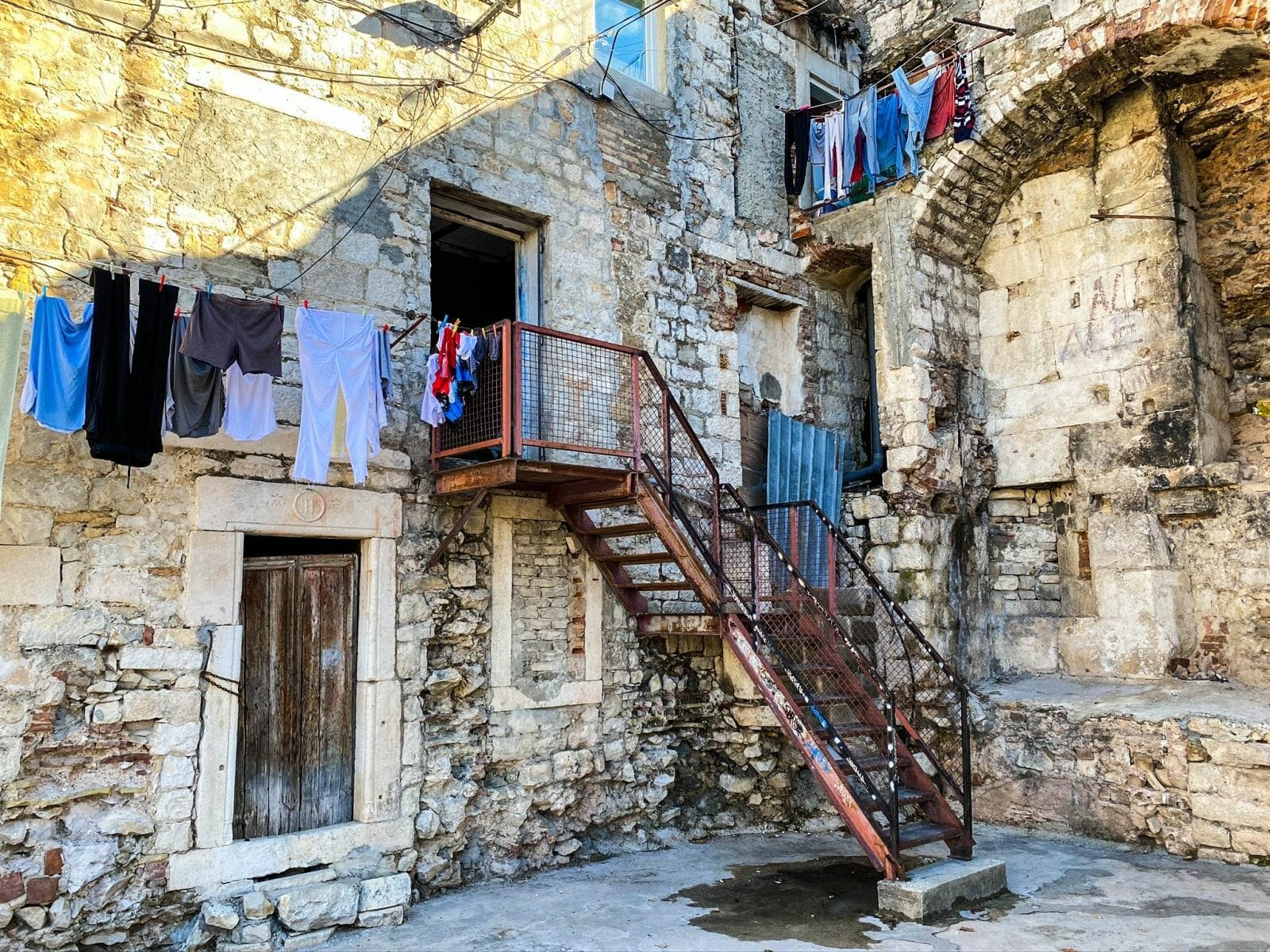
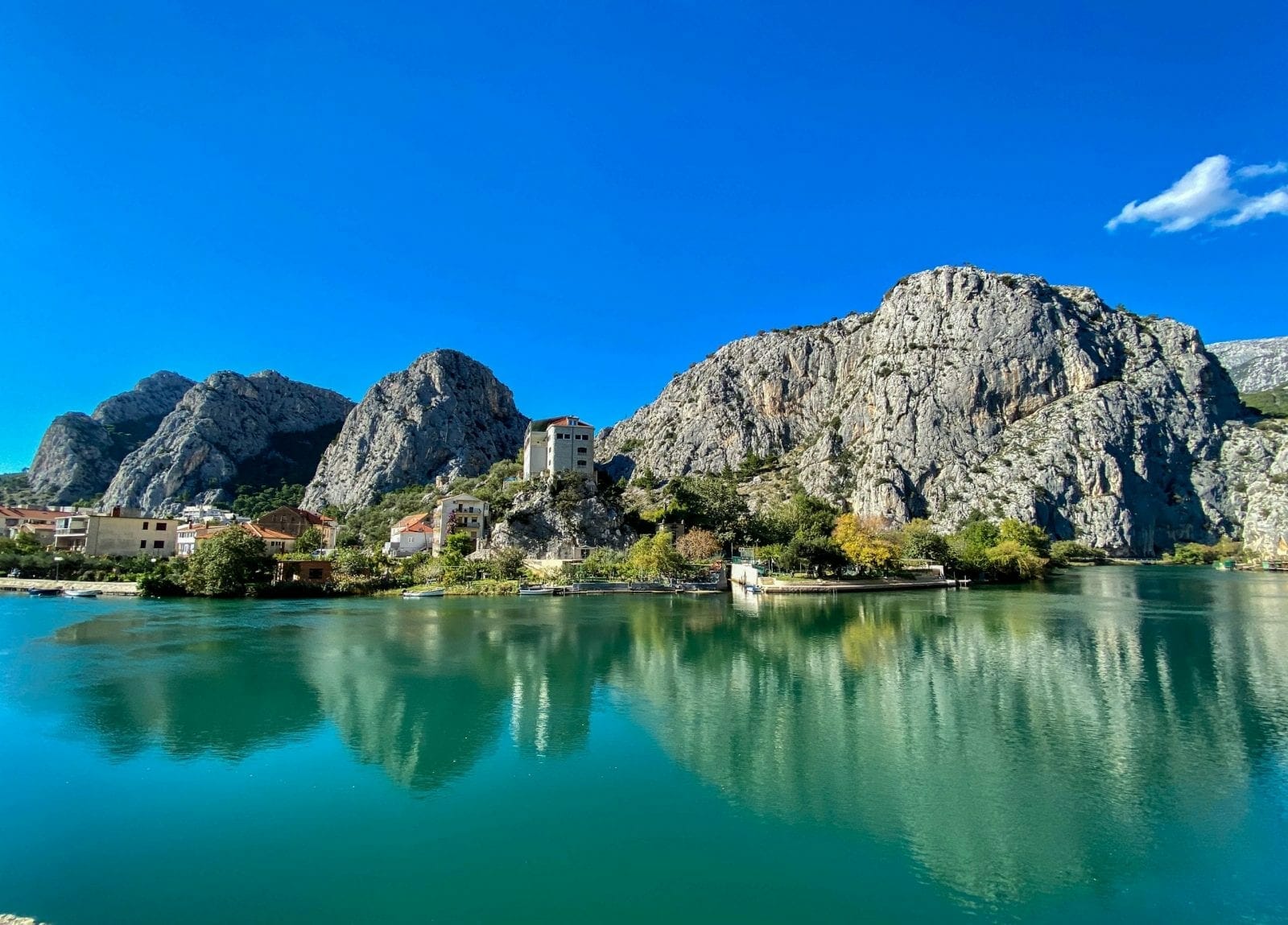
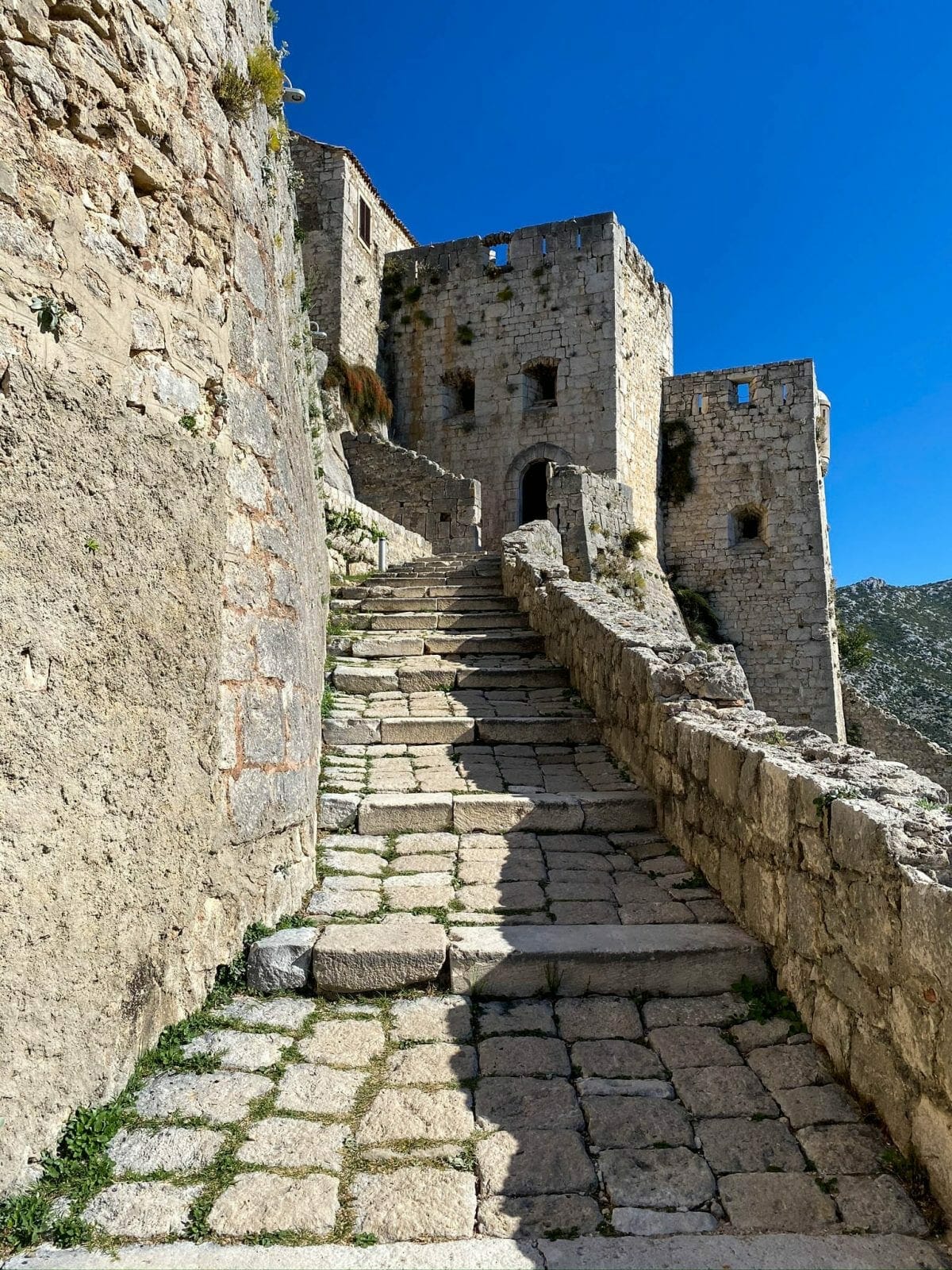
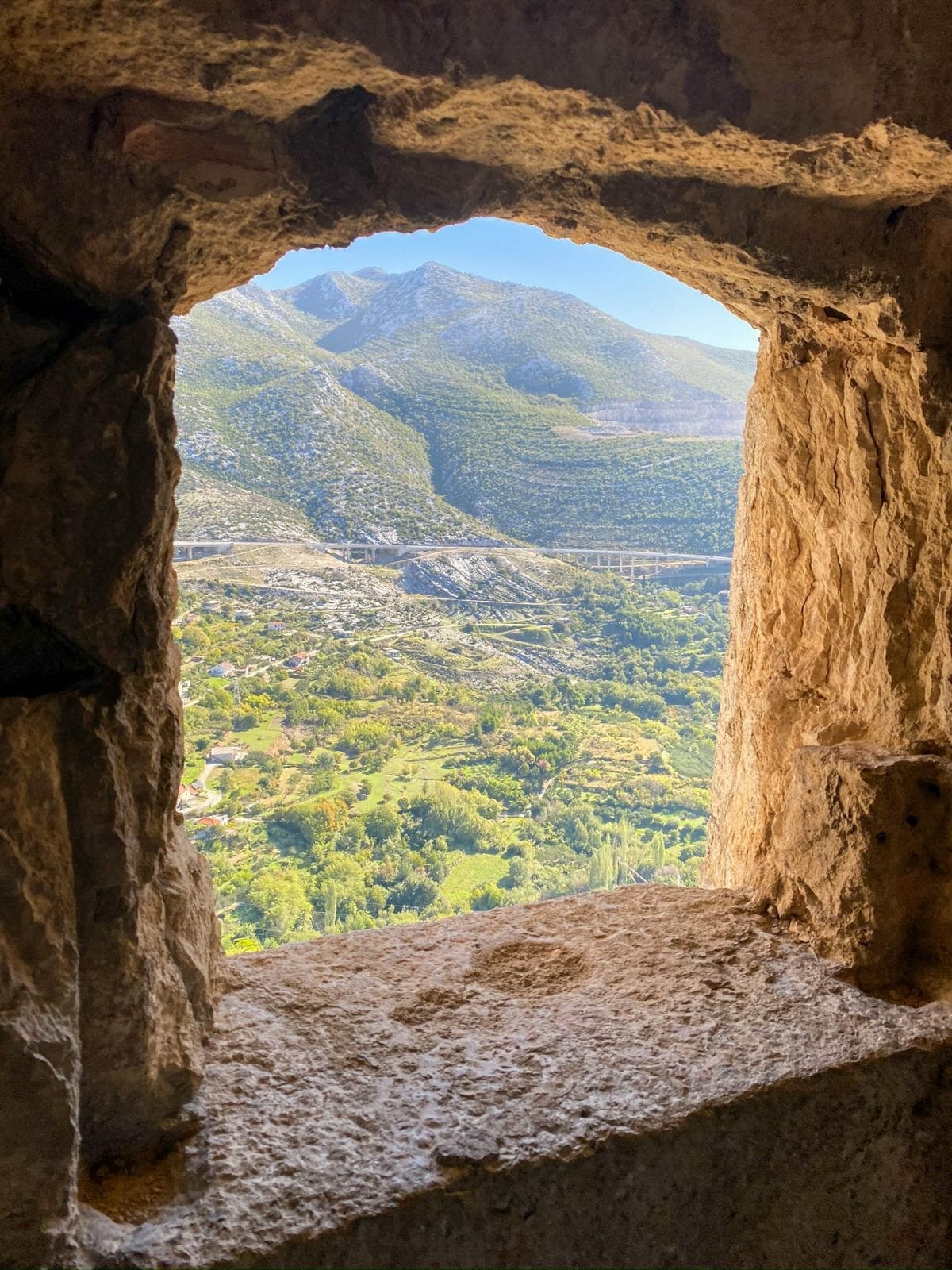
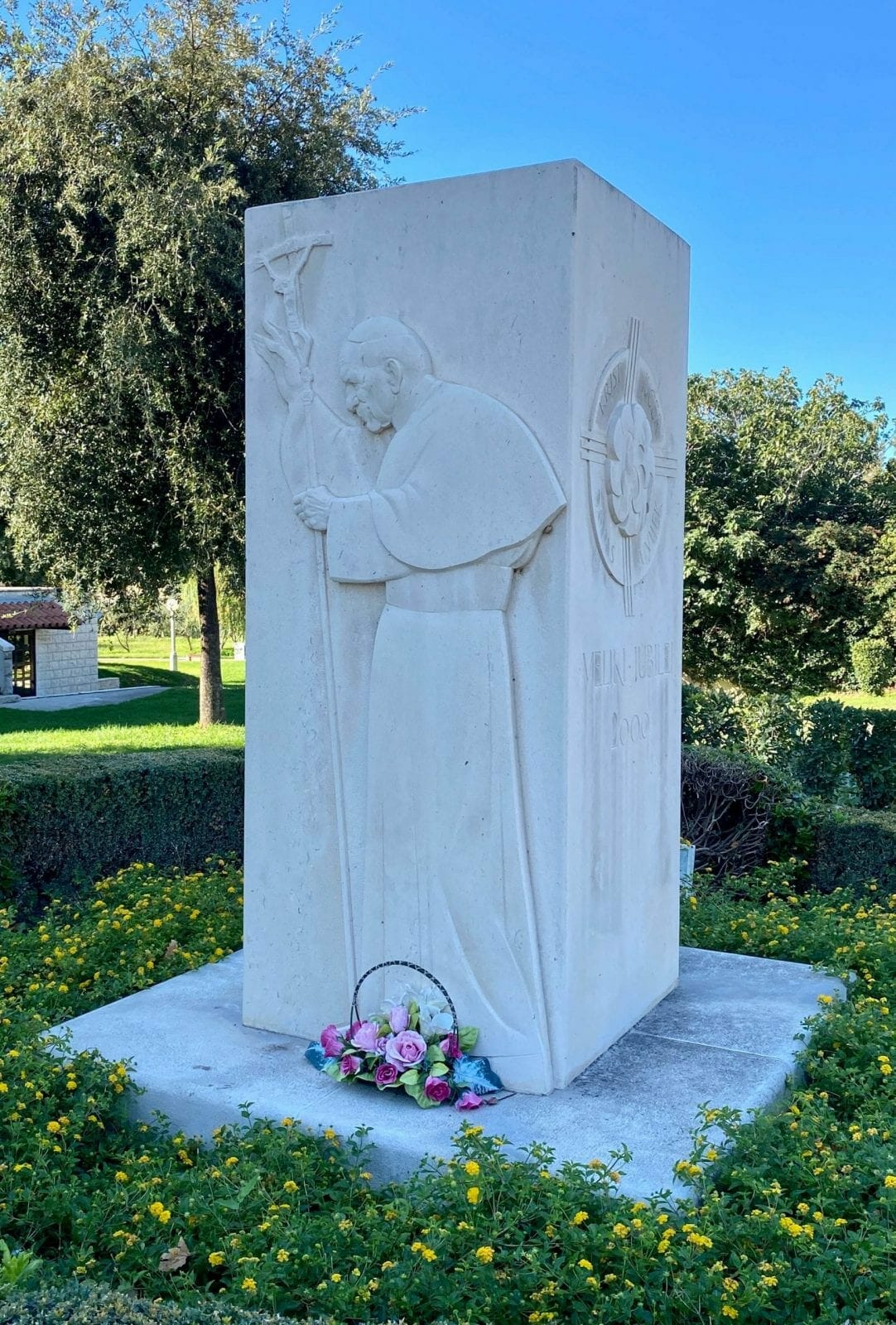
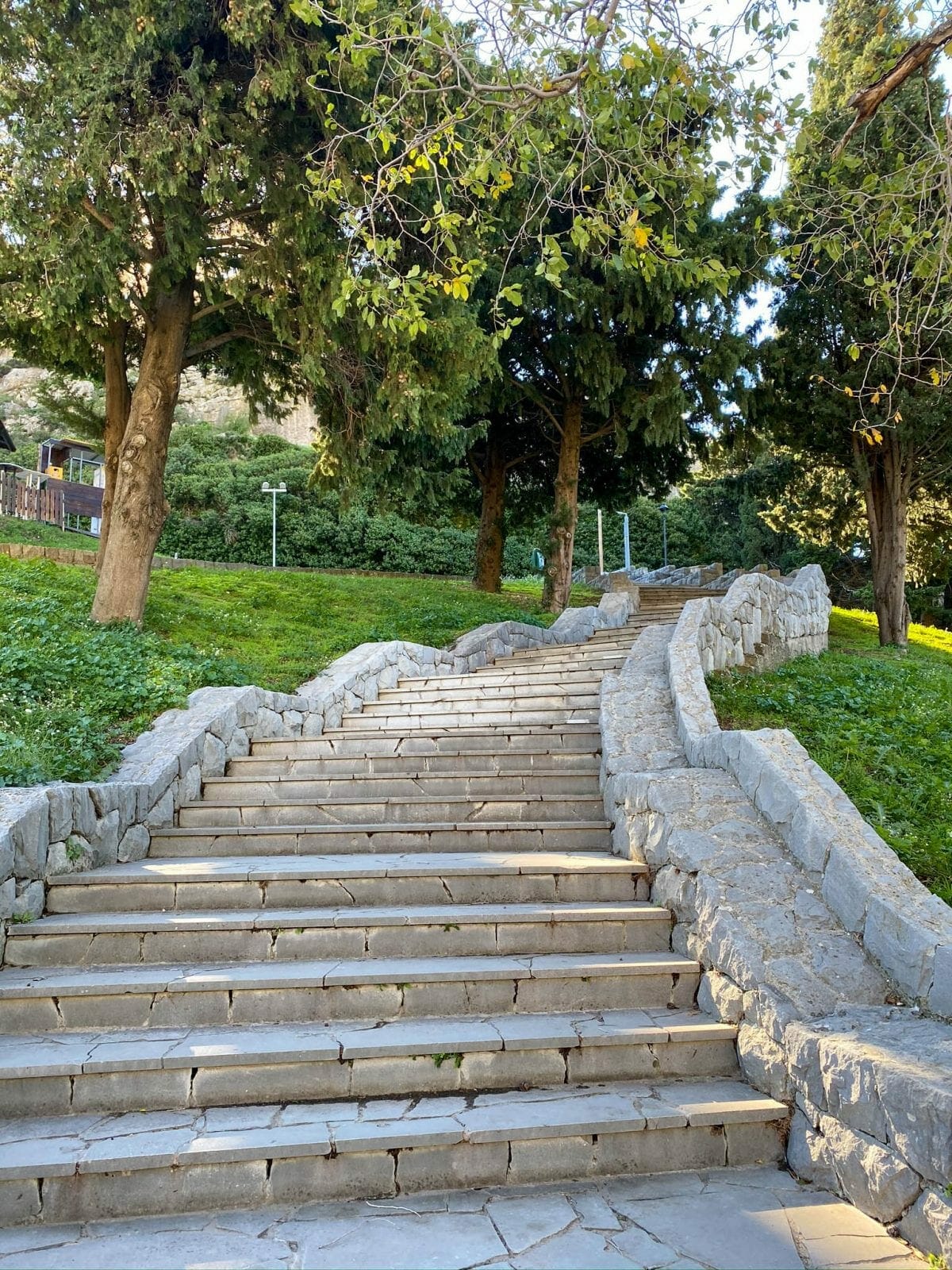
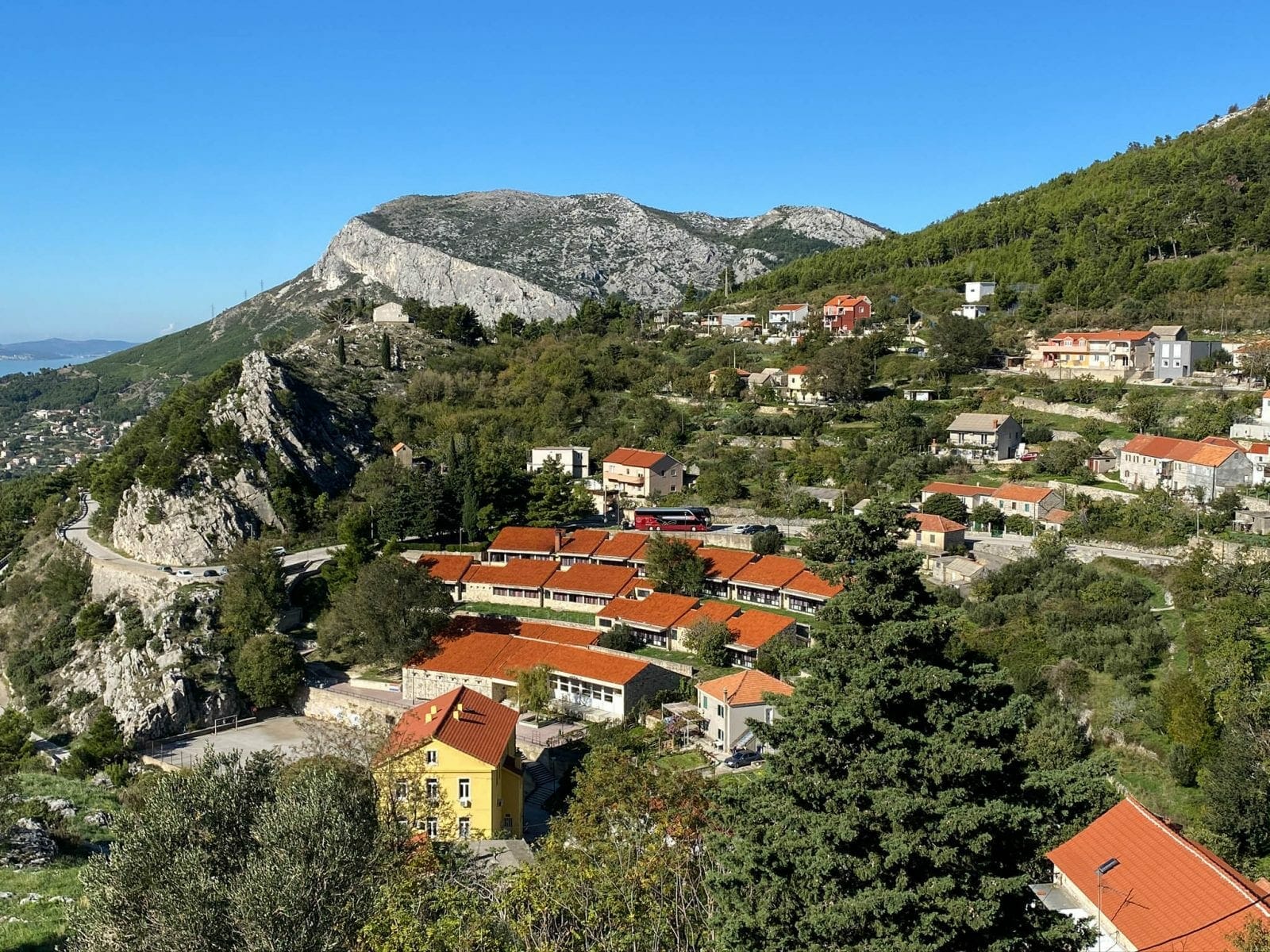
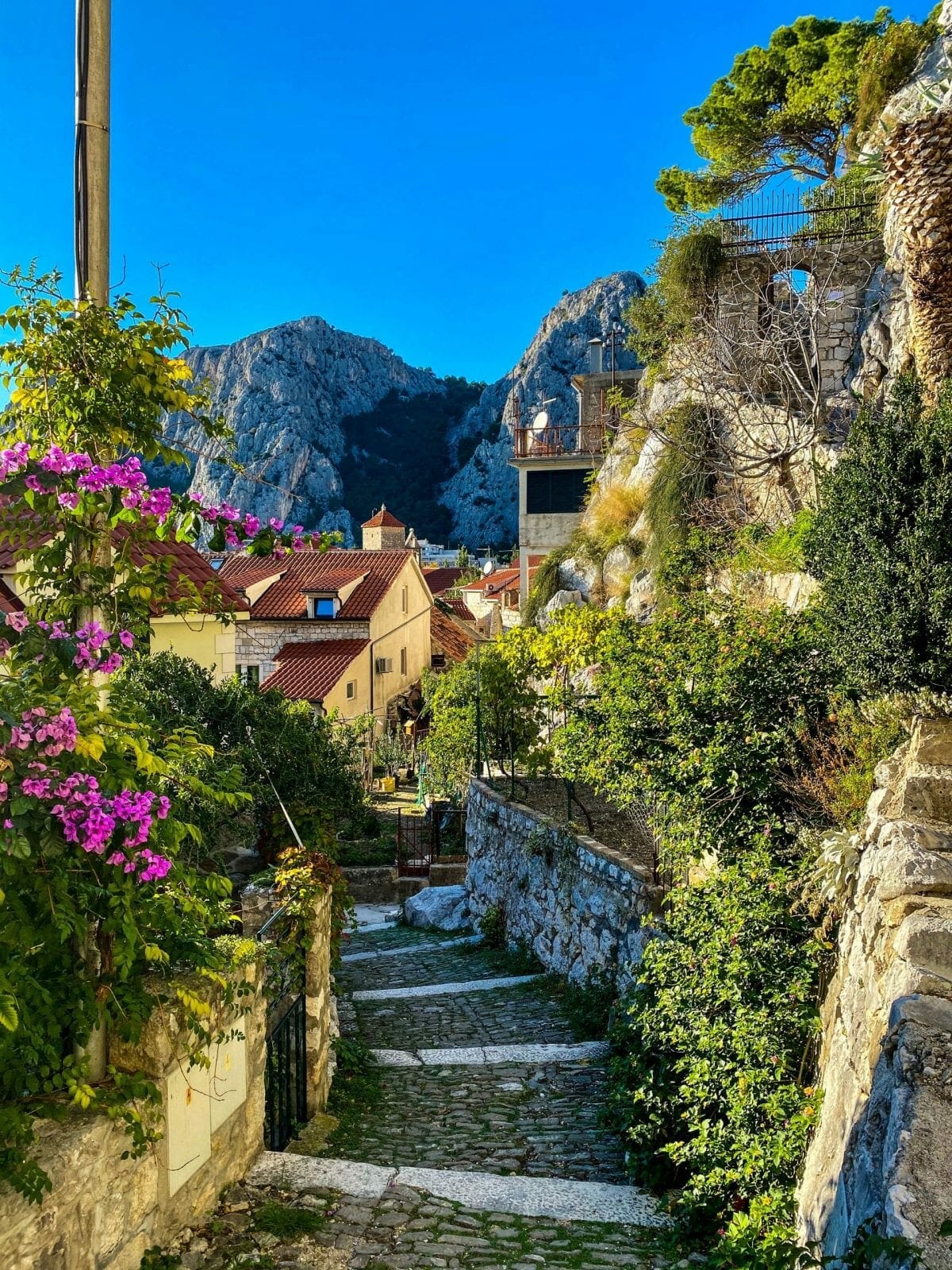
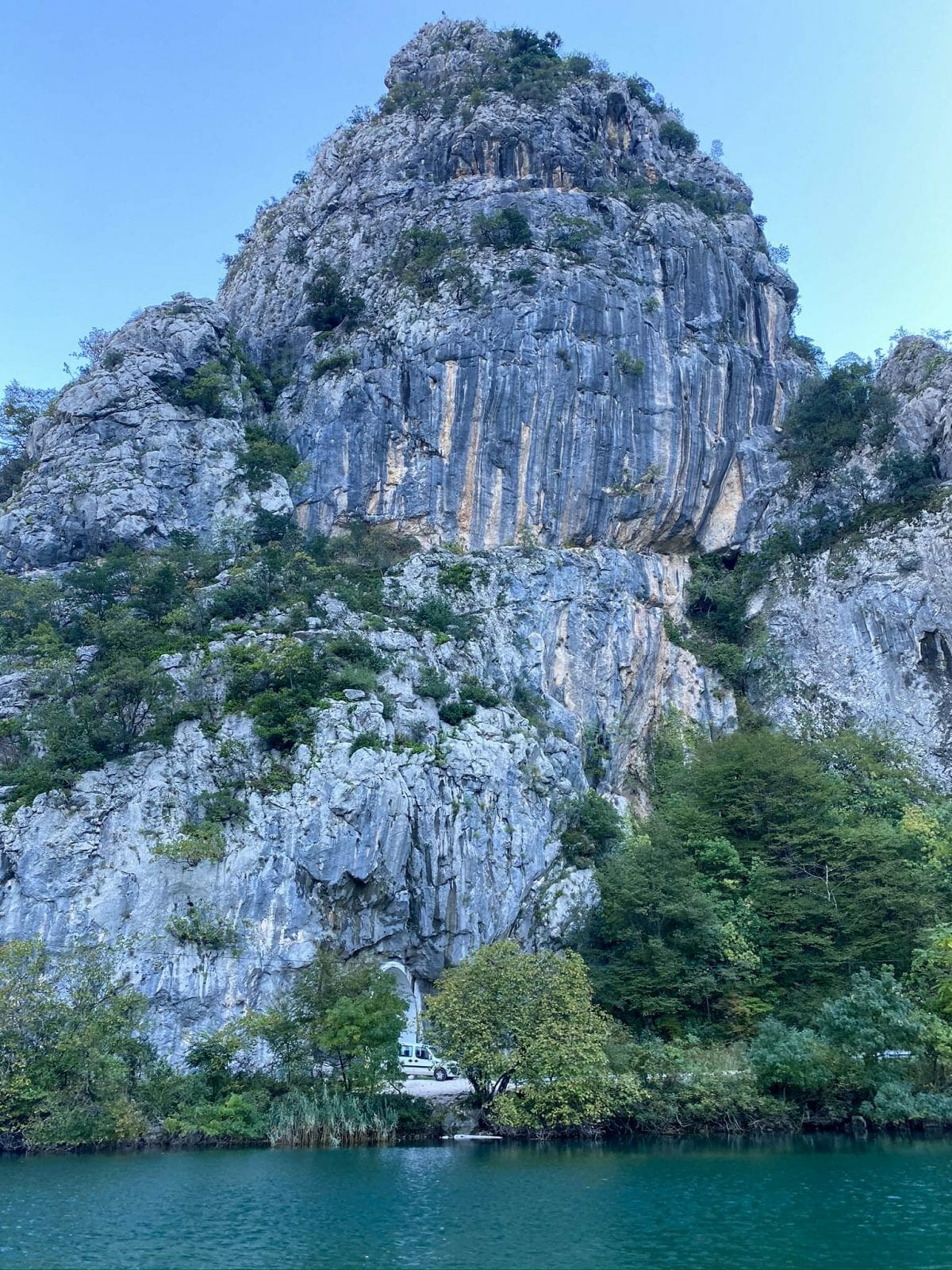
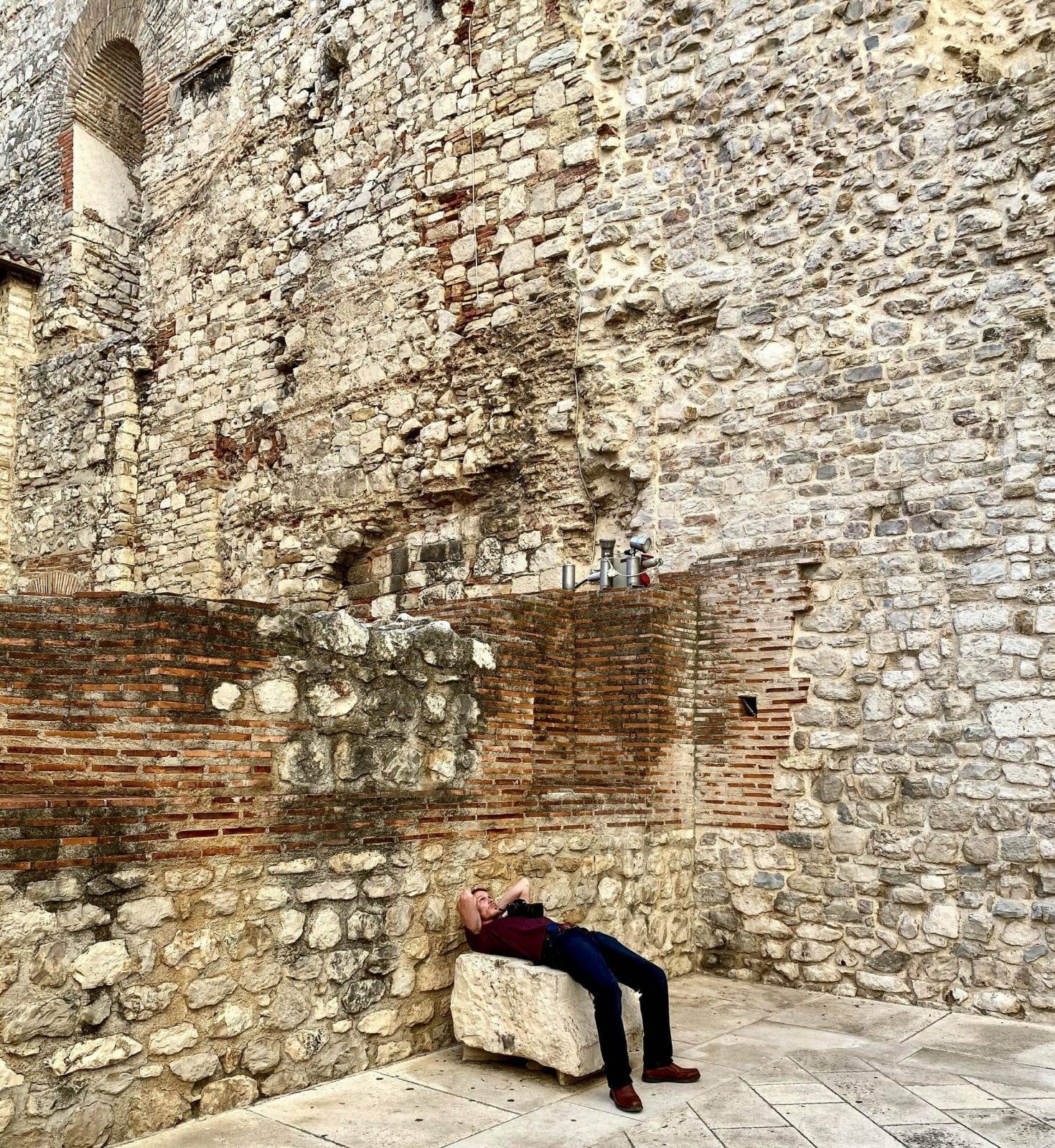
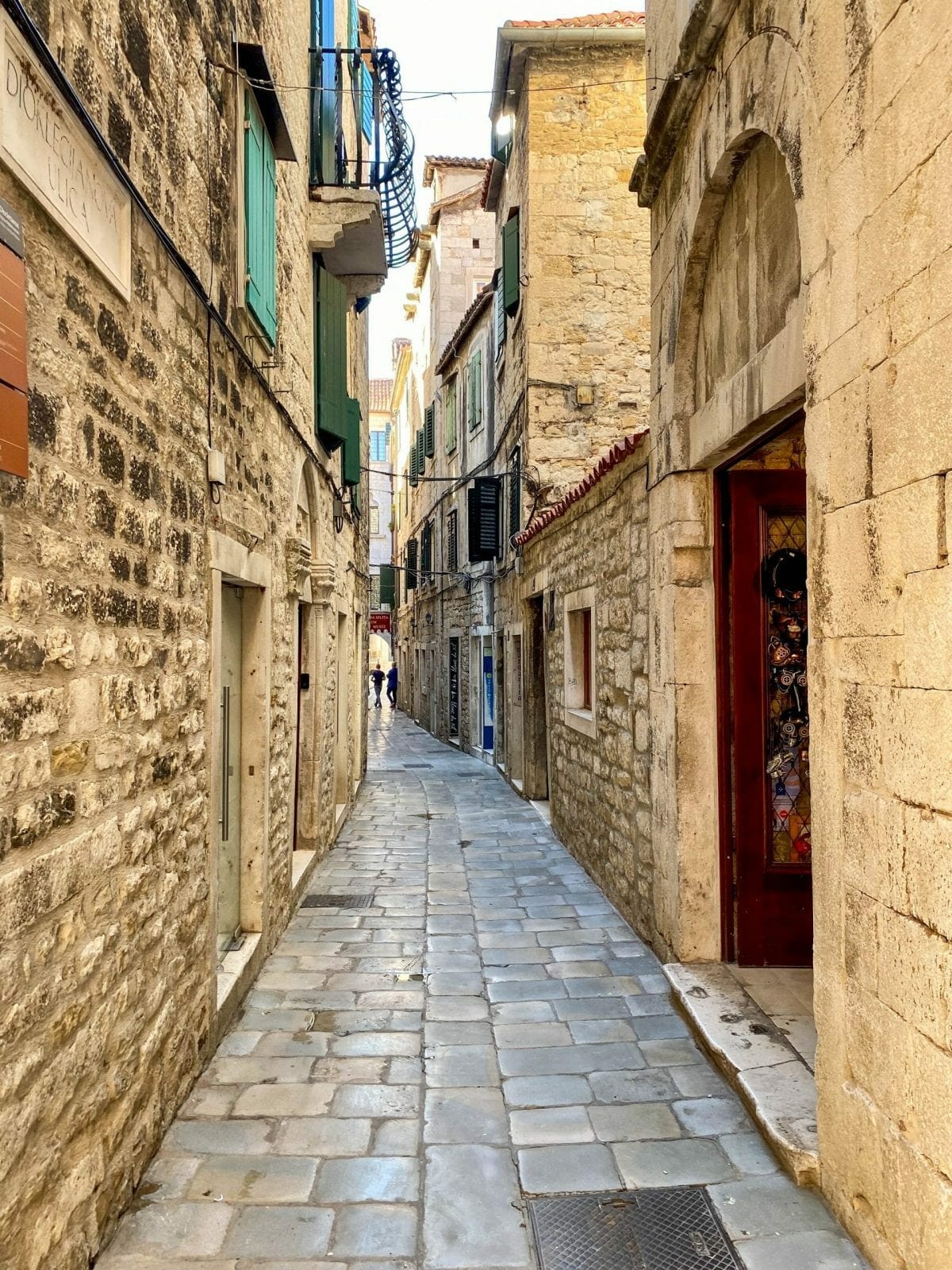
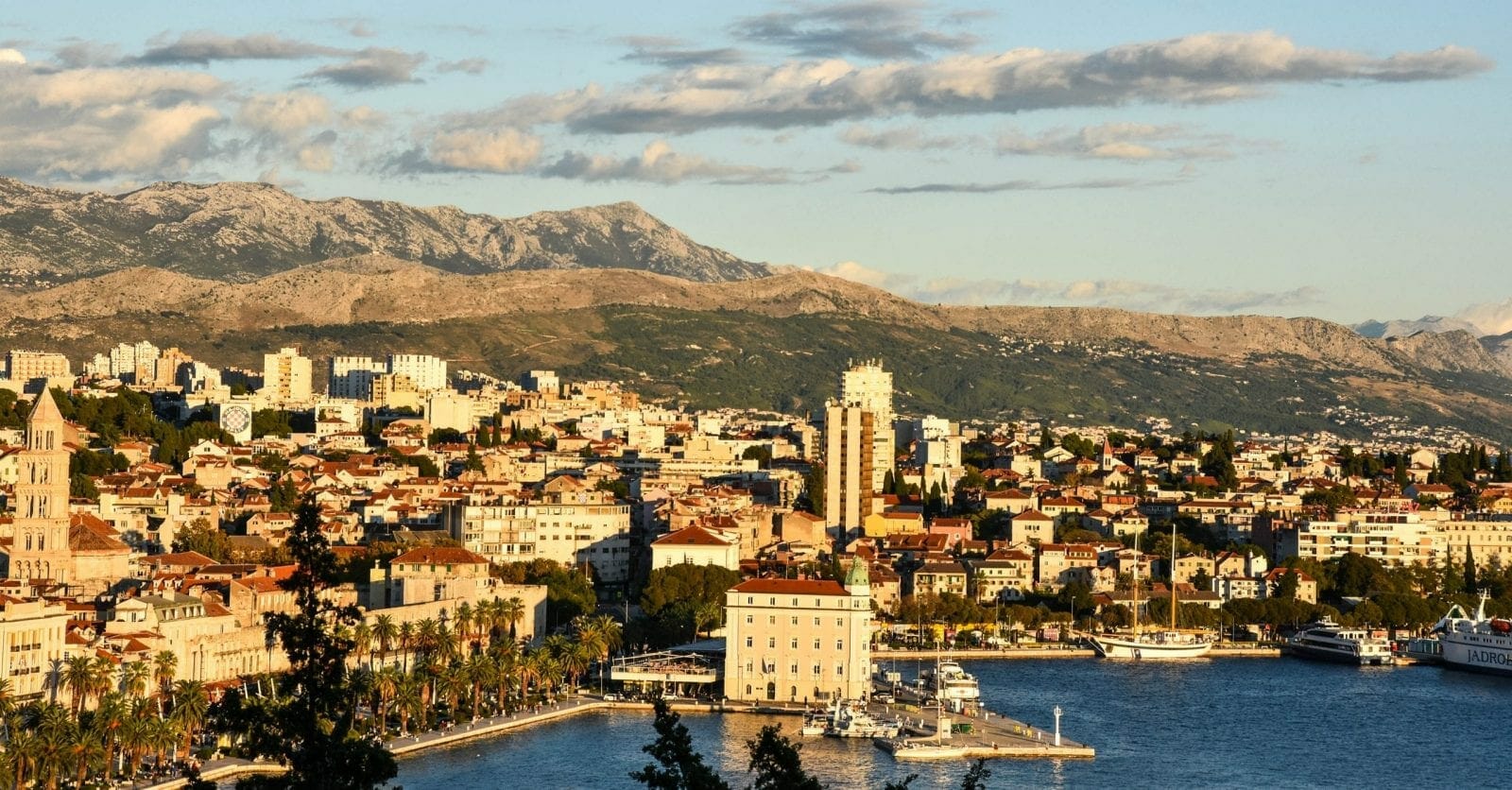
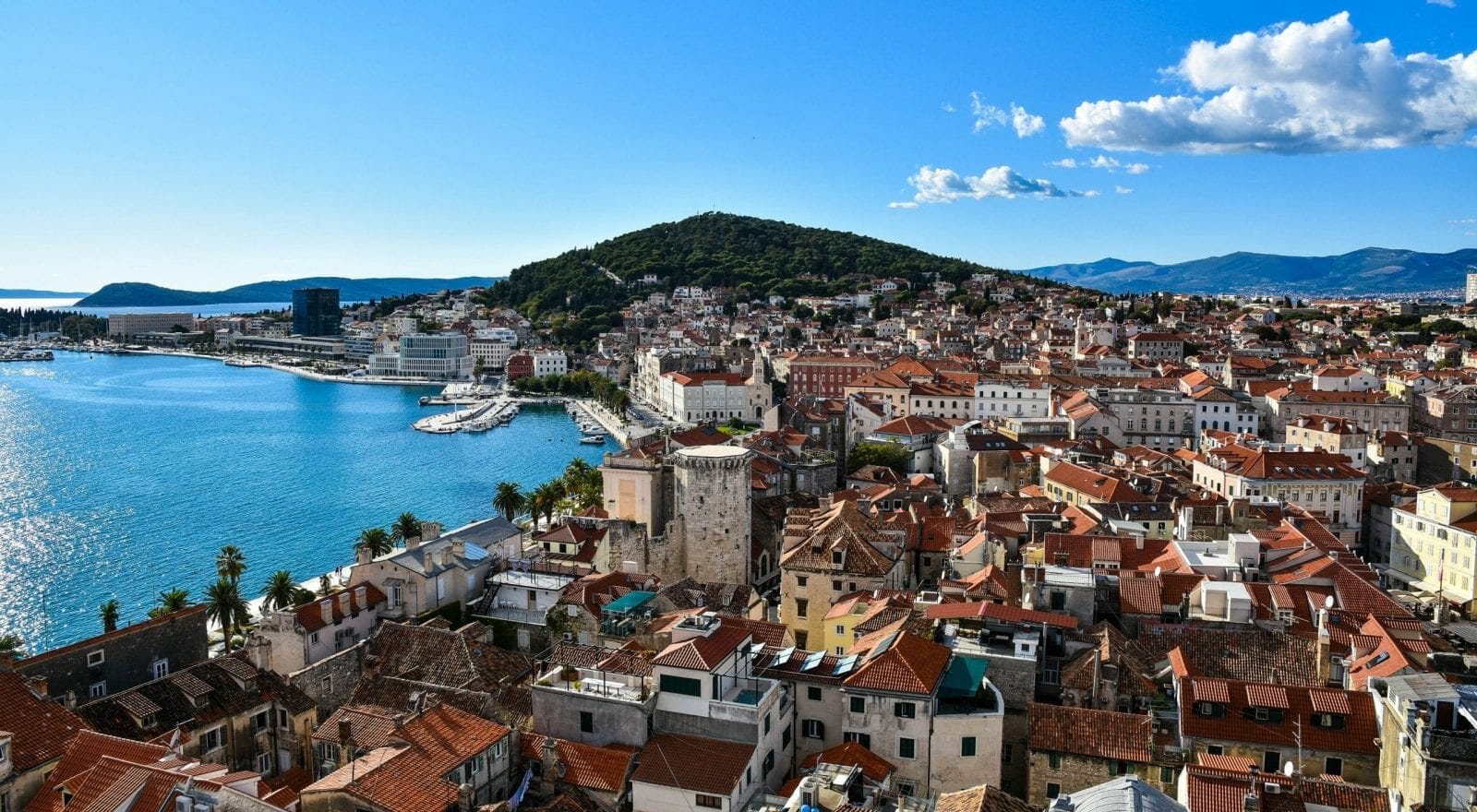
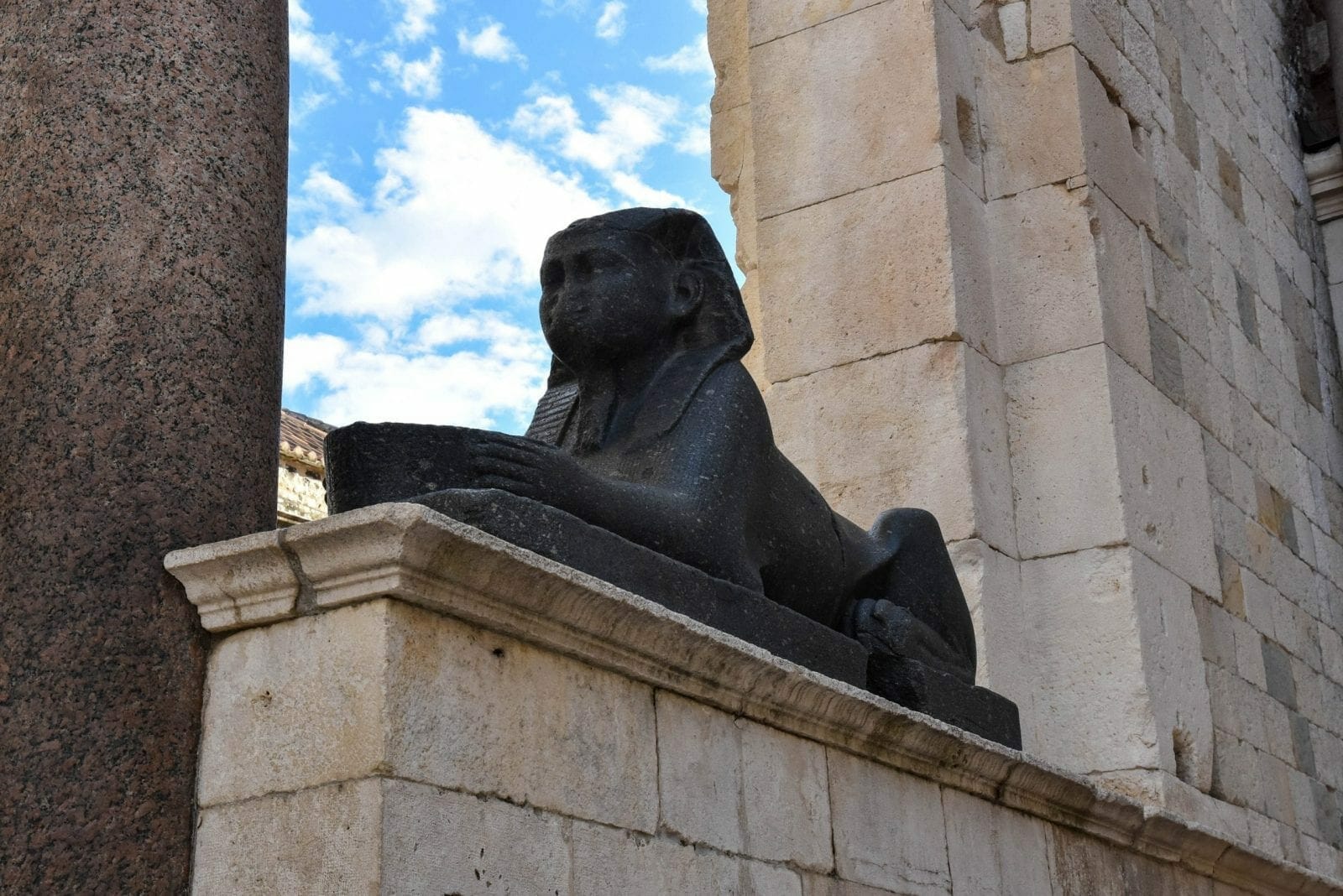
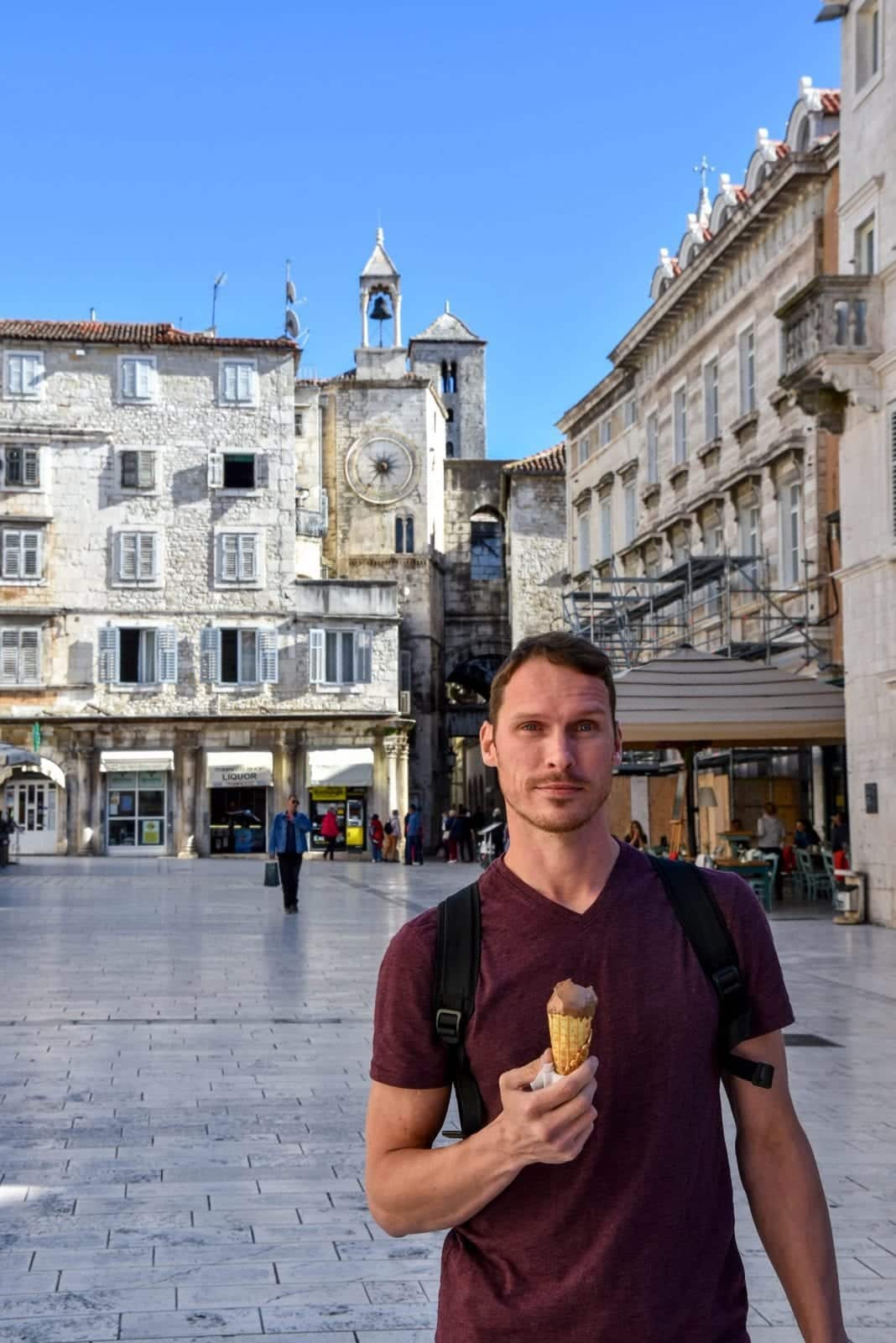
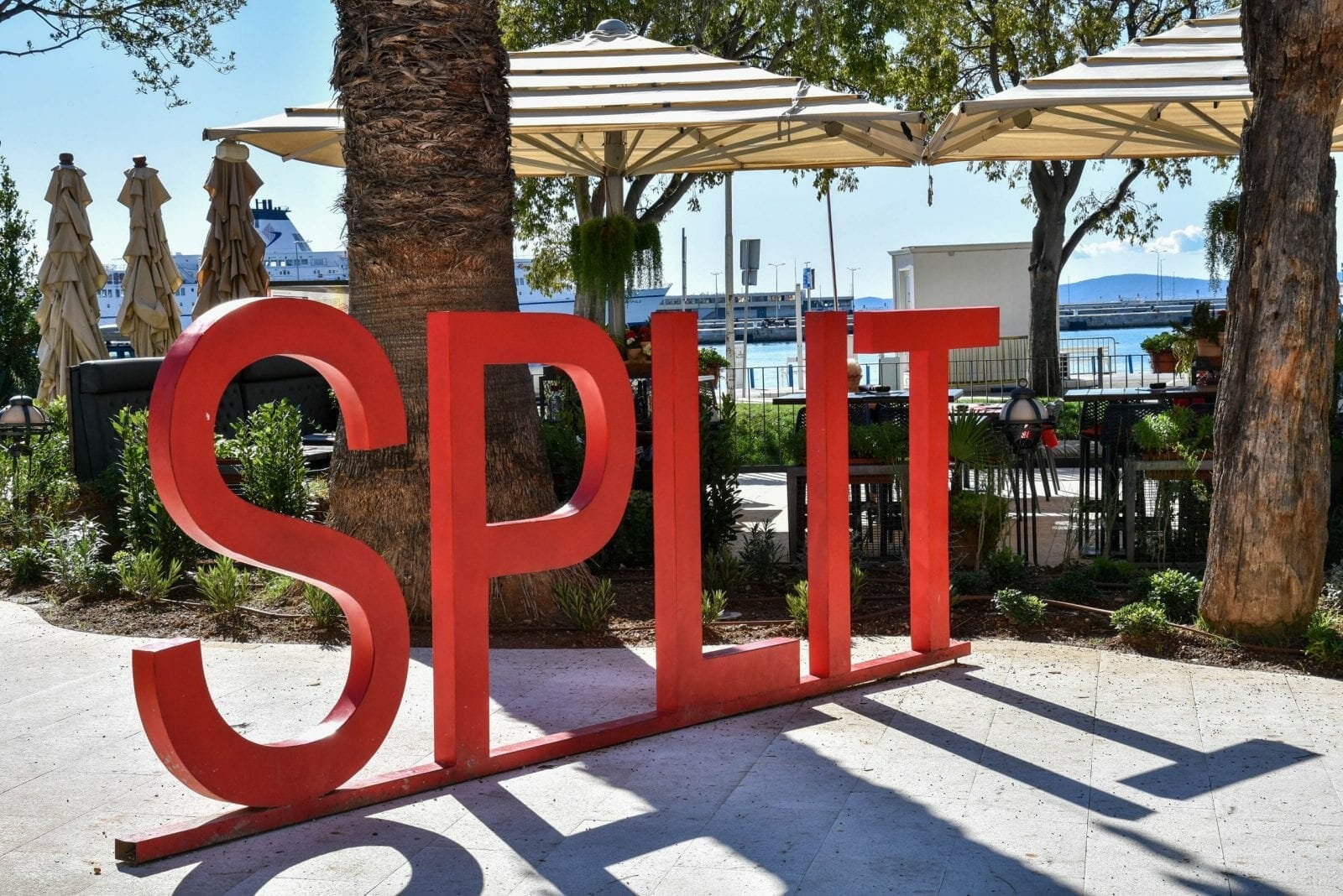
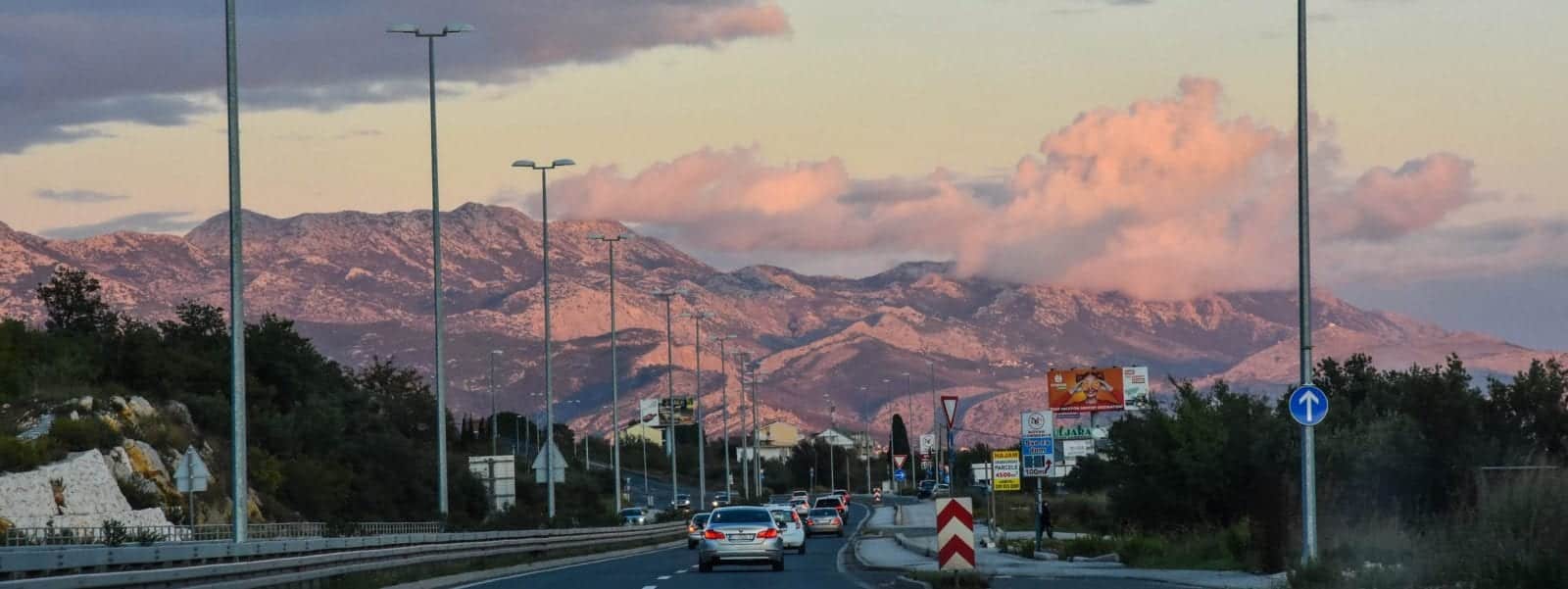
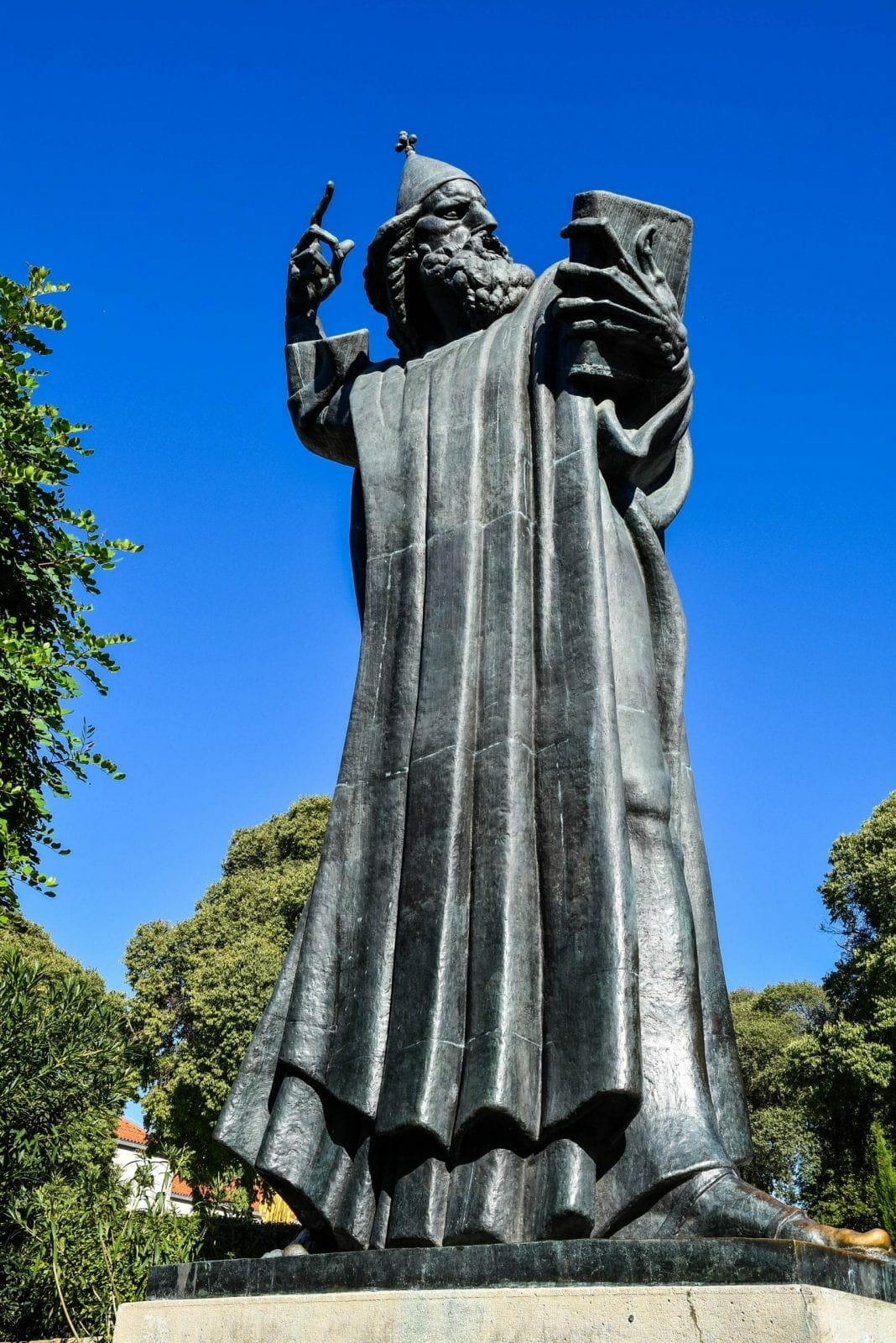
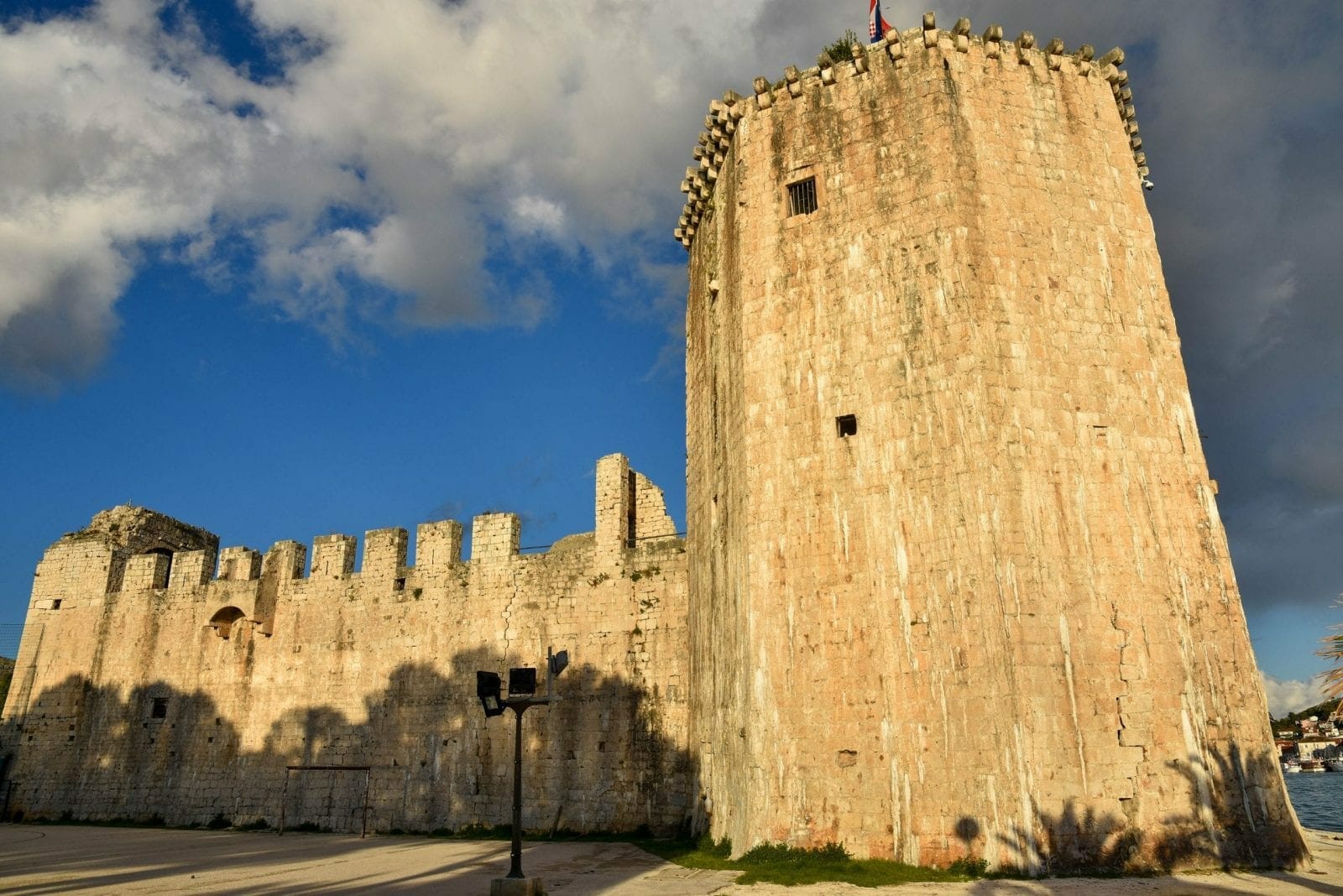
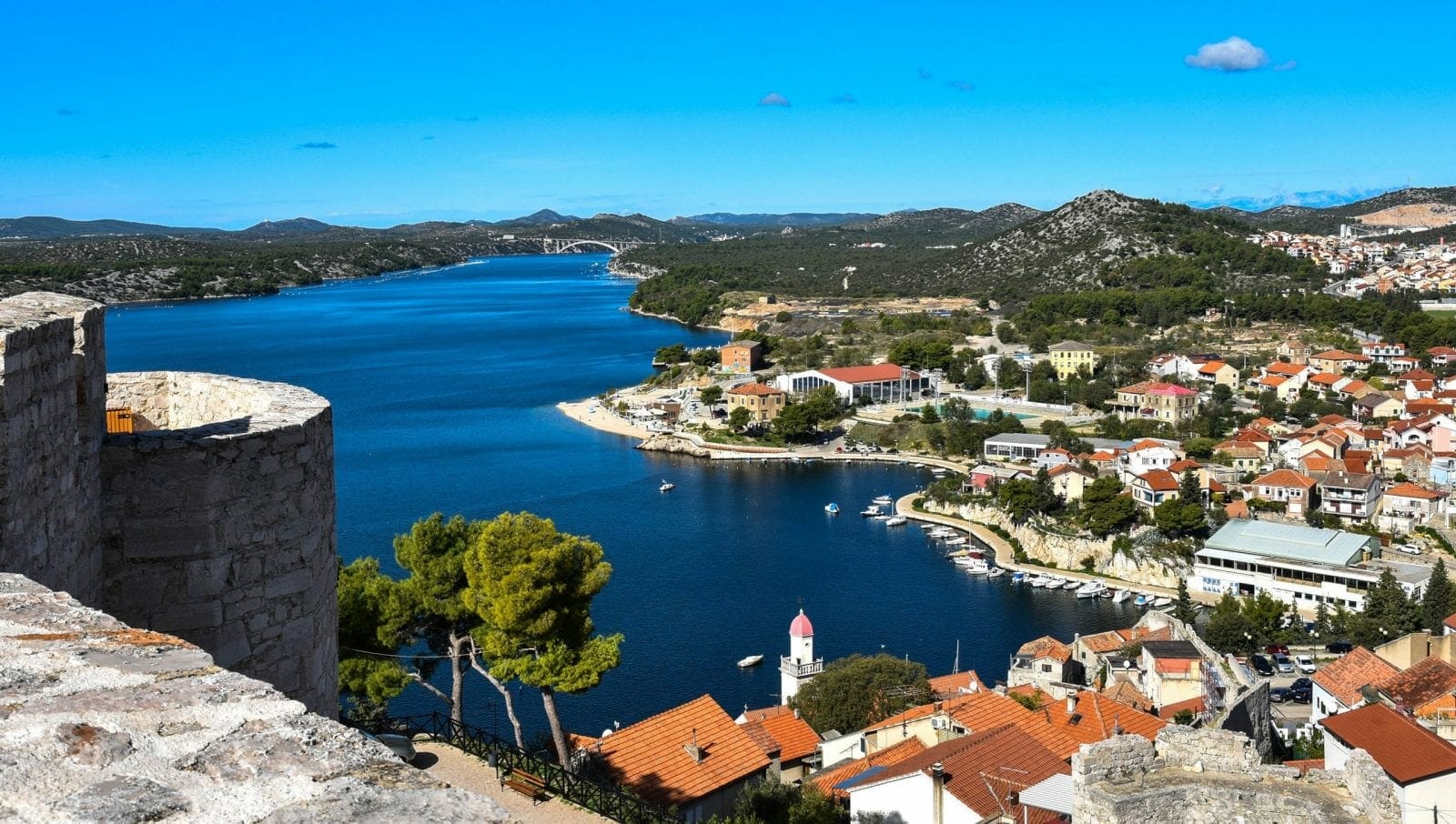
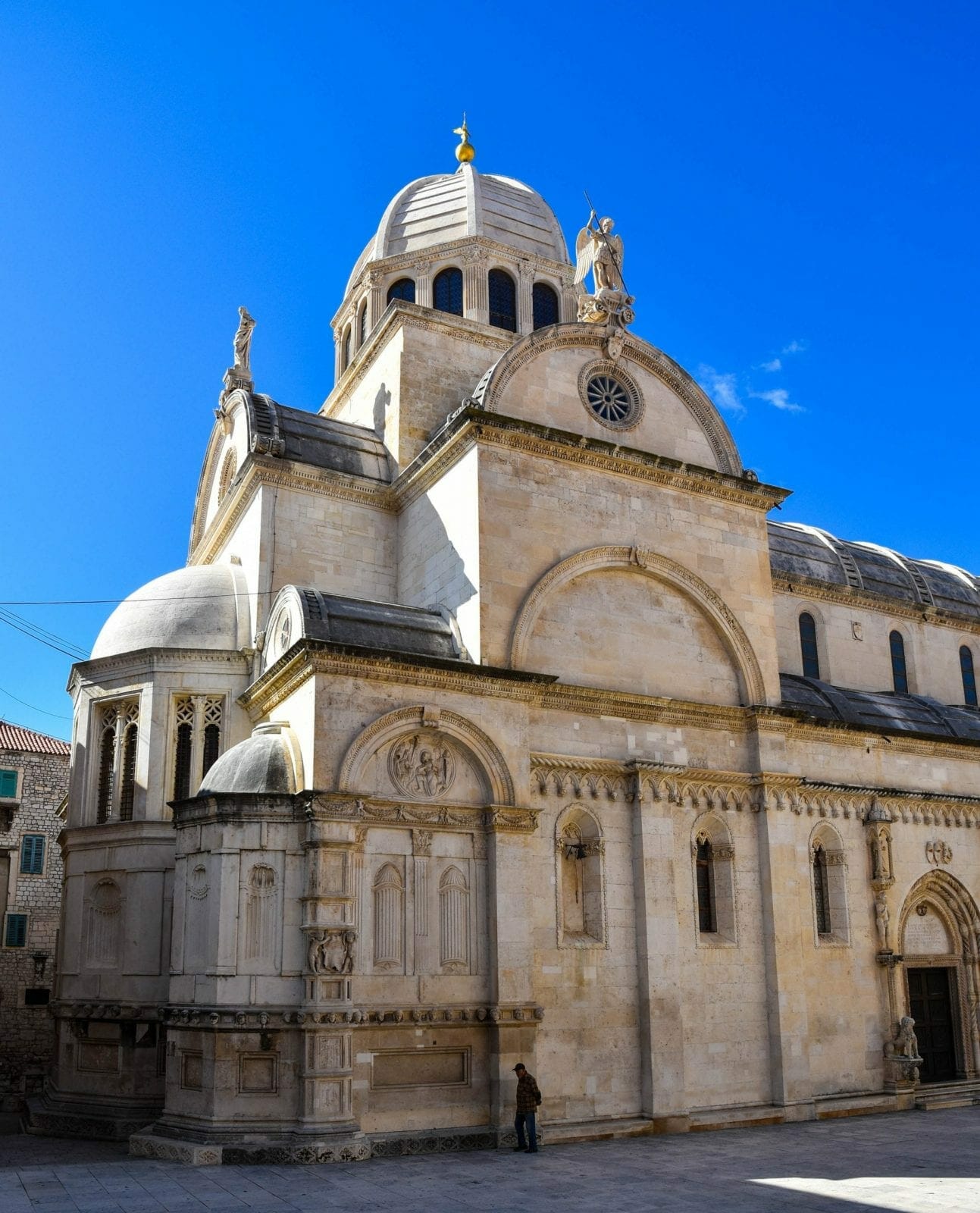
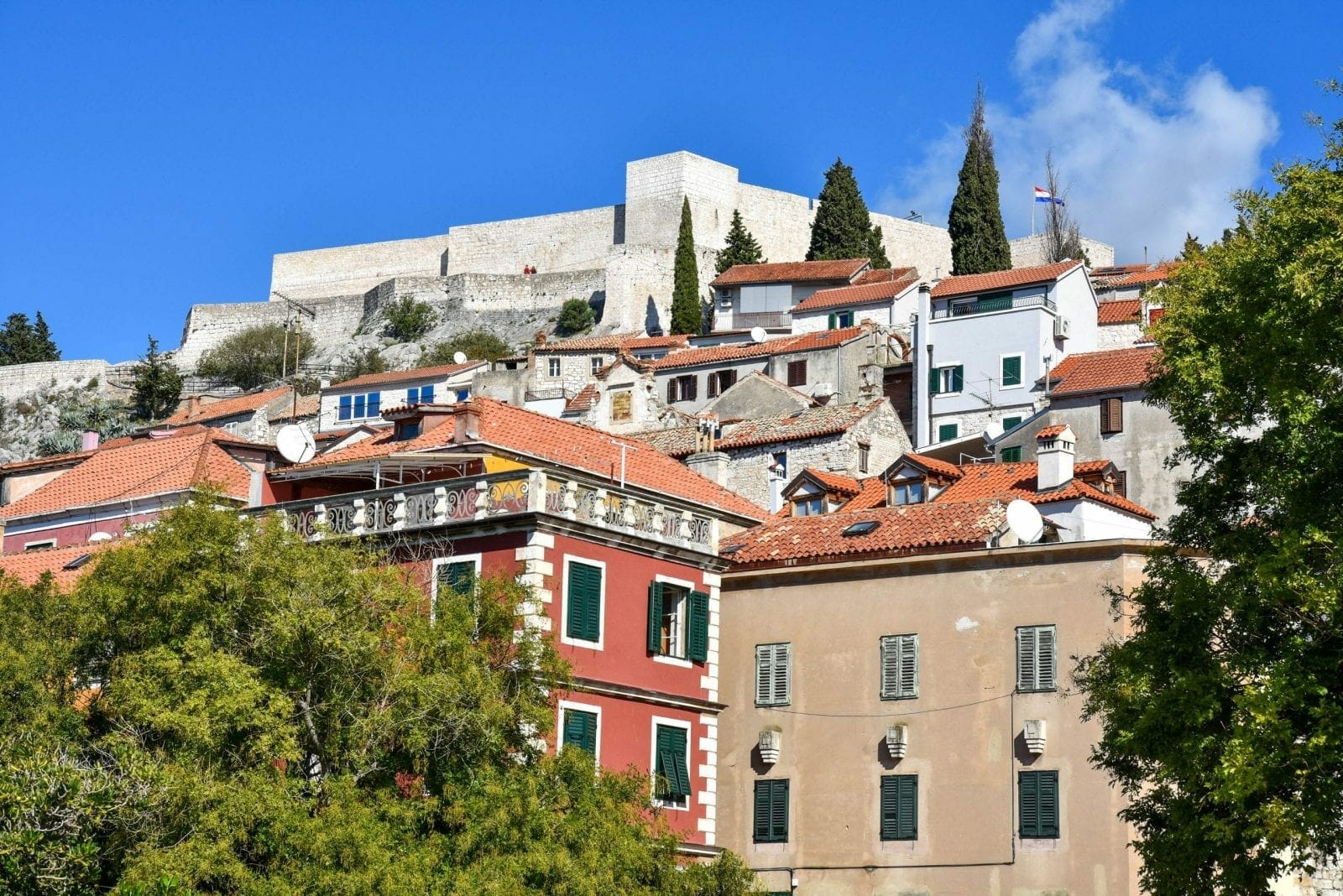
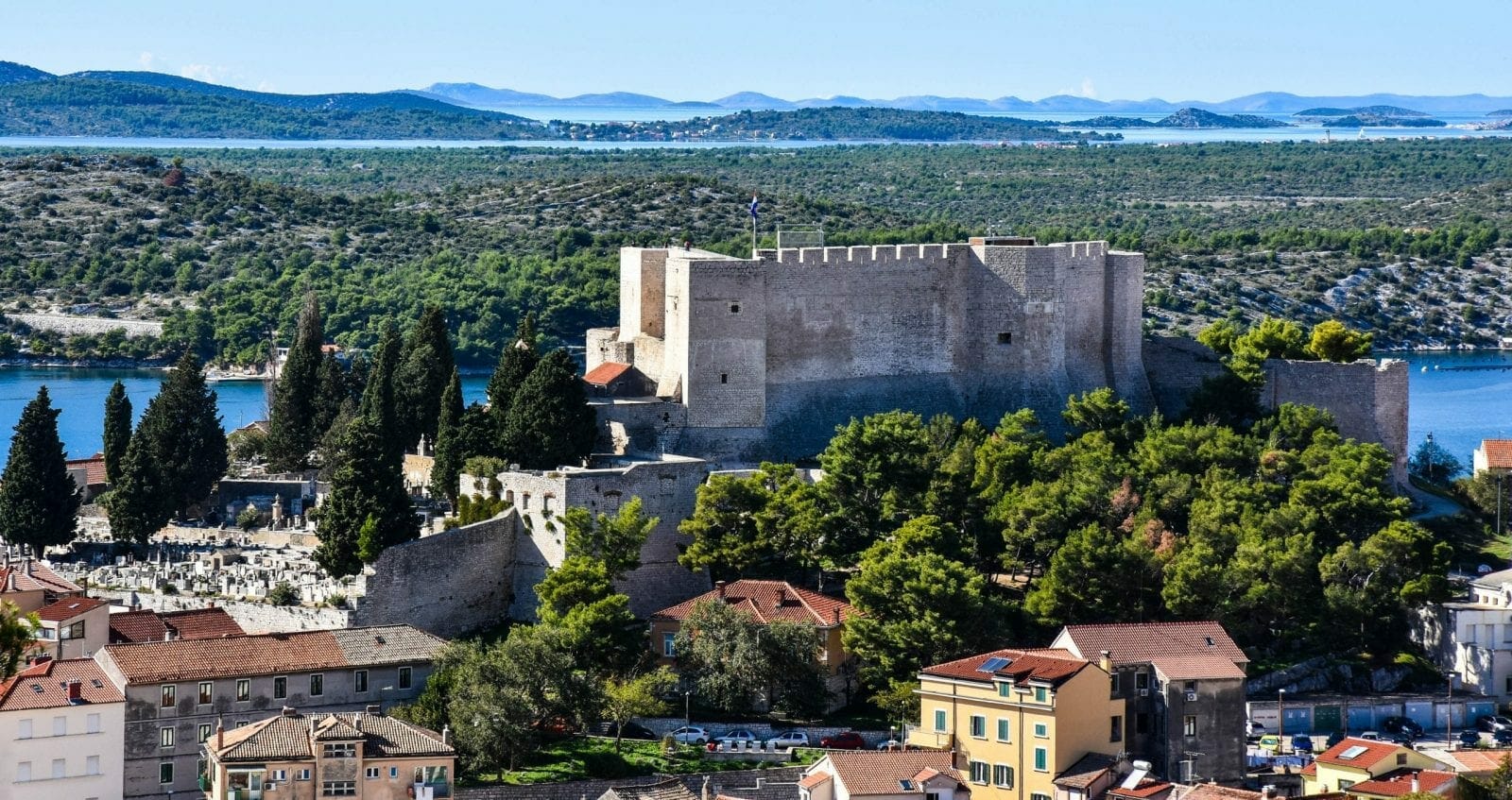
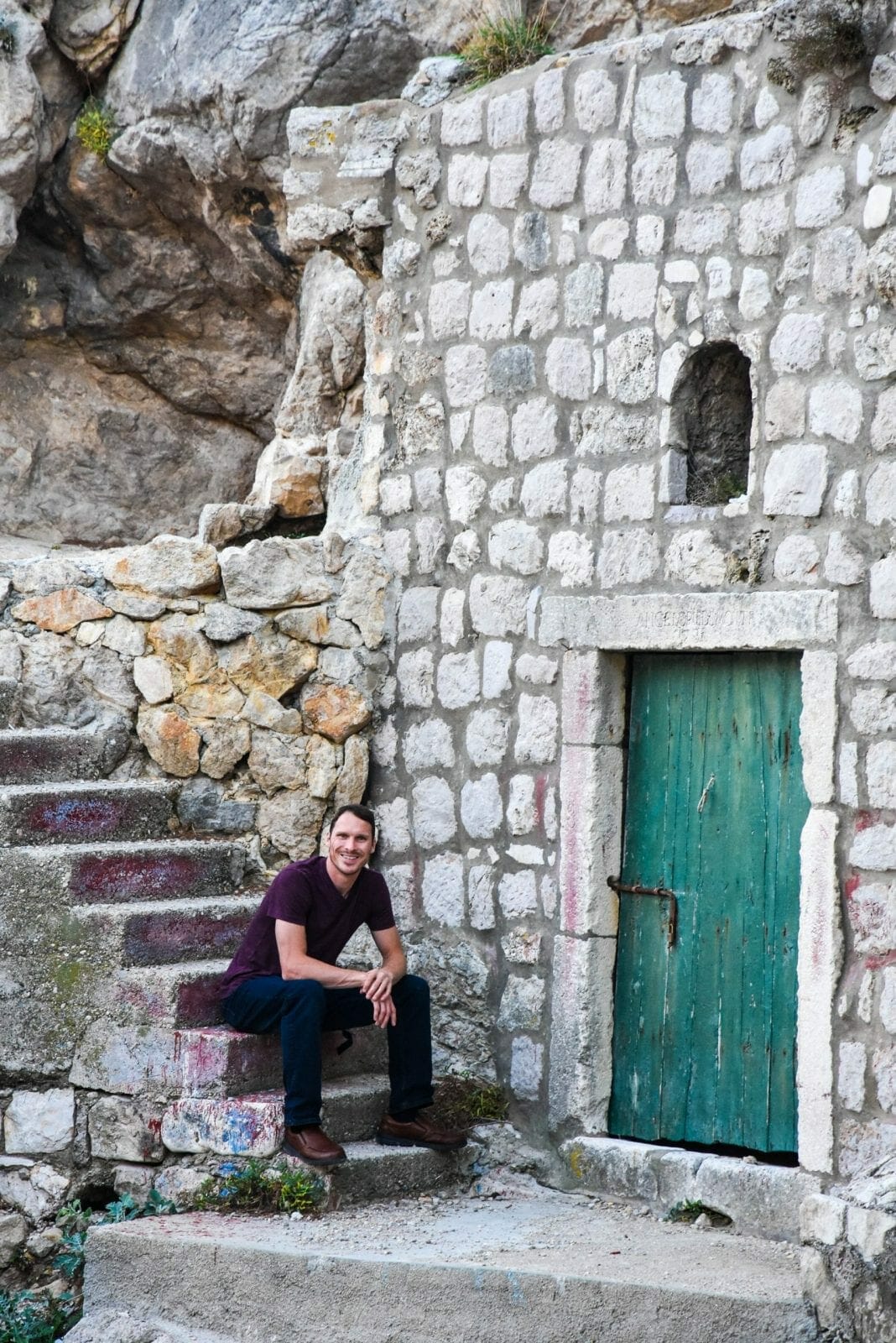
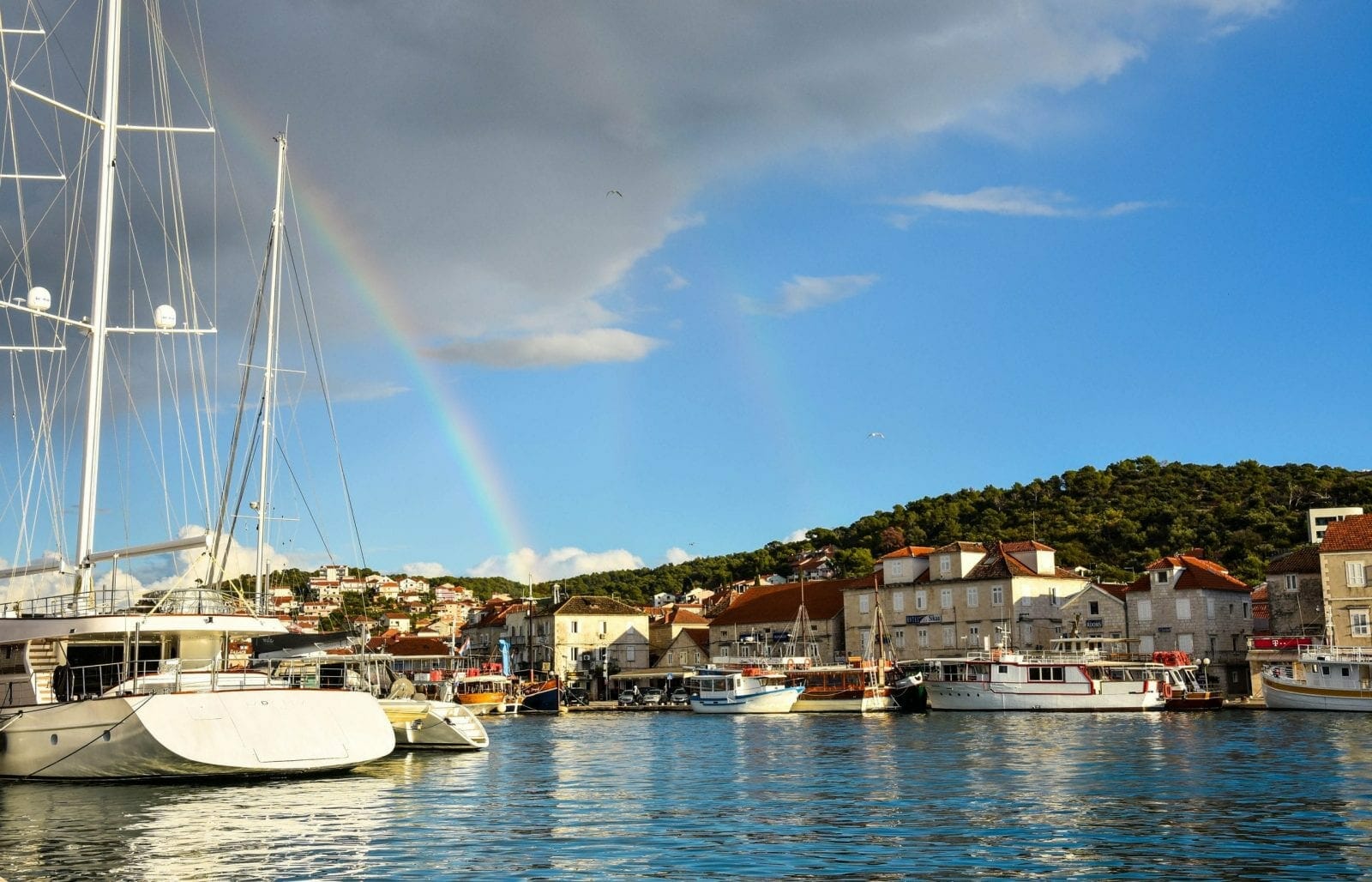
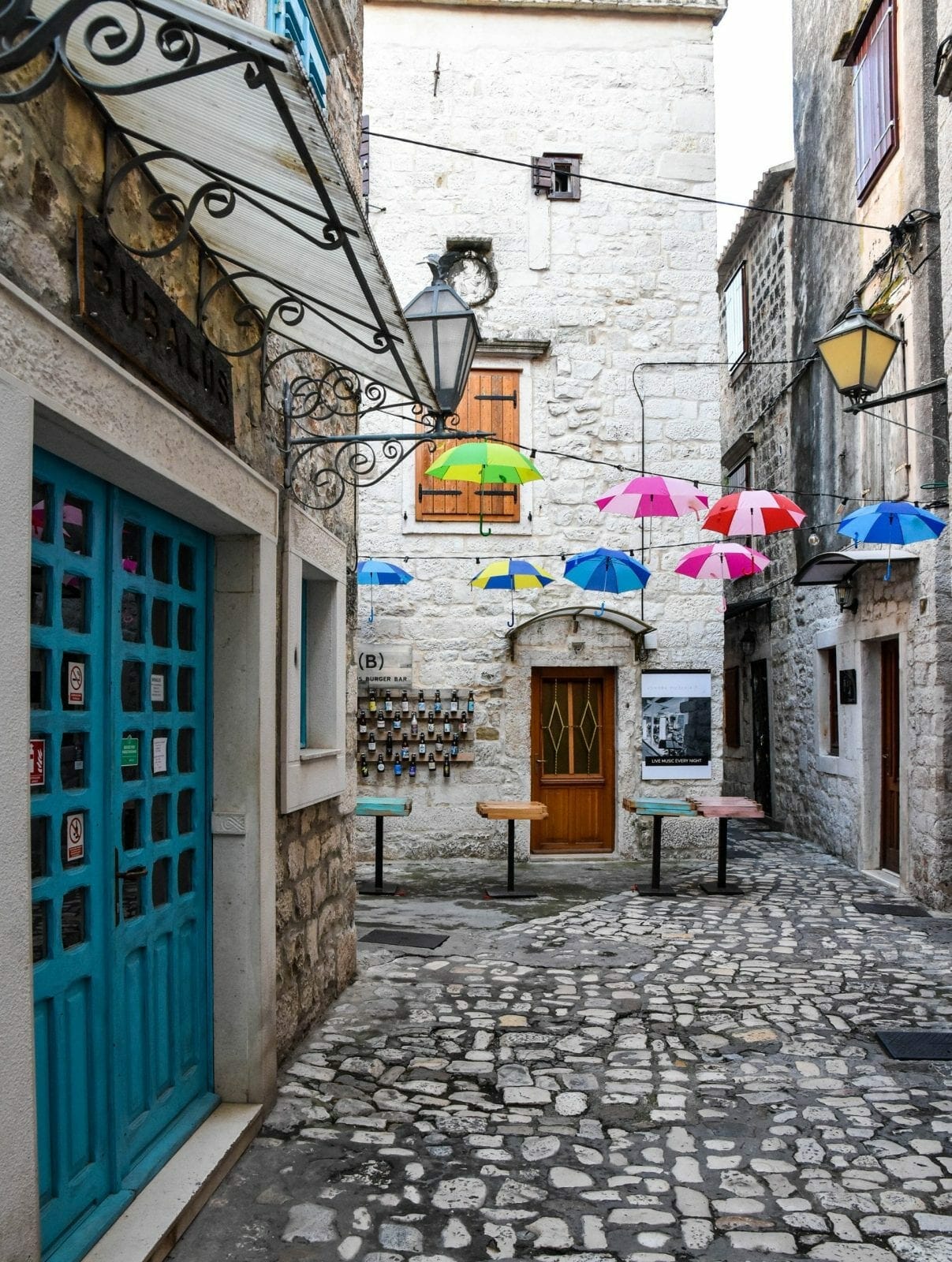
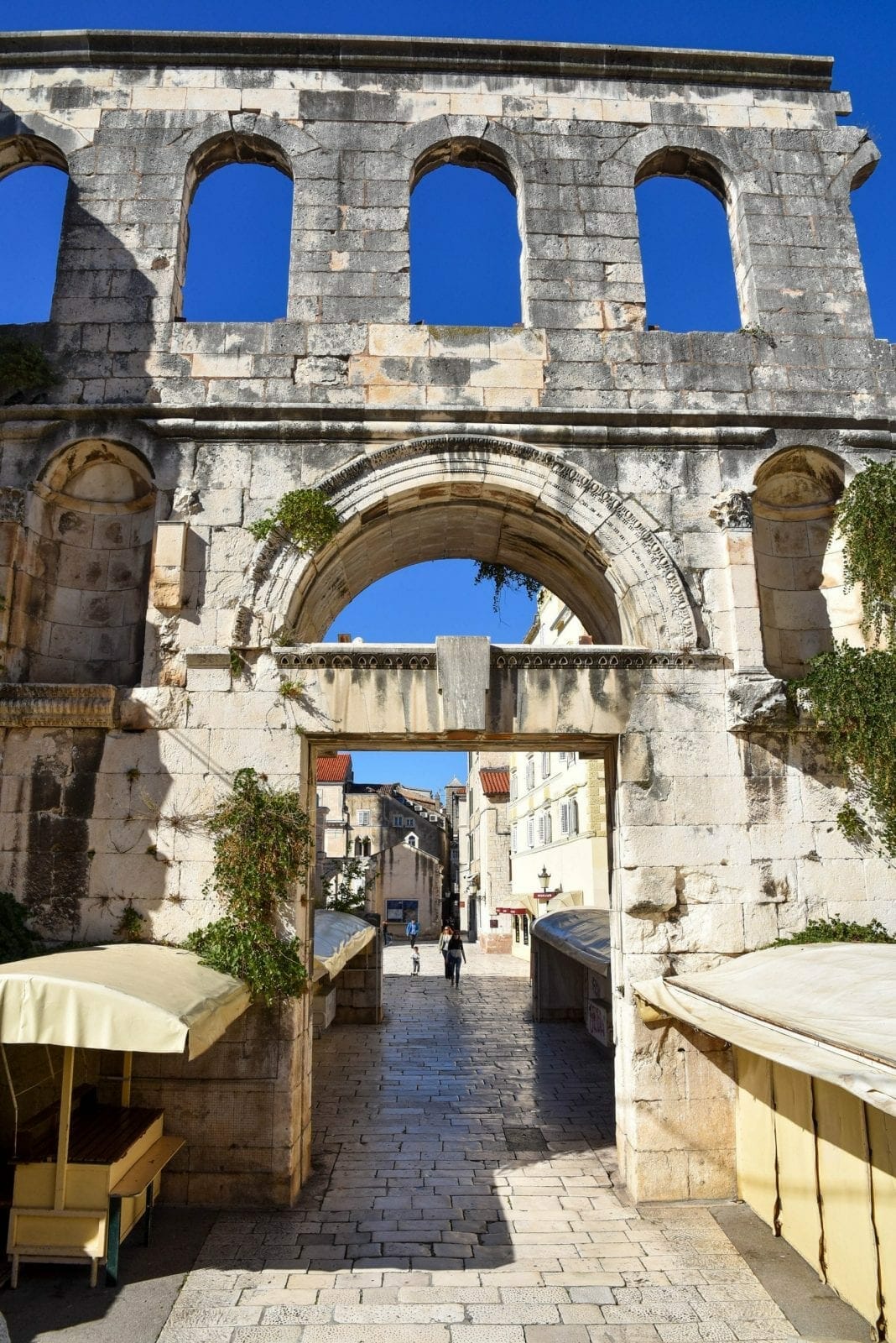
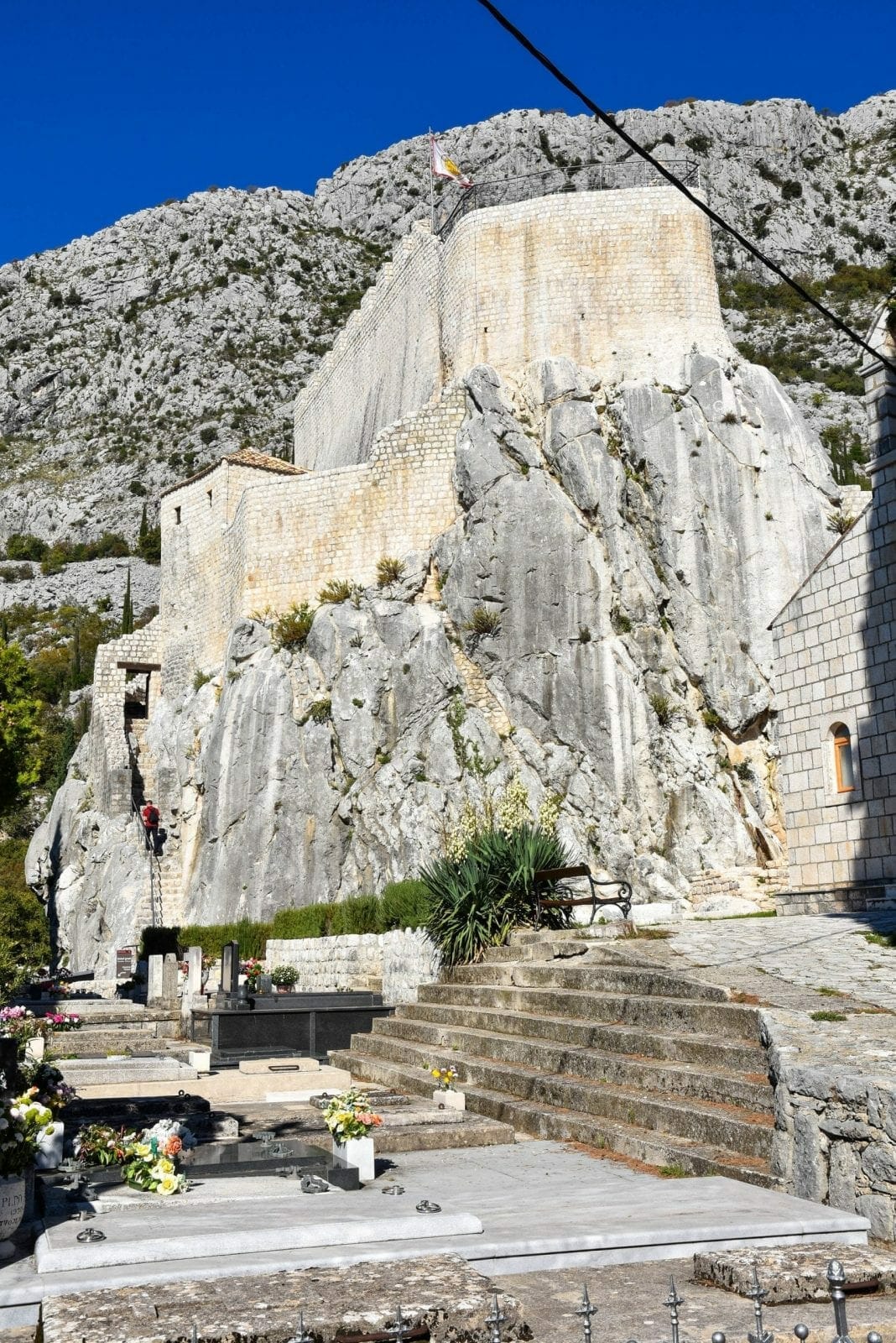
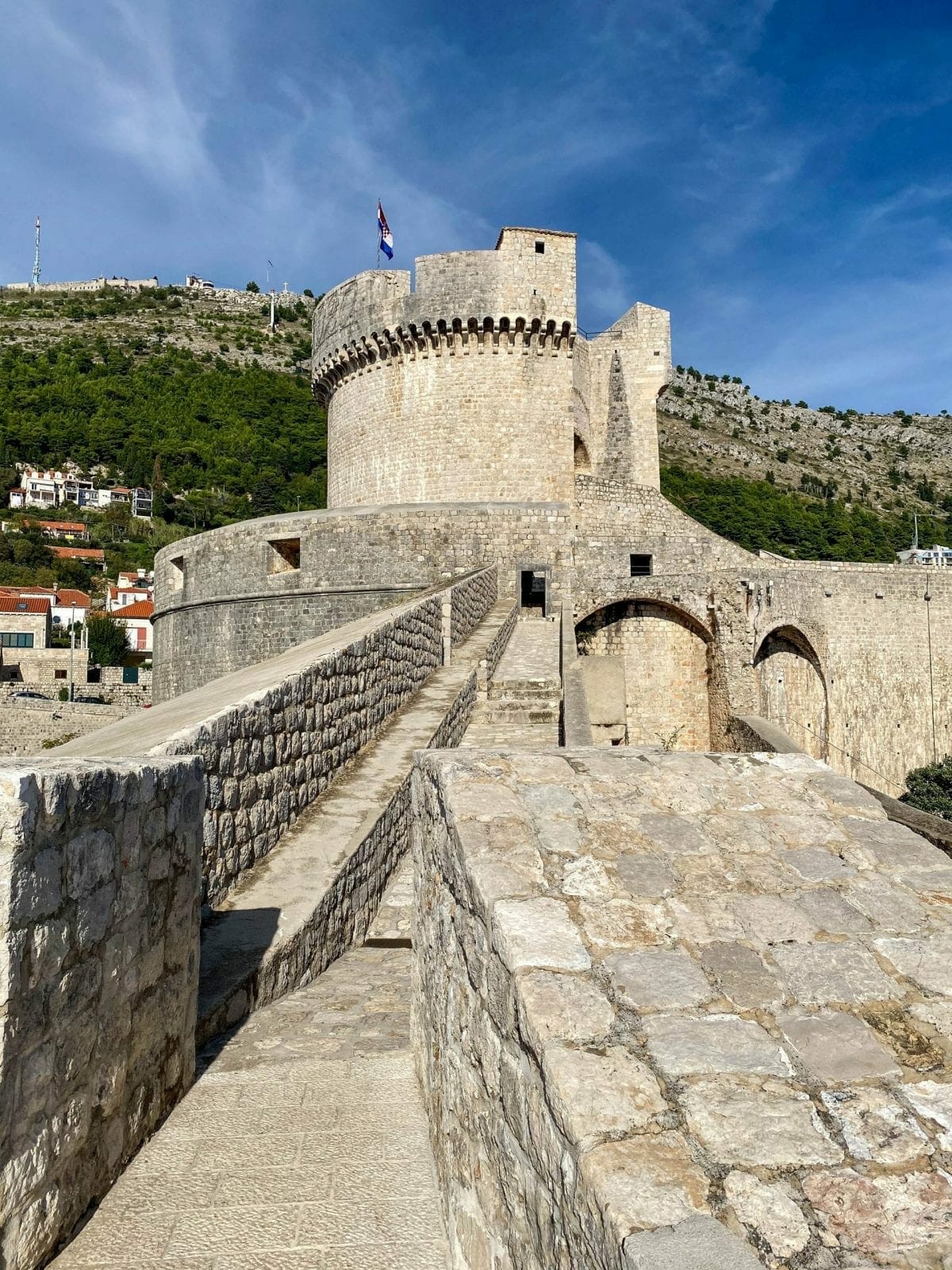
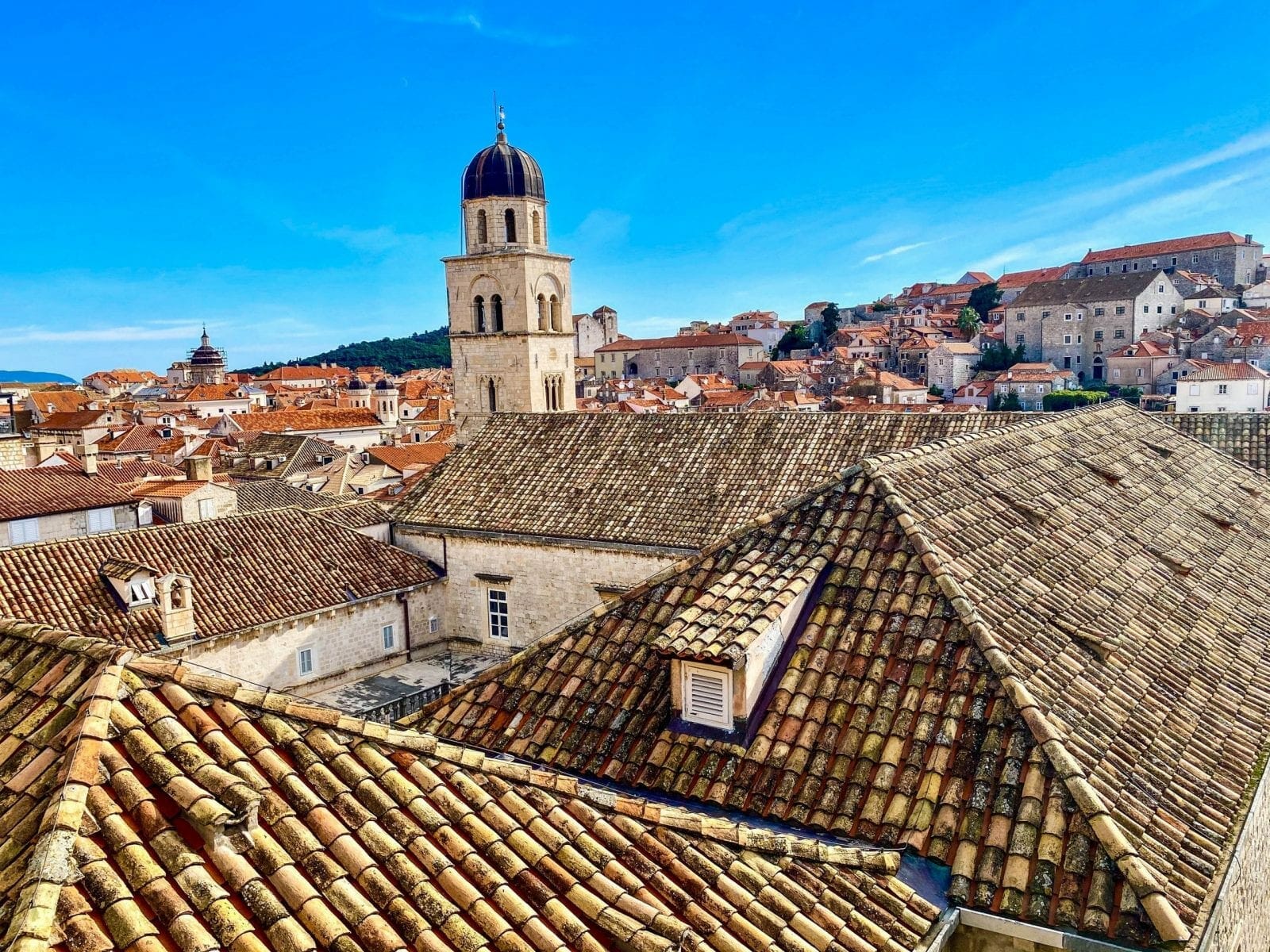
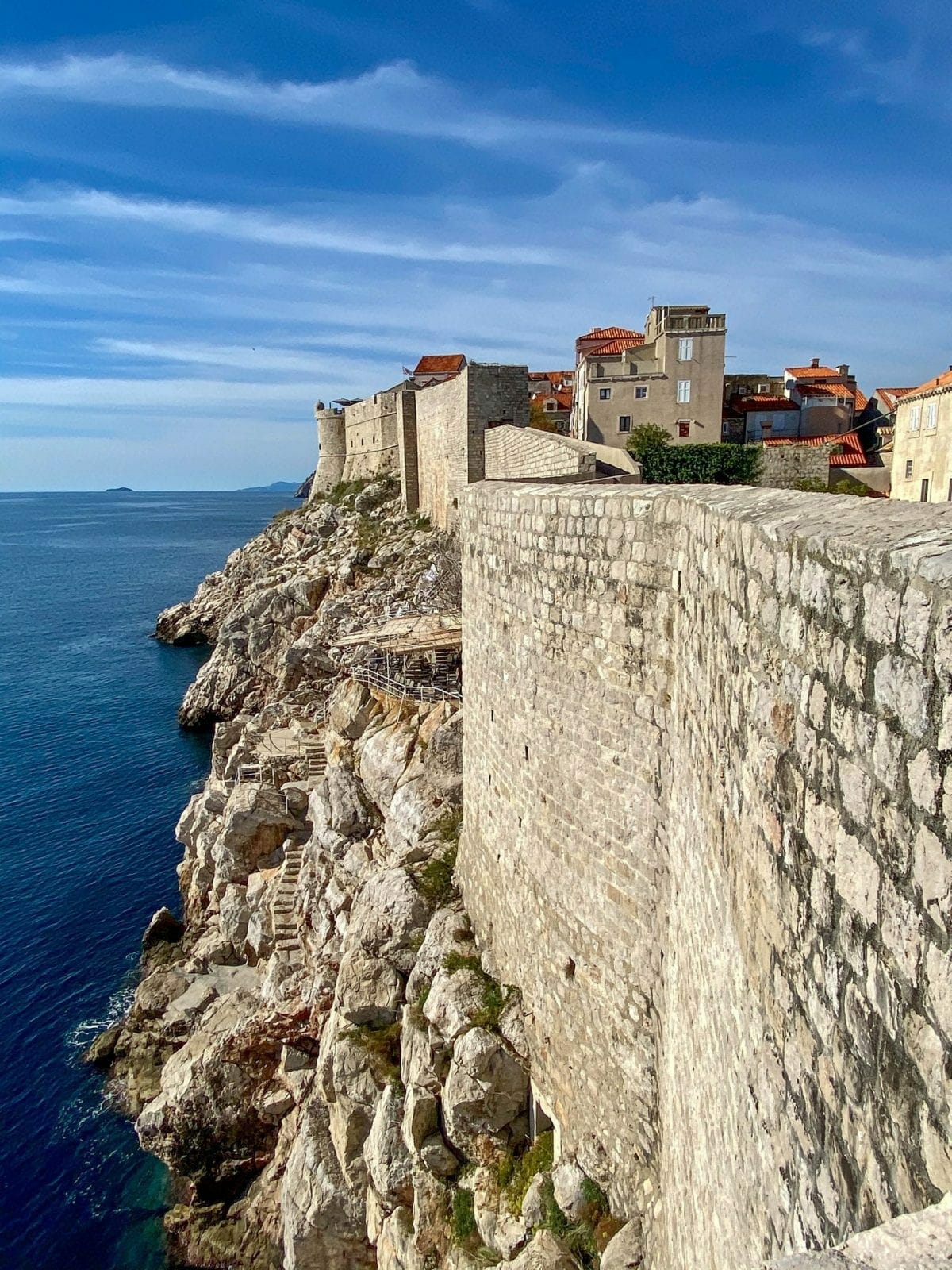
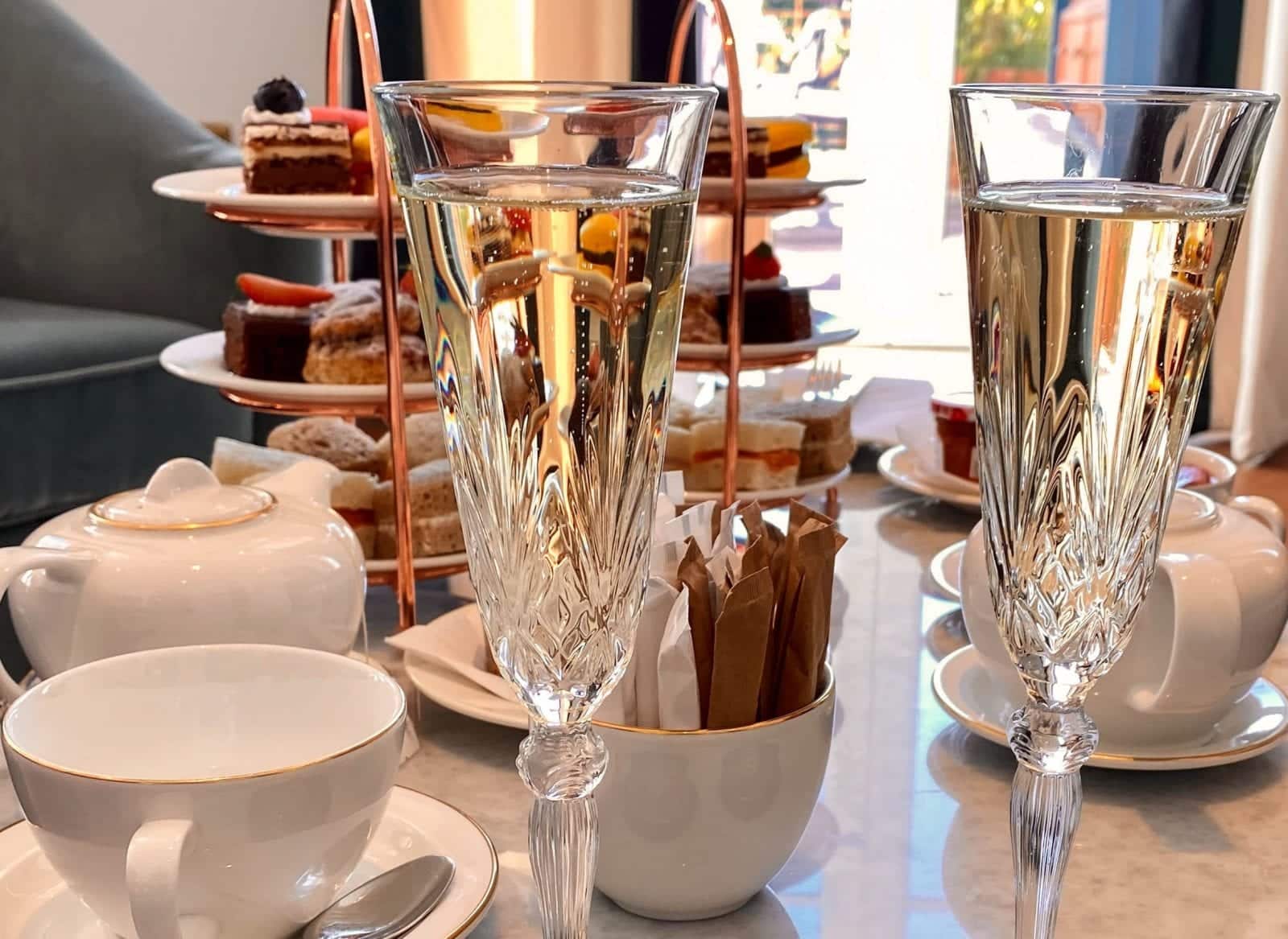
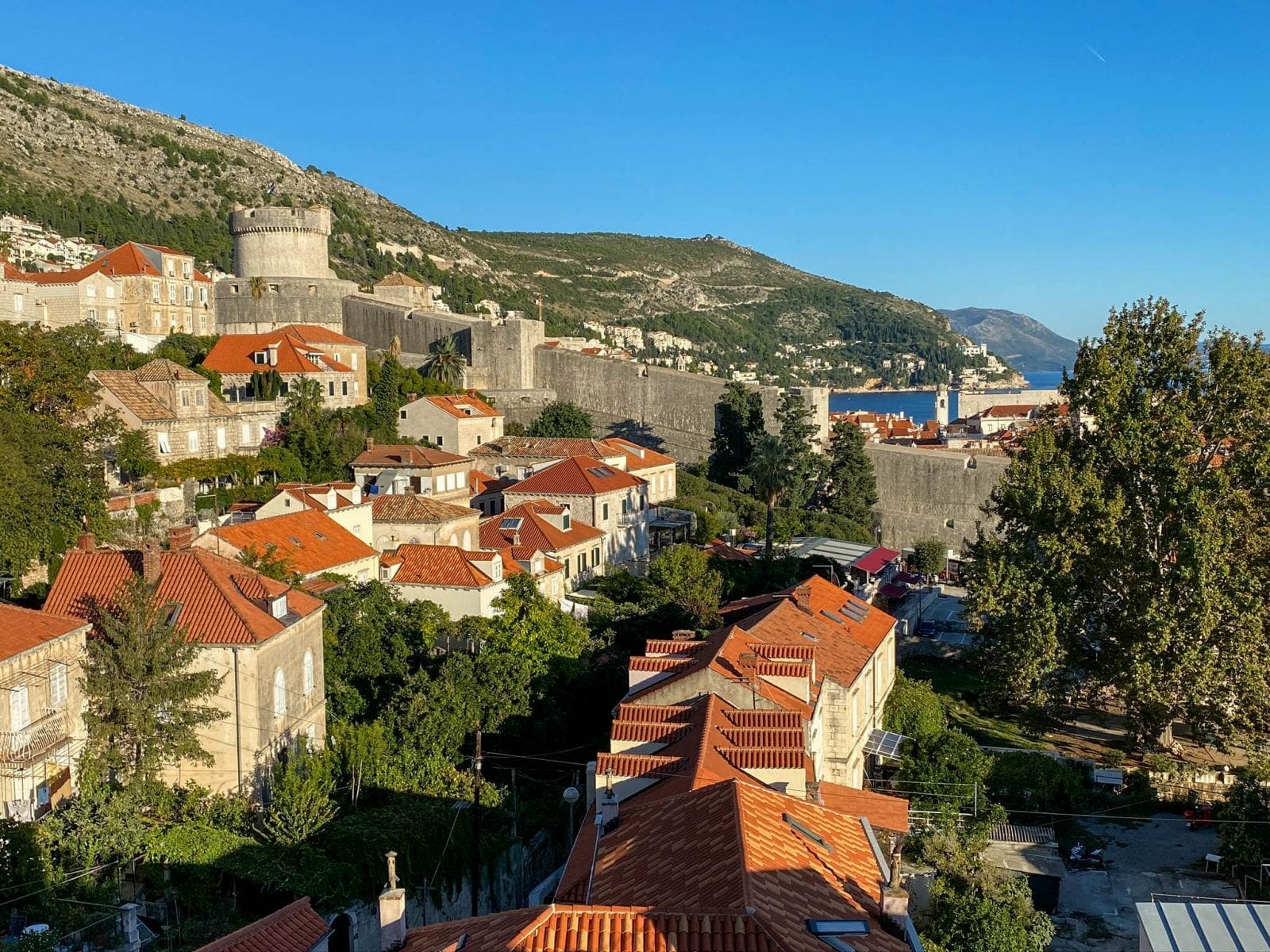
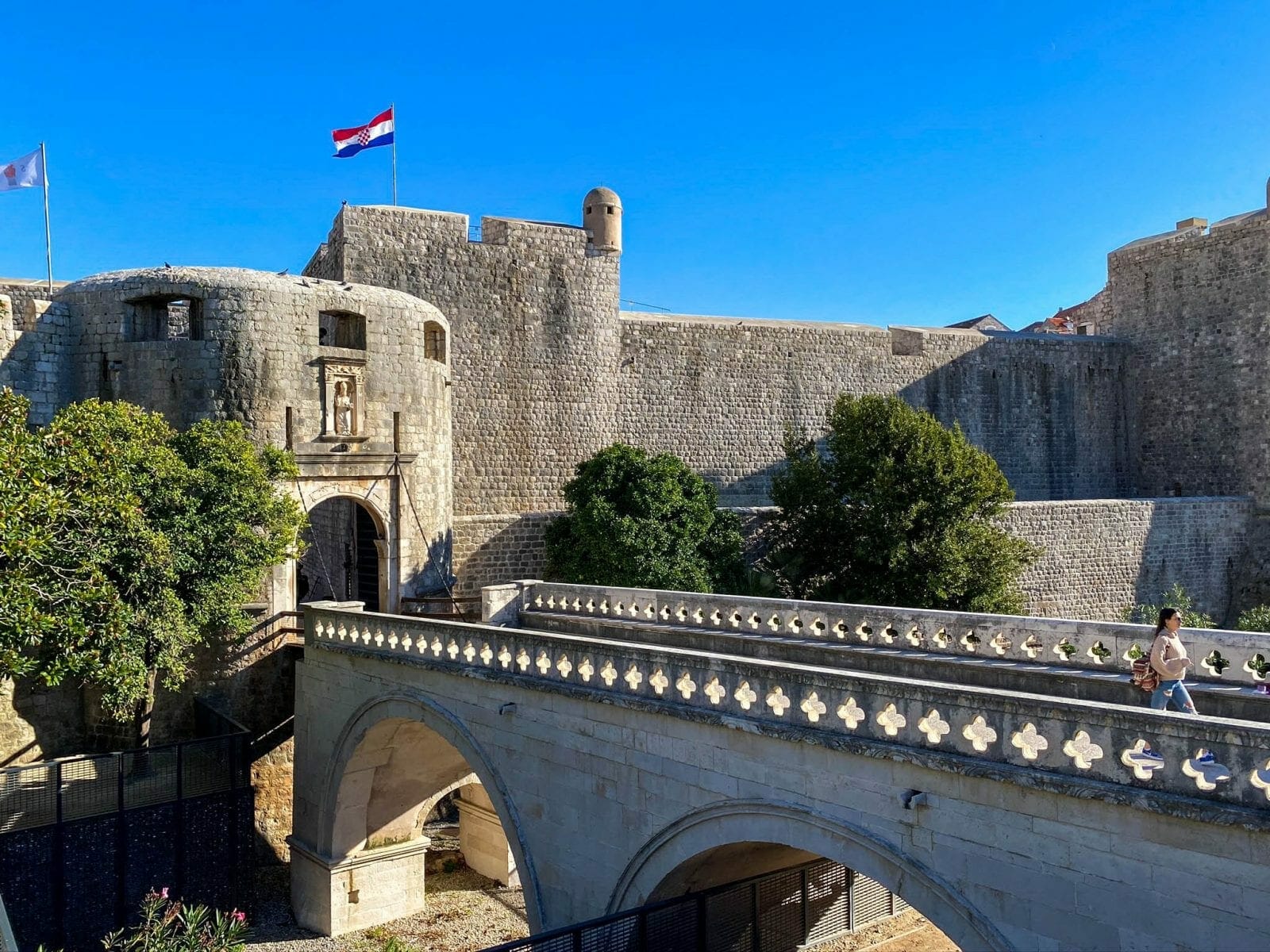

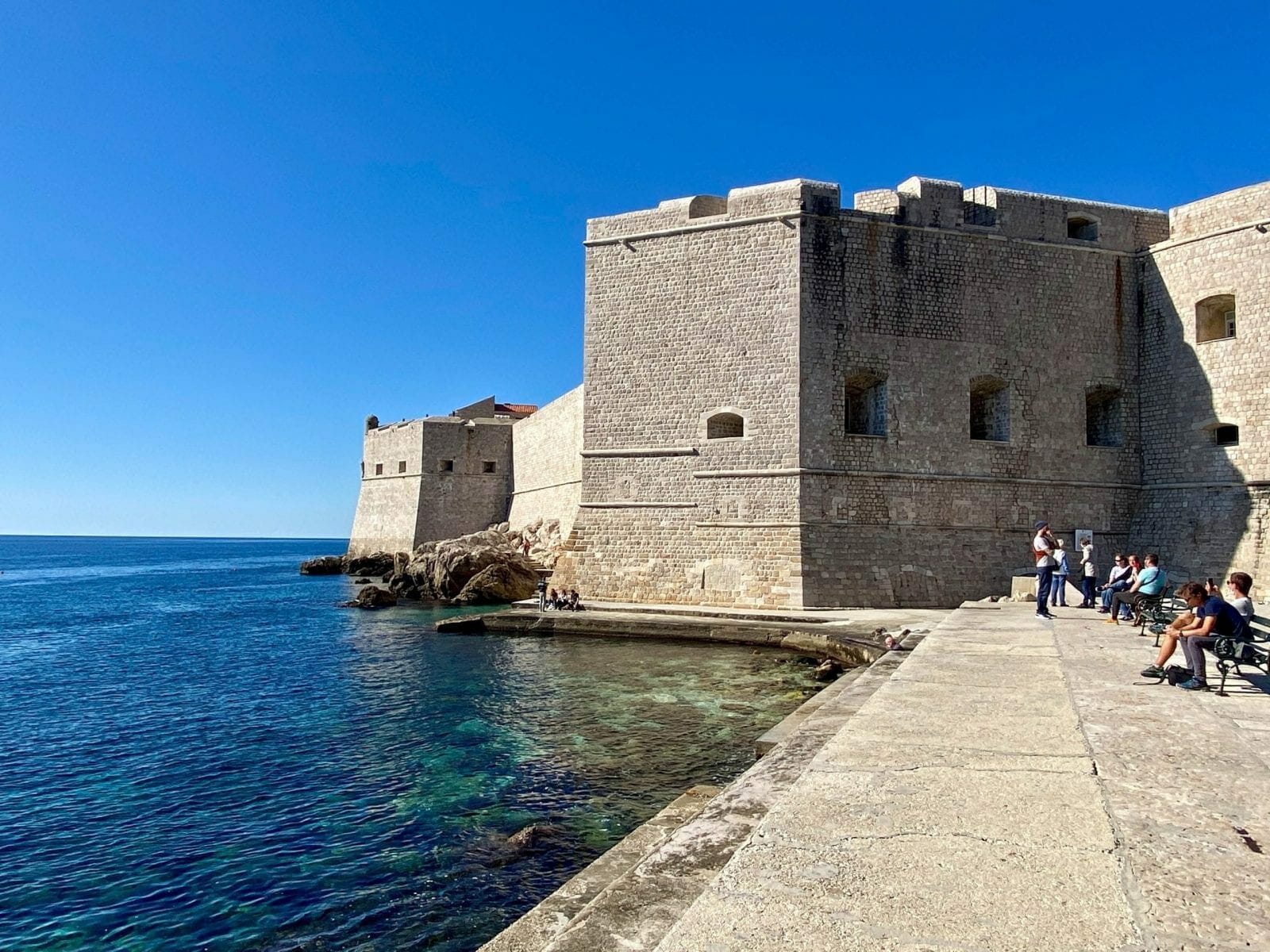
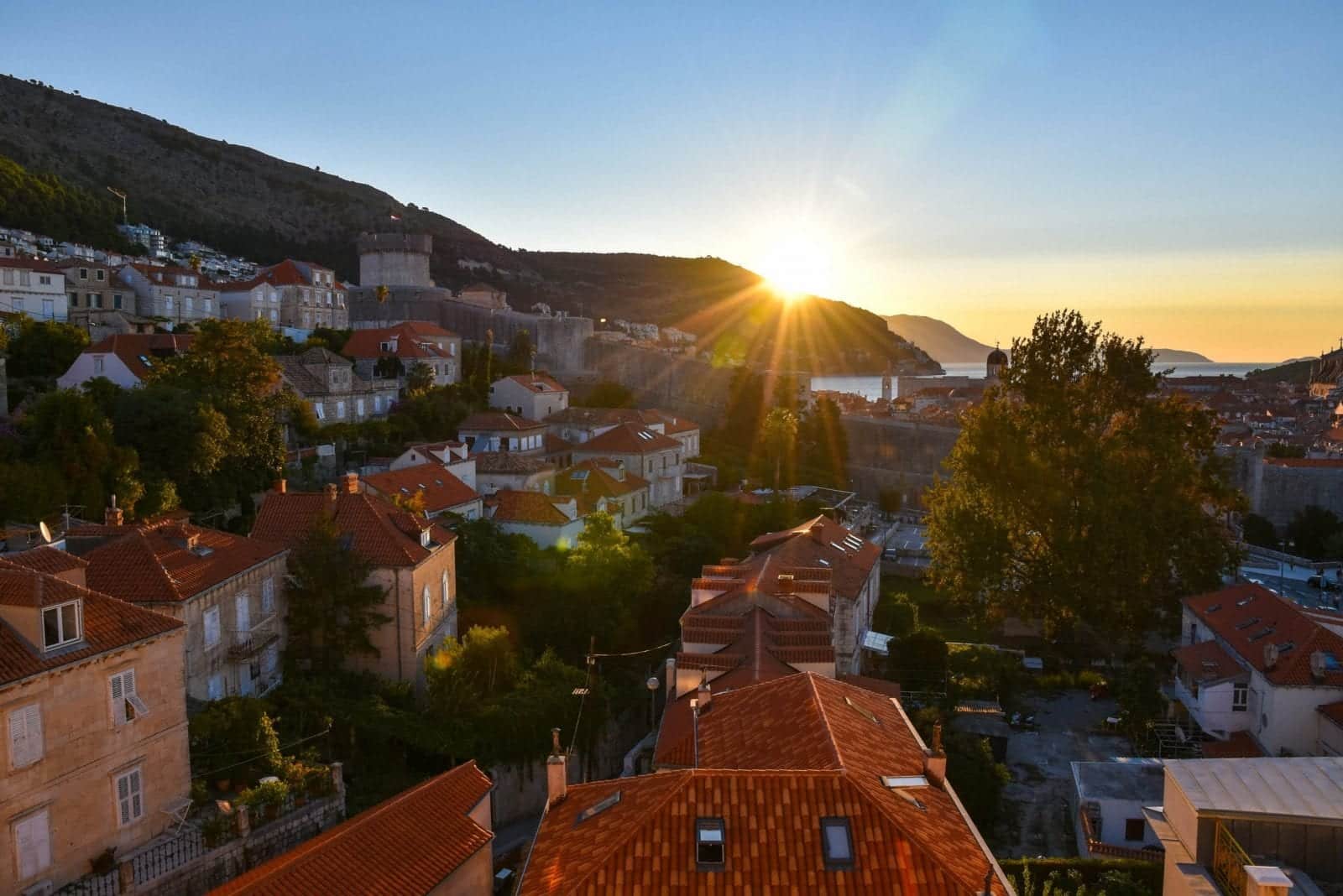
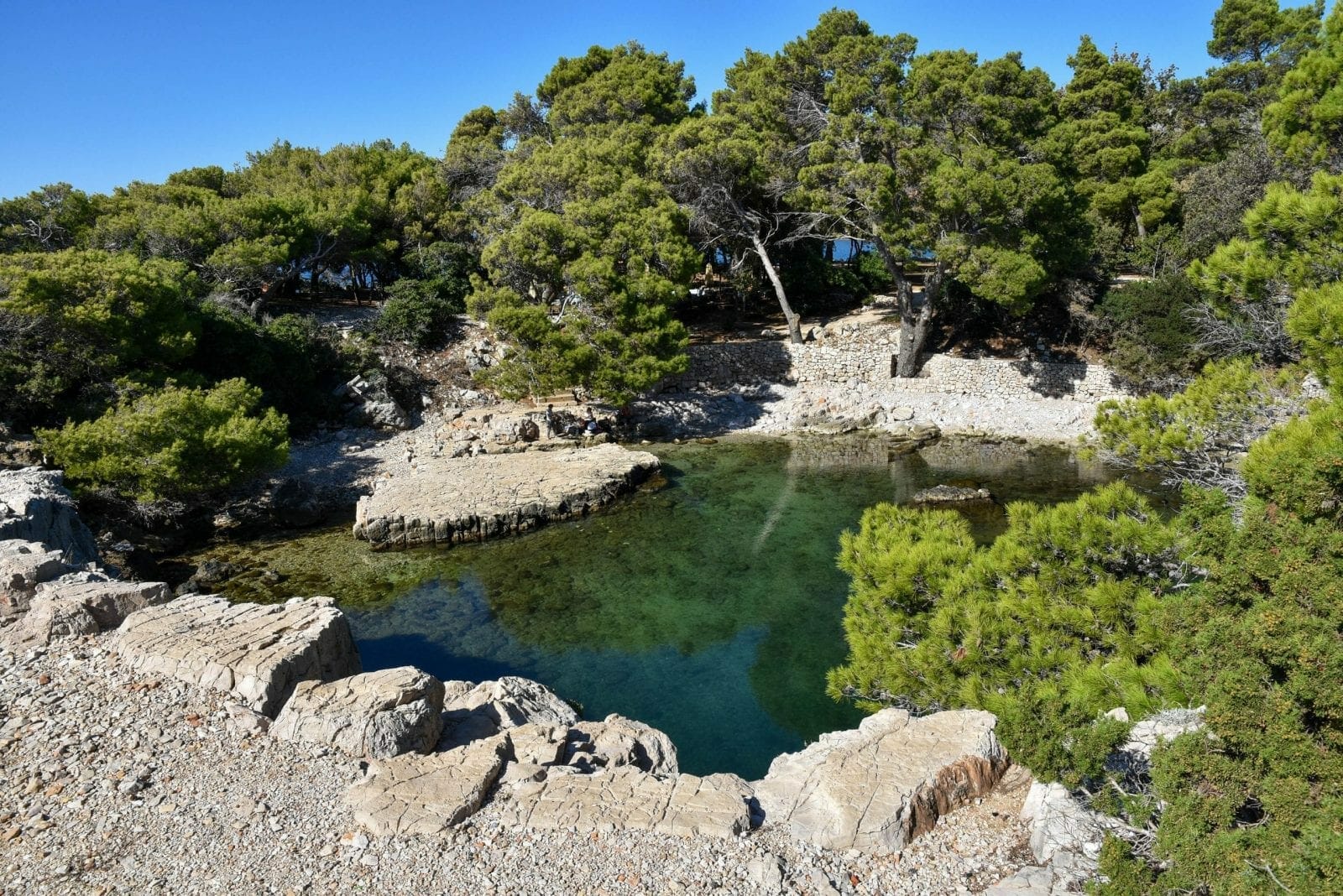
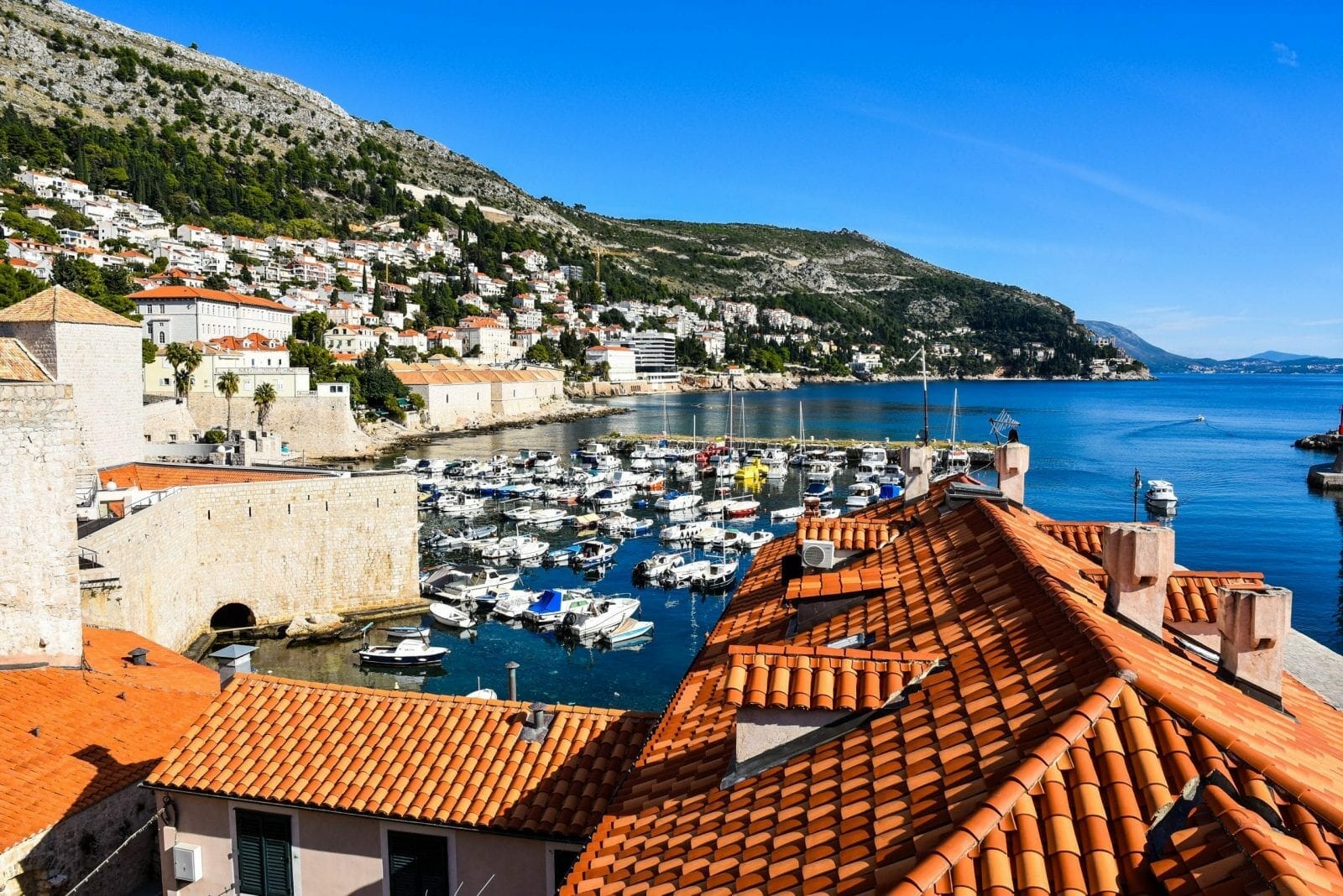
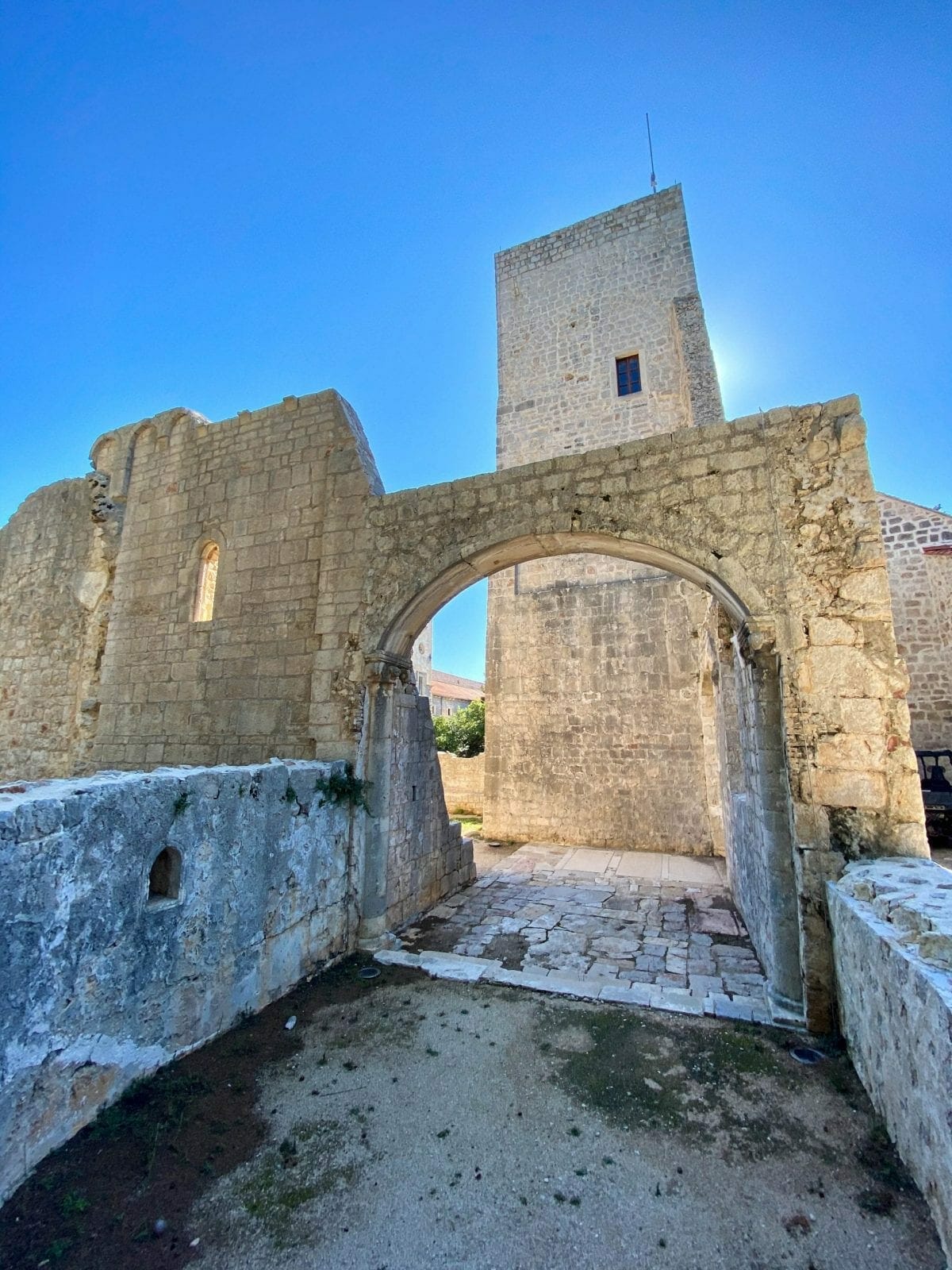
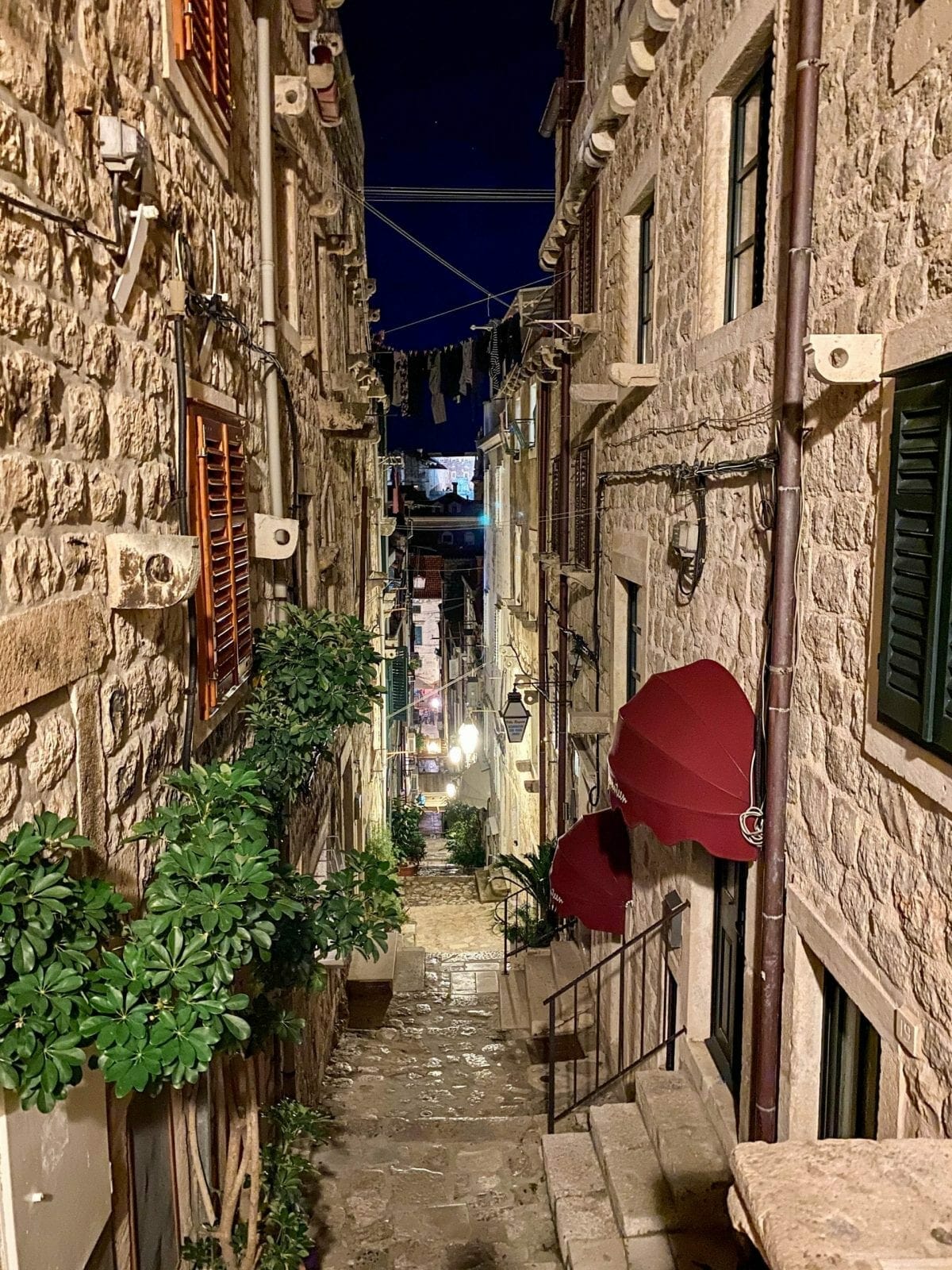
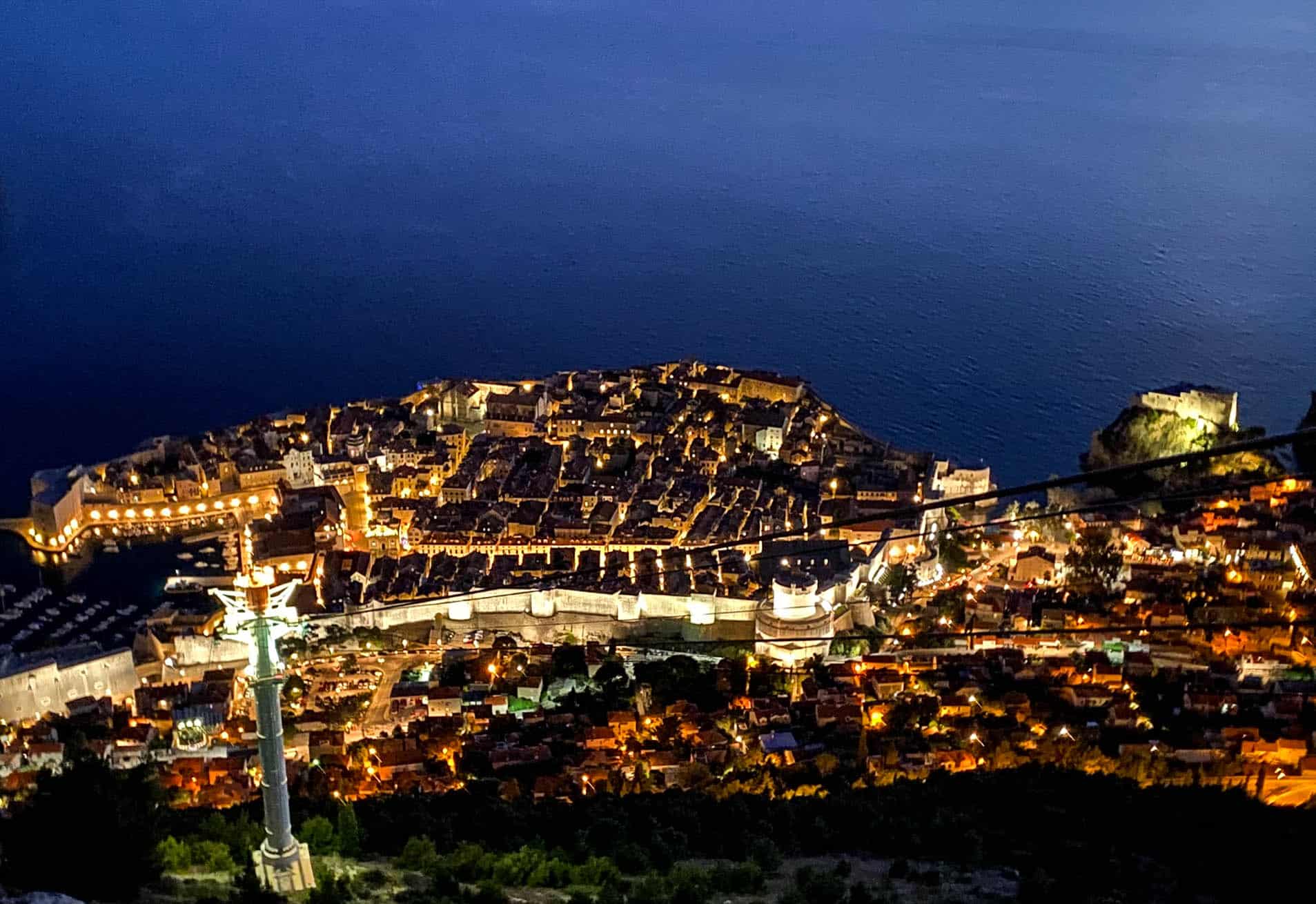
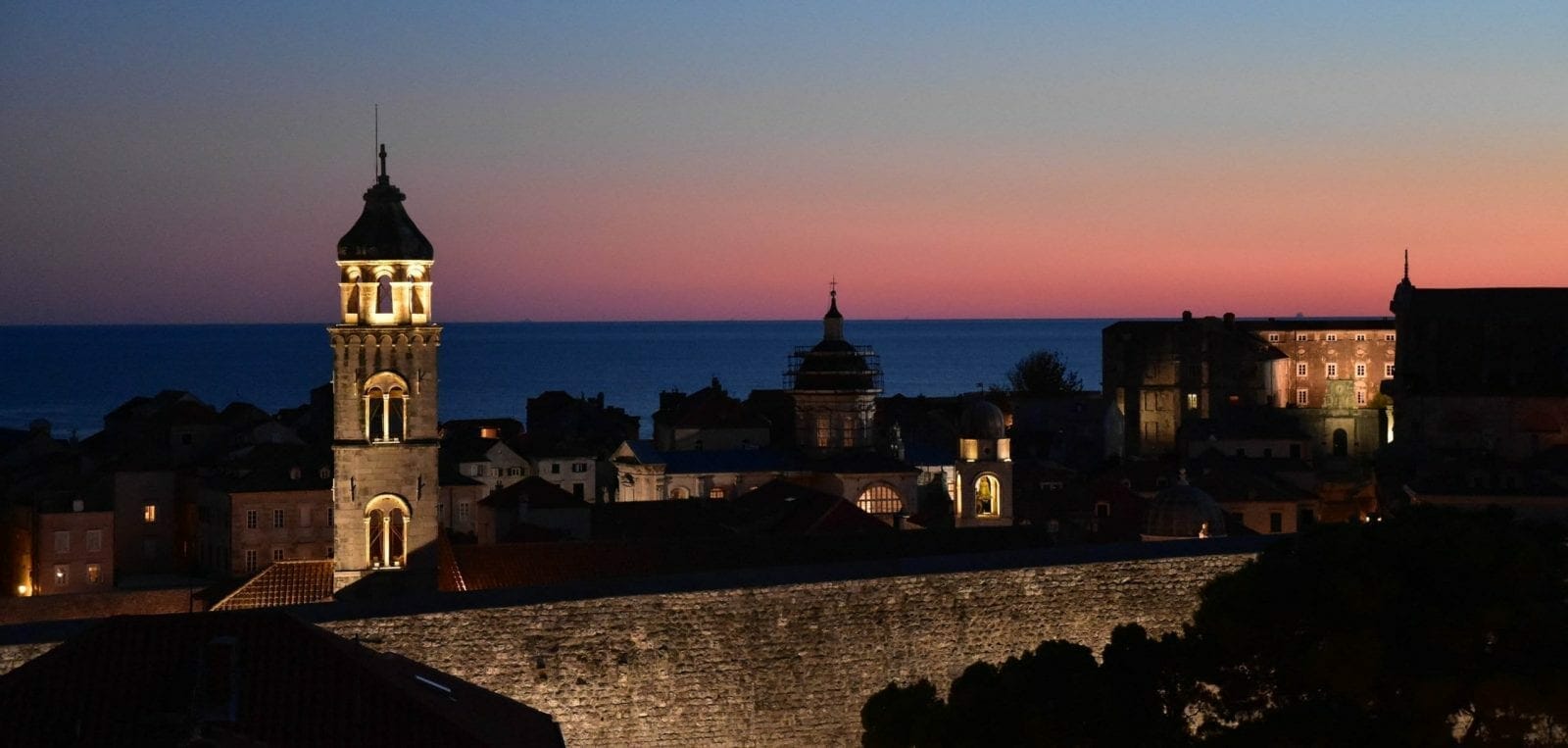
Want to learn about Wanderers Compass?
Check our other Croatia Posts
12 Must-See Things to Do in Dubrovnik
January 15, 2025Top Things to Do in Zadar Croatia
January 14, 2025Dubrovnik Old Town Walls: Top Attraction You Can’t Miss
December 5, 2024Novigrad on the Dalmatia Coast – A Piece of Croatia Heaven
March 28, 2024Uncover the Hidden Gem of Pula Croatia
January 10, 2024Top 5 European Destinations: Ideal Living Spots for Remote Workers
September 11, 2023Hum, Croatia: The Smallest of Treasures
August 3, 2021Croatian Cuisine: A Travelers Culinary Wonder
March 14, 2021Our Top Recommended Travel Products
Travel Insurance
Squaremouth.com
Our favorite travel insurance site!
We strongly advocate for comprehensive travel insurance, not only for minor inconveniences but also for major, unexpected events like medical emergencies. We never leave home without it. Our go-to resource is Squaremouth.com. which offers a user-friendly platform that connects you with top-rated, reputable insurance carriers. Plus, they’ll mediate on your behalf if you run into any issues.
To empower you as a consumer, we recommend you read our blog post on why travel insurance is essential and how to secure the best coverage from leading companies at an affordable price.
MedjetAssist
Medical transport back home from anywhere in the world
Medjet is a leading provider of global air medical transport. Unlike traditional travel insurance, which typically covers medical evacuation to the nearest facility, Medjet goes further by ensuring you’re transported back to the U.S. to the hospital of your choice once you’re stable enough to fly. Medjet offers membership plans that focus on medical transport, while Medjet Horizon provides expanded coverage for broader protection. Individual trip policies start at just $99, and annual policies are available for around $300. Most policies have an age limit of 74.
To learn more about how Medical Evacuation membership with Medjet Assist works, check out our blog post for a more detailed review.
Accommodations and Airfare
Booking.com
Hotels, Home rentals, BNBs, Flights, and other Transportation & Tours
Booking.com connects millions of travelers to unforgettable experiences, a wide range of transportation options, and incredible places to stay—from homes to hotels and beyond. As one of the world’s largest travel marketplaces, it supports well-known brands and entrepreneurs of all sizes. For its convenience, variety, and reliability, it’s our preferred booking platform.
Expedia and VRBO
Hotels, home rentals, BNBs, flights, and other transportation & tours
Expedia is a U.S.-based company with a mission to make global travel accessible to everyone, everywhere. At Wanderers Compass, we embrace independent travel, and platforms like Expedia are essential to making that a reality. Expedia allows you to book every aspect of your trip—from flights and accommodations to rental cars, cruises, and activities—making it a one-stop shop for all your travel needs.
Transportation
Daytrip
Personalized city-to-city private car transfer service
Daytrip provides an affordable private car service for city-to-city transfers worldwide, and we absolutely love their service. It’s a cost-effective alternative to renting a car, providing comfortable, stress-free travel with the bonus of scenic stops along the way. For example, we used Daytrip for travel between Budapest and Vienna, enjoying some fantastic detours to local attractions. With professional drivers and customizable routes, Daytrip ensures a smooth ride while allowing you to explore hidden gems and unique sights along your journey.
To learn more about how Daytrip, check out our blog post for a more detailed review.
Travel Experiences
Viator
The leading marketplace for travel experiences
Viator believes that travel is all about creating unforgettable memories. With over 300,000 experiences to choose from—ranging from simple tours to extreme adventures, plus a wide array of unique, niche activities—it’s never been easier to make lasting memories. We frequently use Viator during our travels and especially appreciate their flexible cancellation policy, which adds peace of mind to every booking.
Communication products for seamless connectivity overseas
GigSky International eSIM Data Plans
Local Prices. No Roaming. Fastest Networks.
GigSky eSIM effortlessly connects travelers around the globe, eliminating the need to swap physical SIM cards or deal with surprise roaming charges. With affordable data plans and instant activation, you can enjoy reliable internet access in over 190 countries, making your travel experience more convenient than ever. Plus, they offer a fantastic deal: a free 100 MB data plan with no credit card required. They are so confident that you will love their service!
Enjoy 10% off all GigSky Plans (except cruise and inflight) with our discount code WCOMPASS10.
To learn more about how GigSky works, check out our blog post for a more detailed review.
Shopping
Wanderers Compass Amazon Storefront
An excellent source for all travel essentials and guides that we have vetted ourselves
Amazon is one of the world’s most comprehensive online shopping platforms, offering lower prices, a wide selection, and fast delivery through teams worldwide.
This page contains affiliate links. When you purchase through these links, we may earn a small commission at no extra cost to you. Thank you for your ongoing support!

